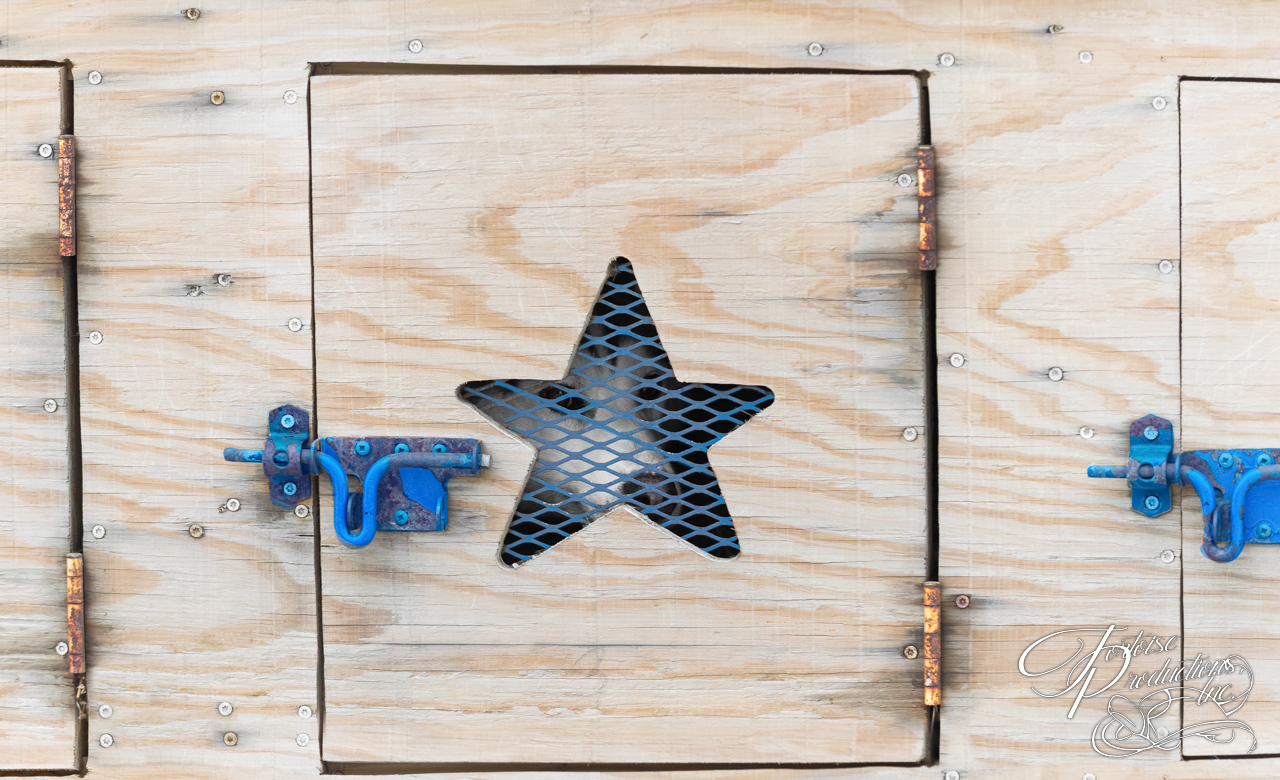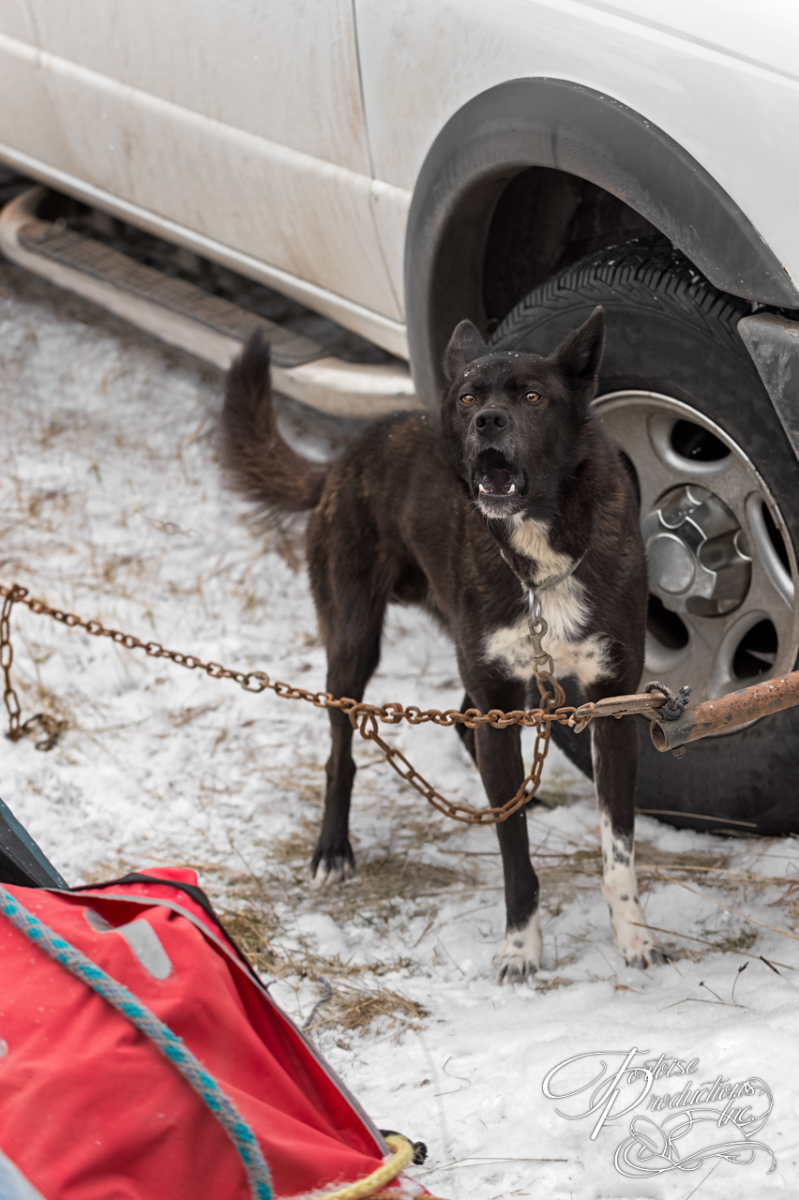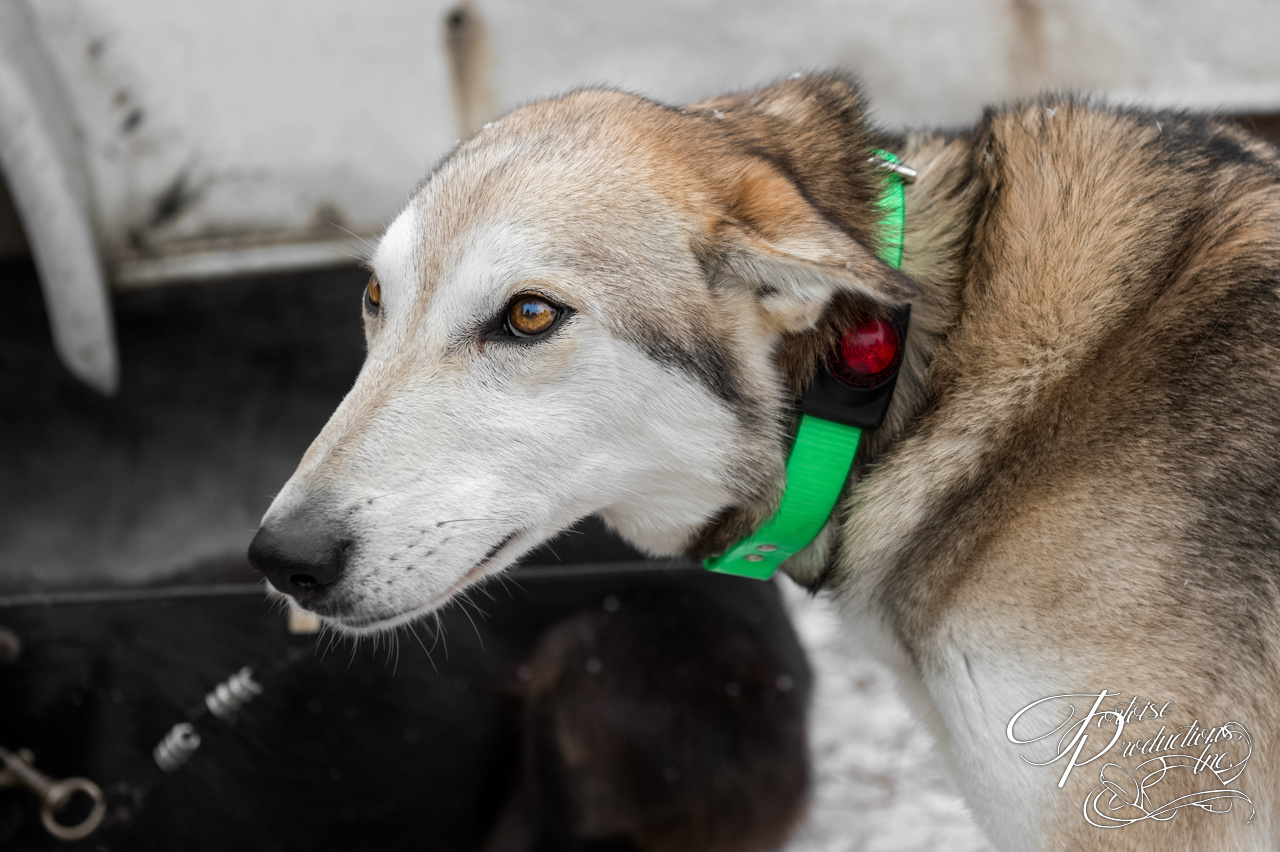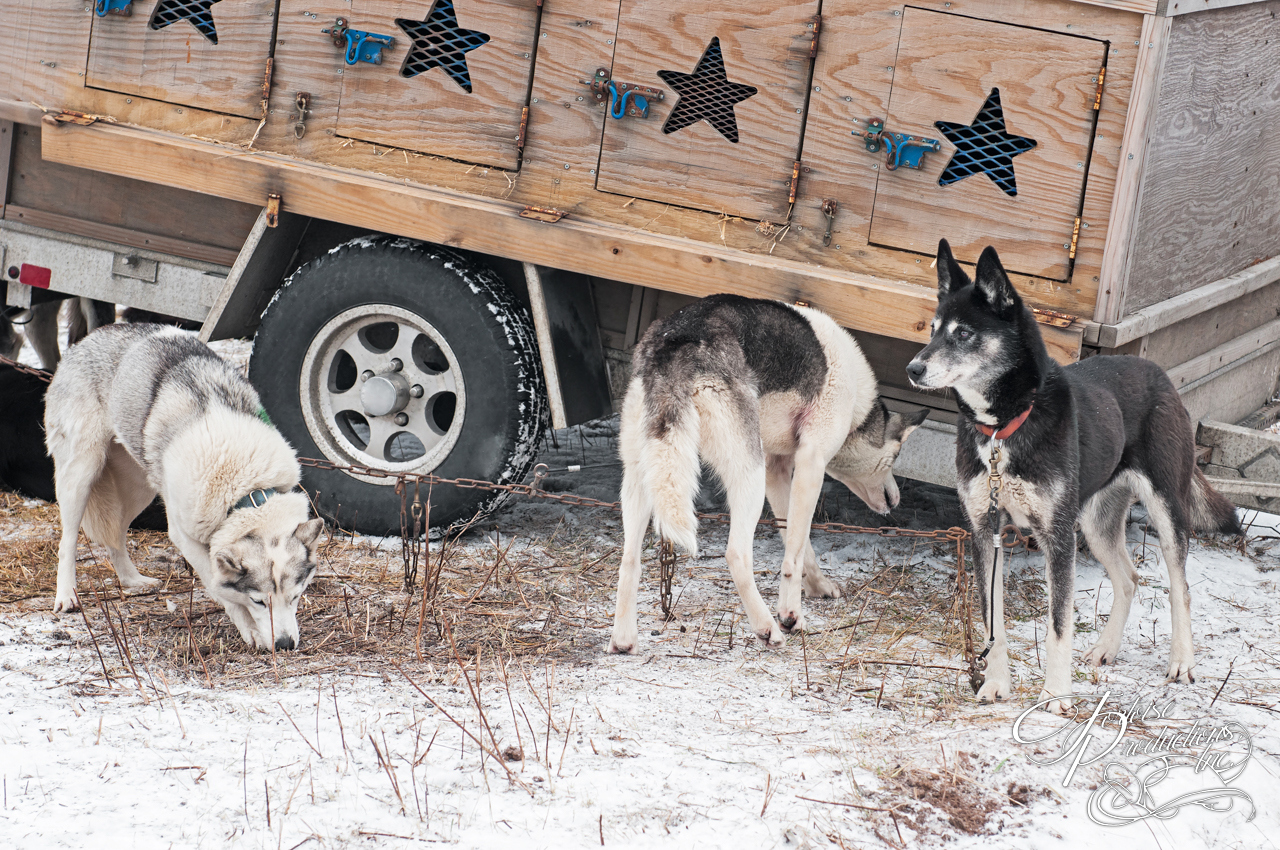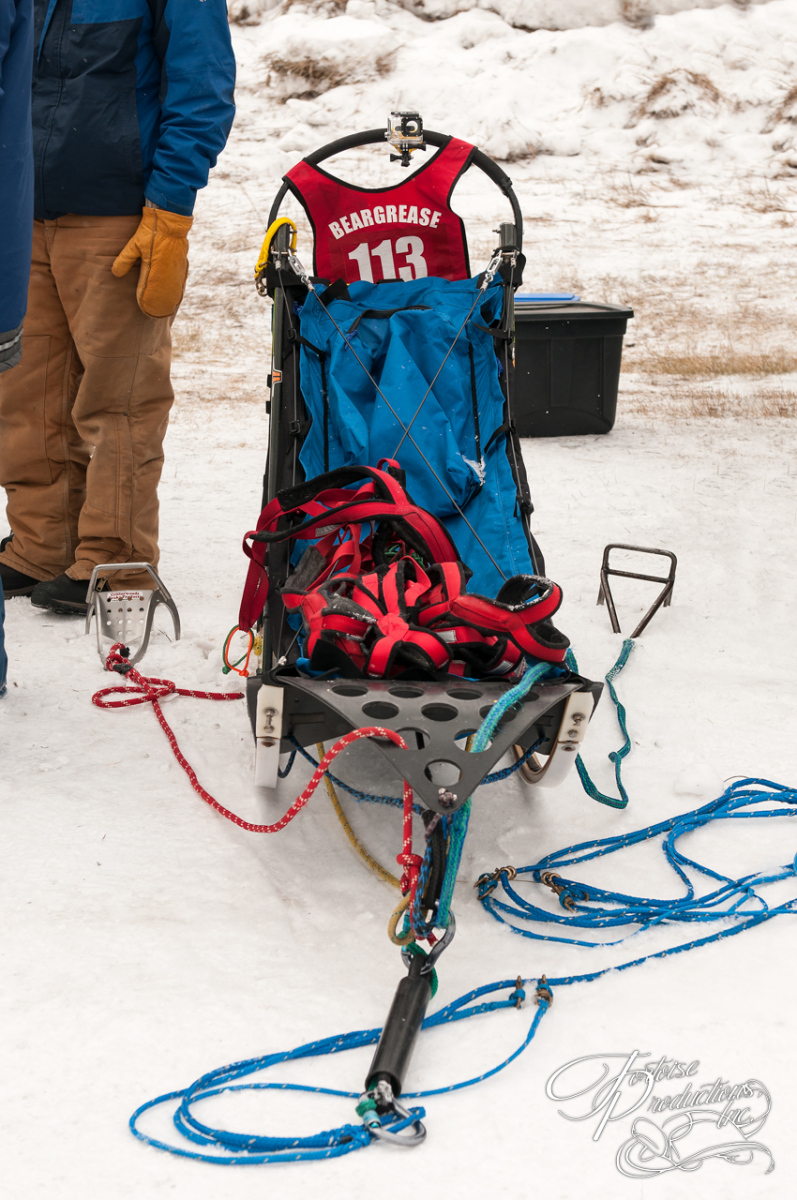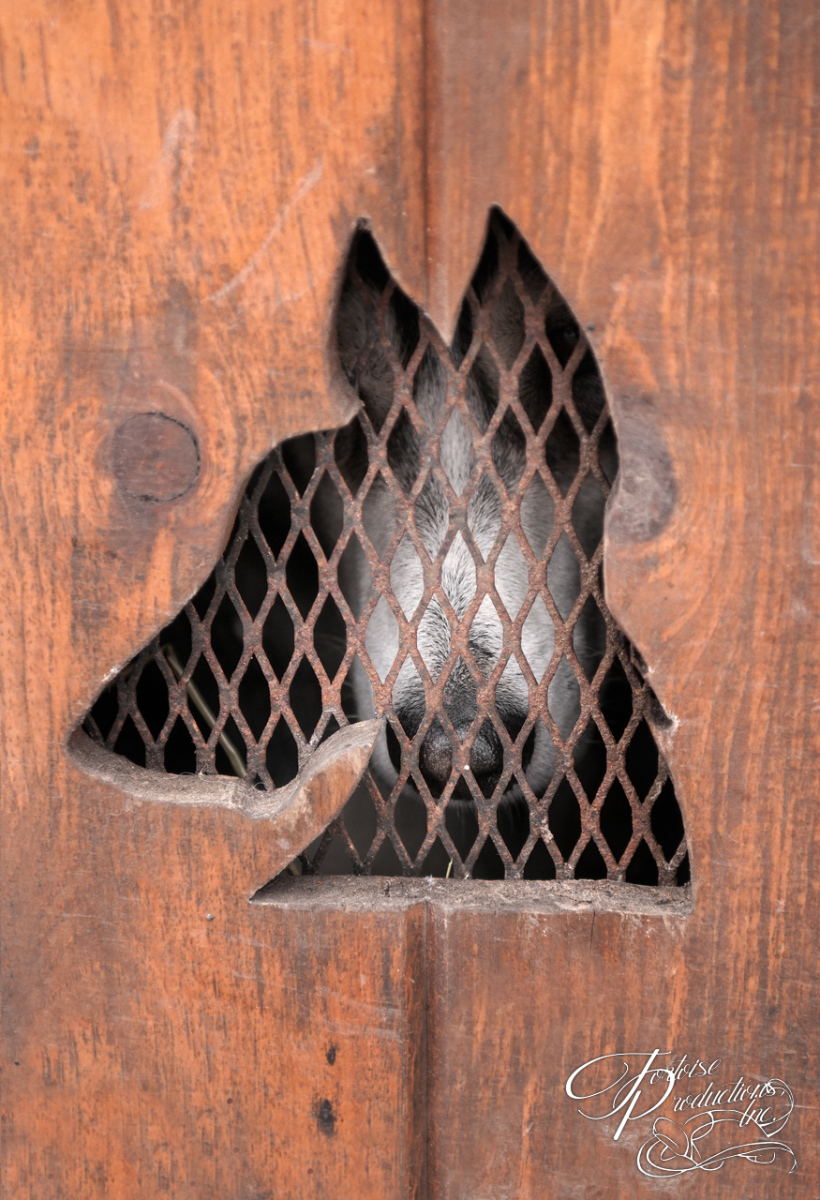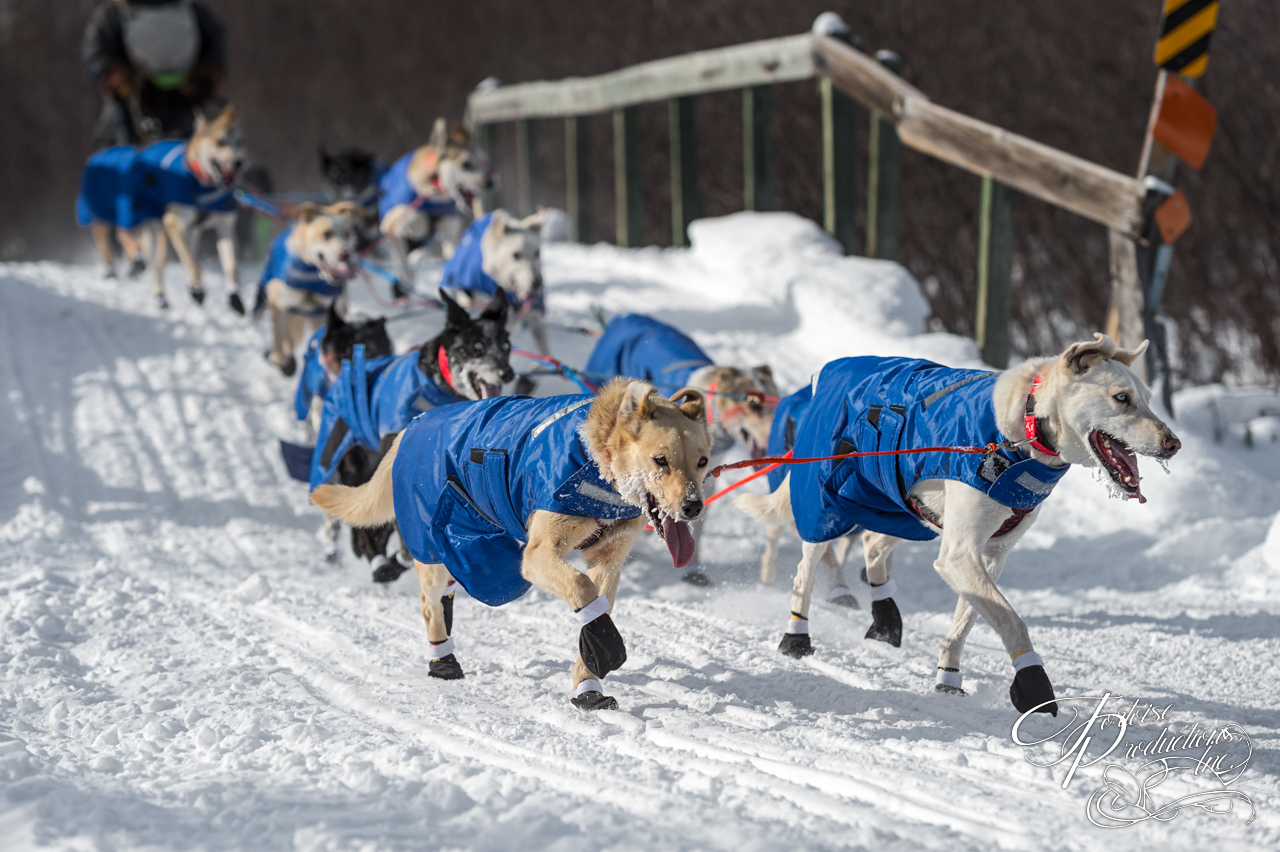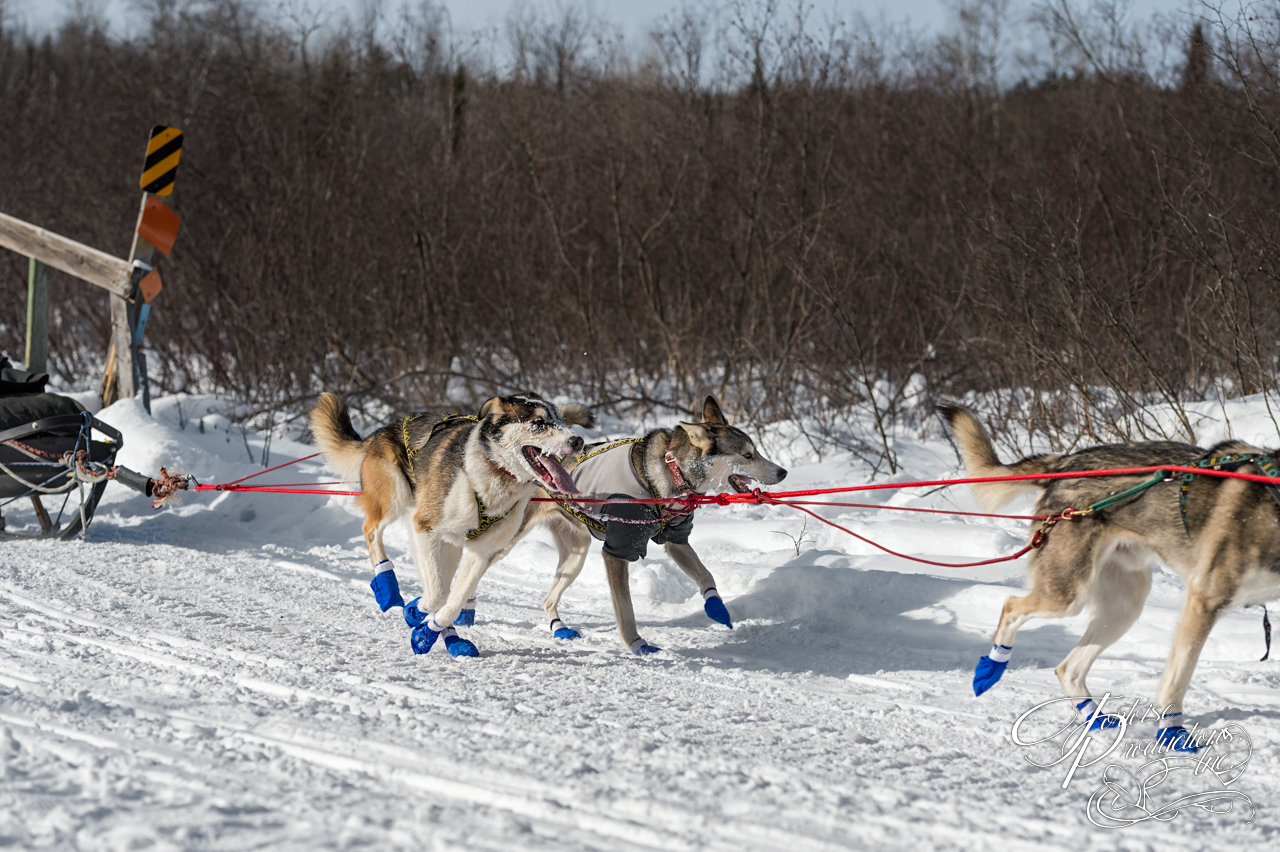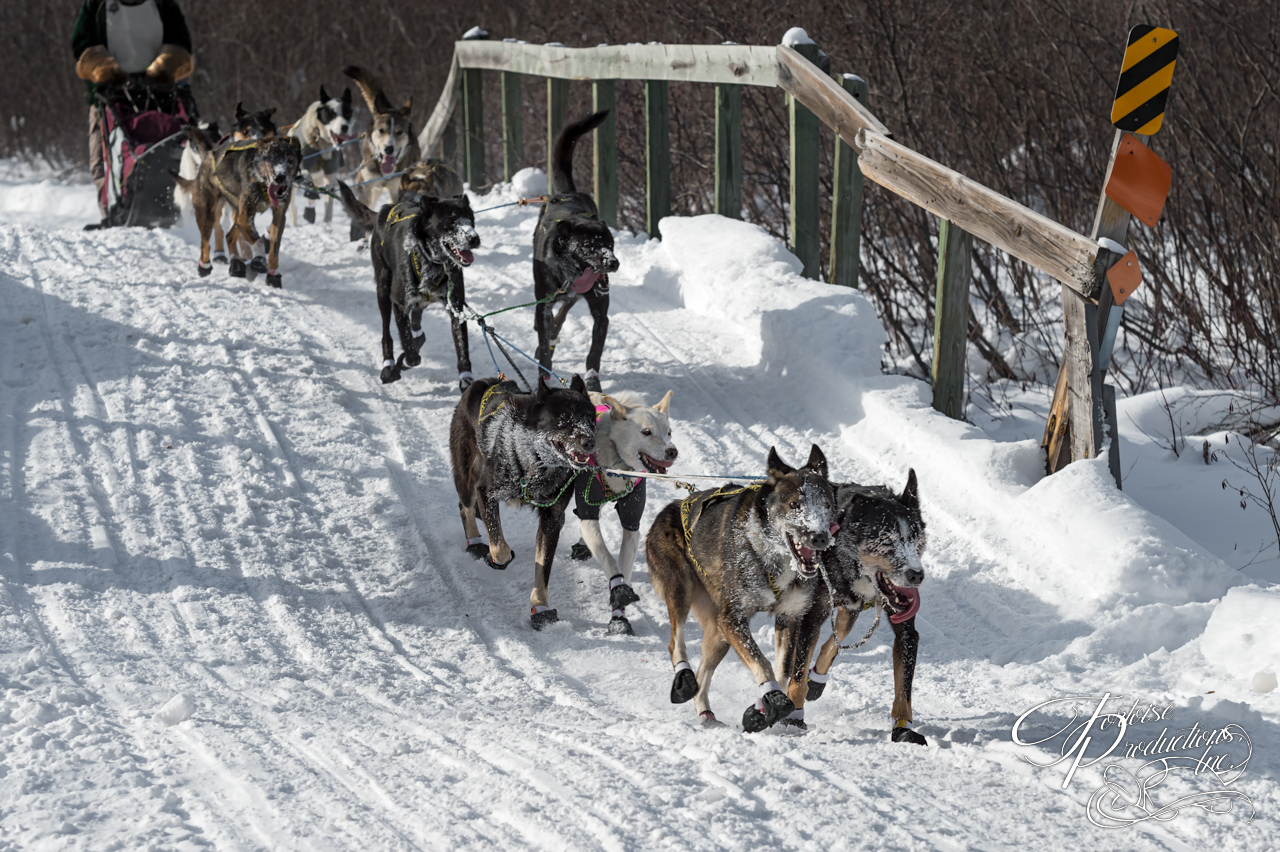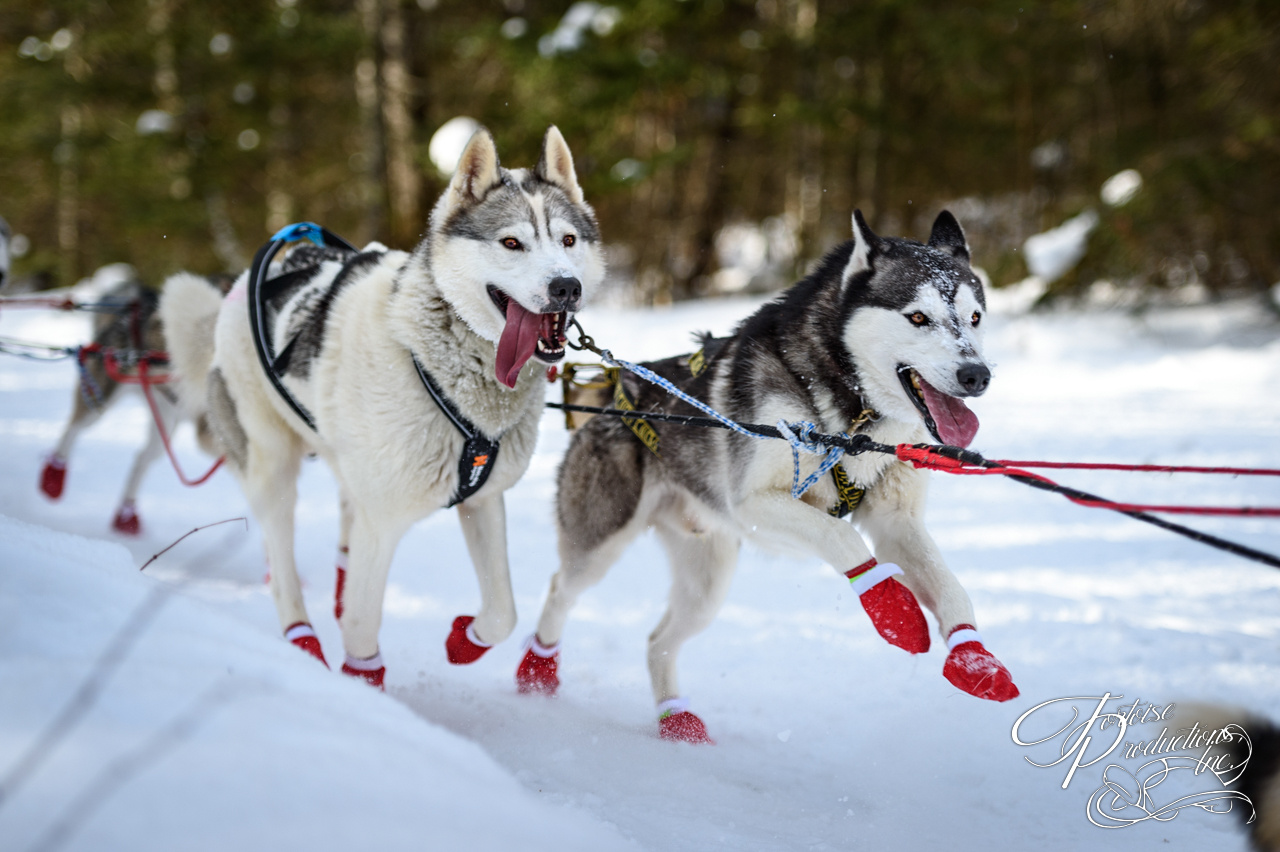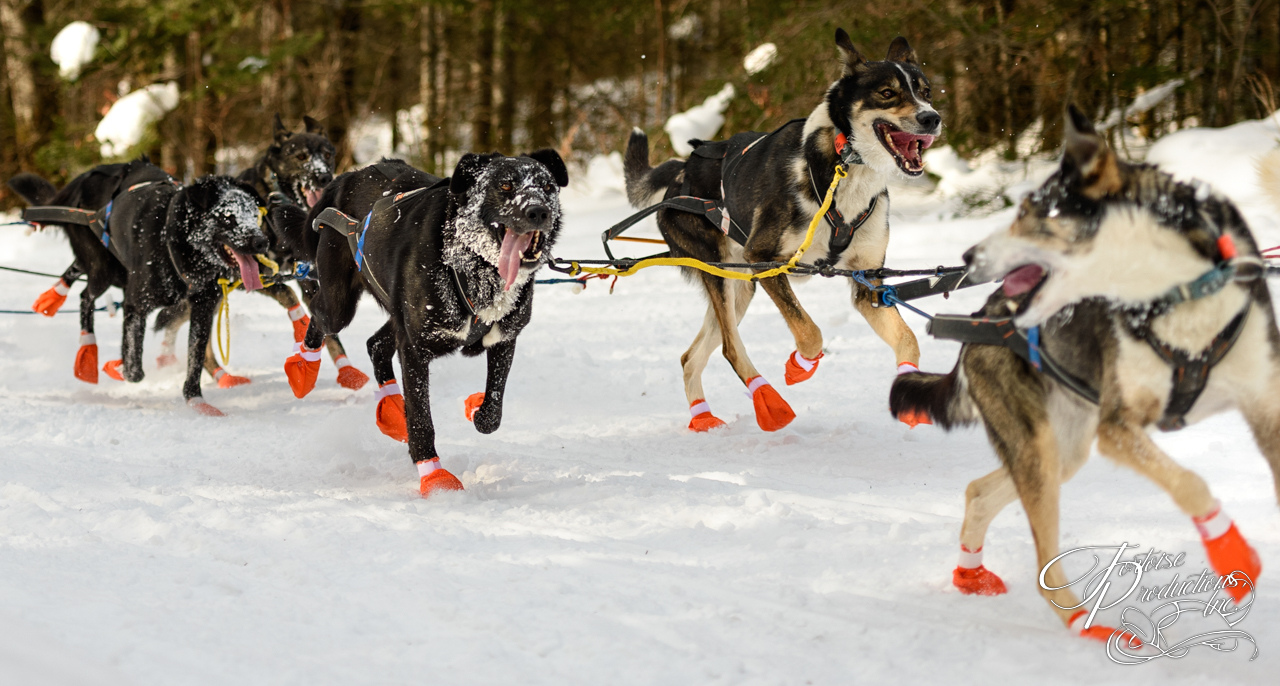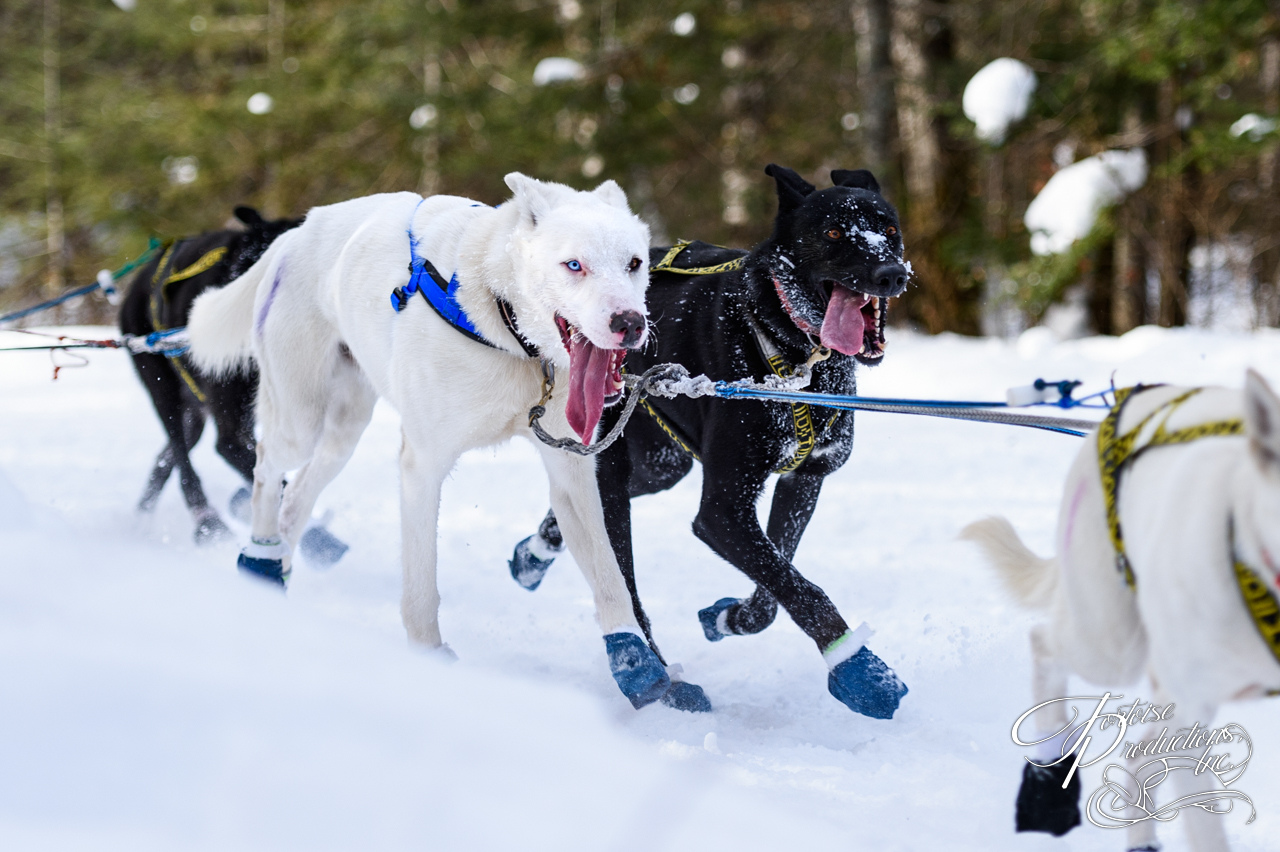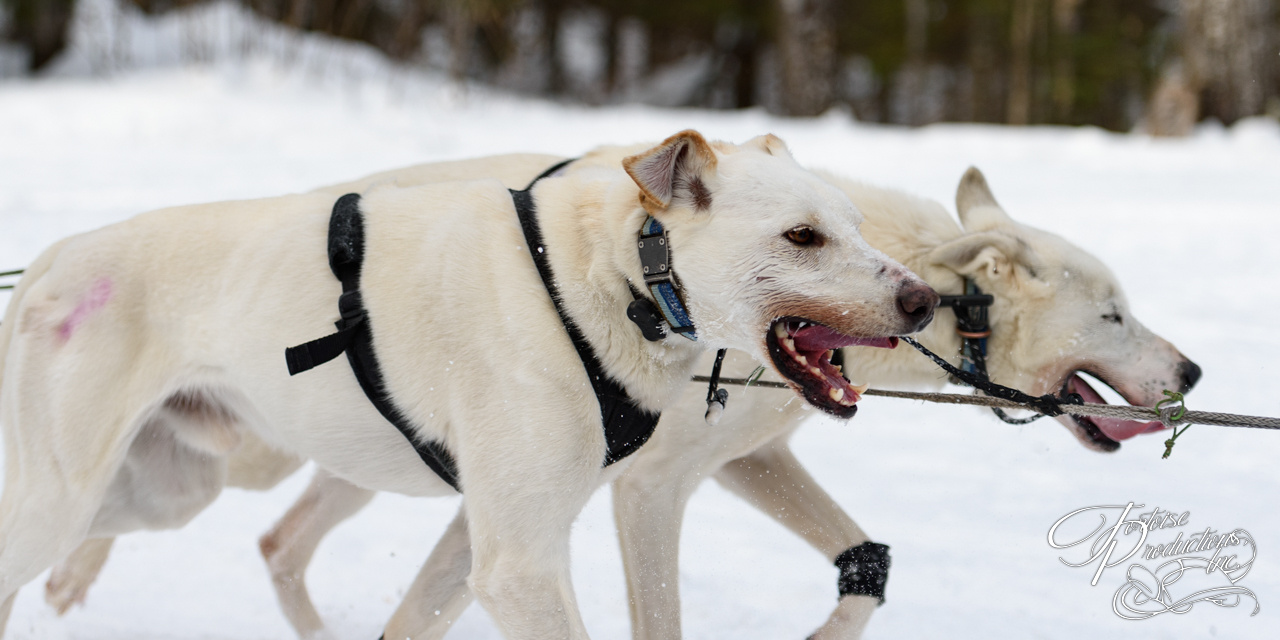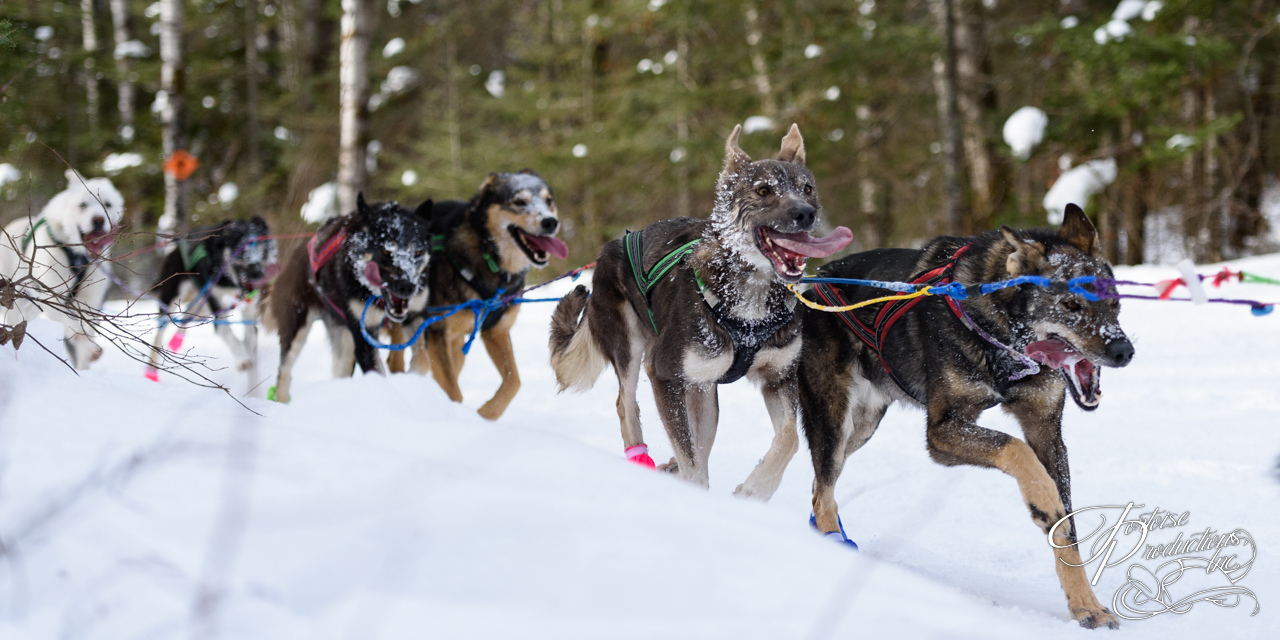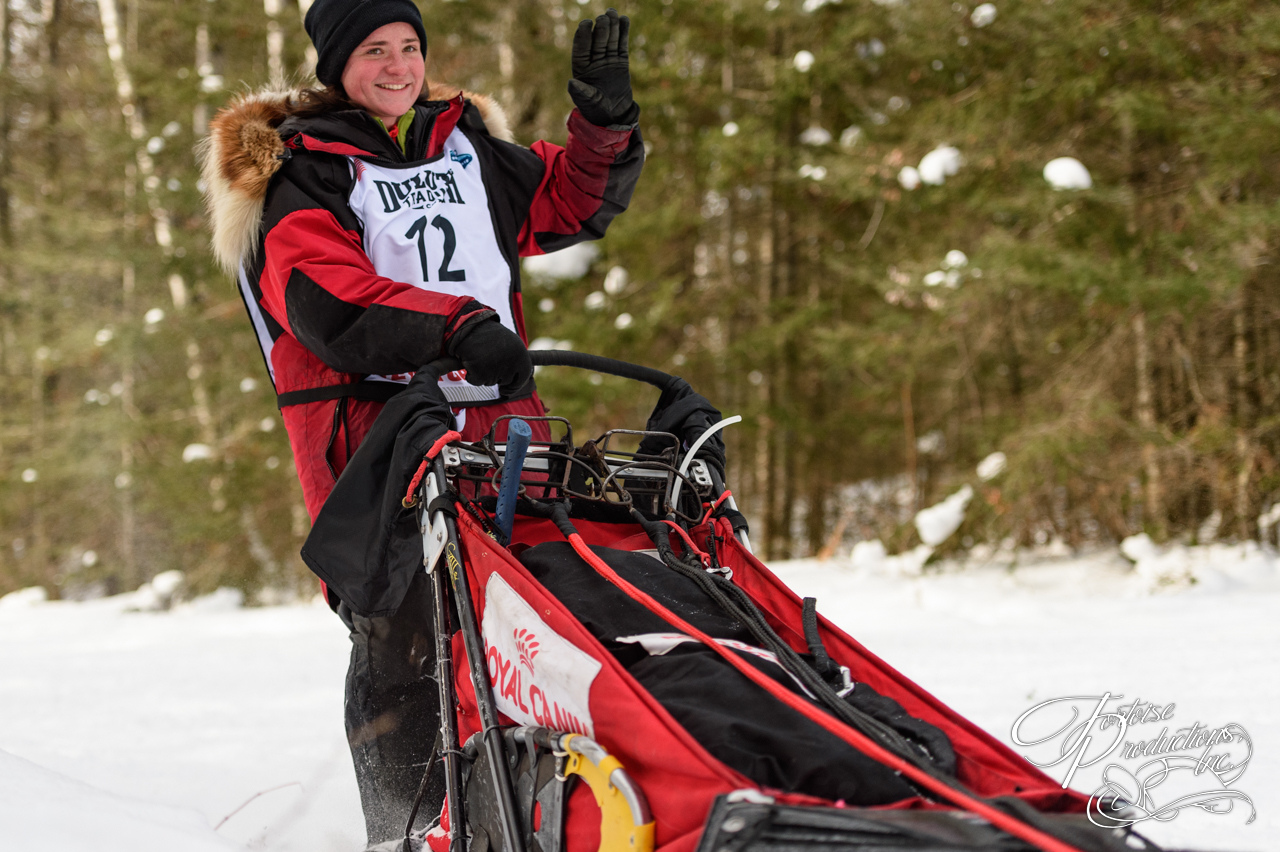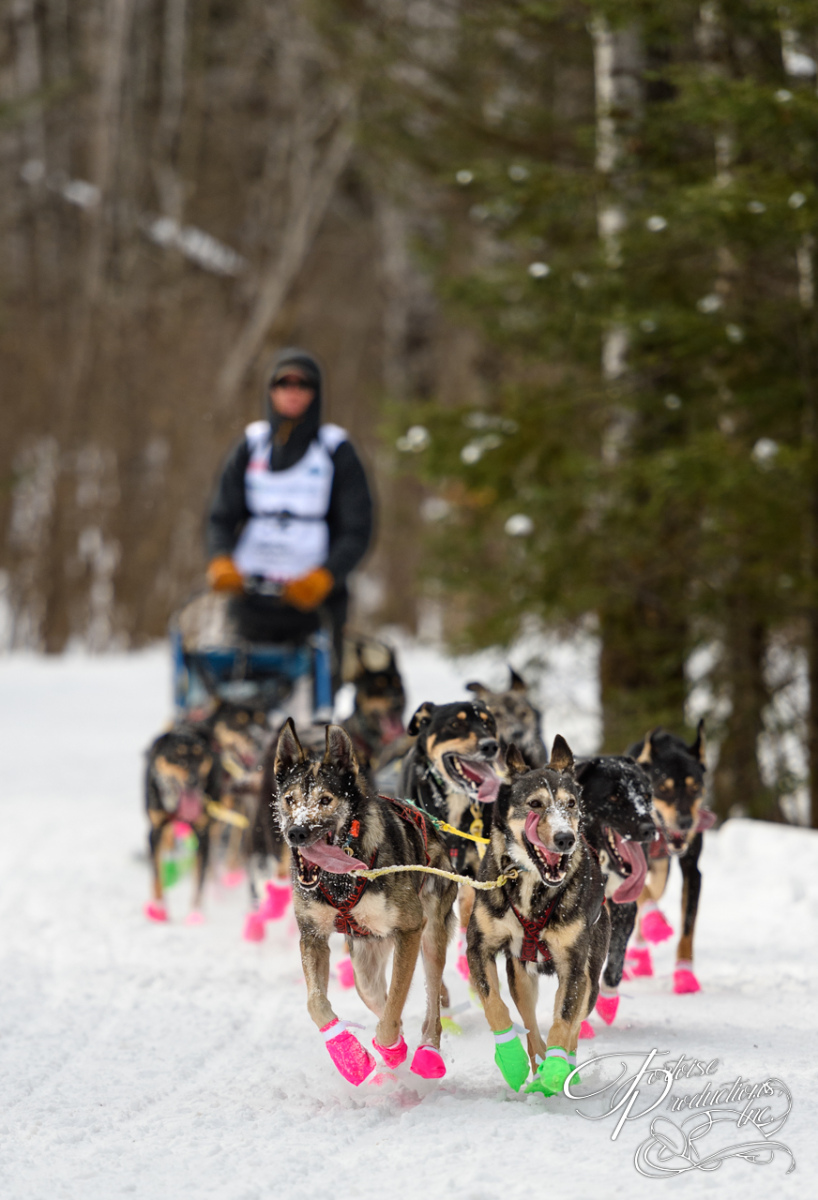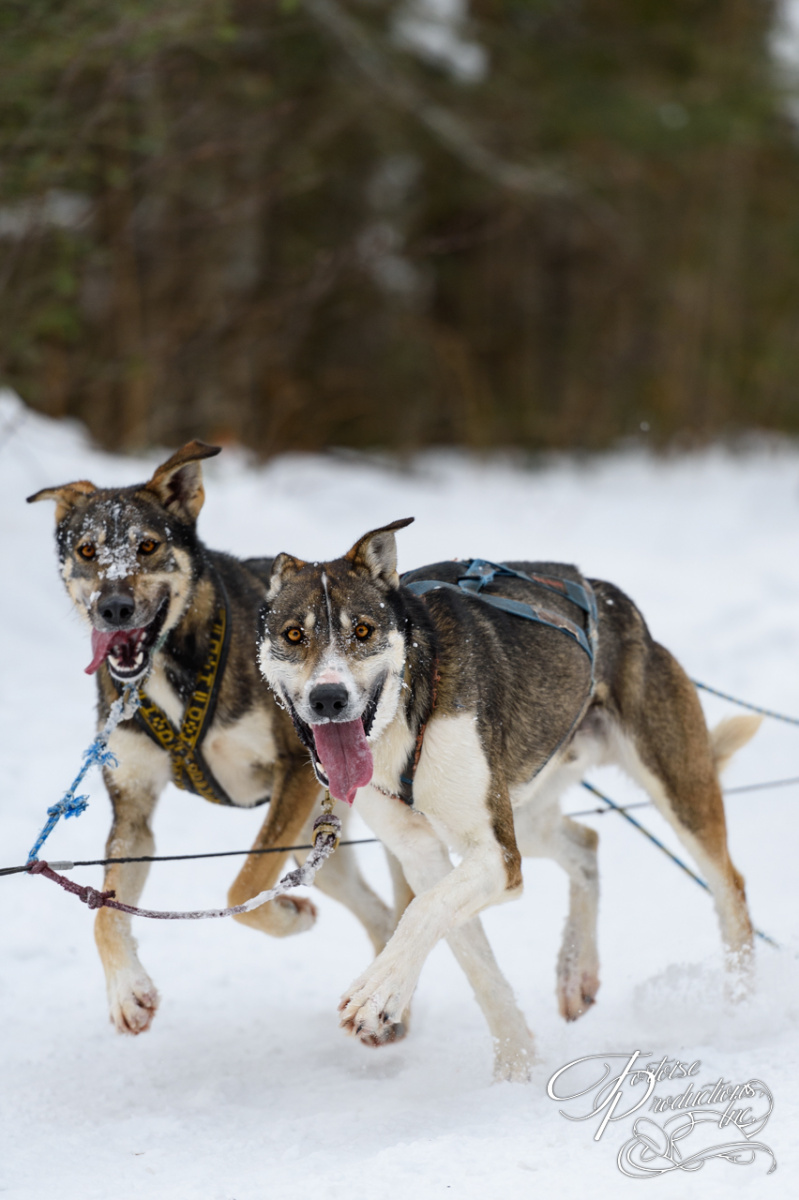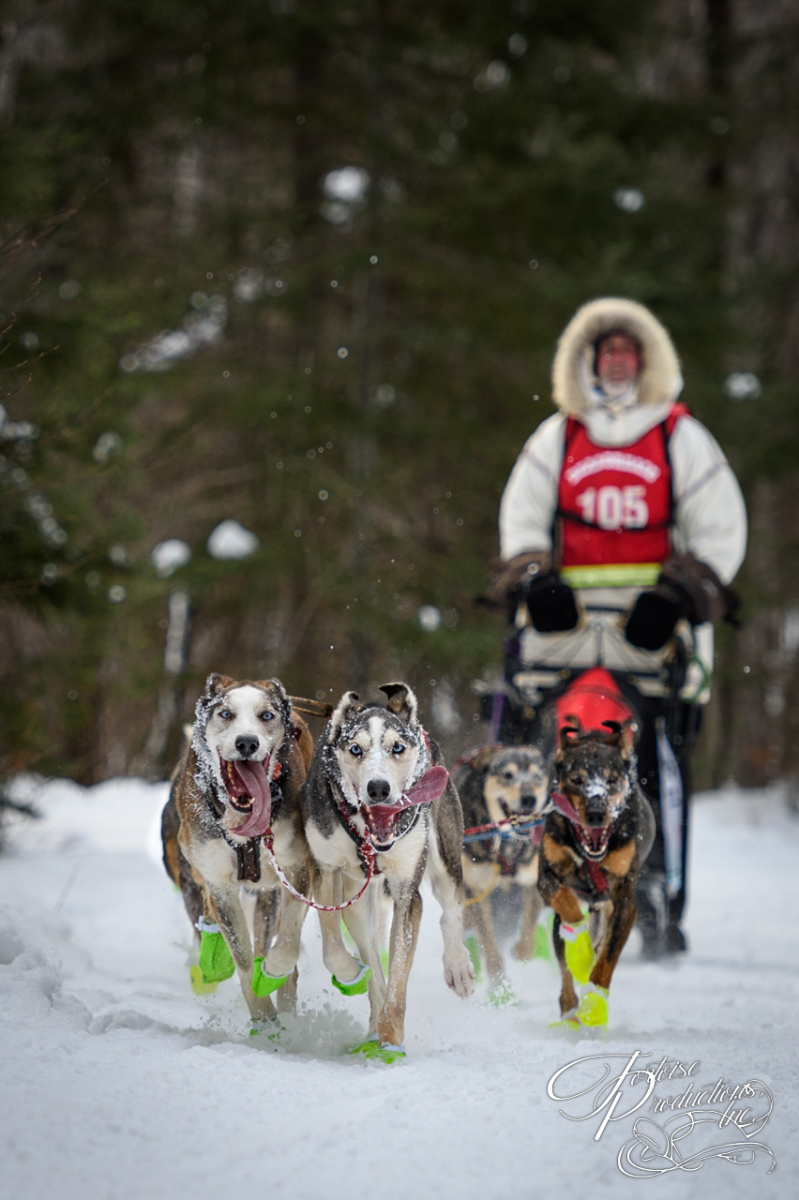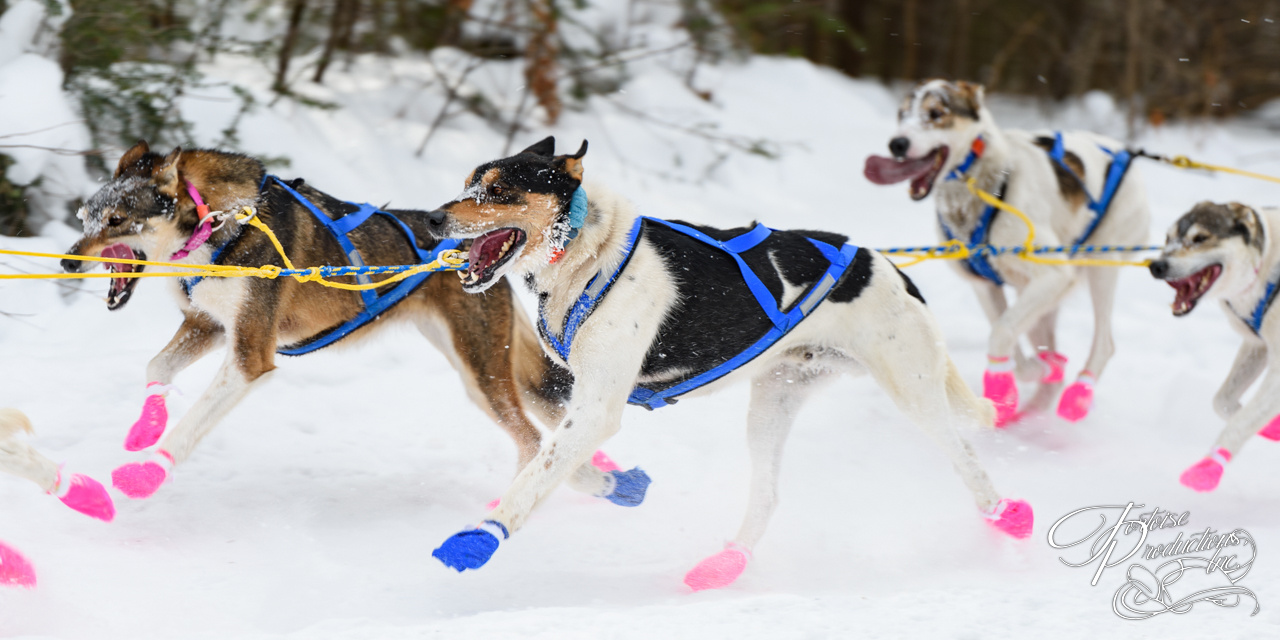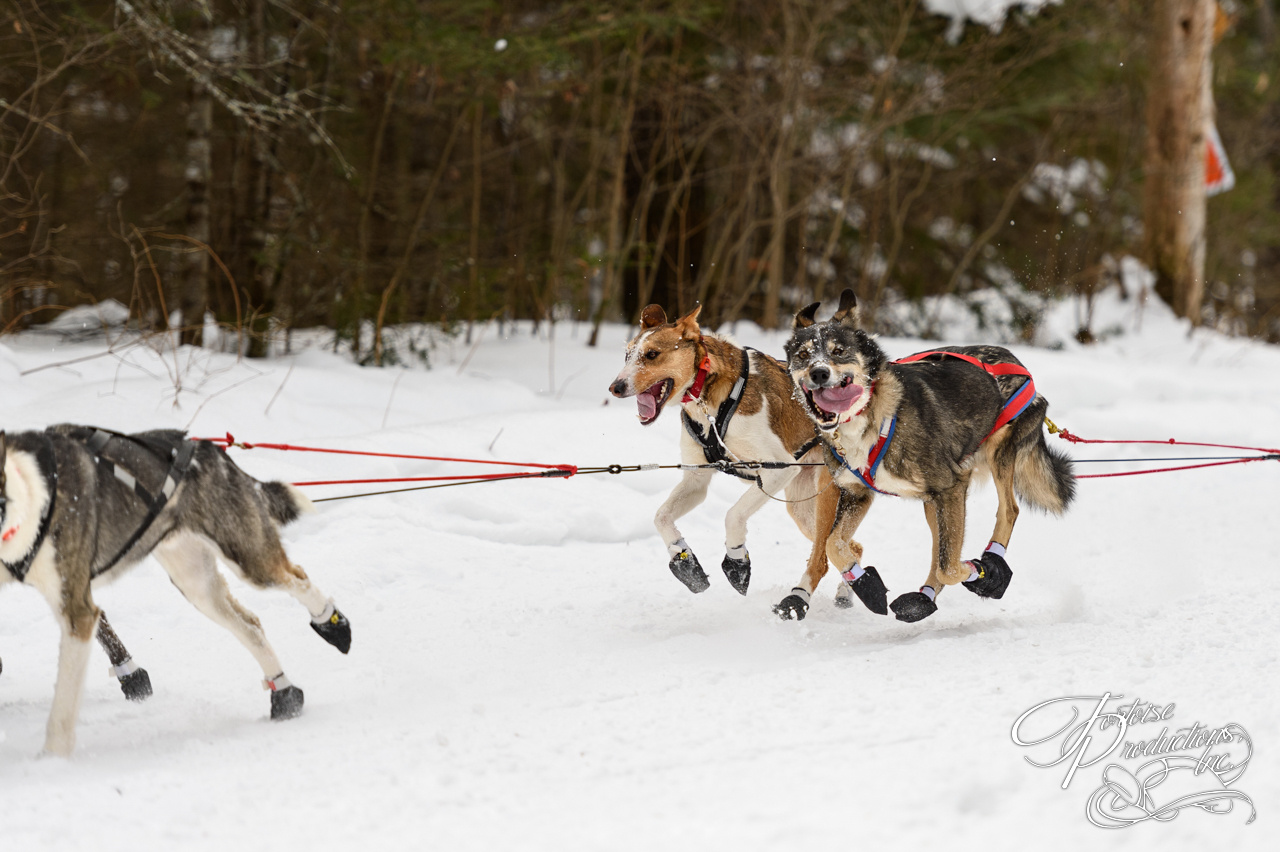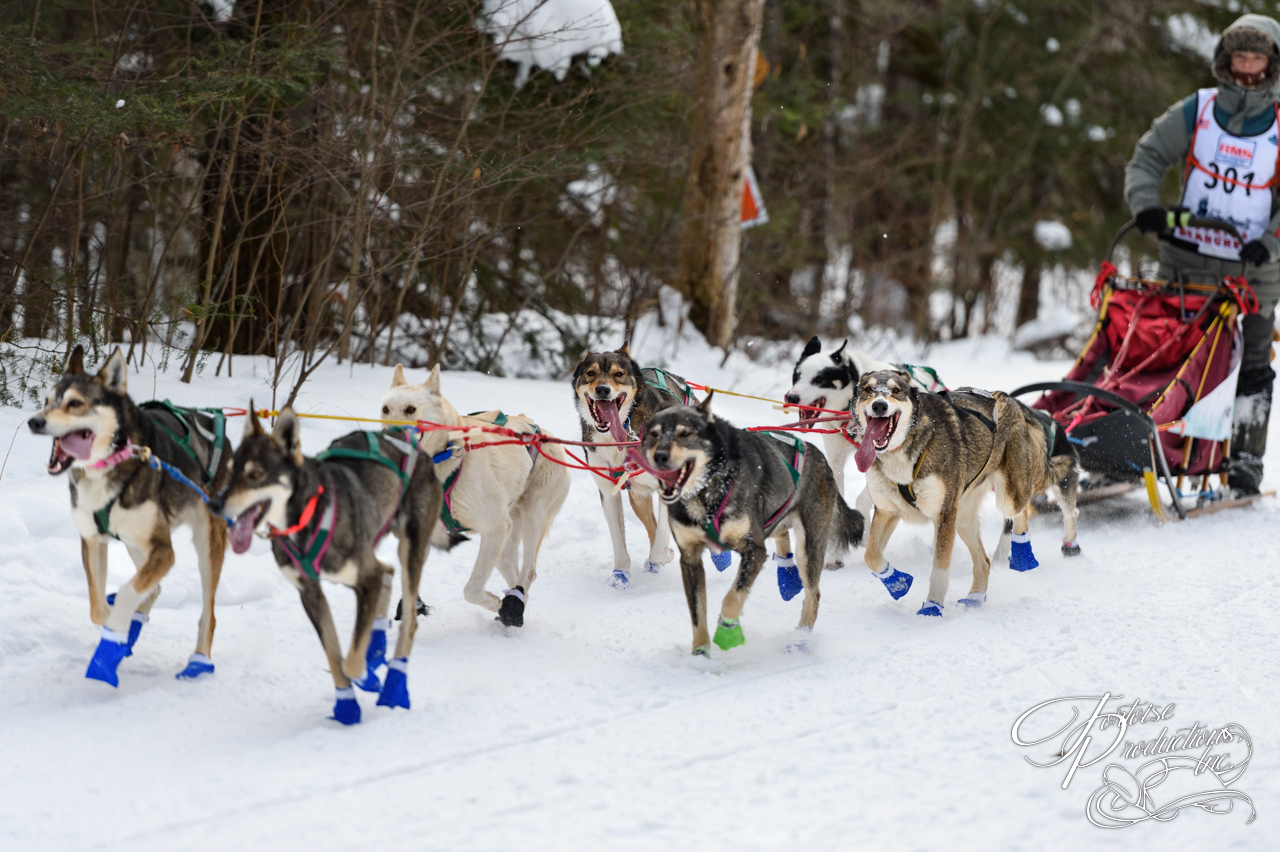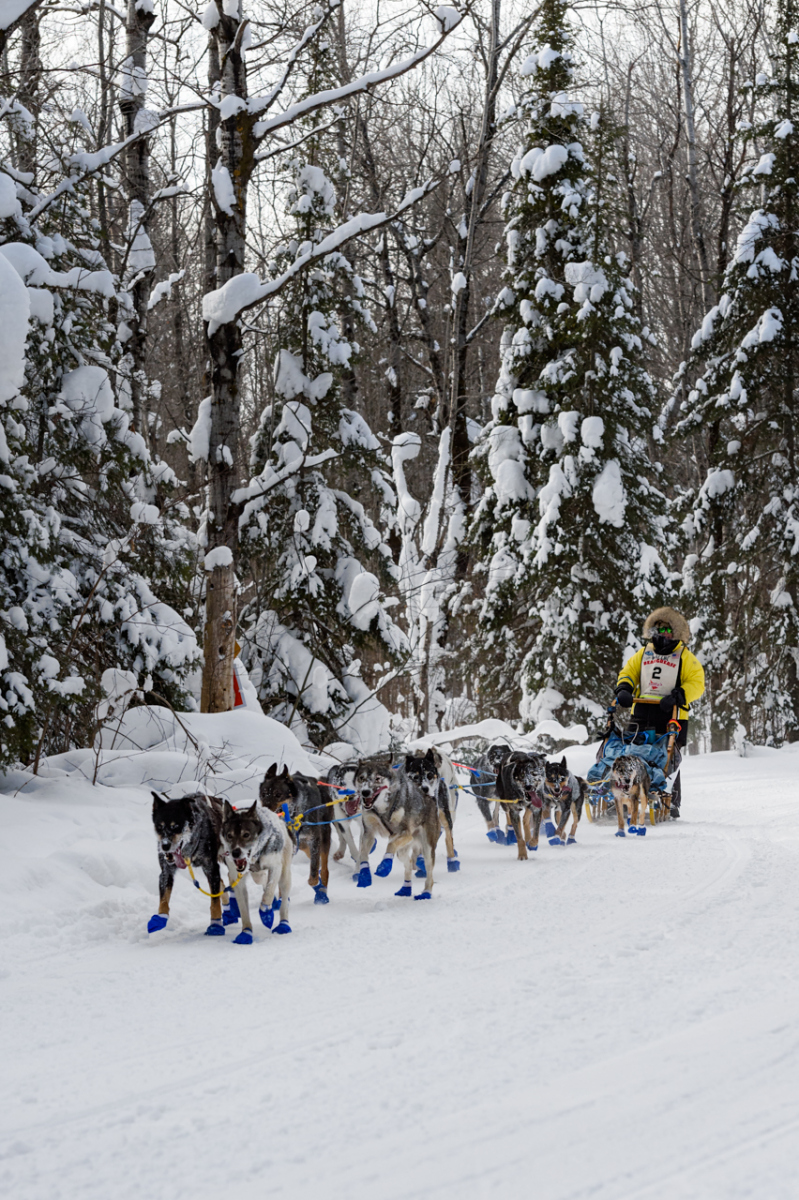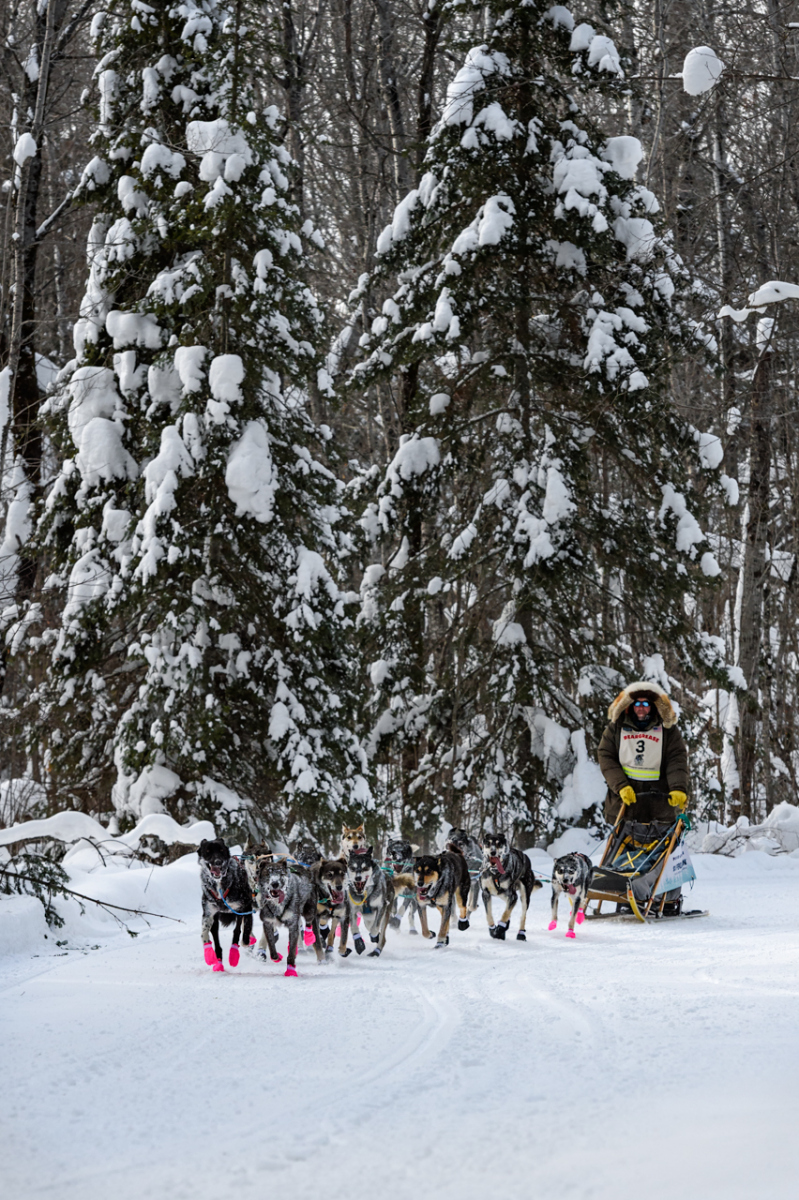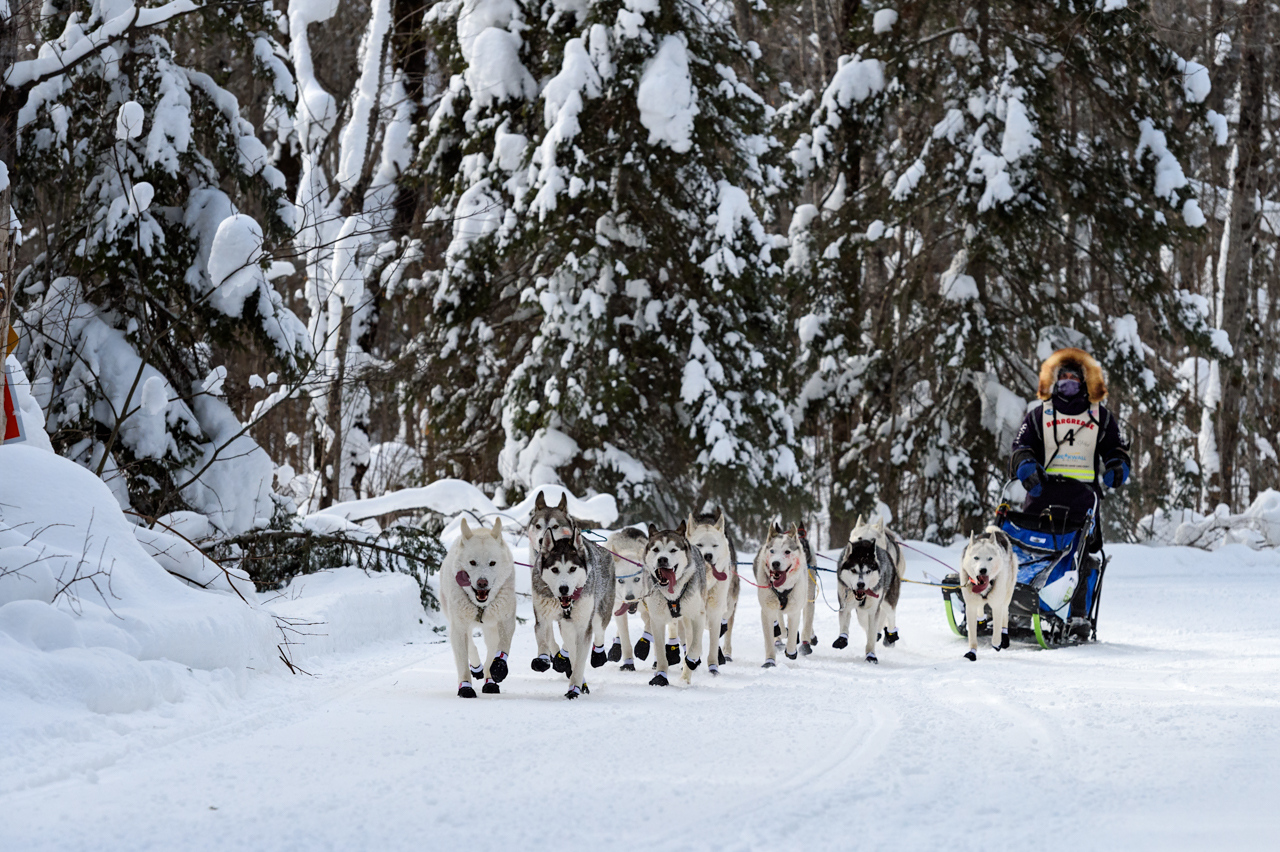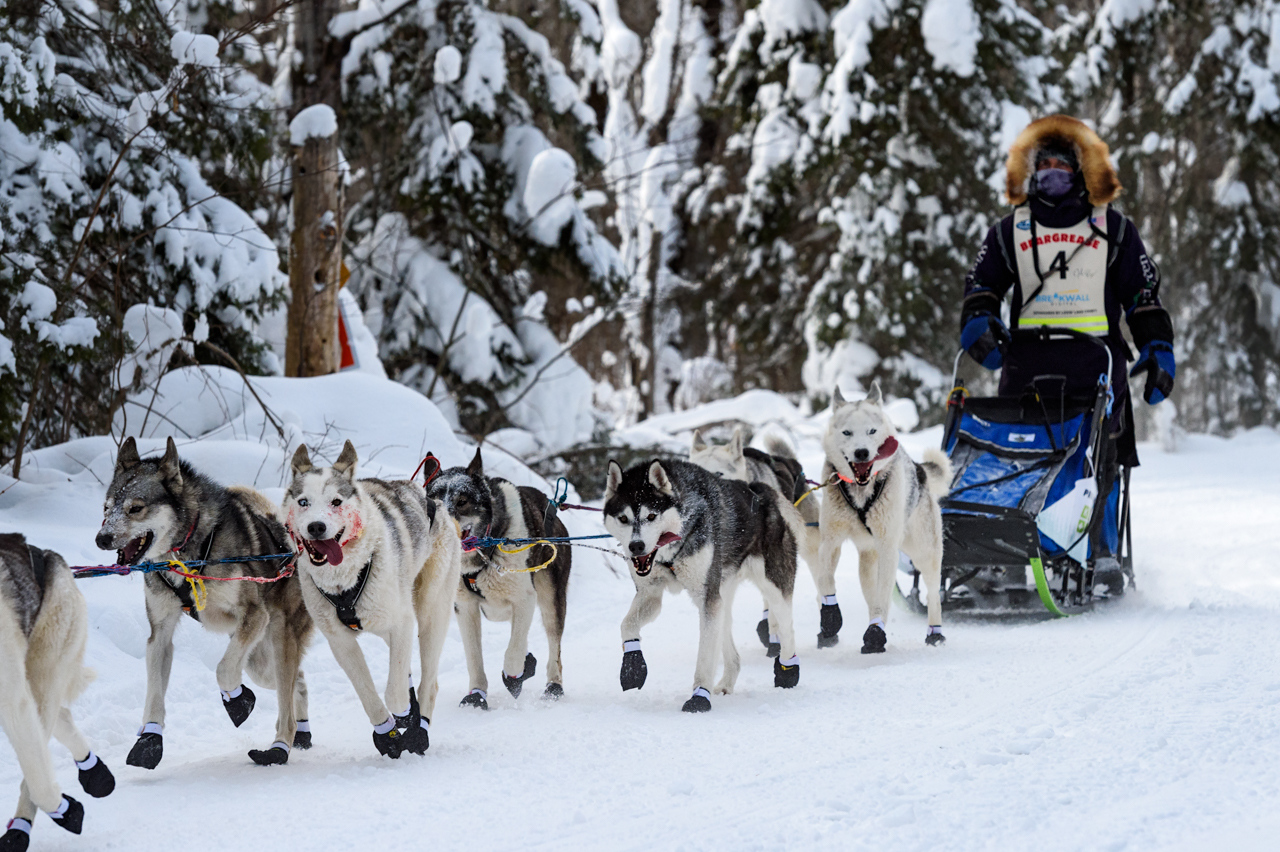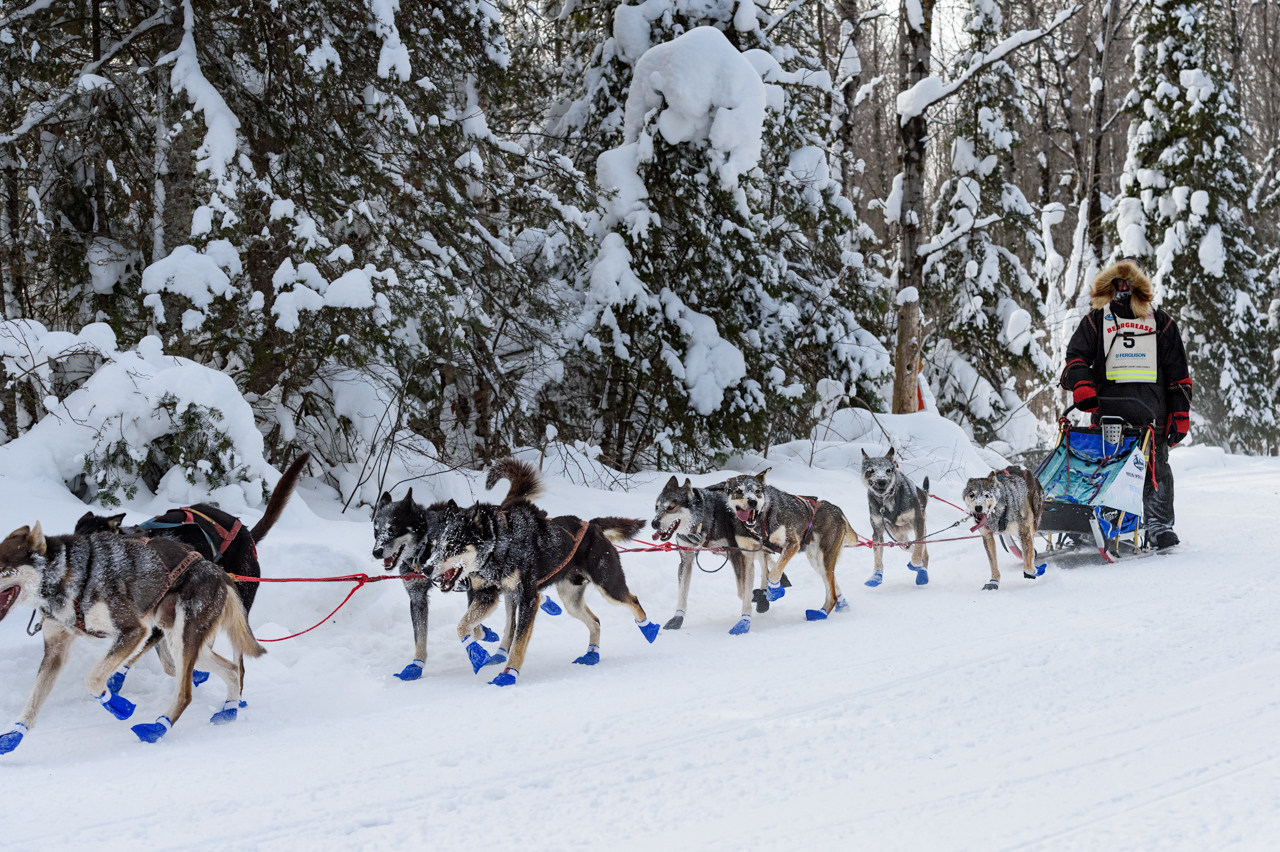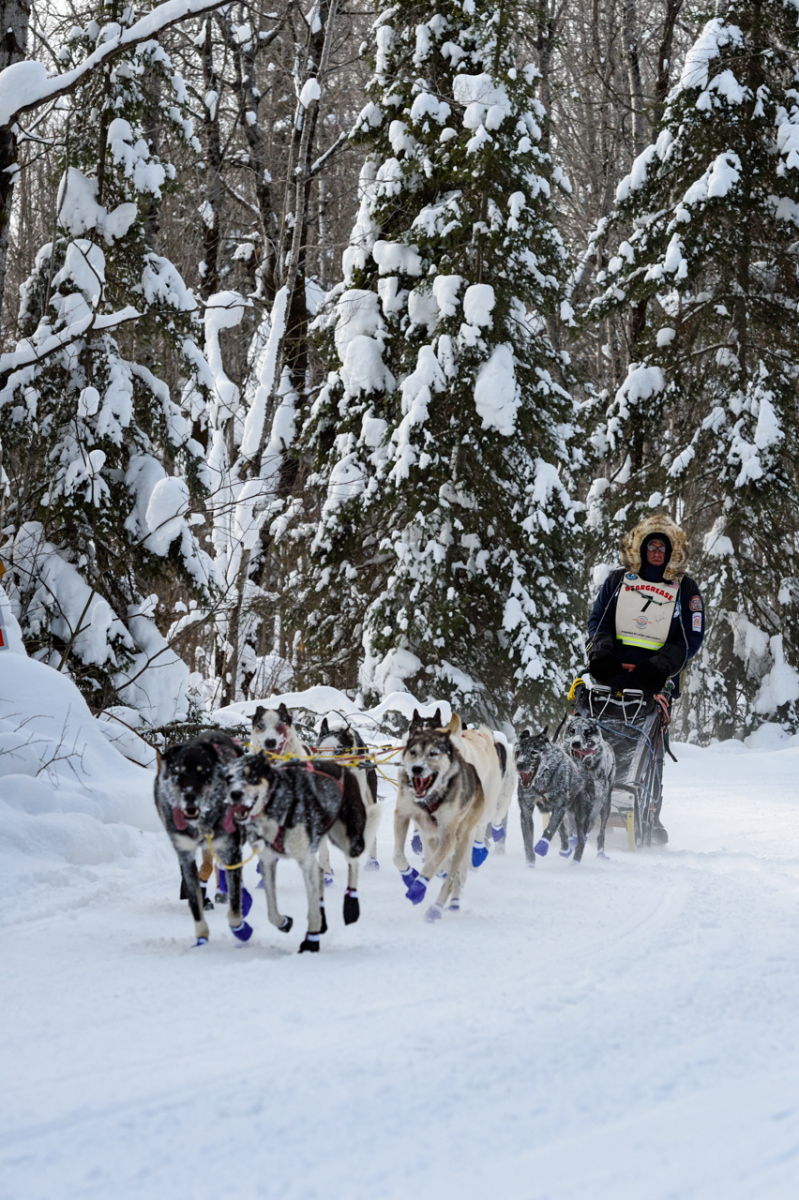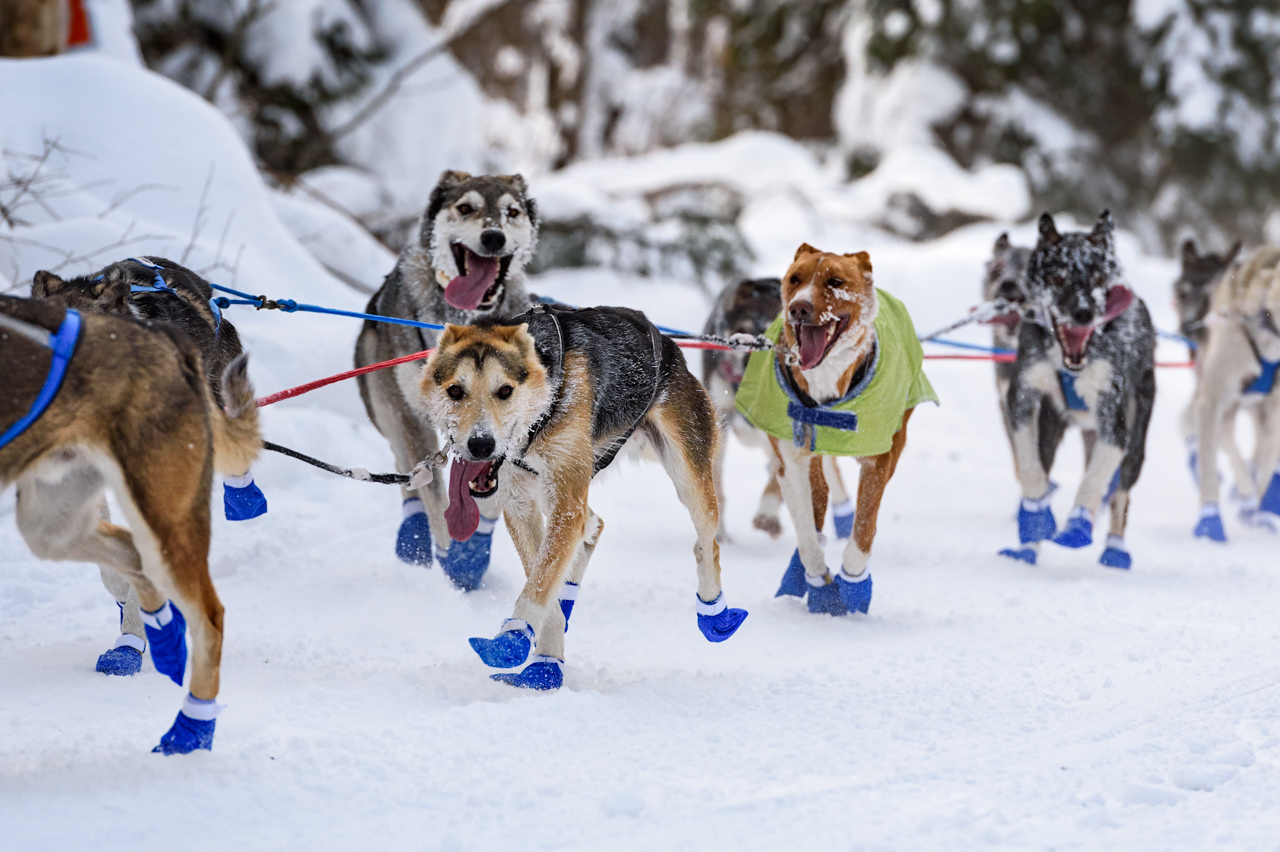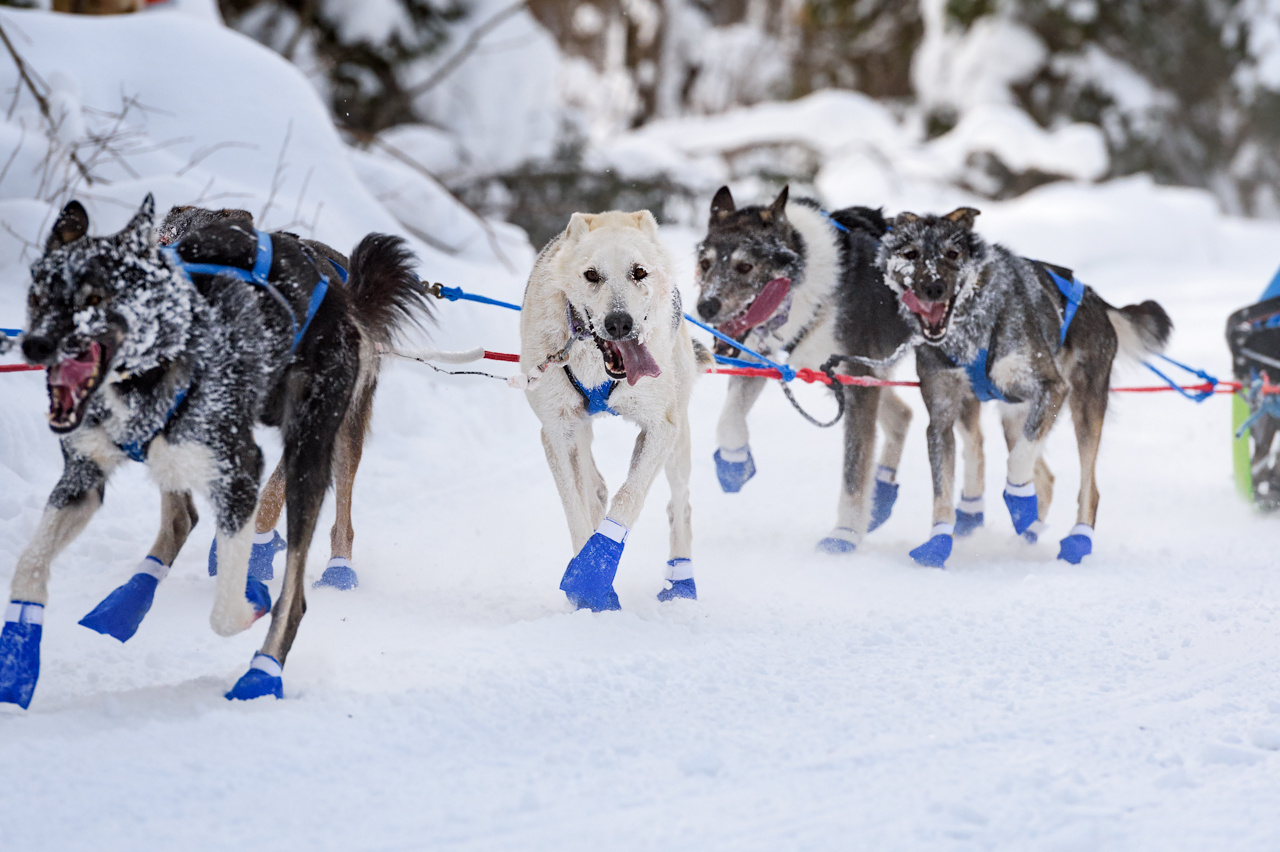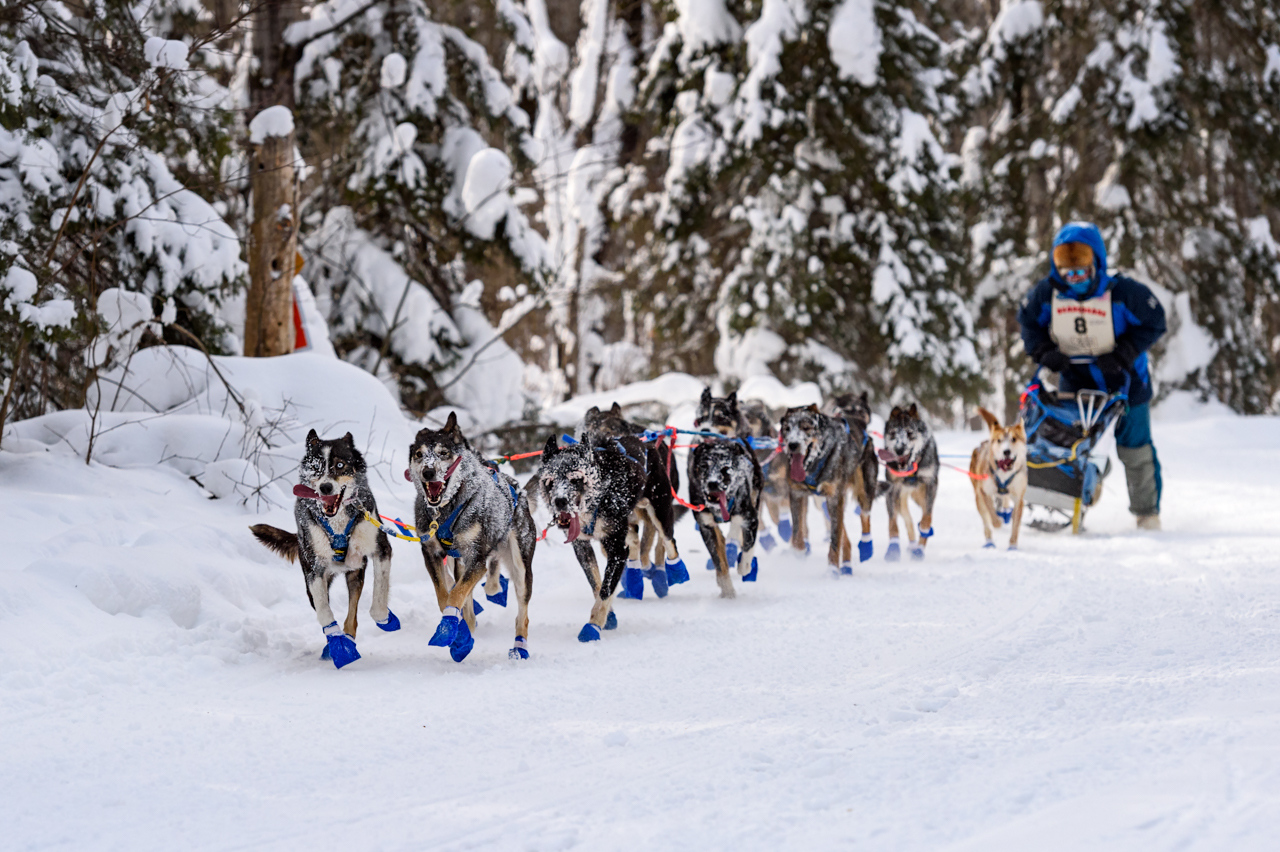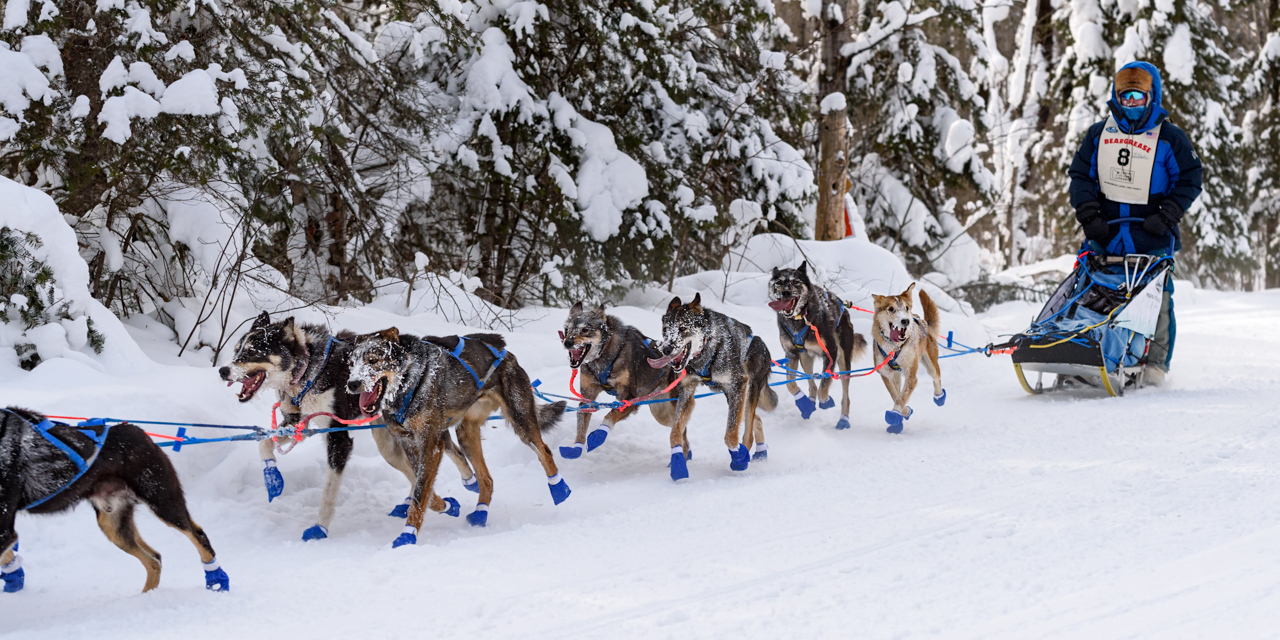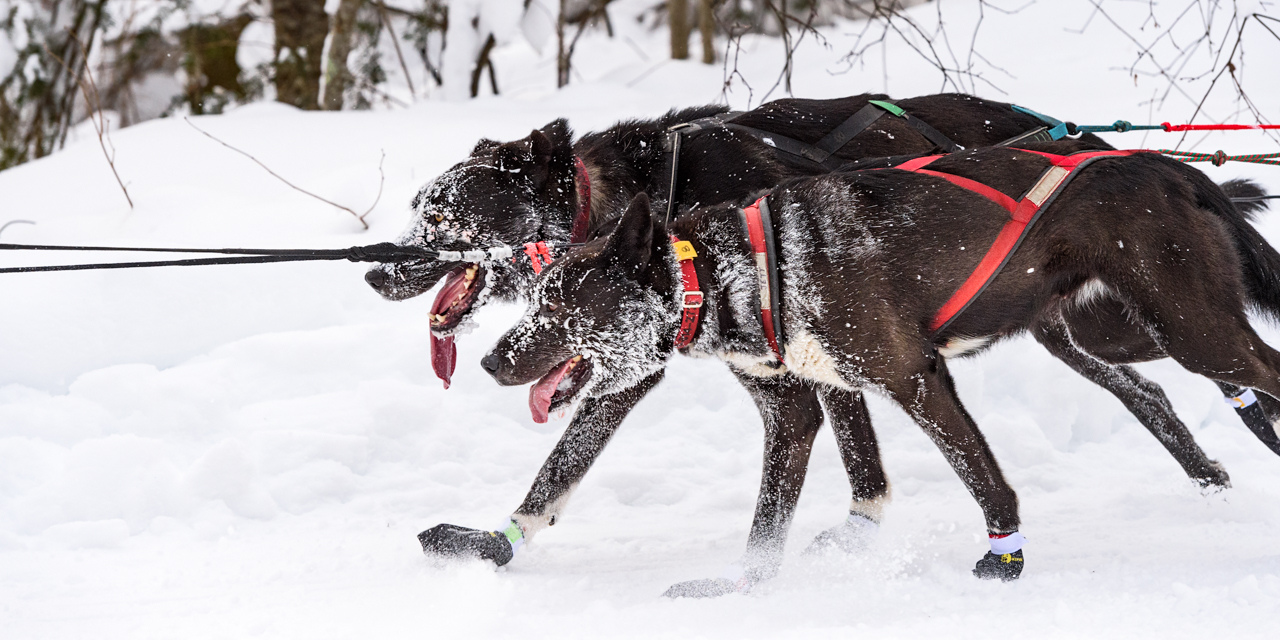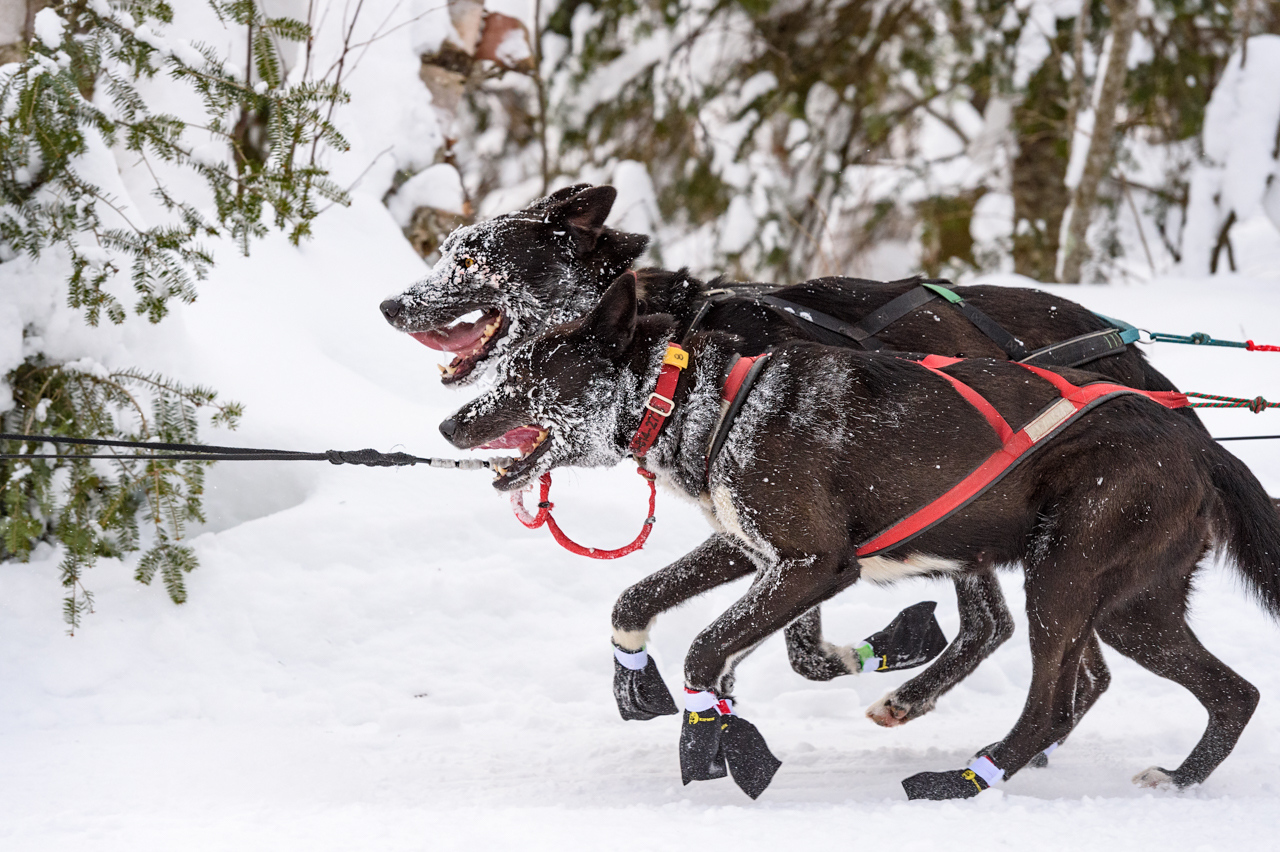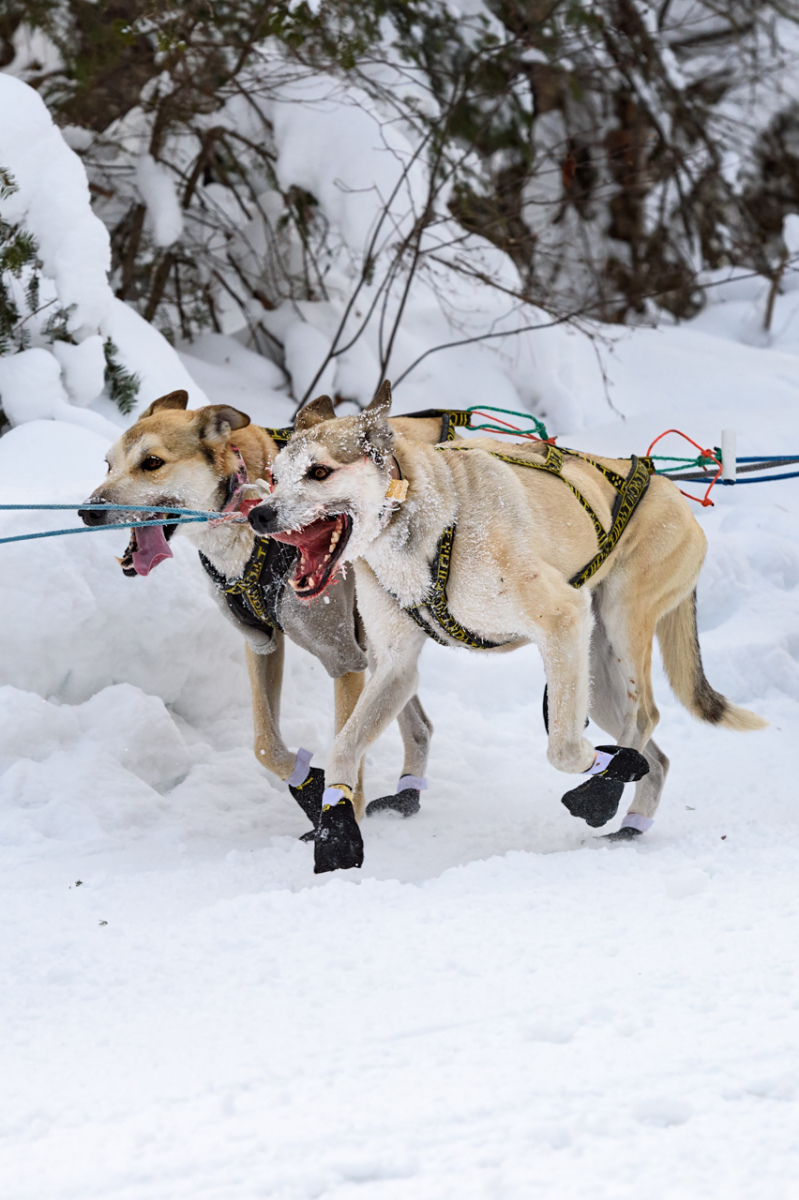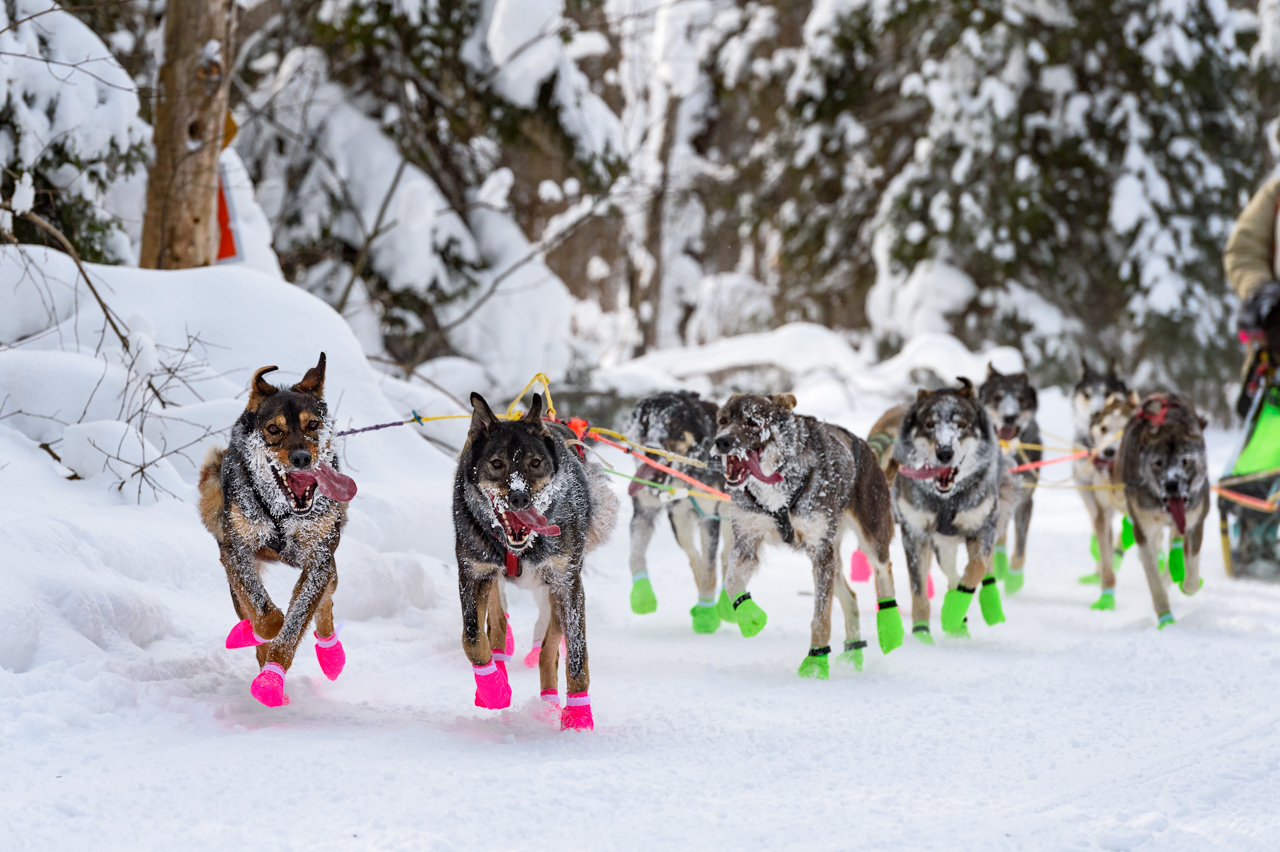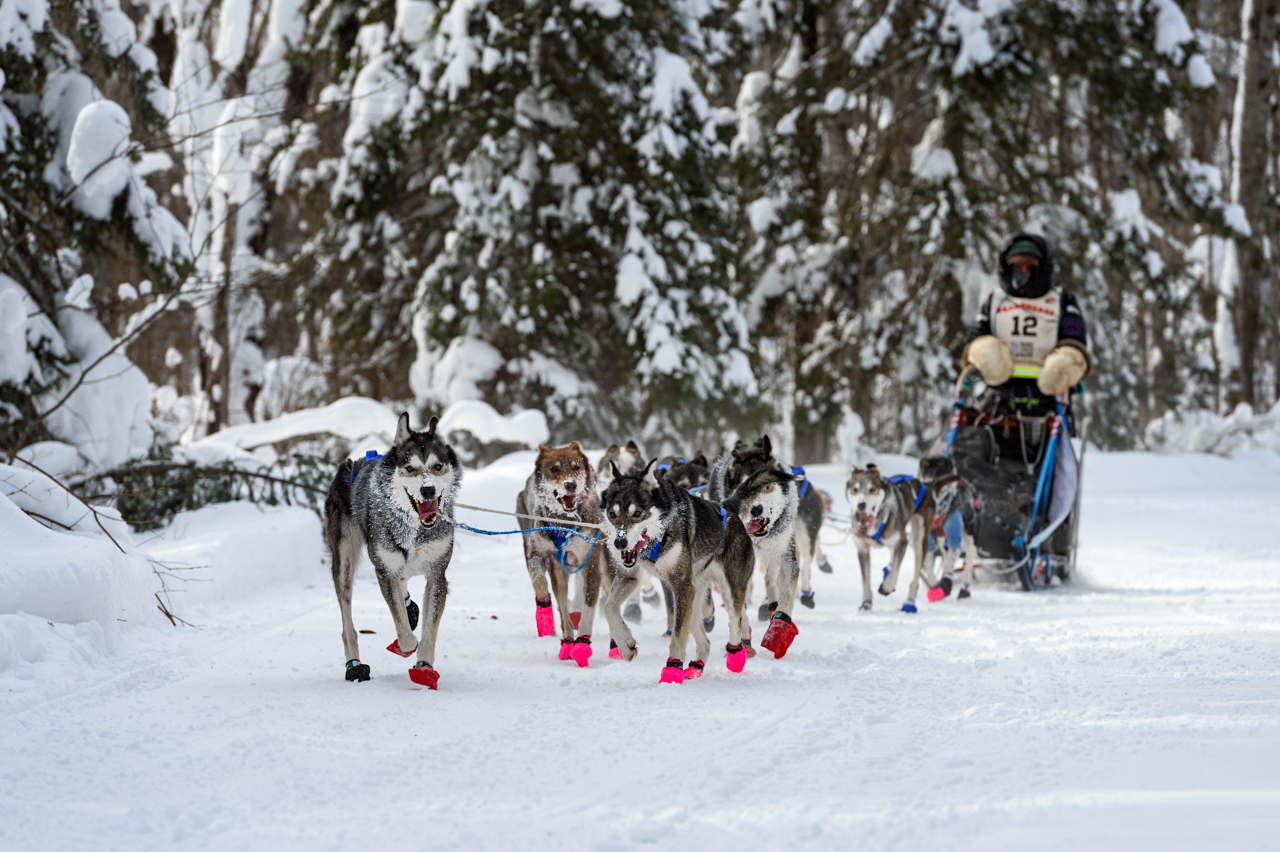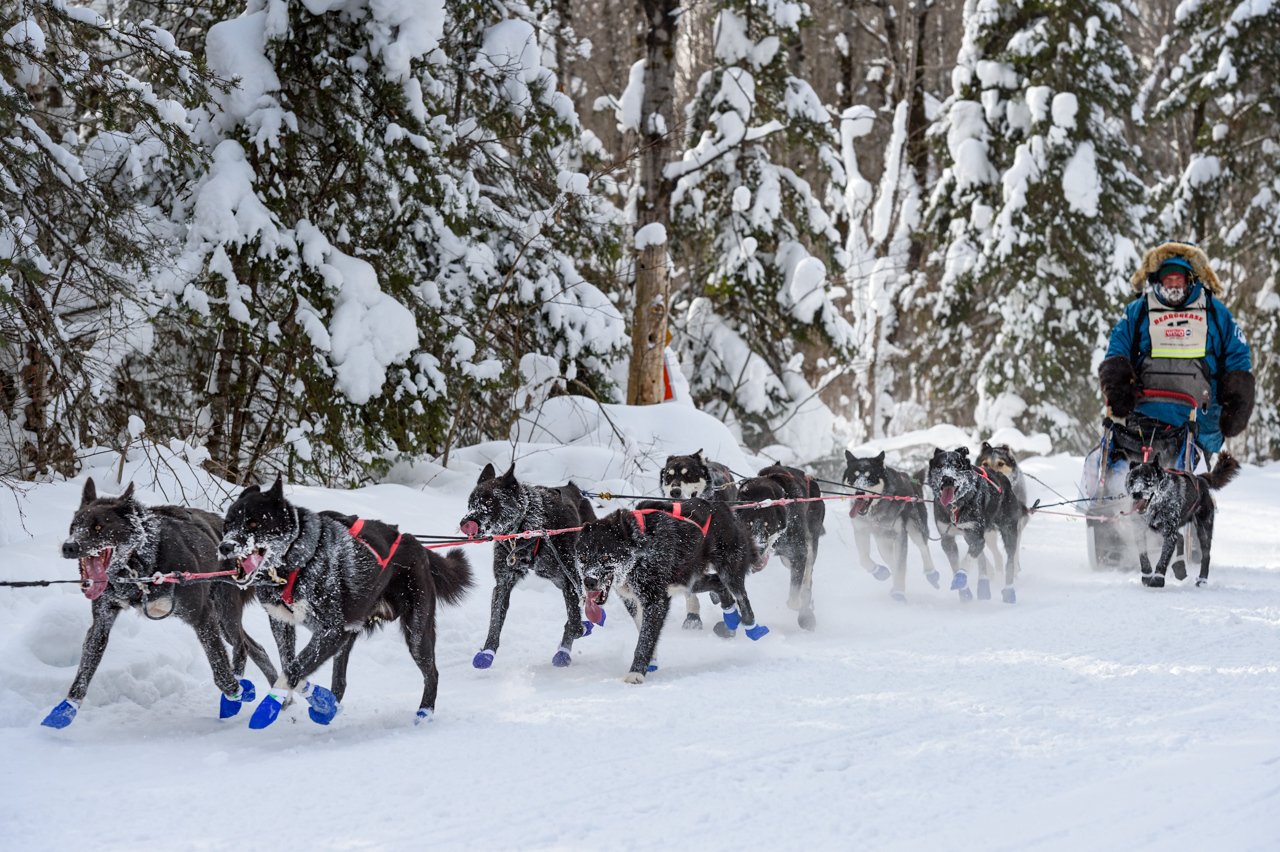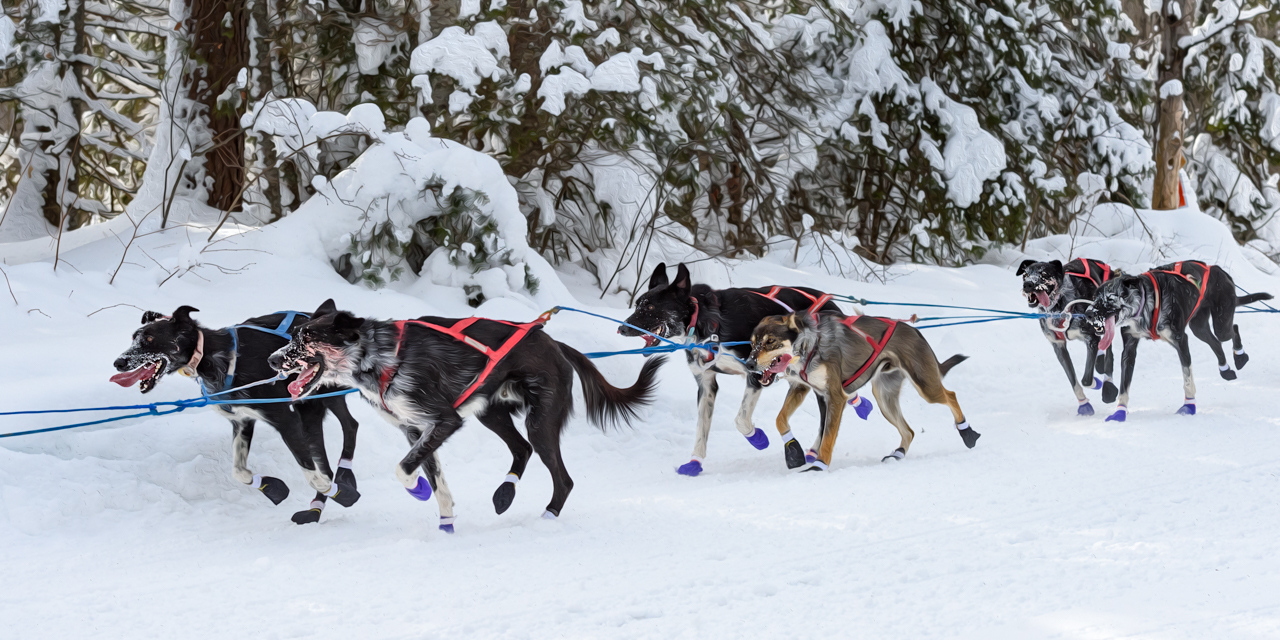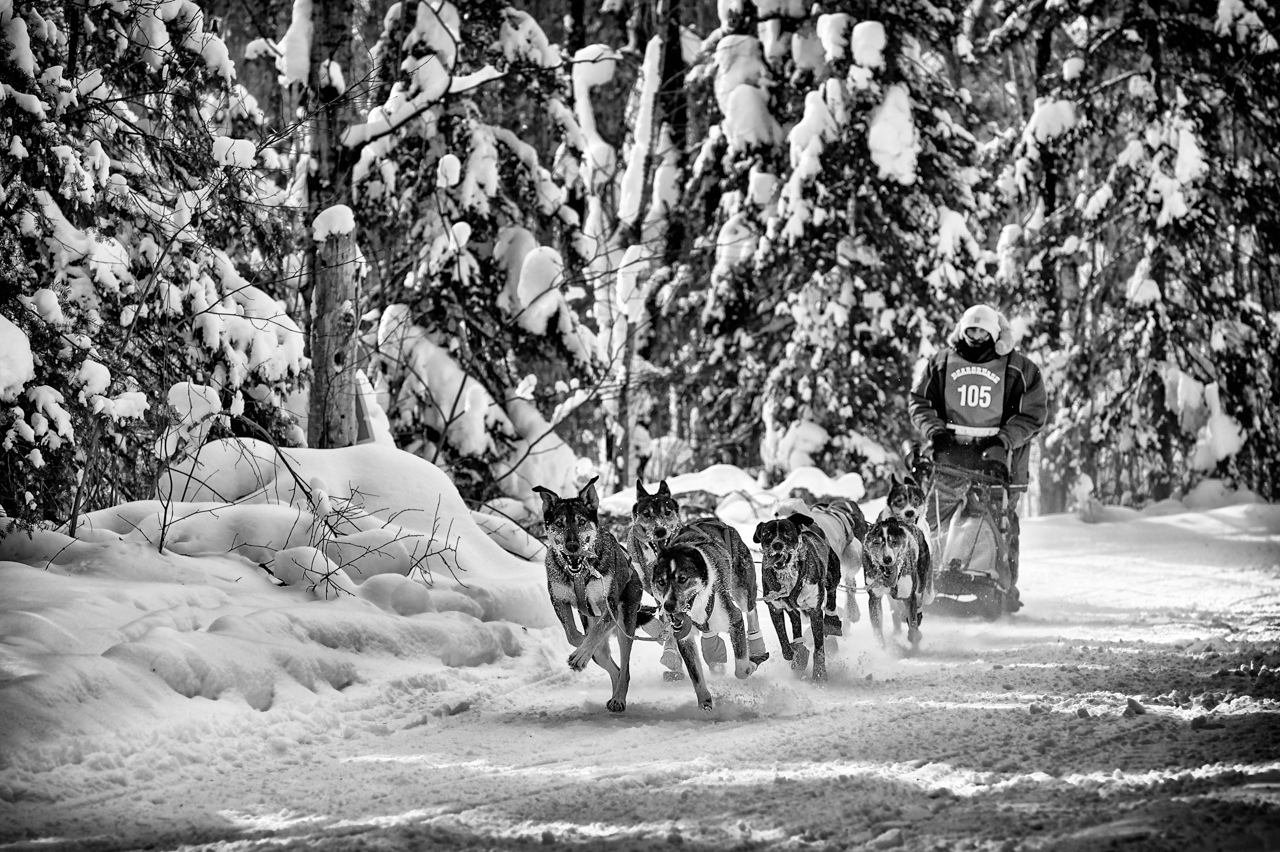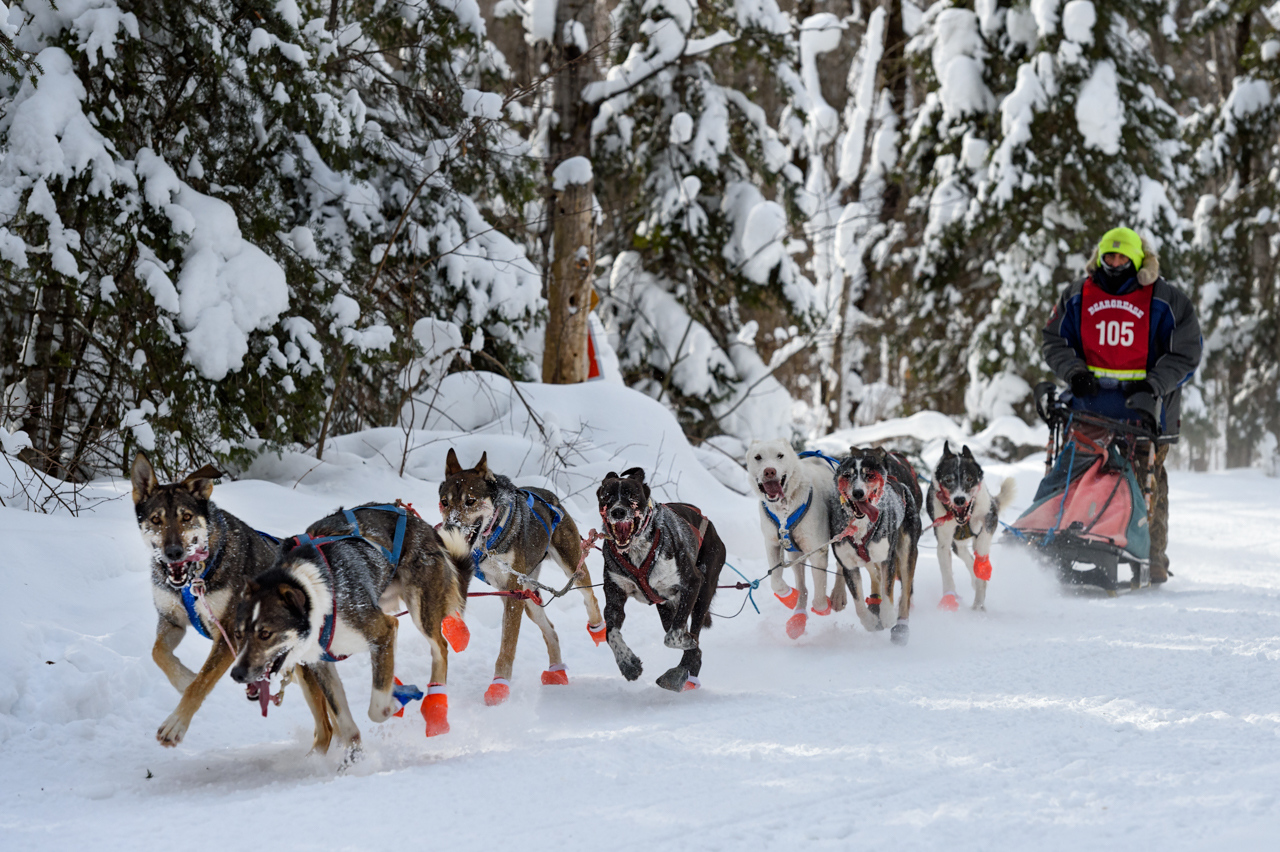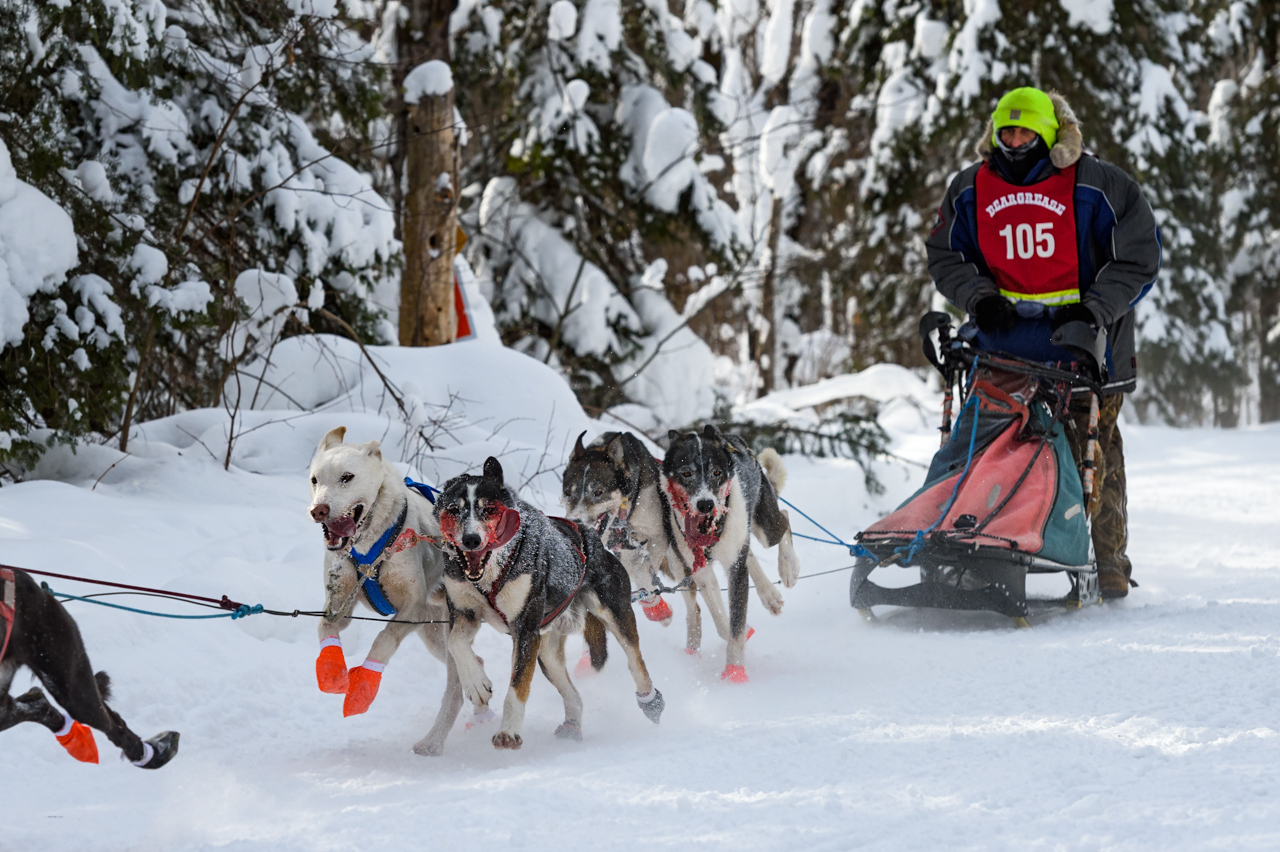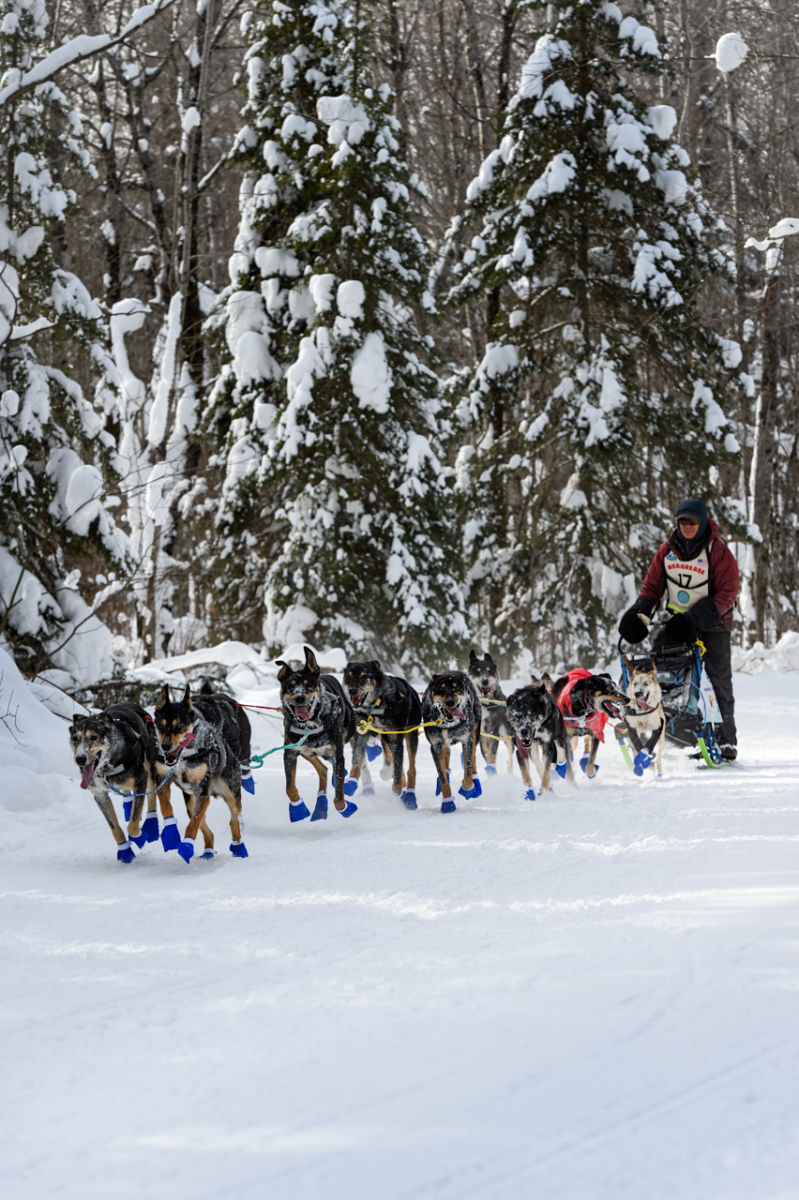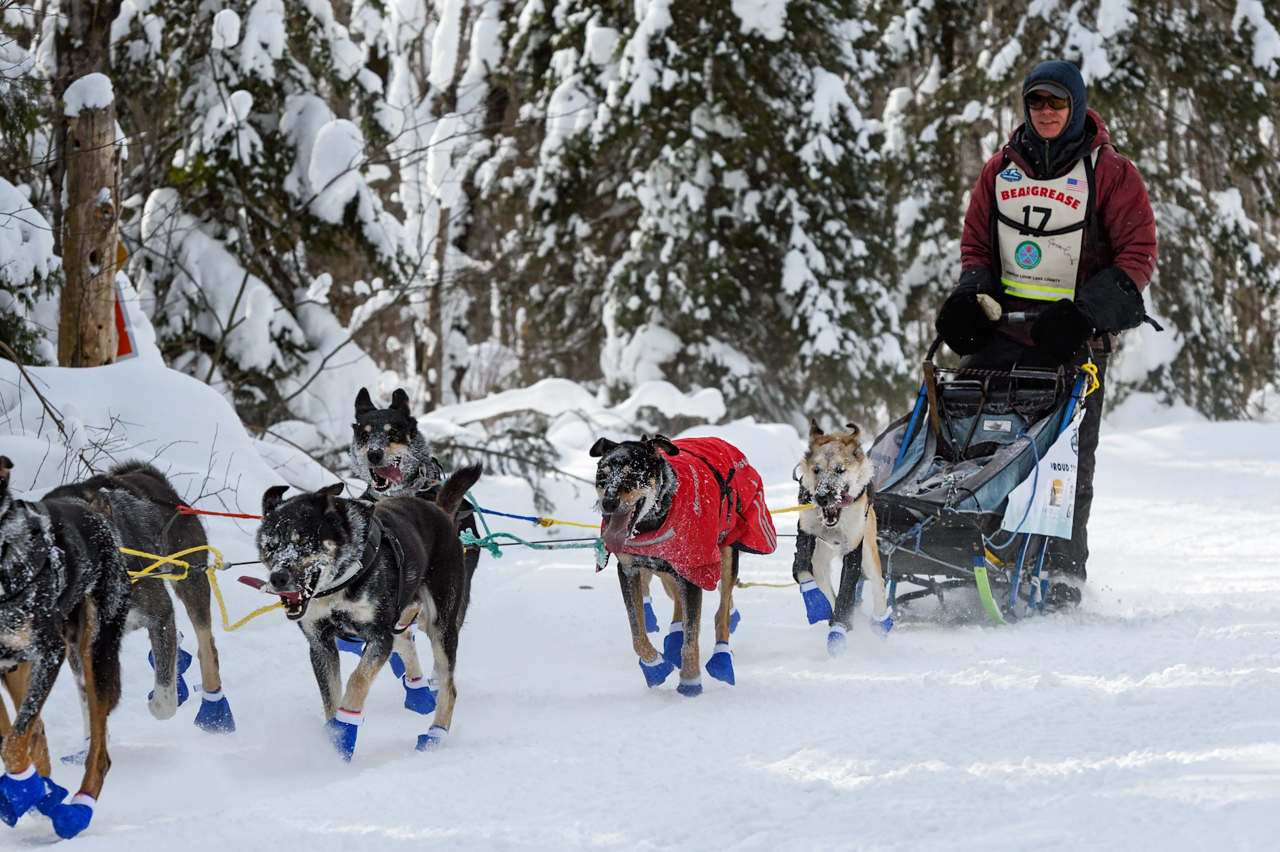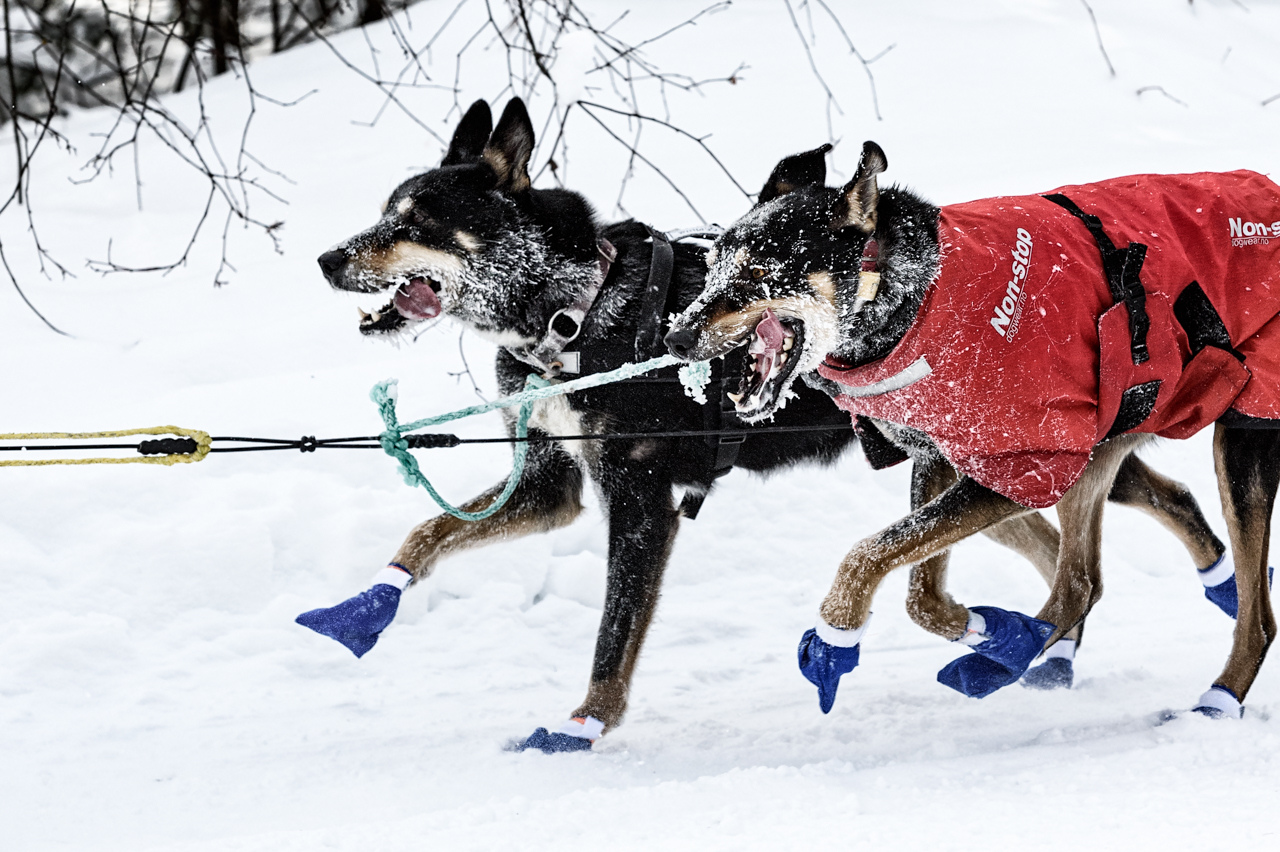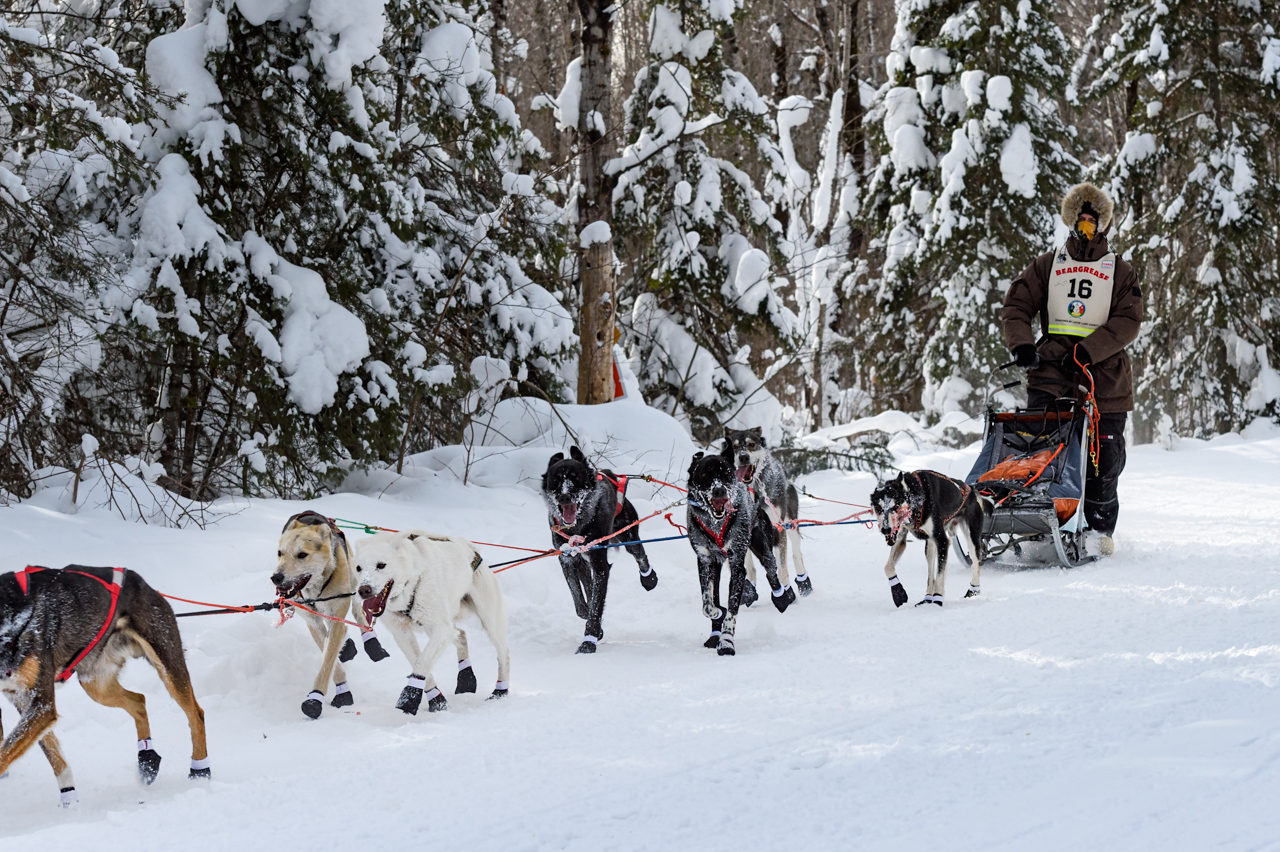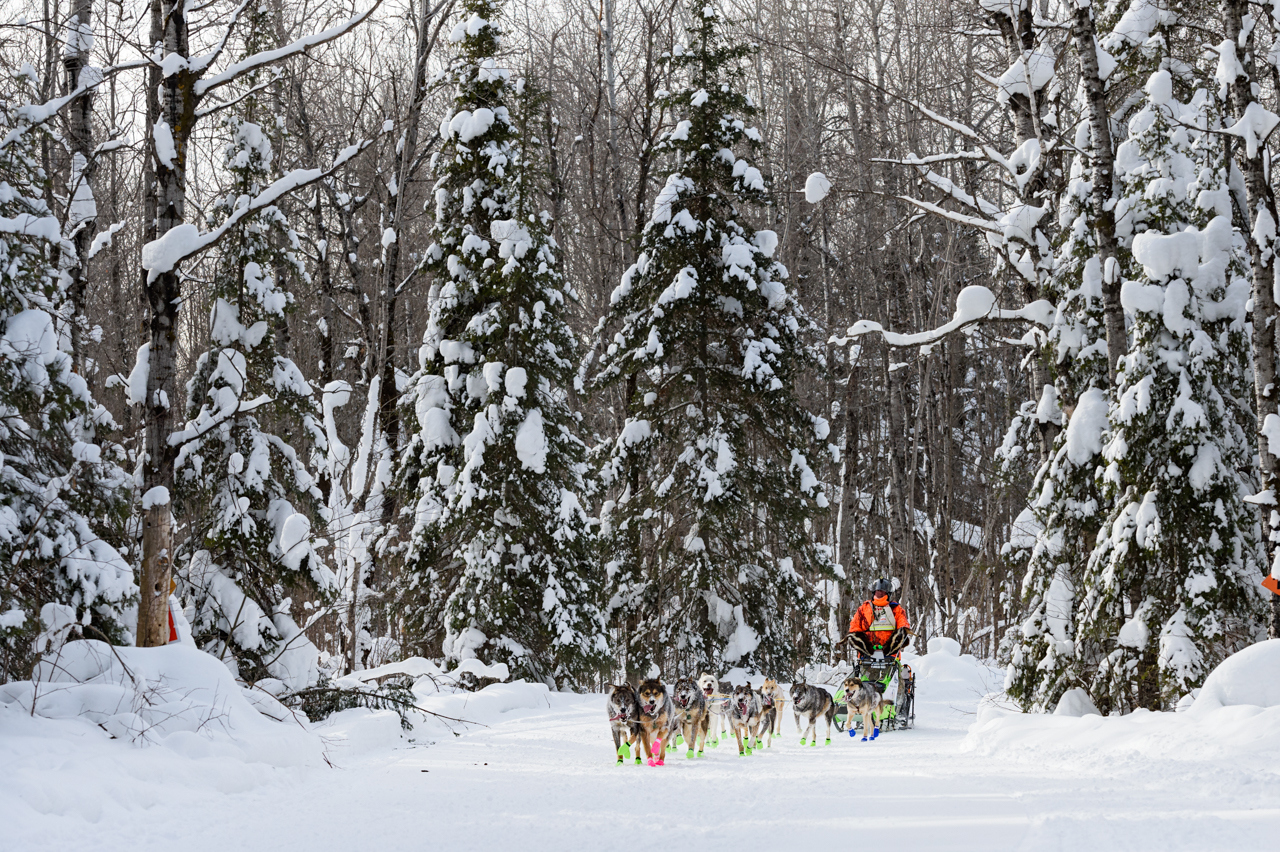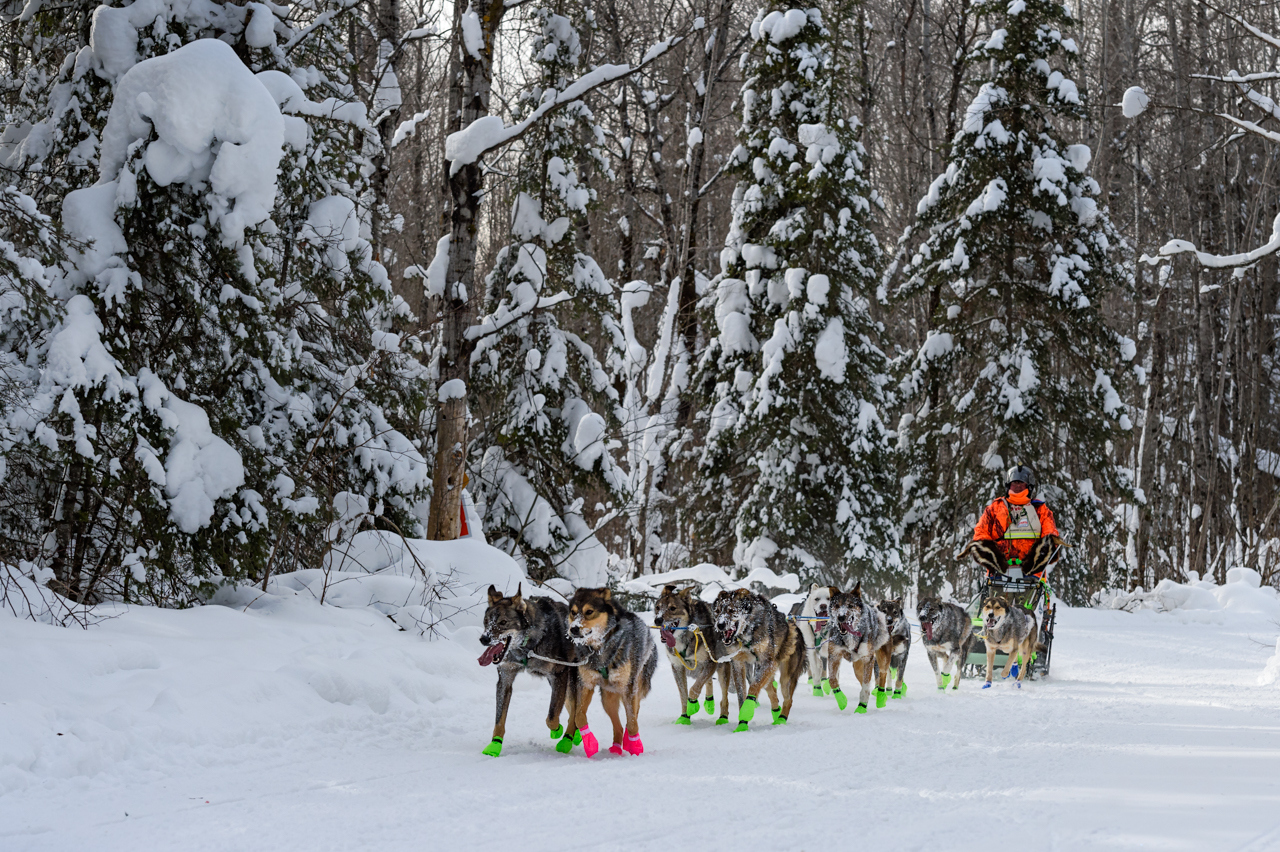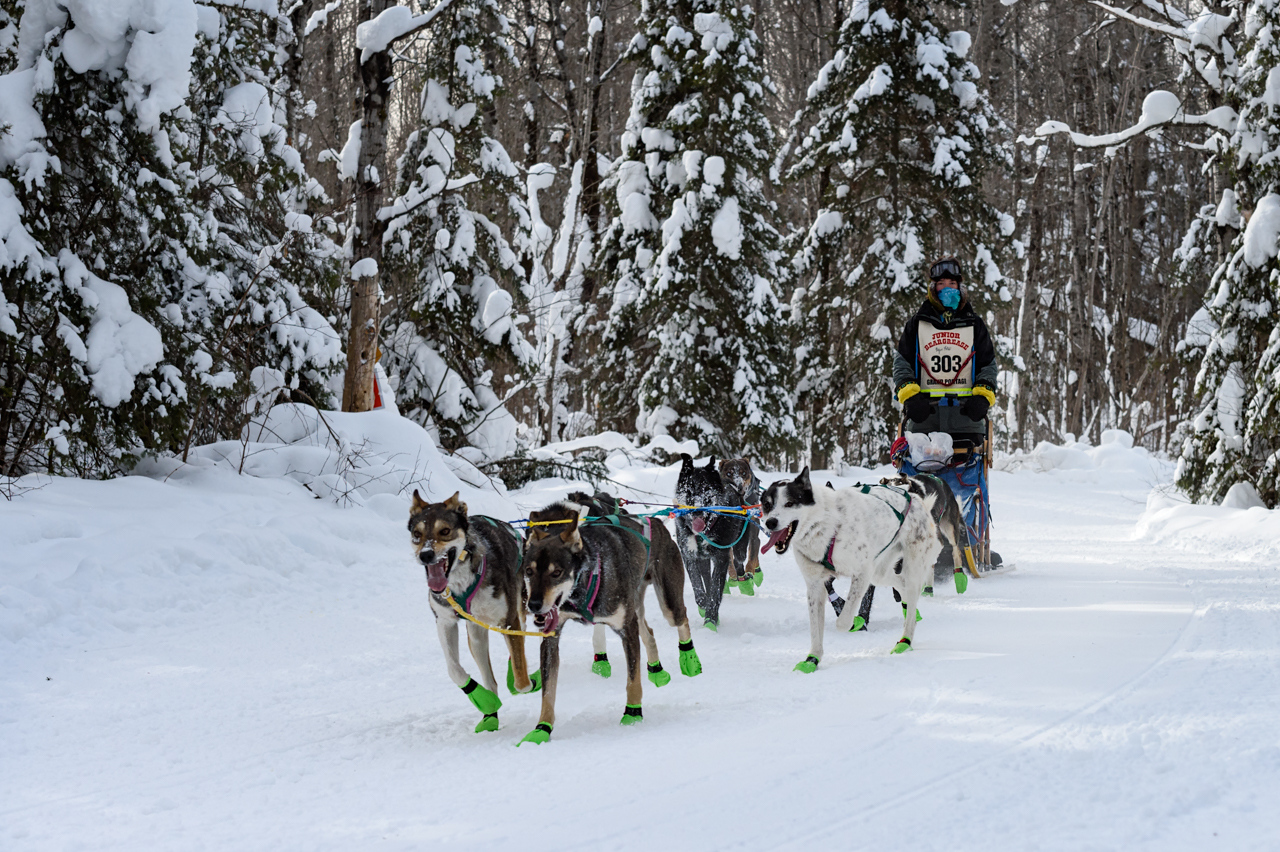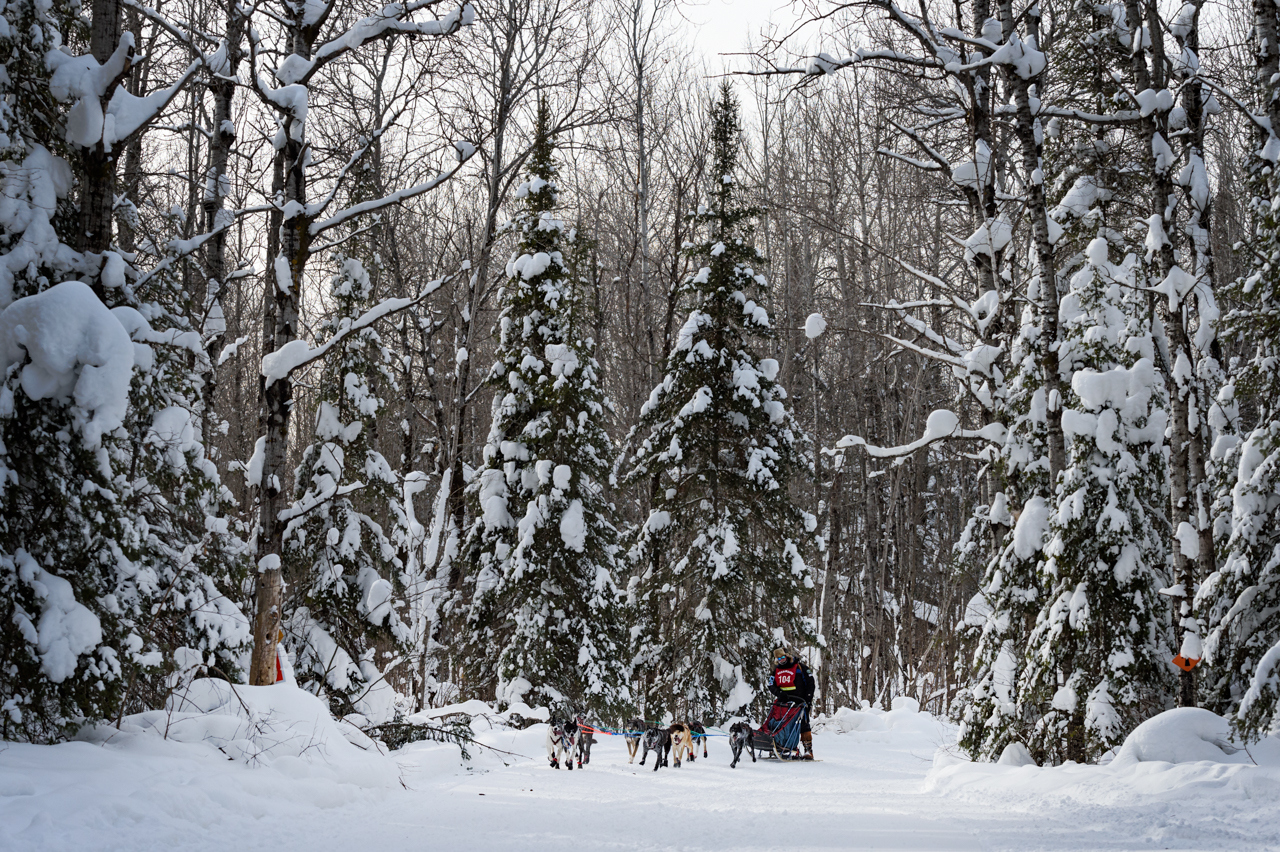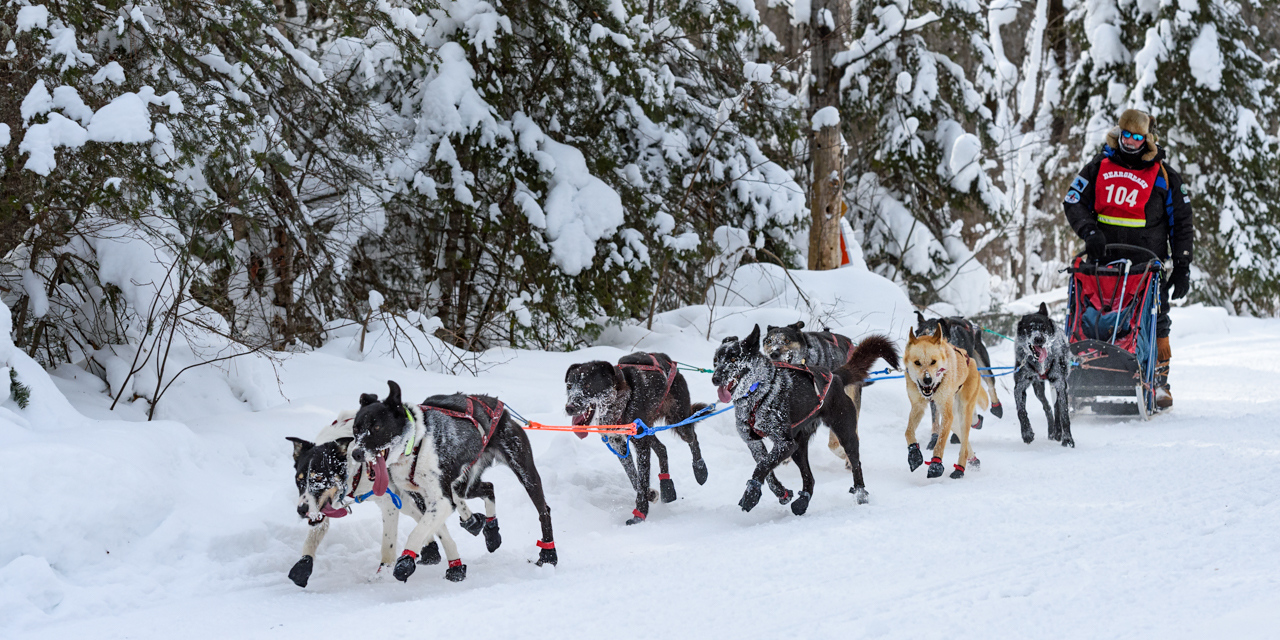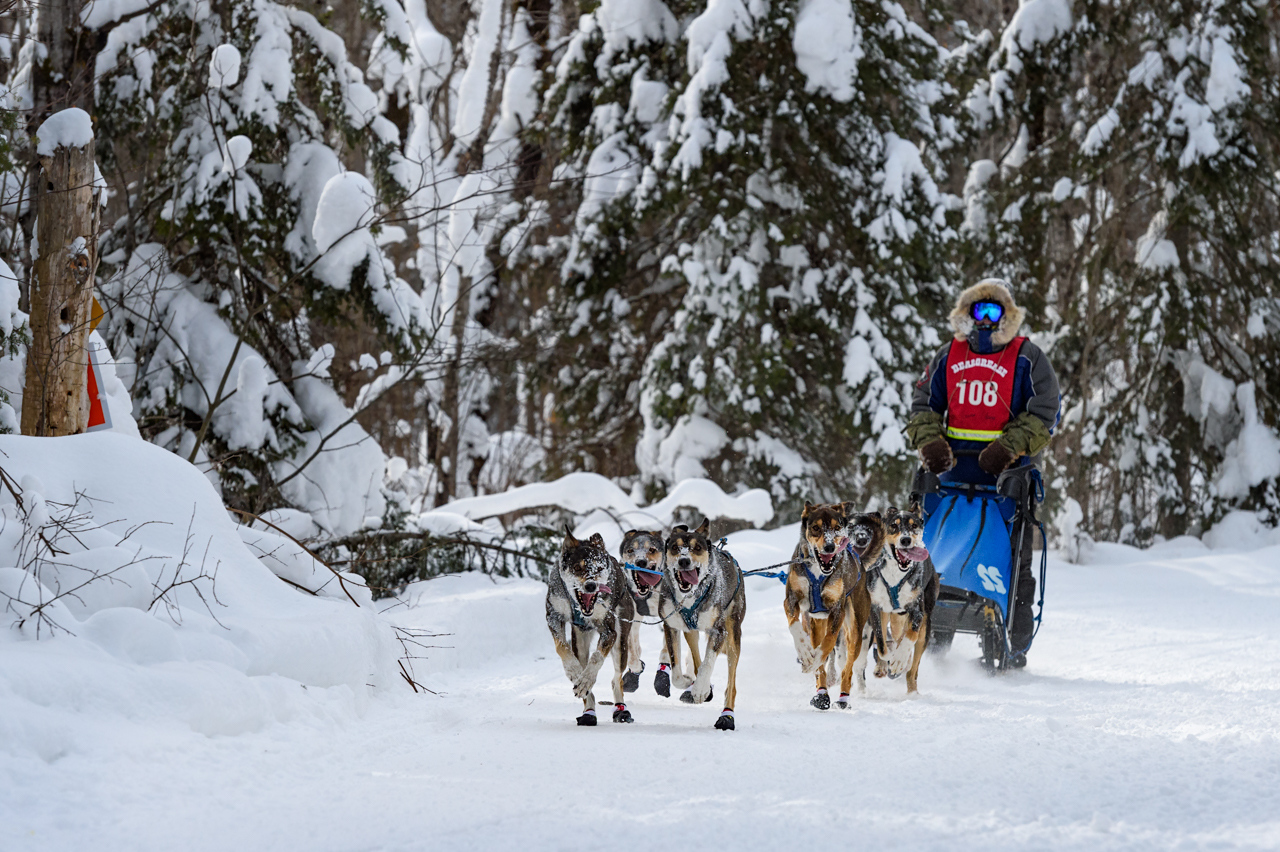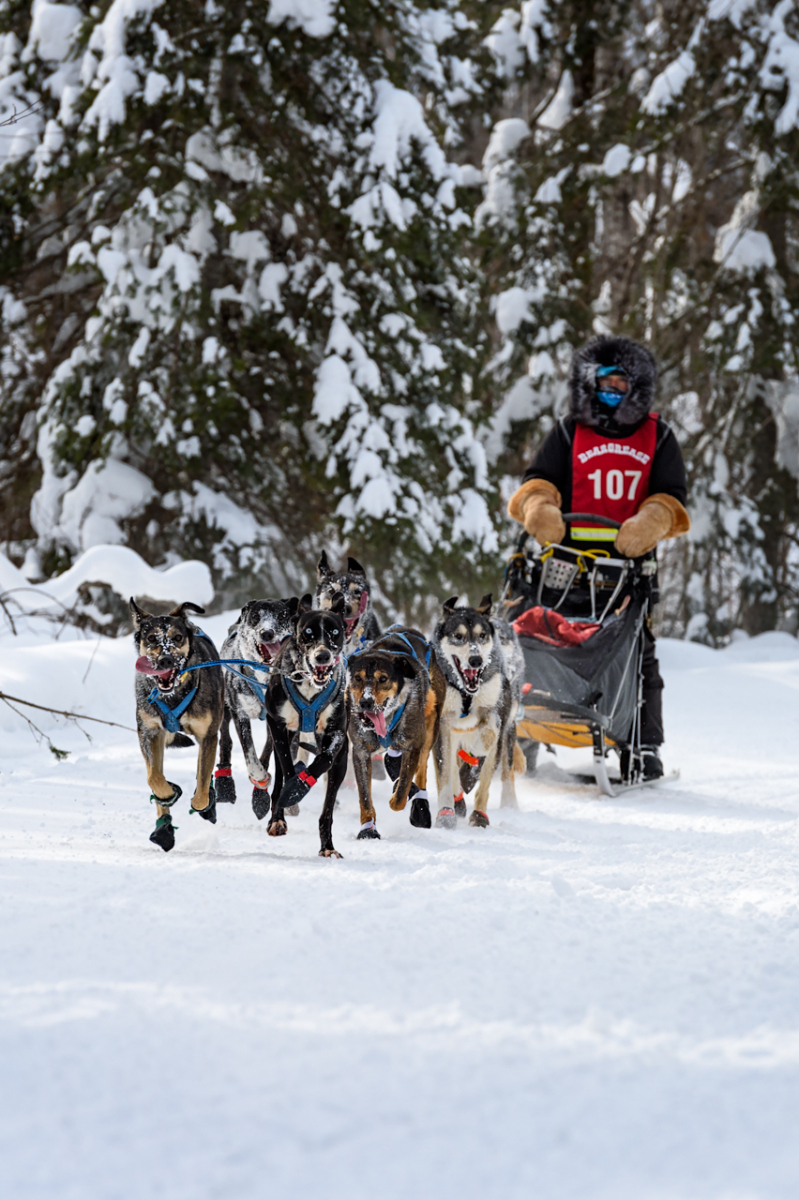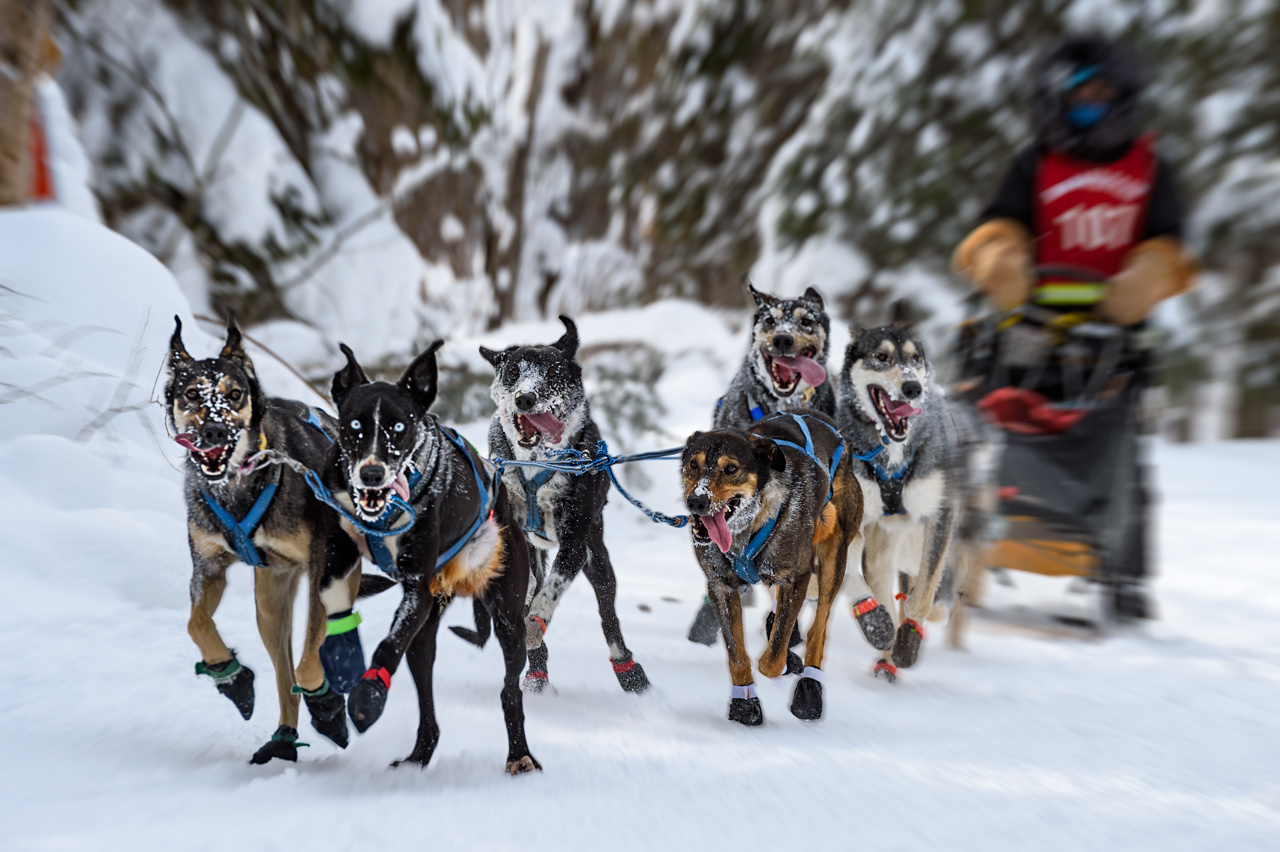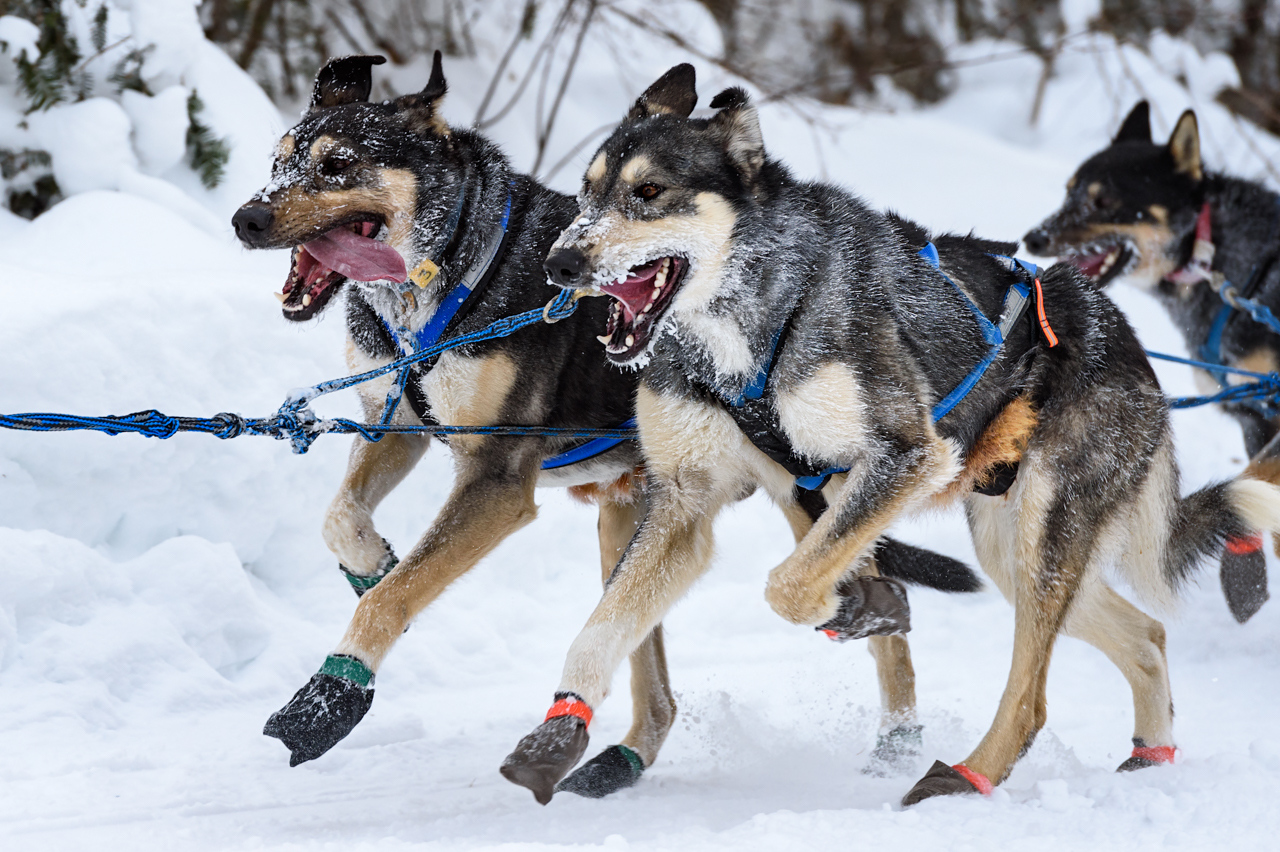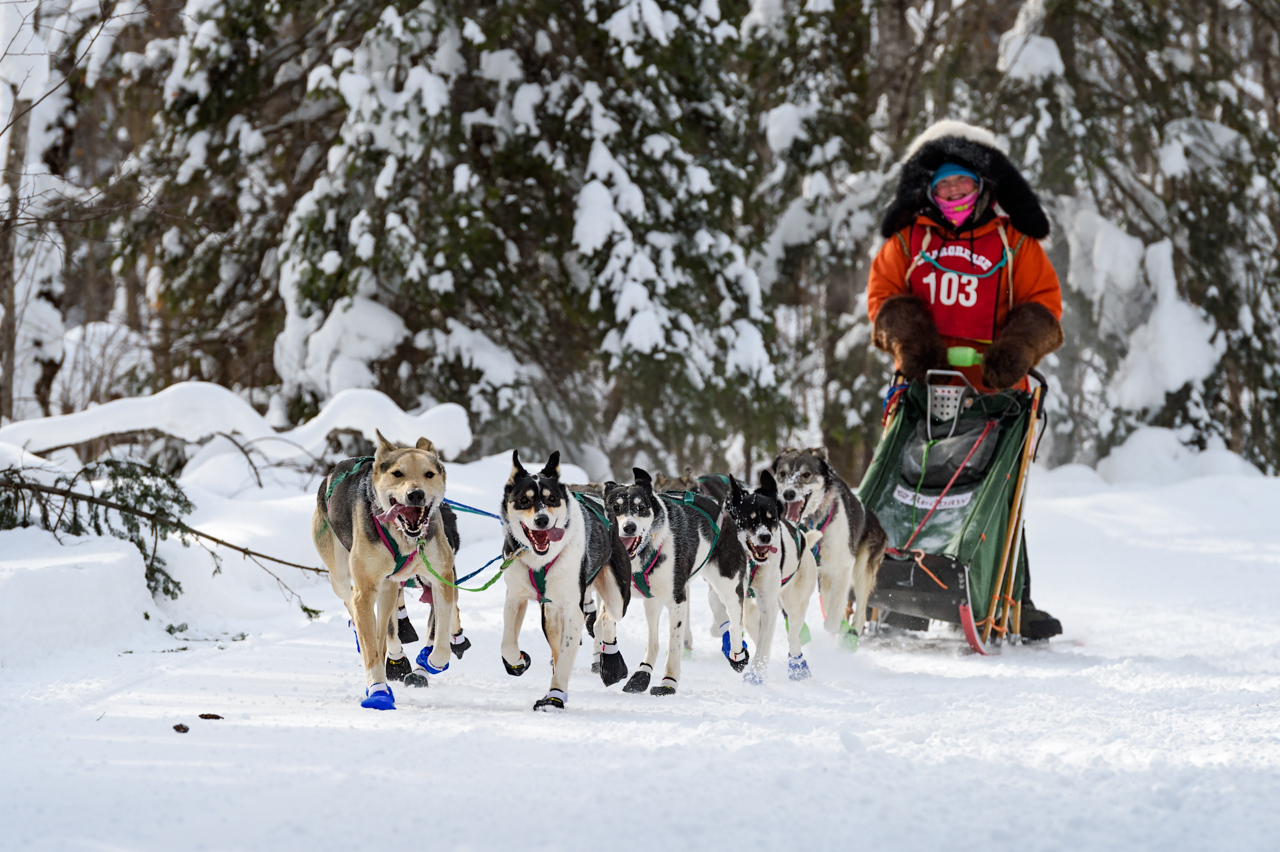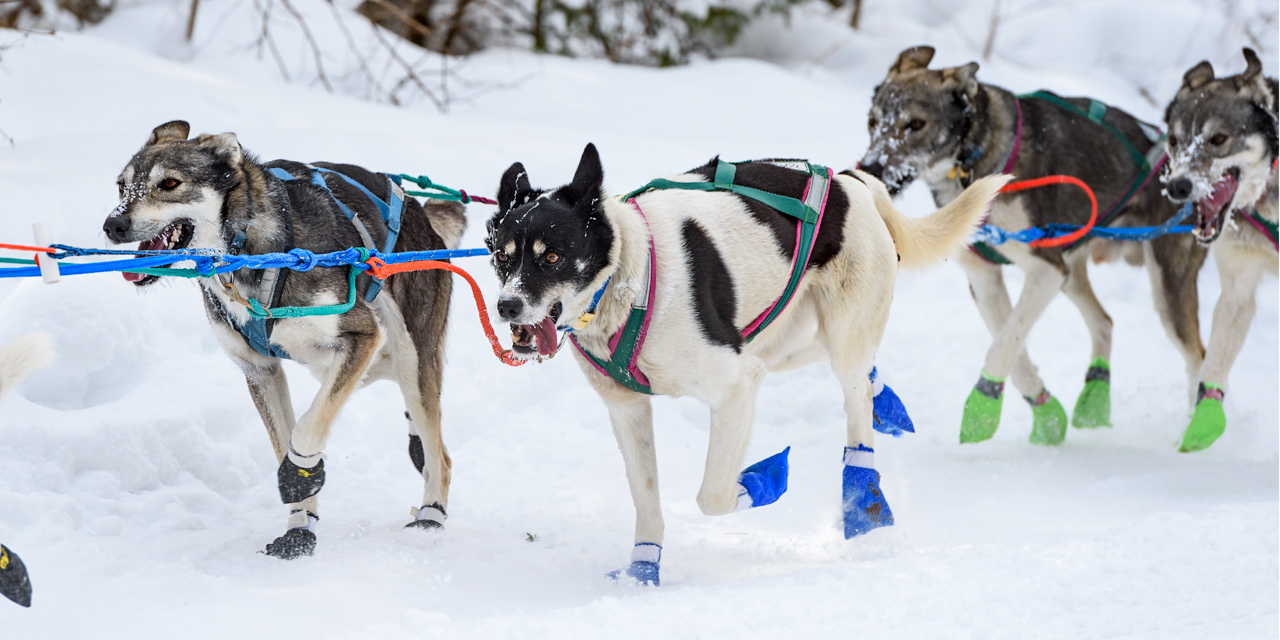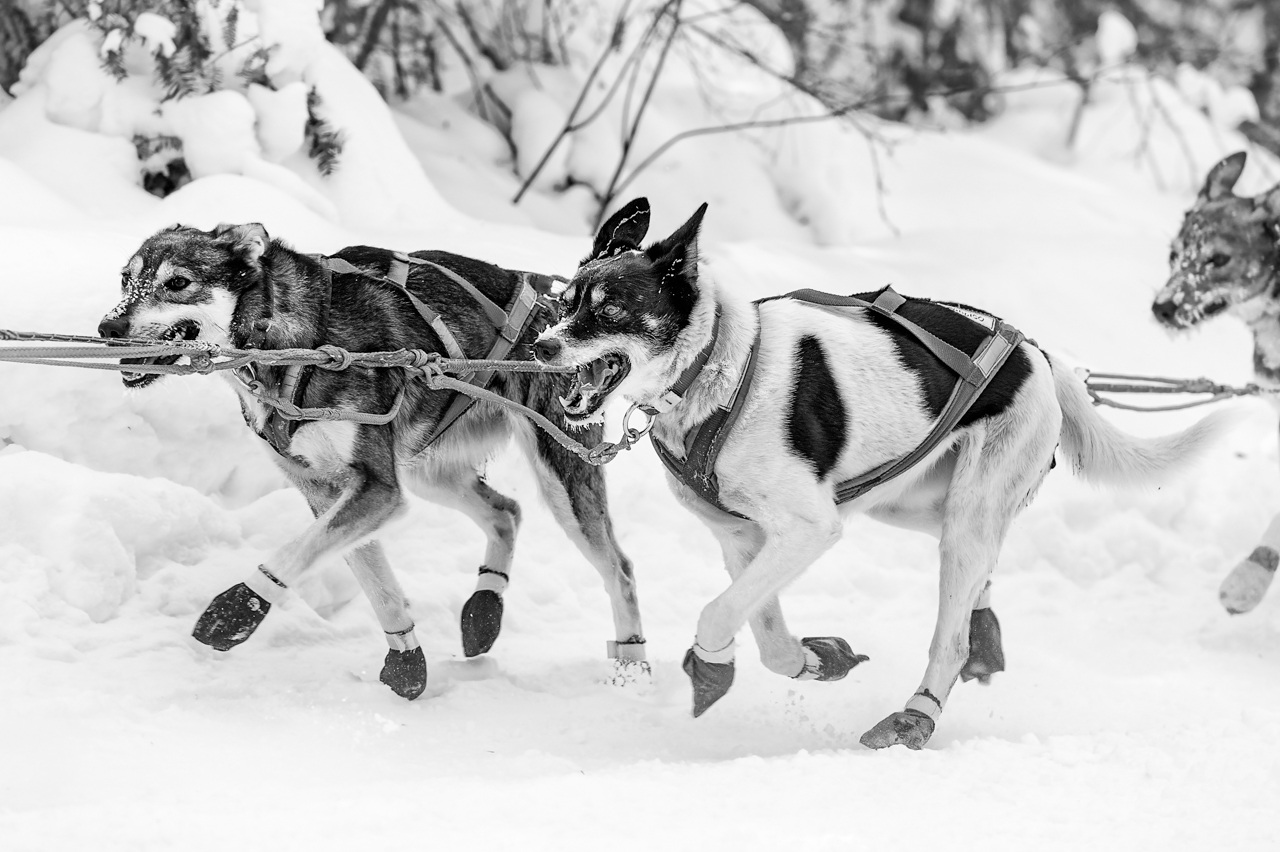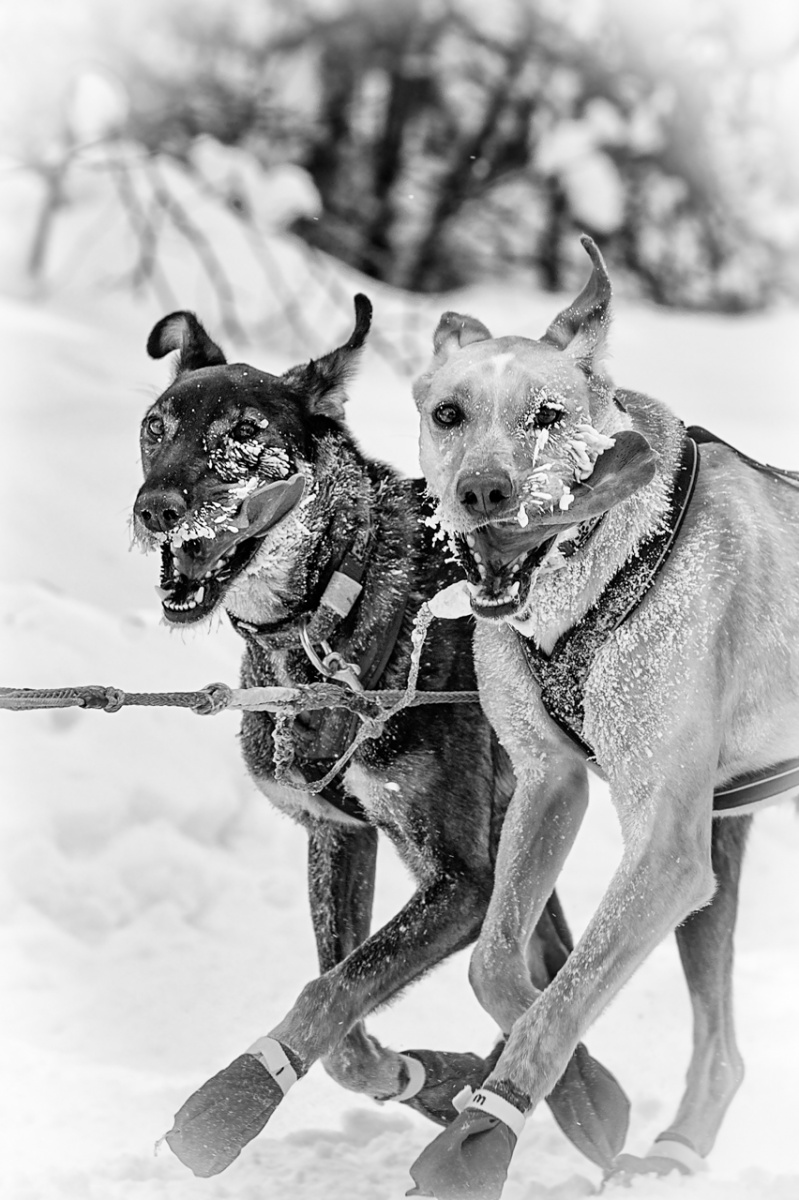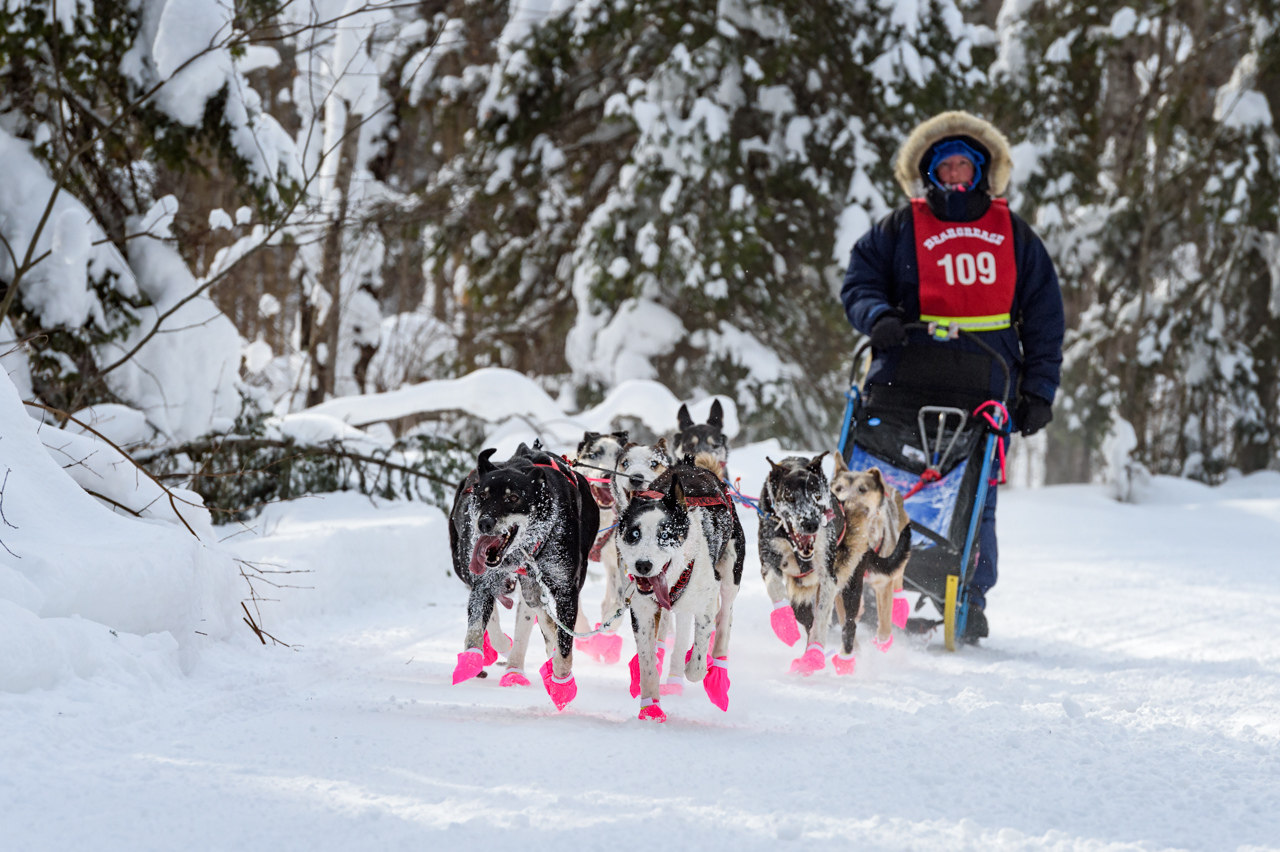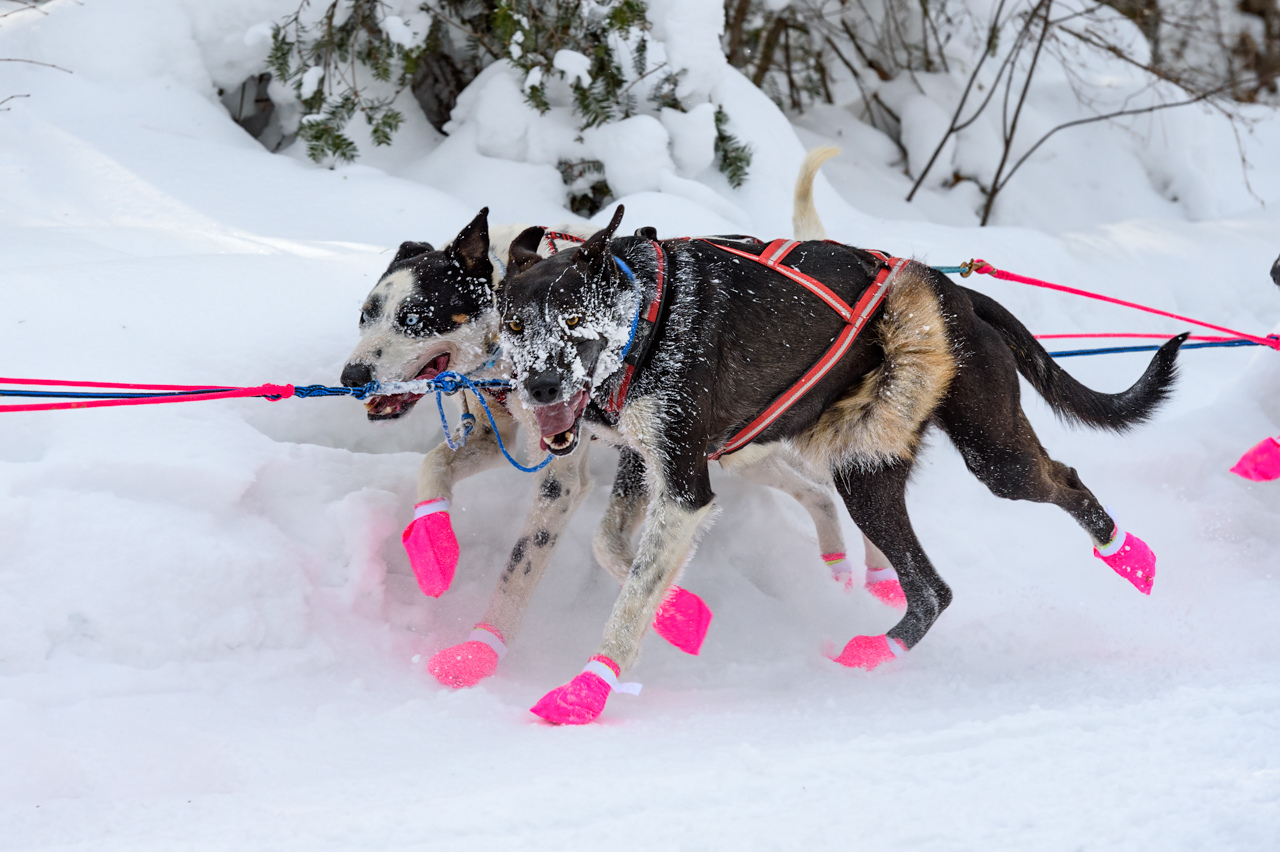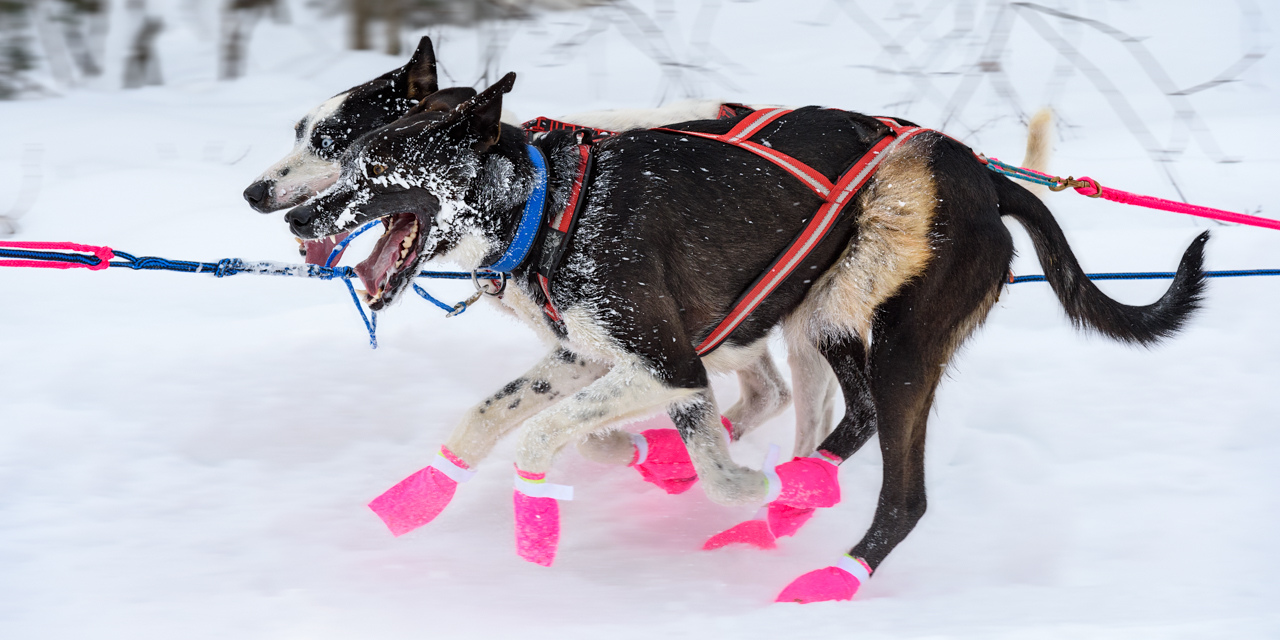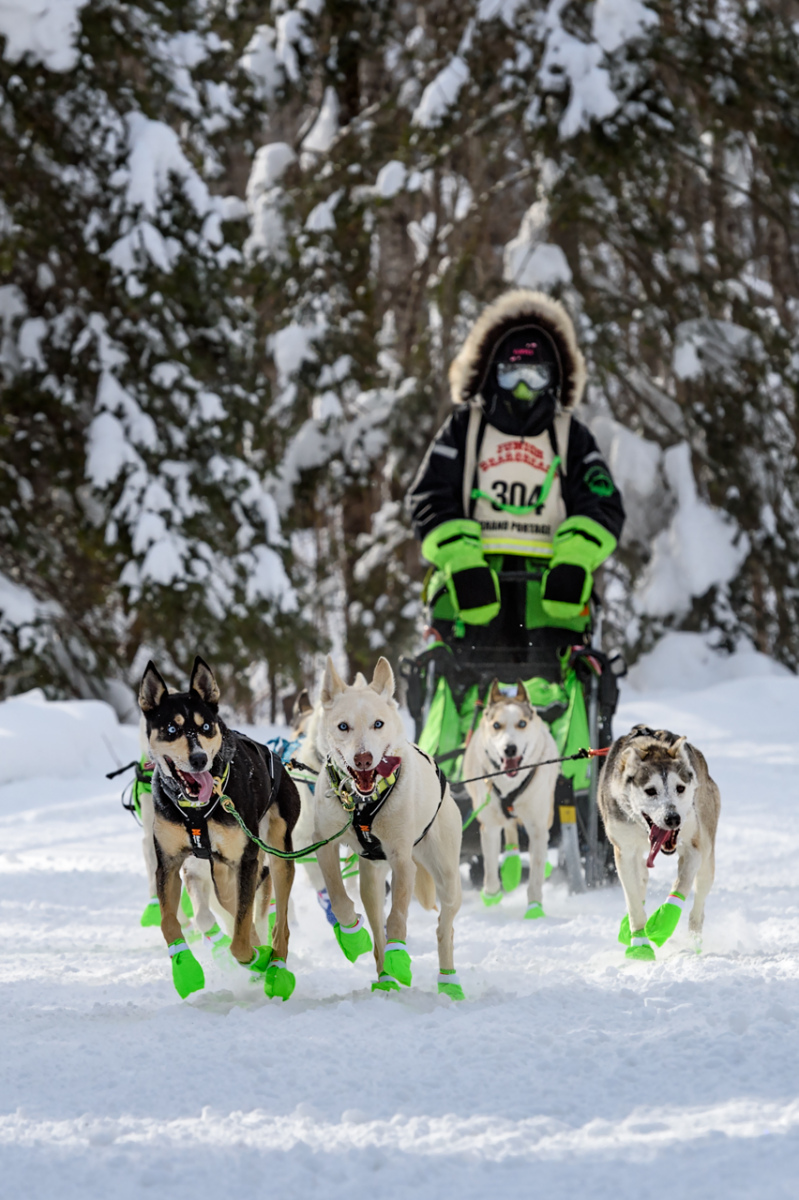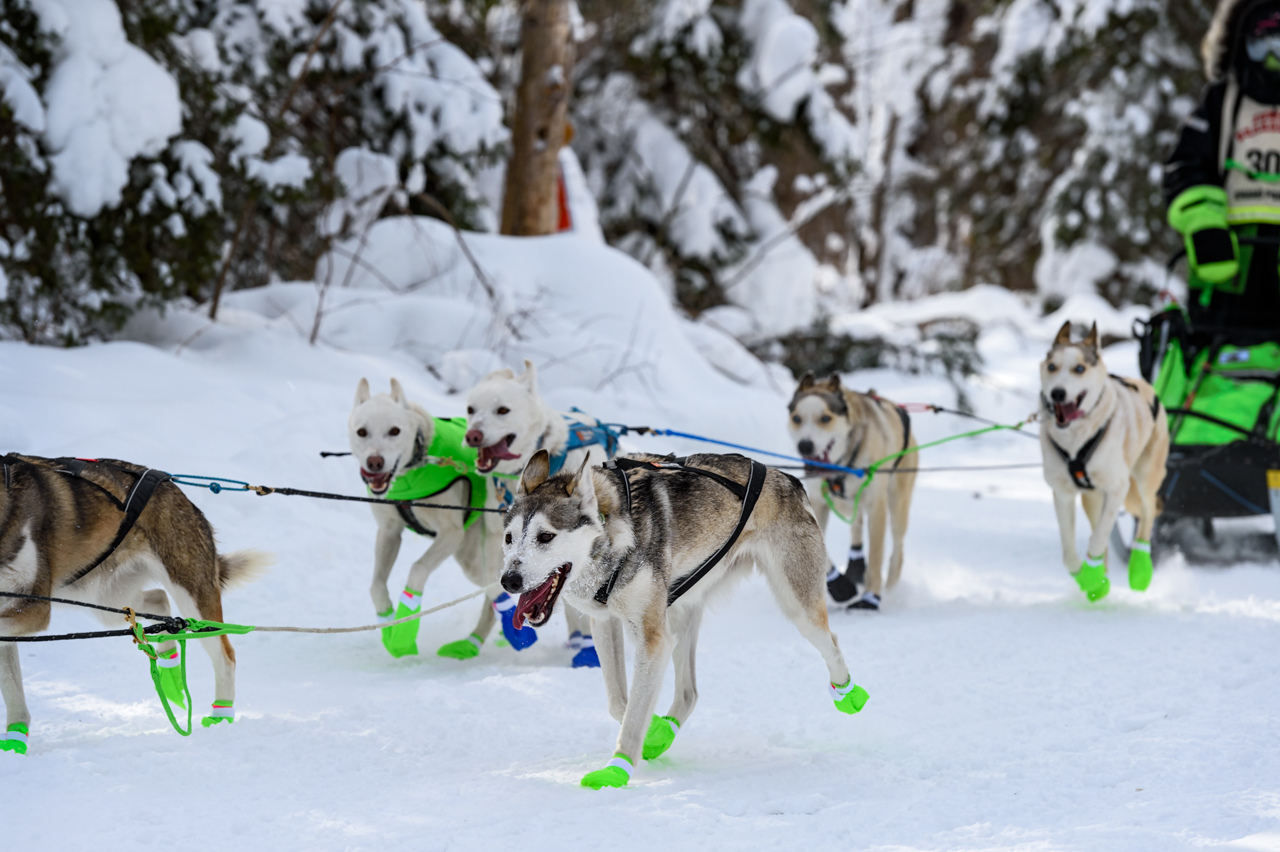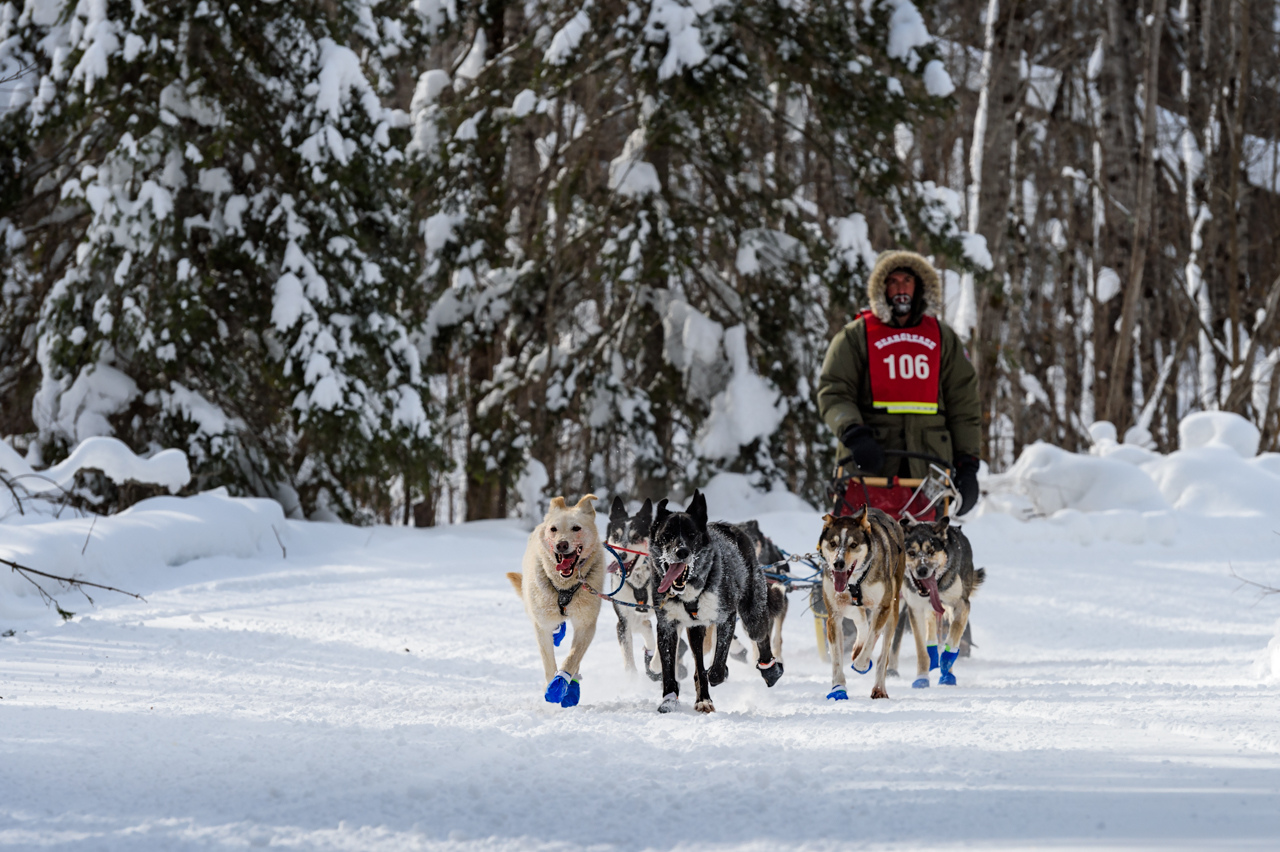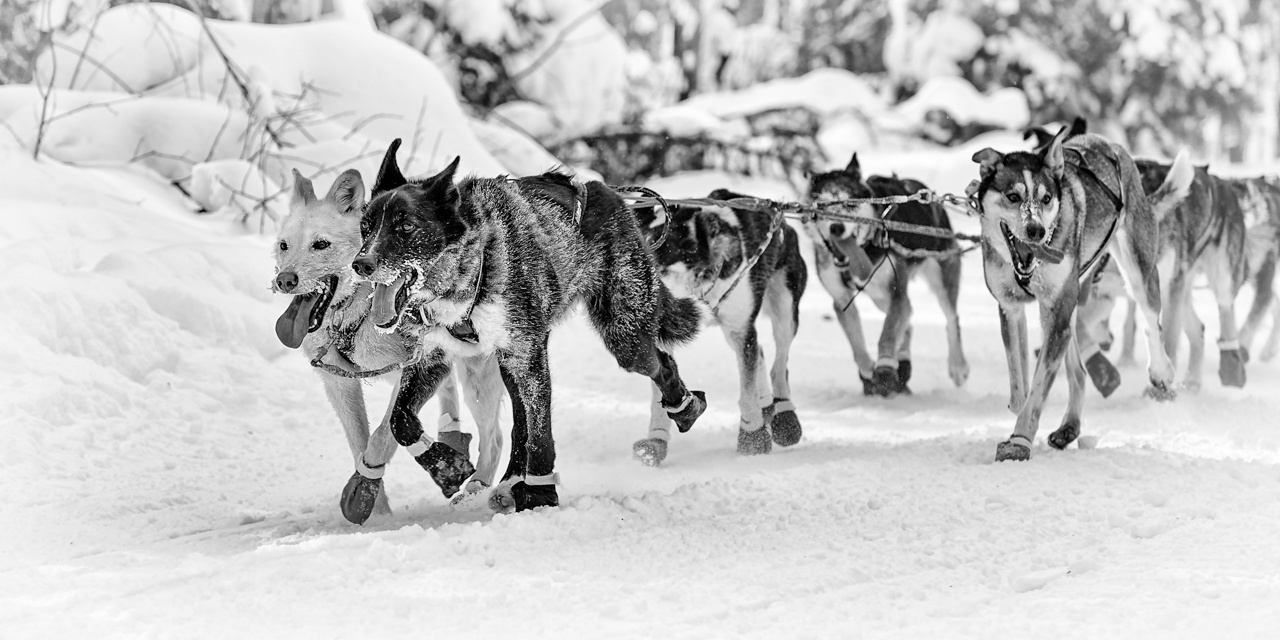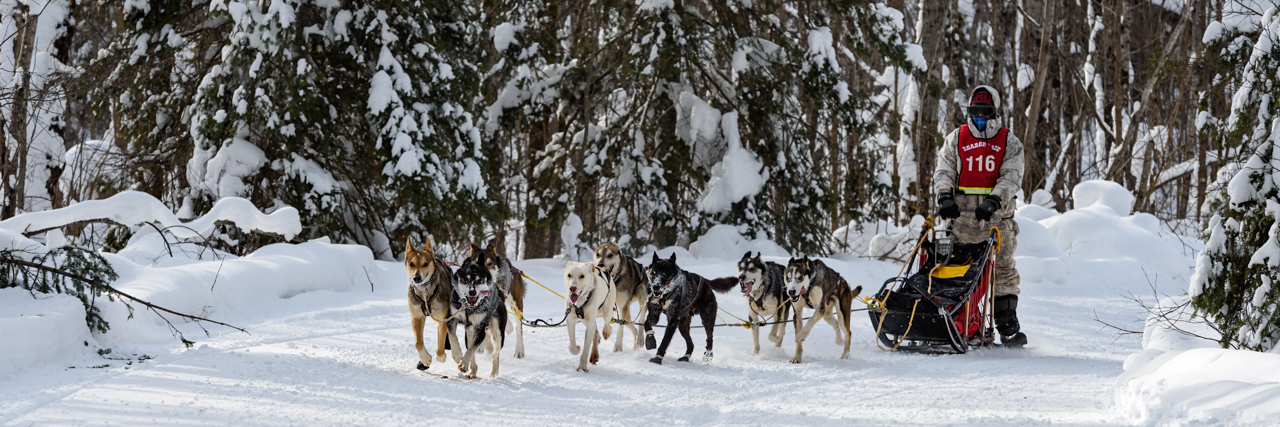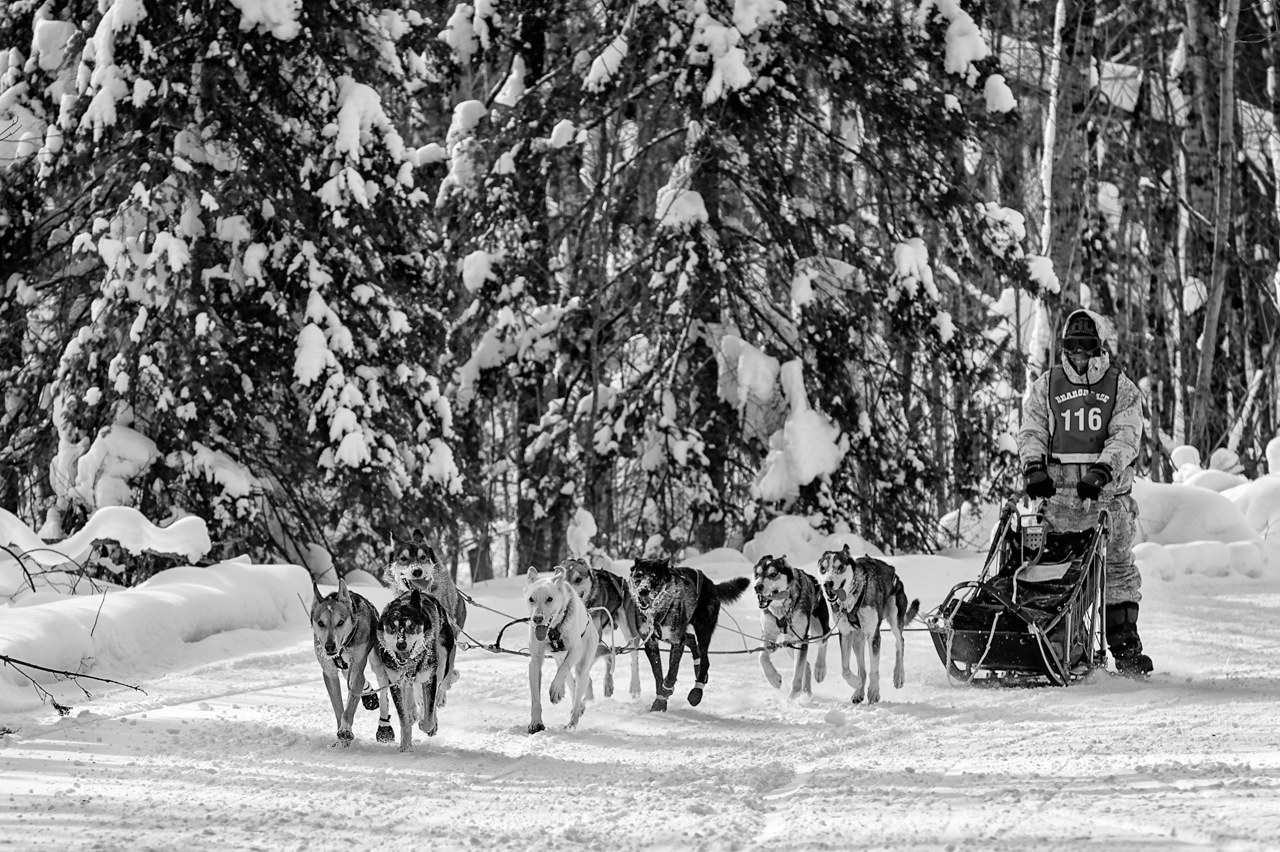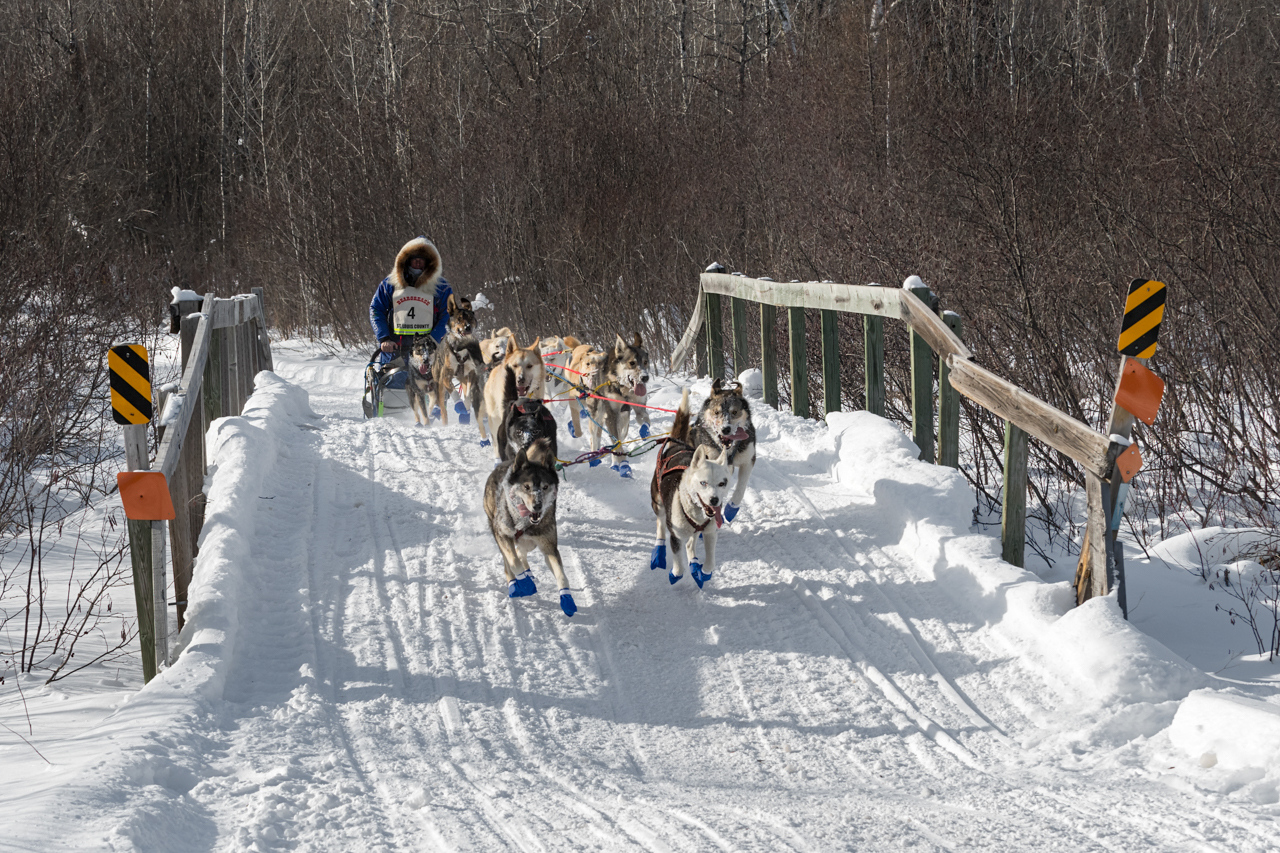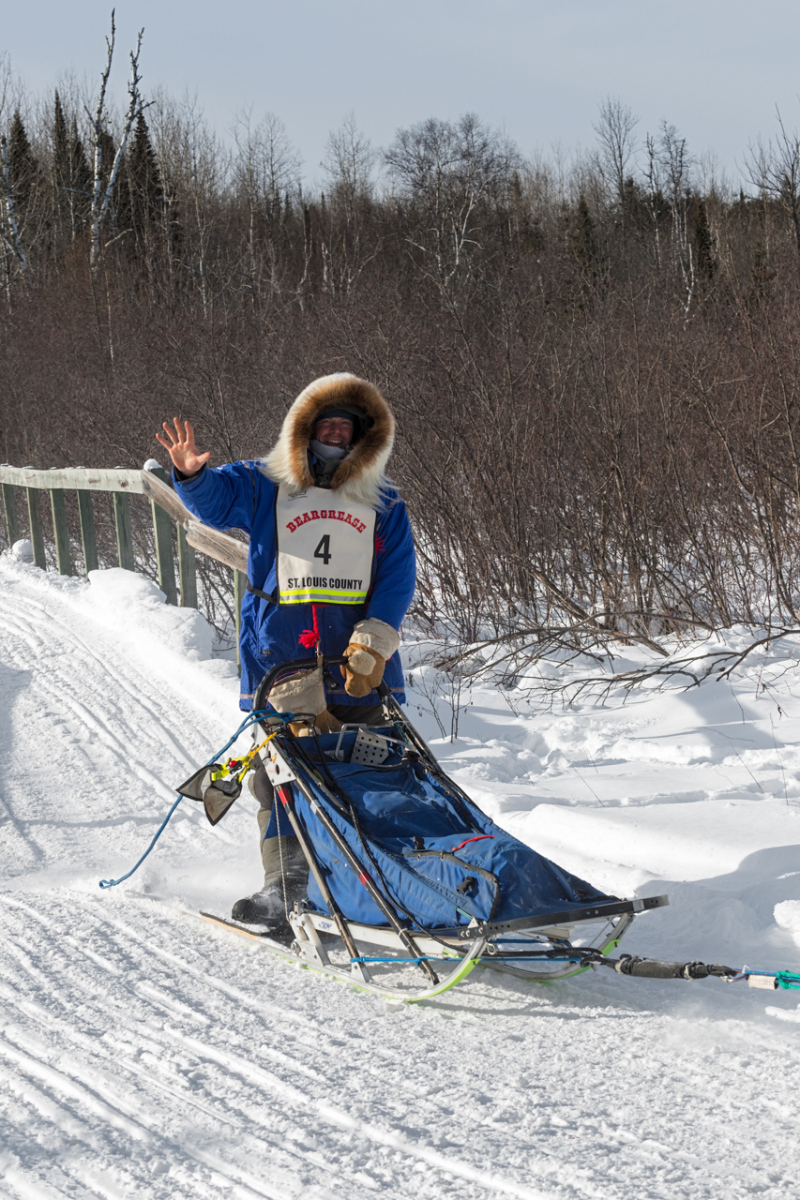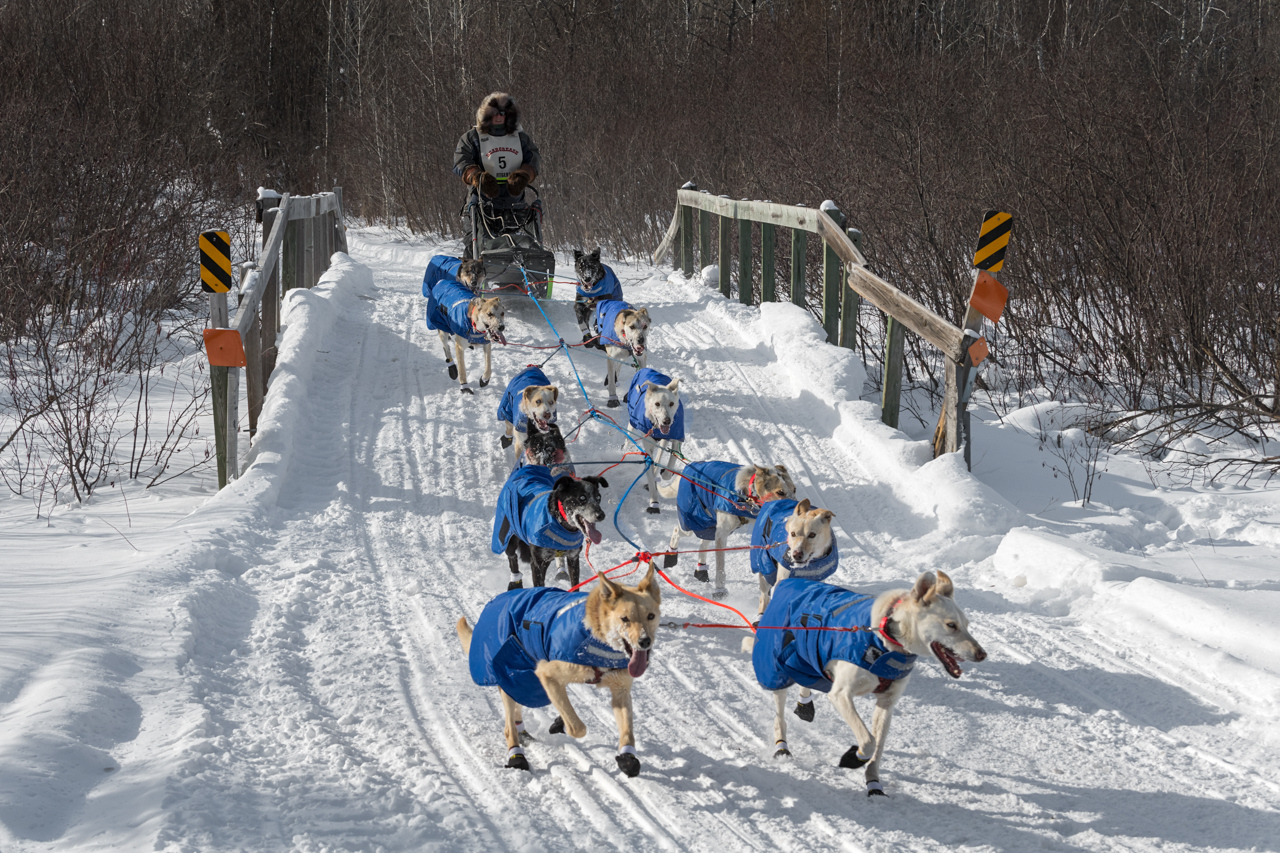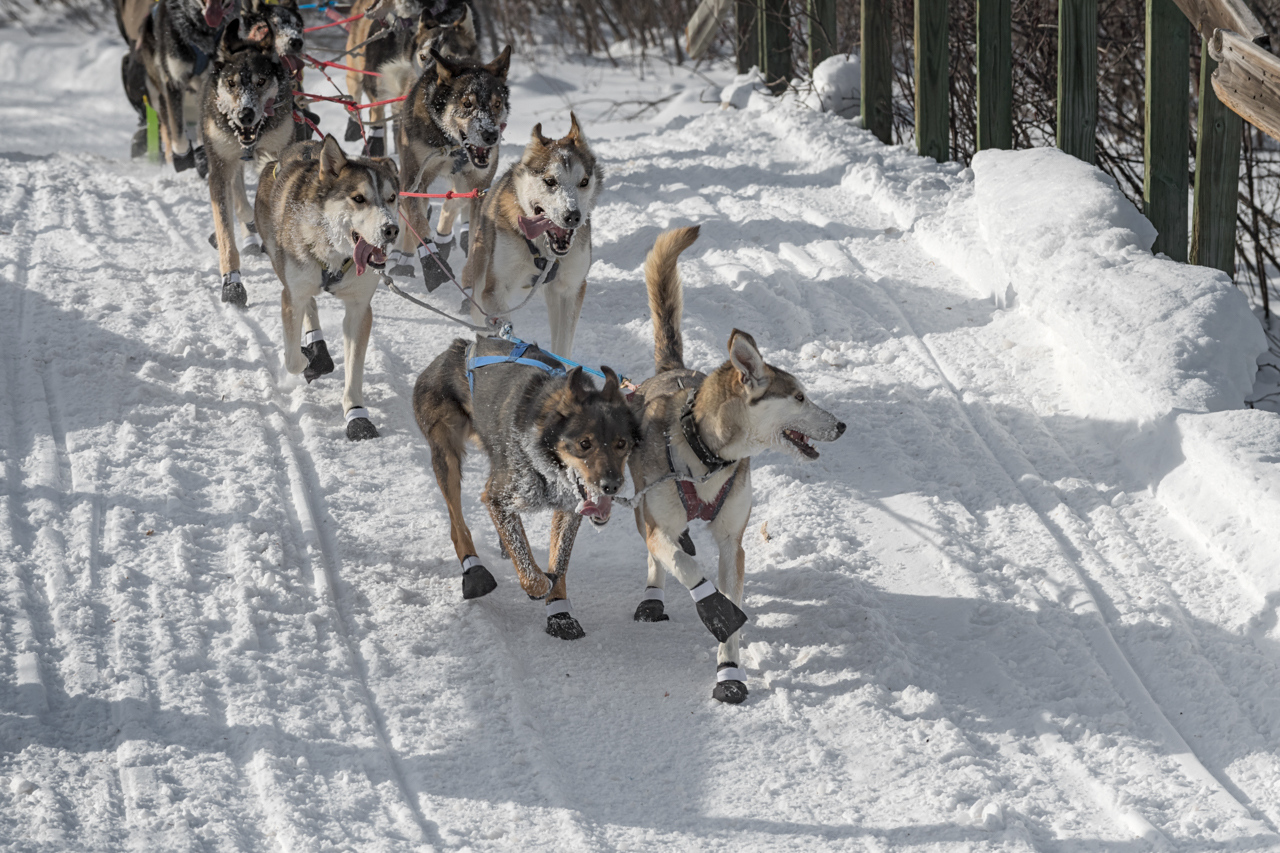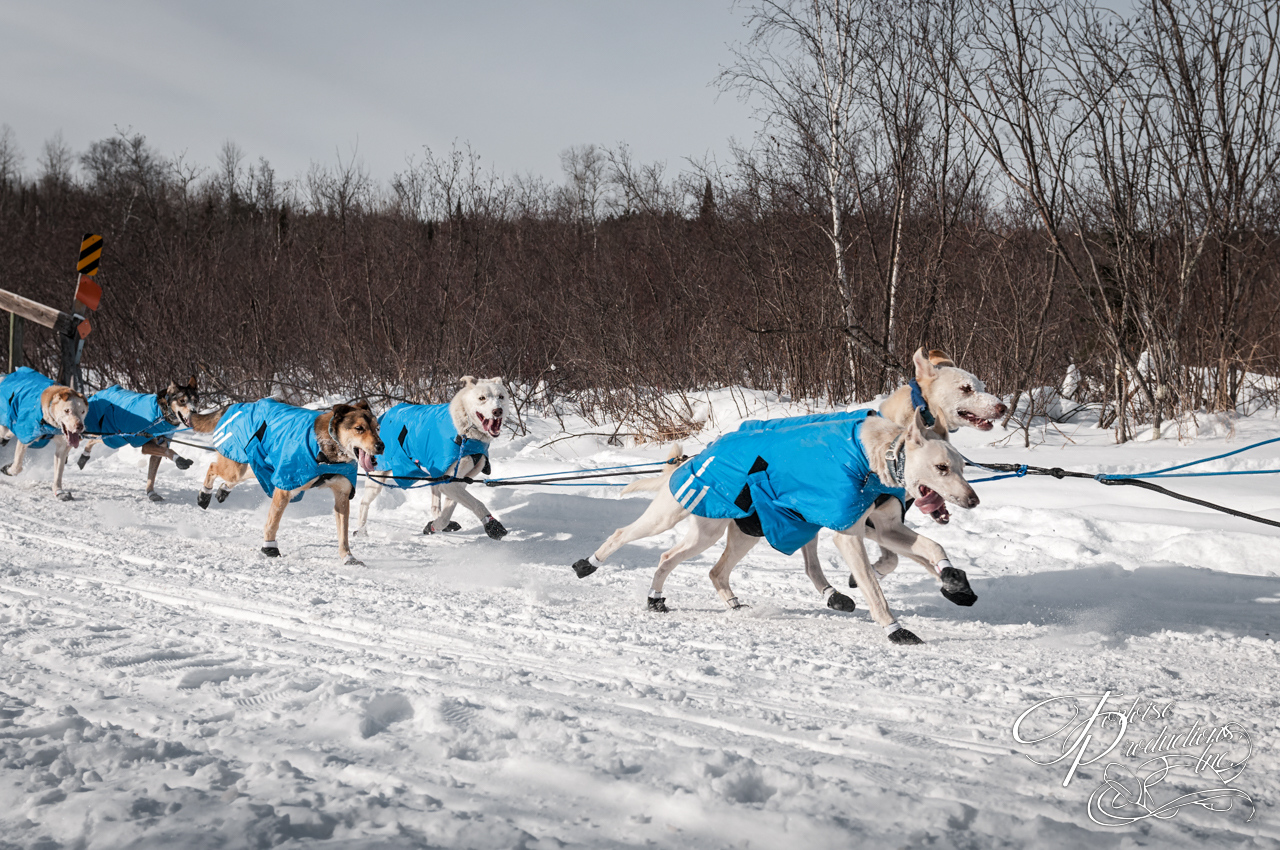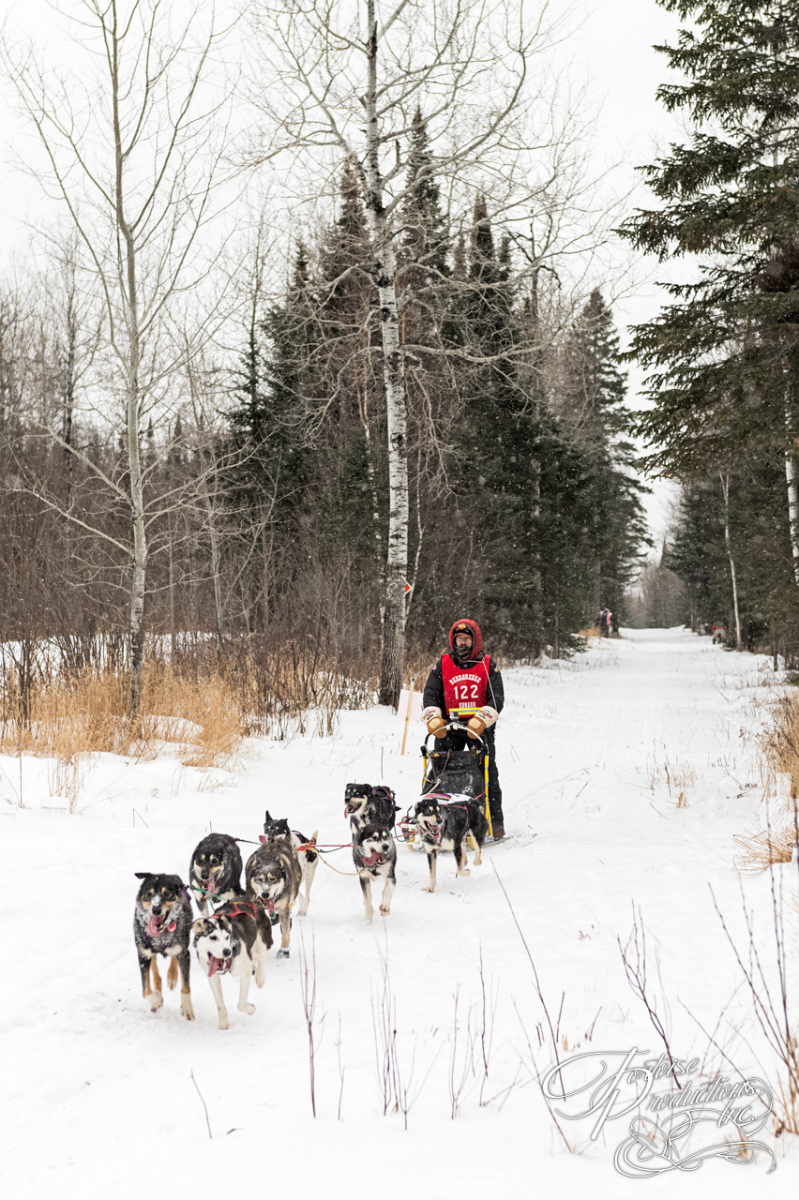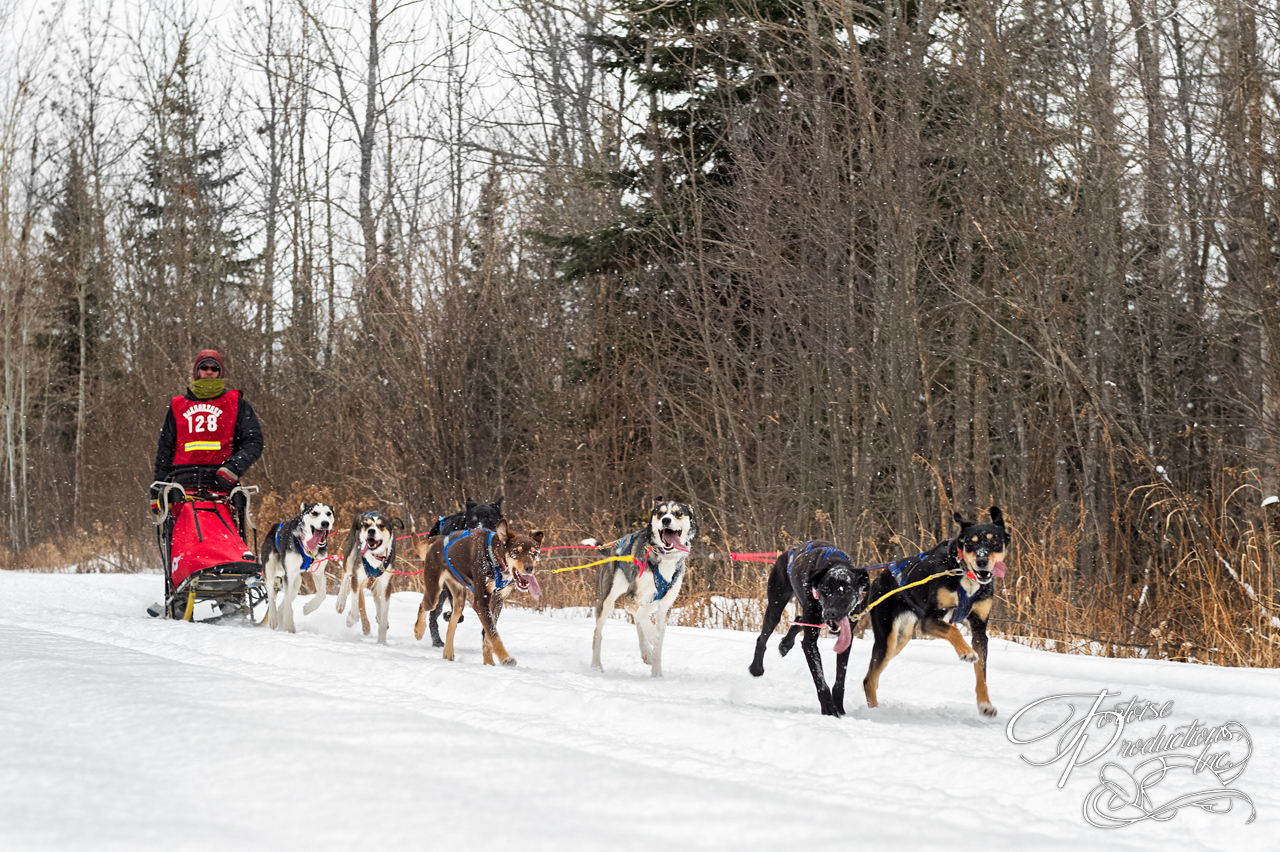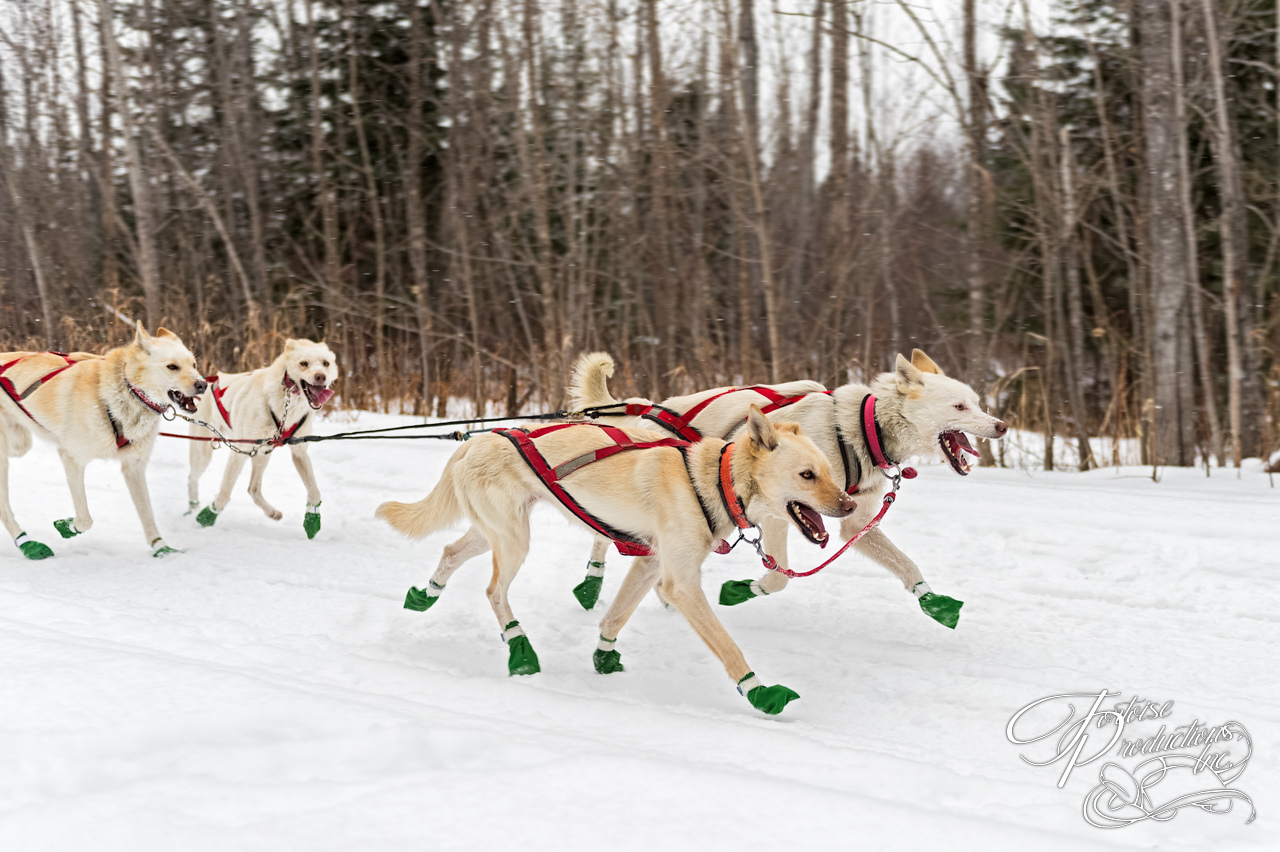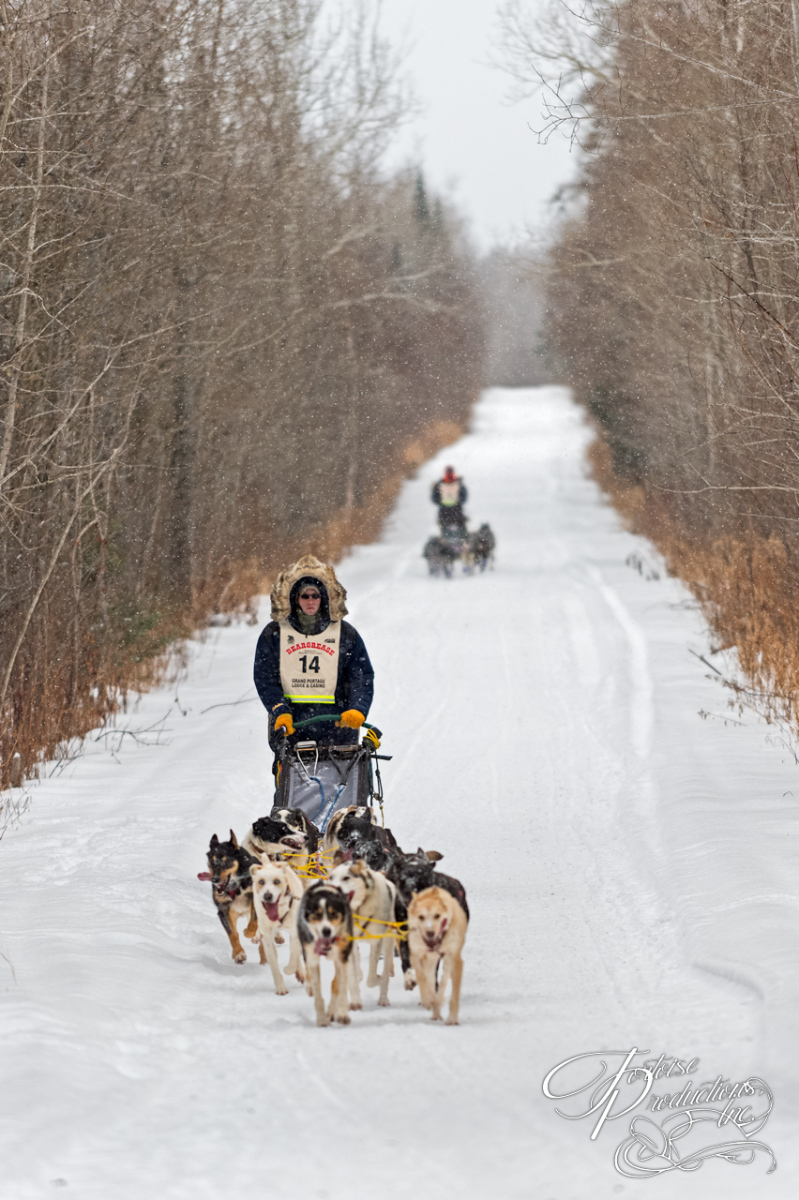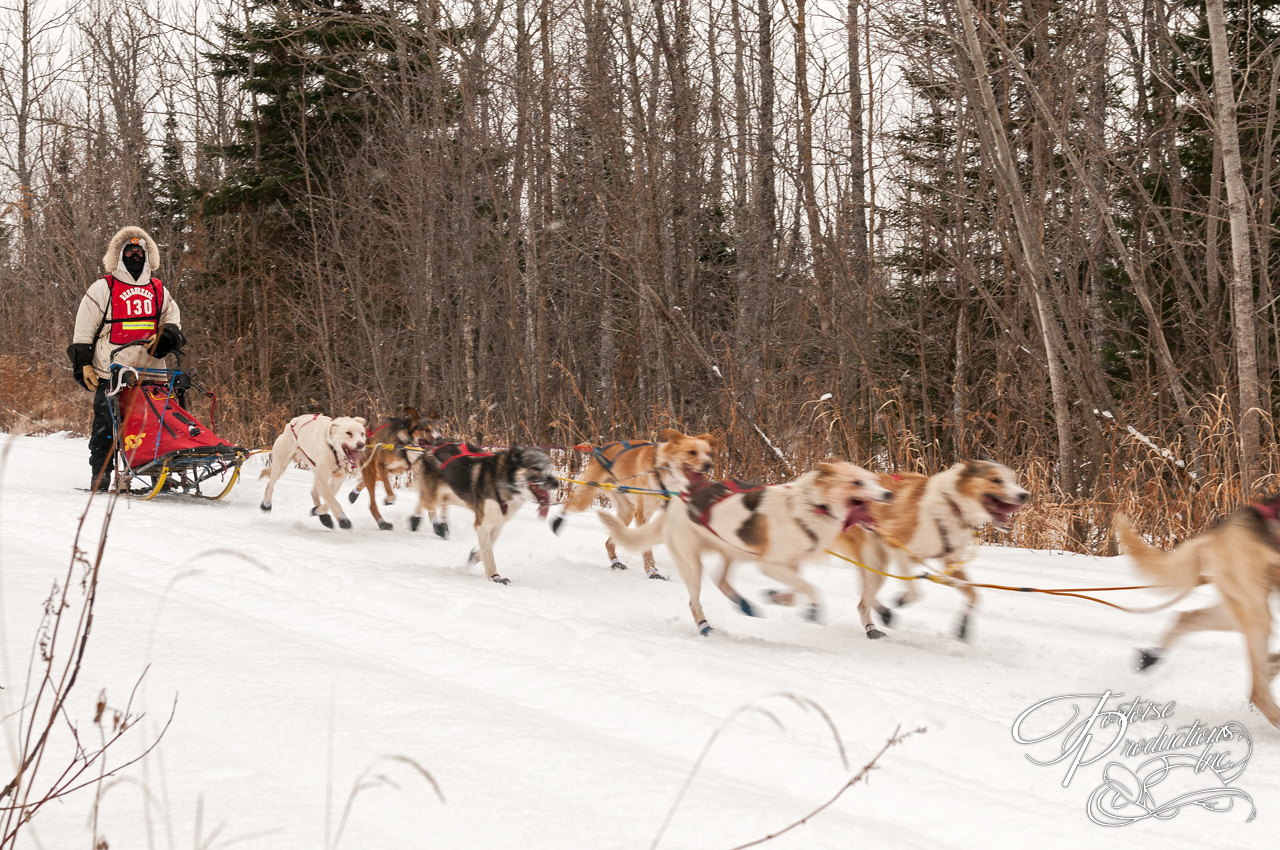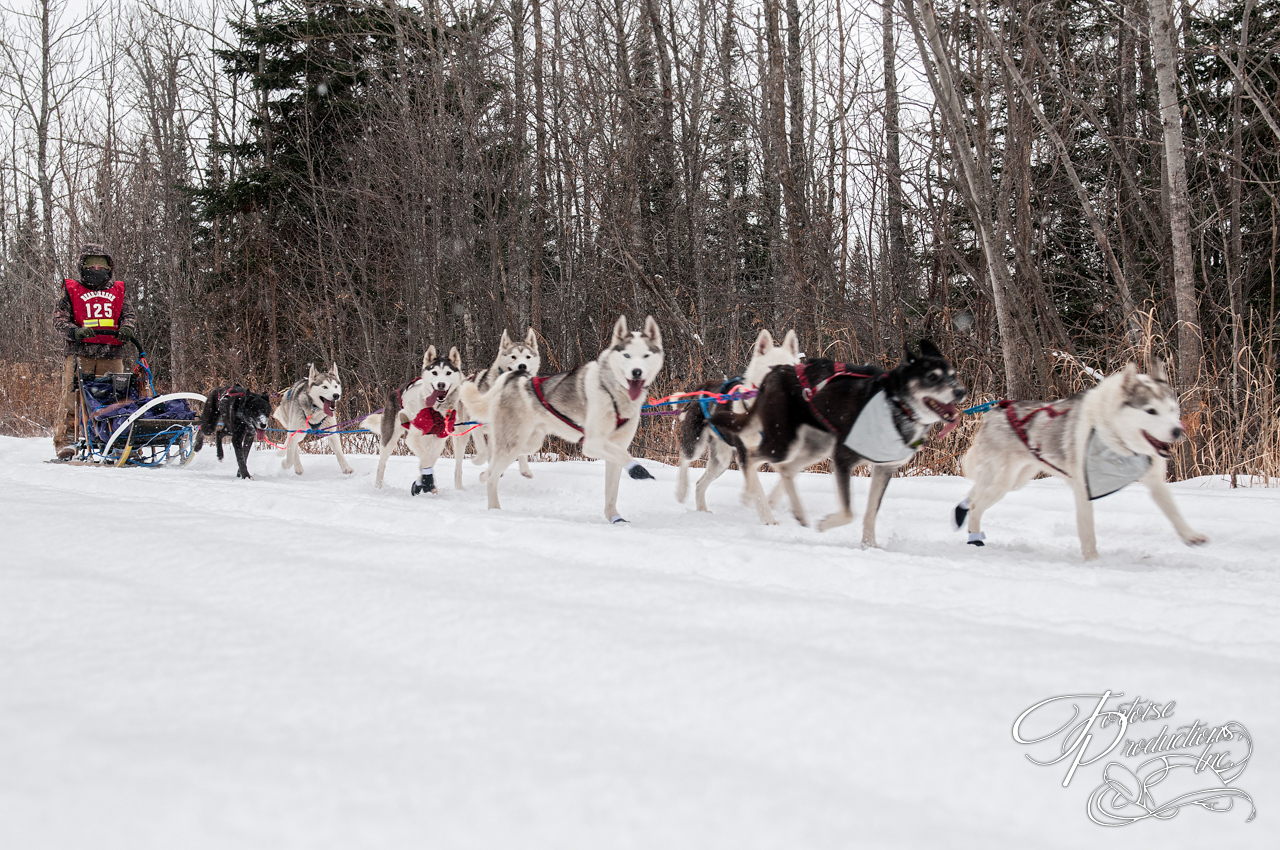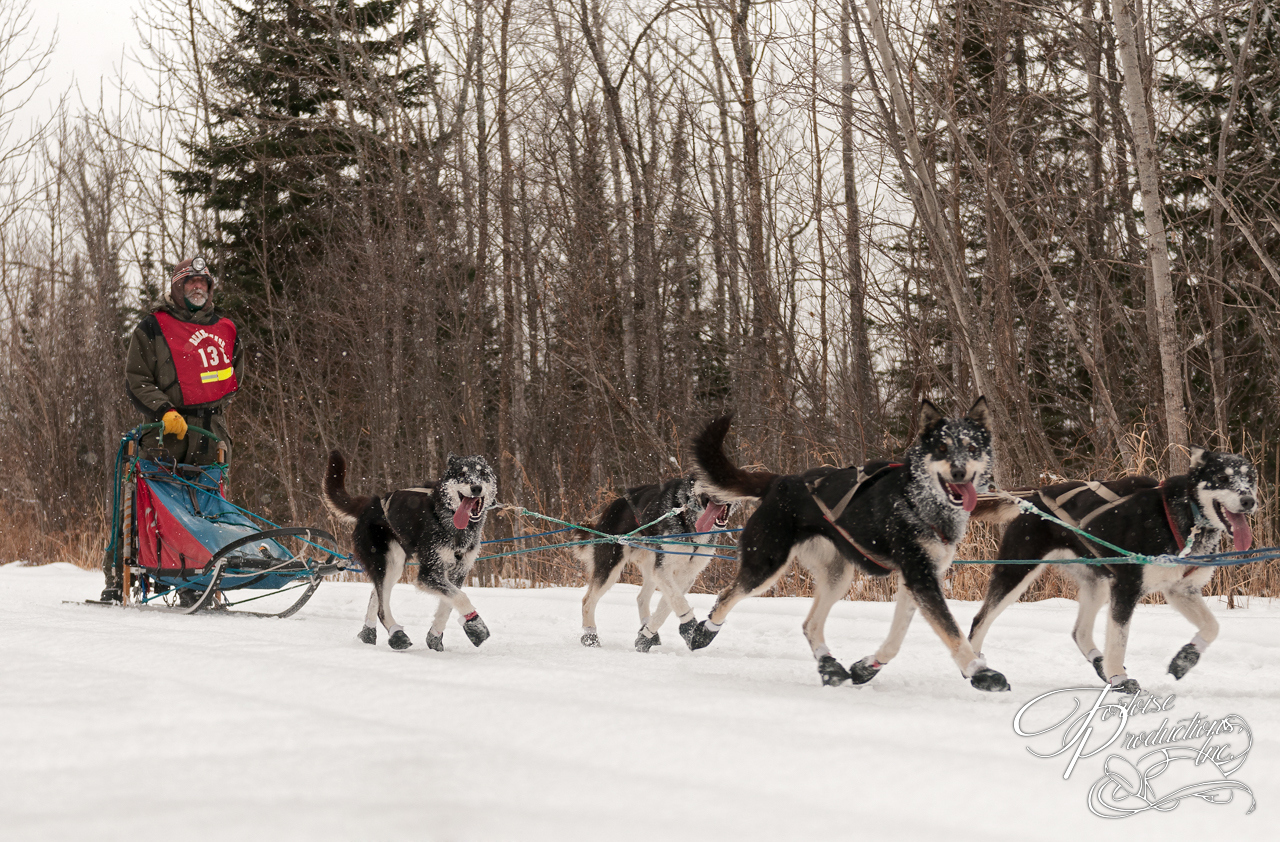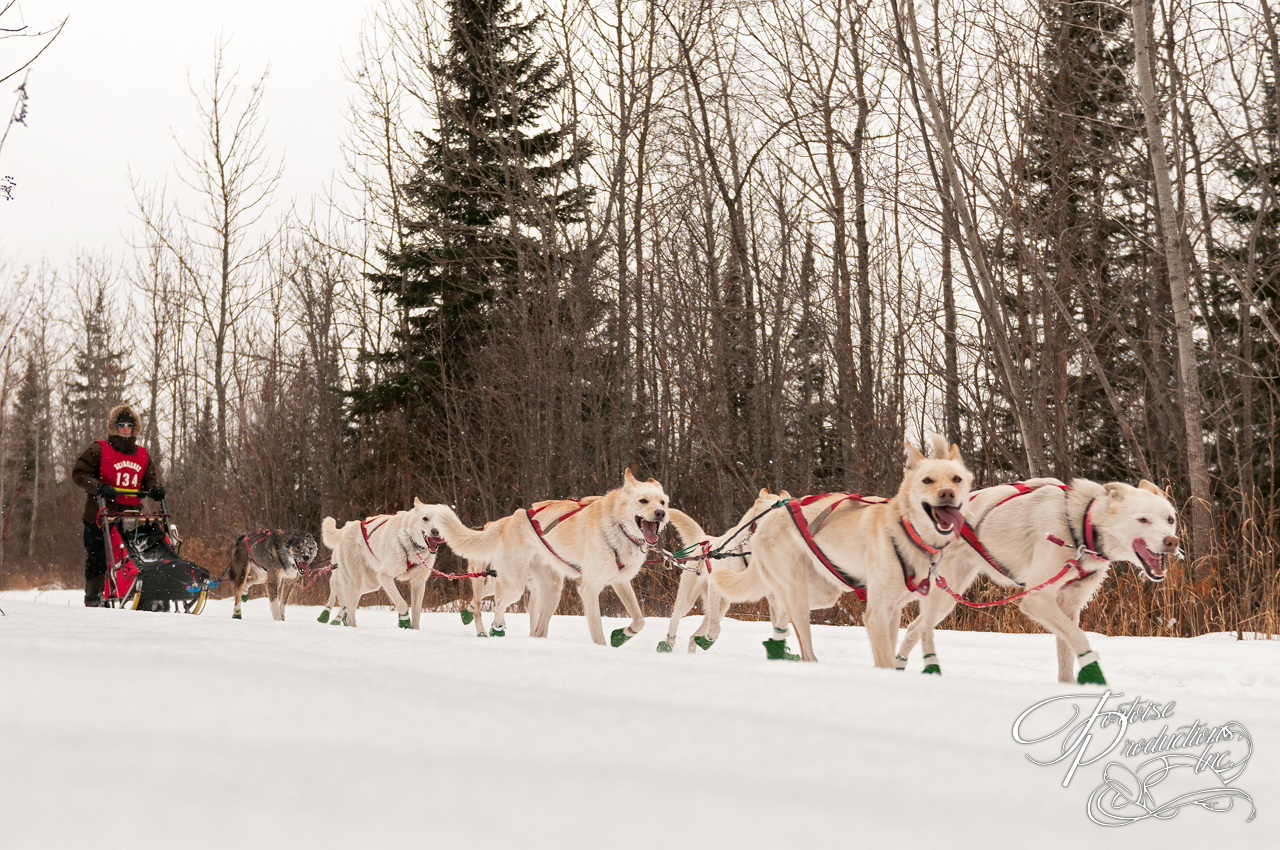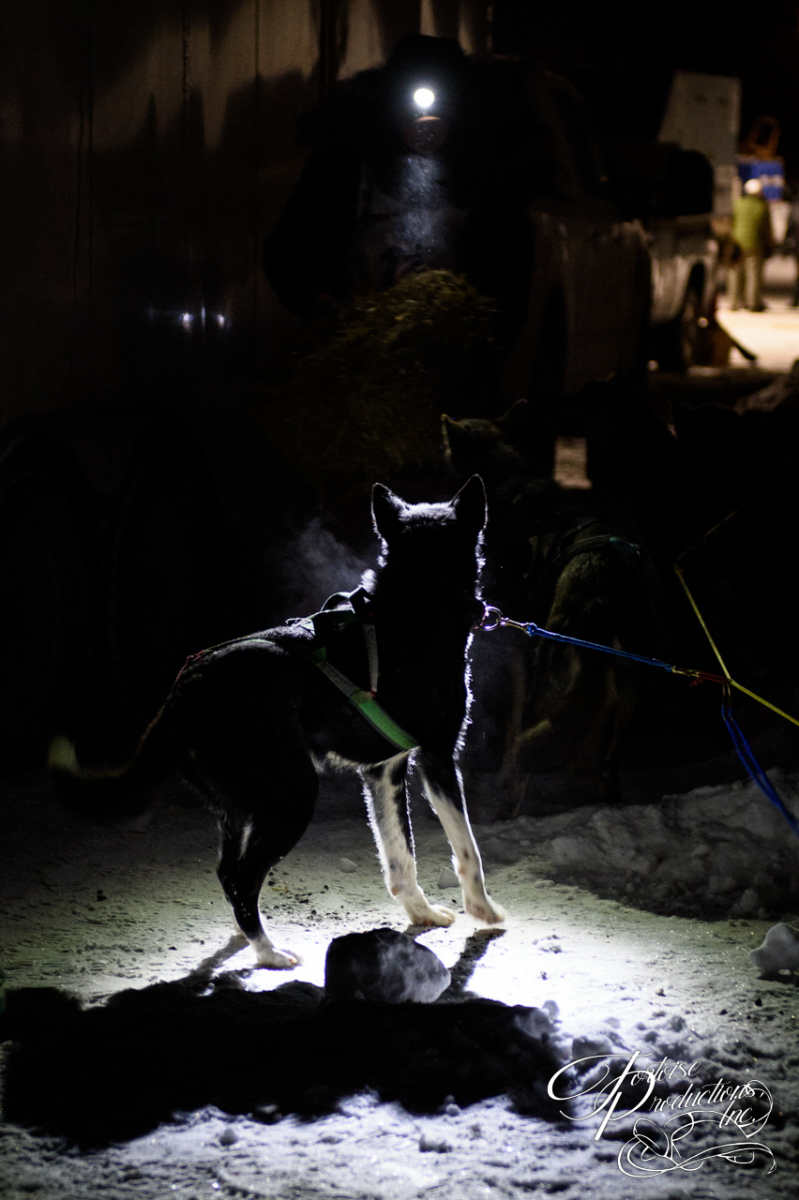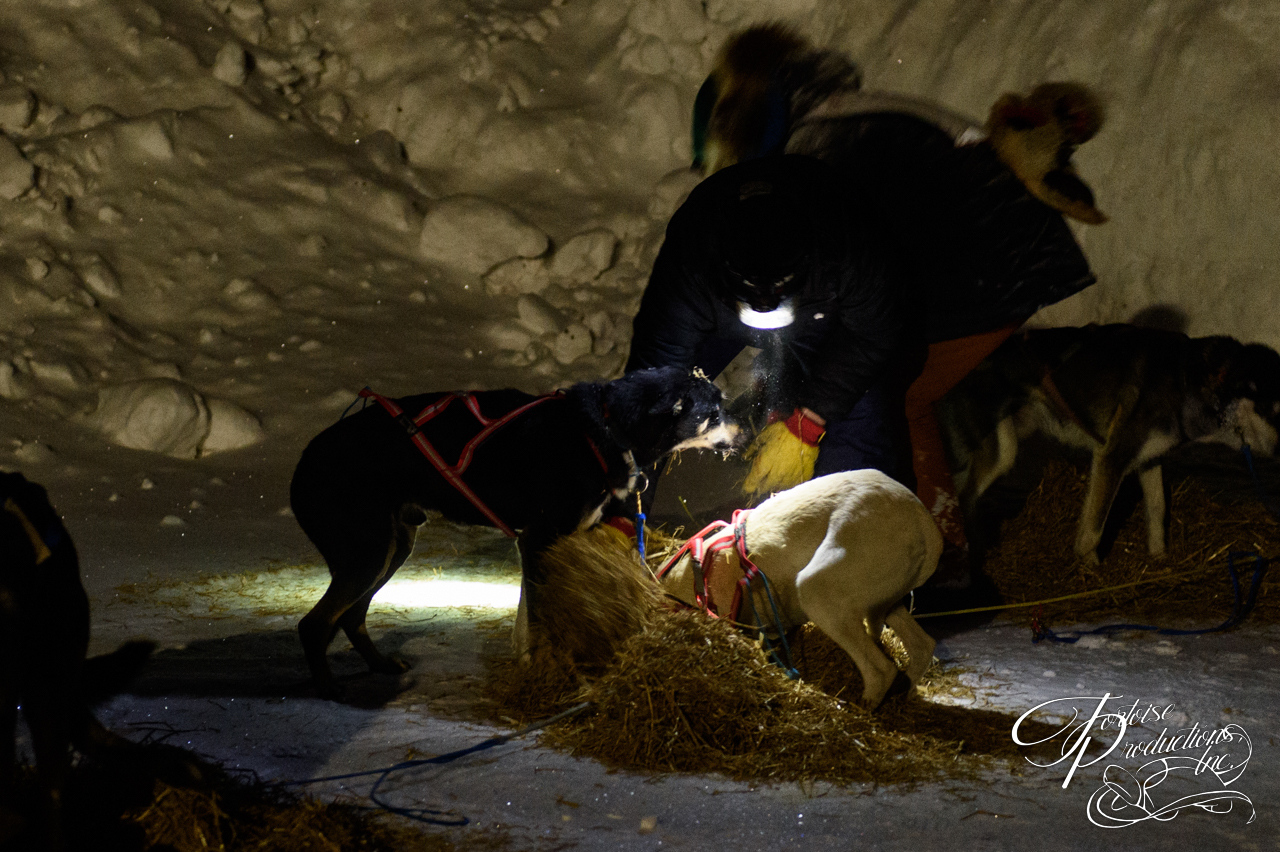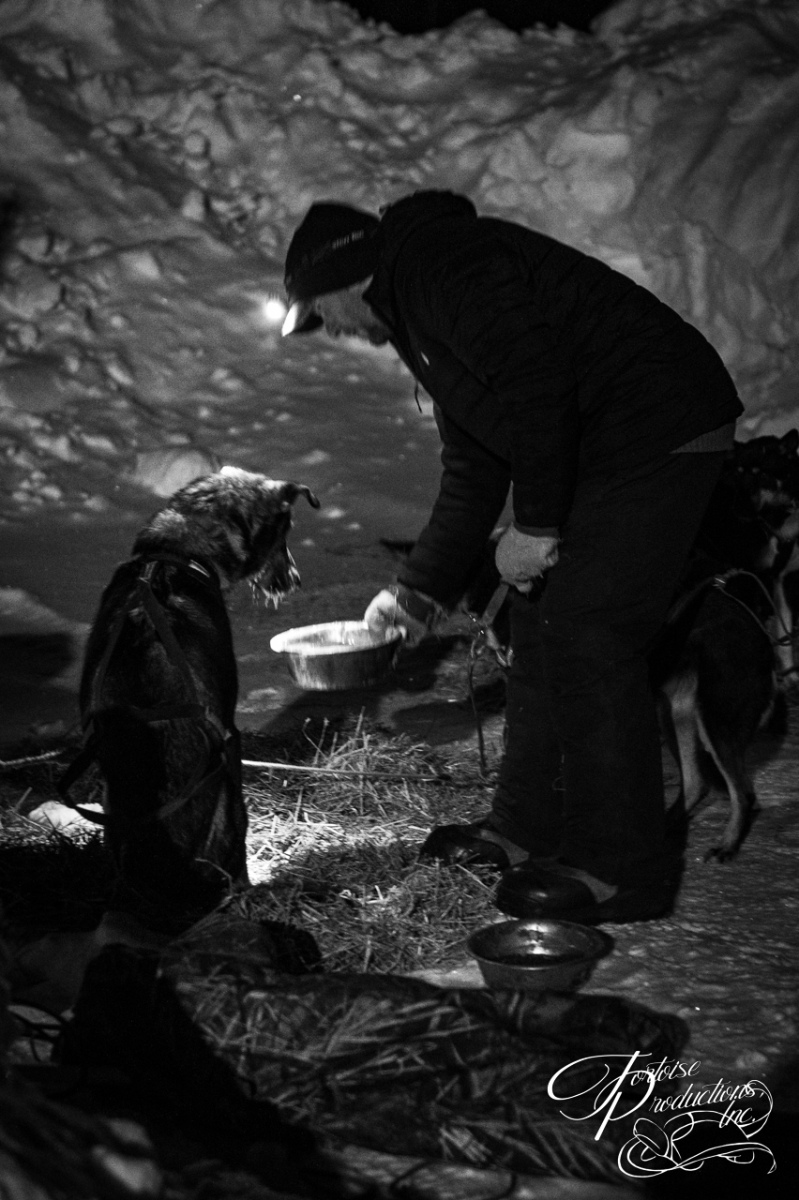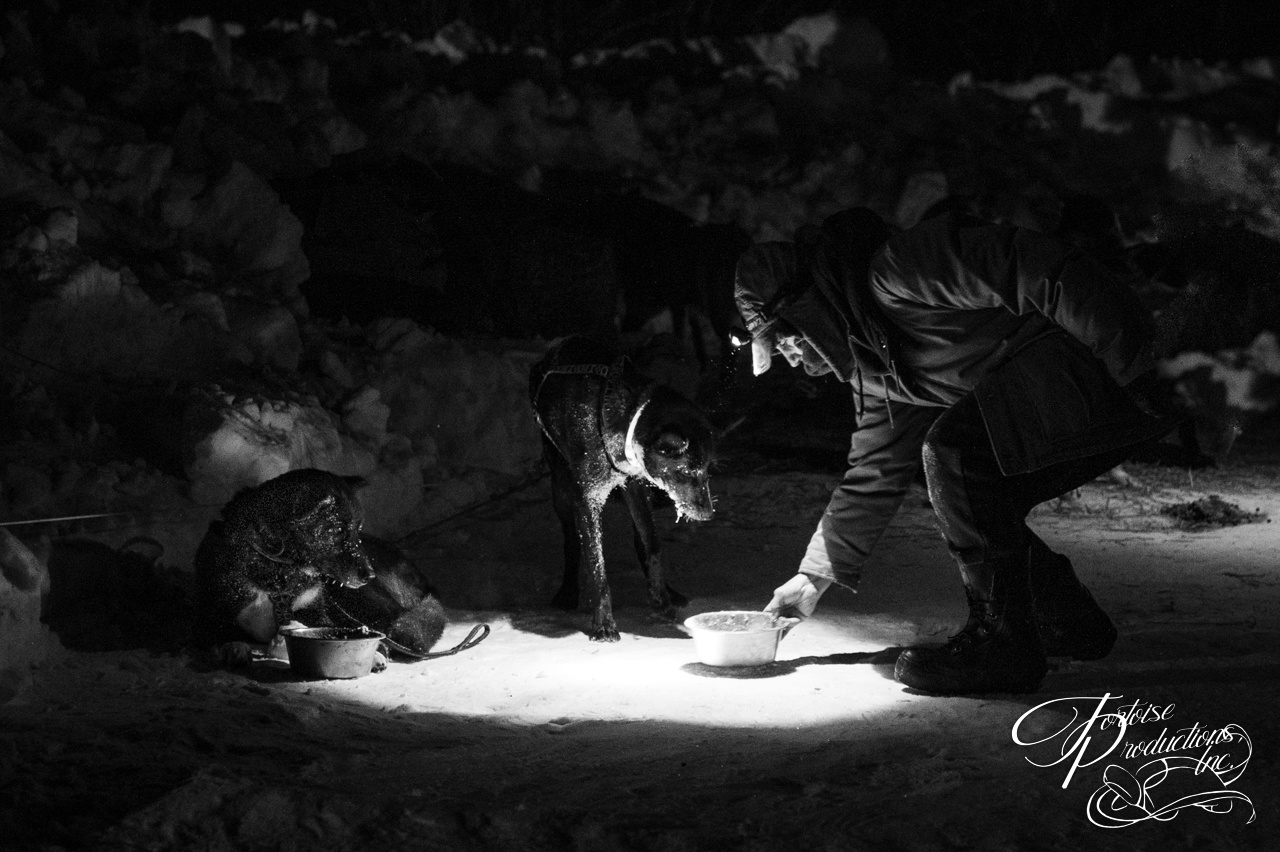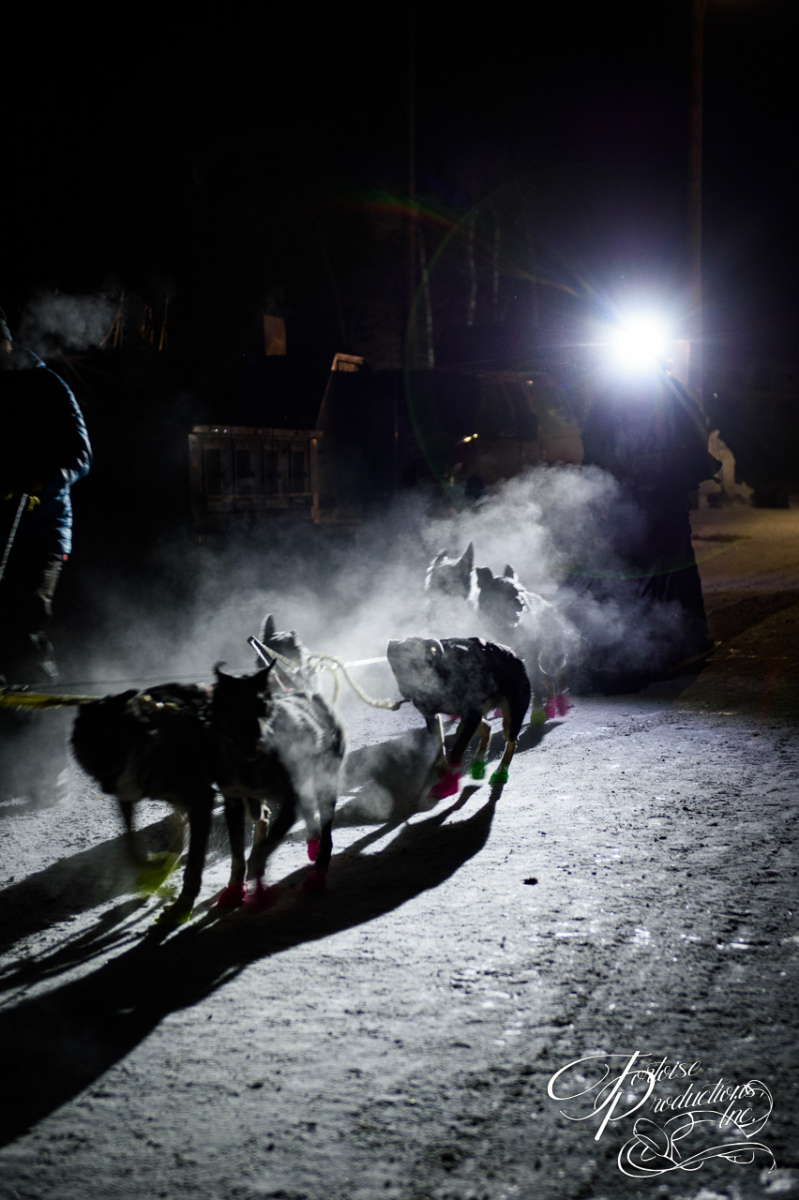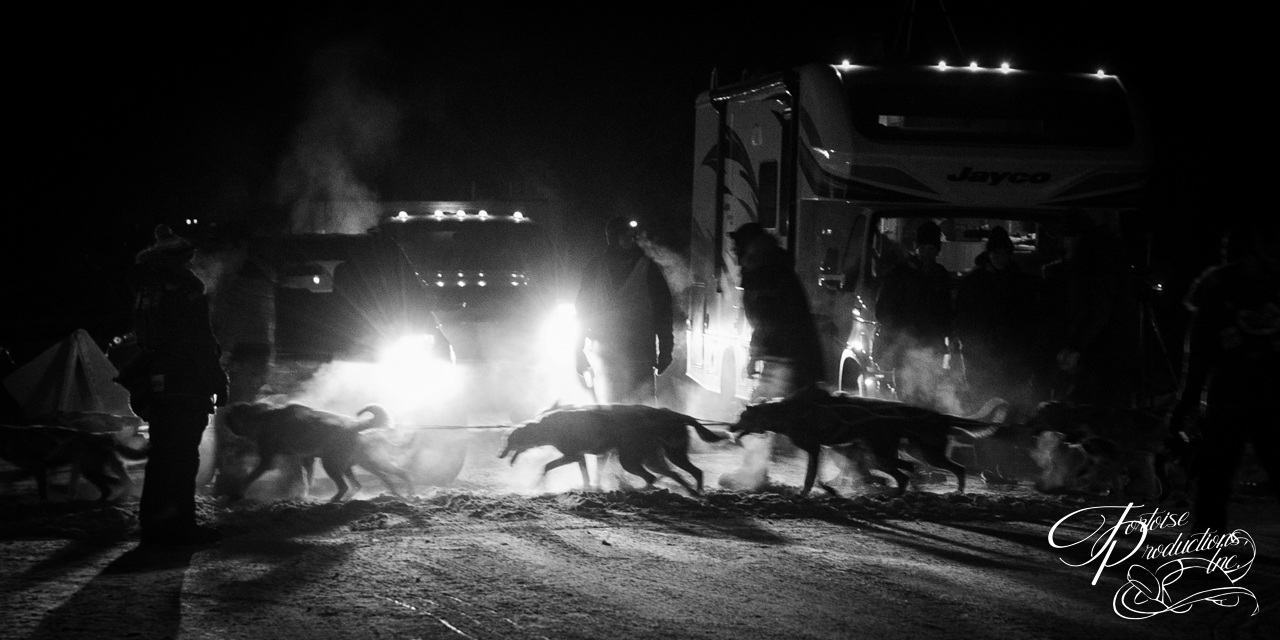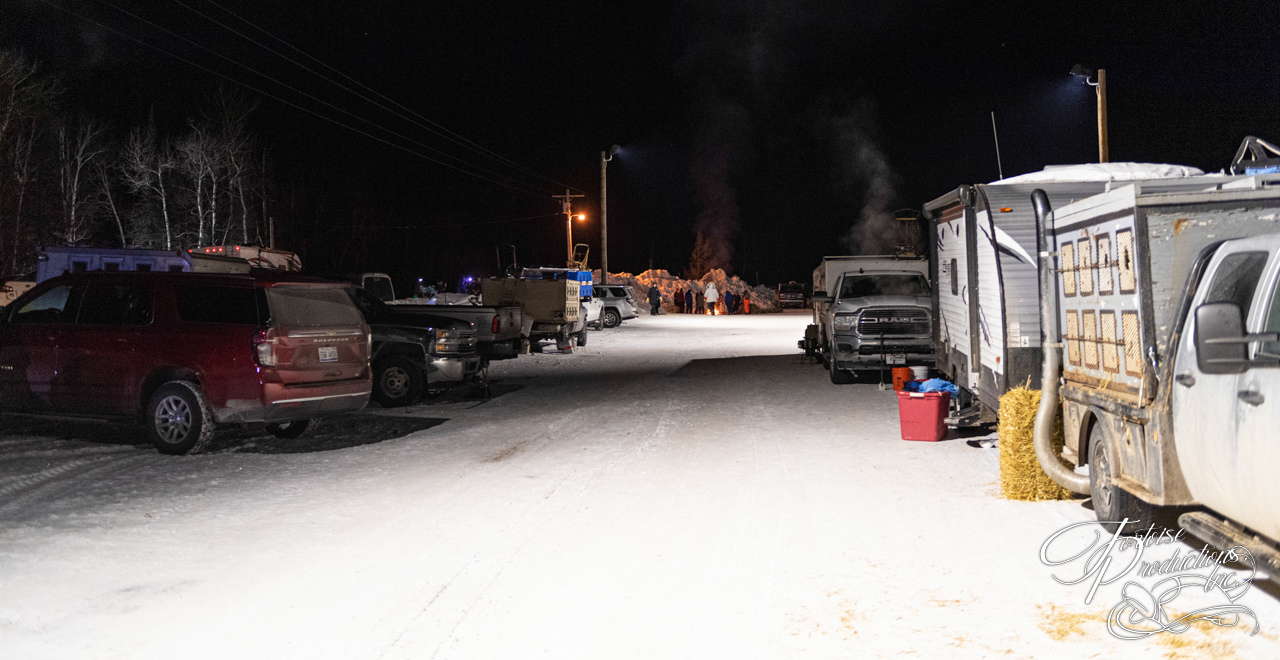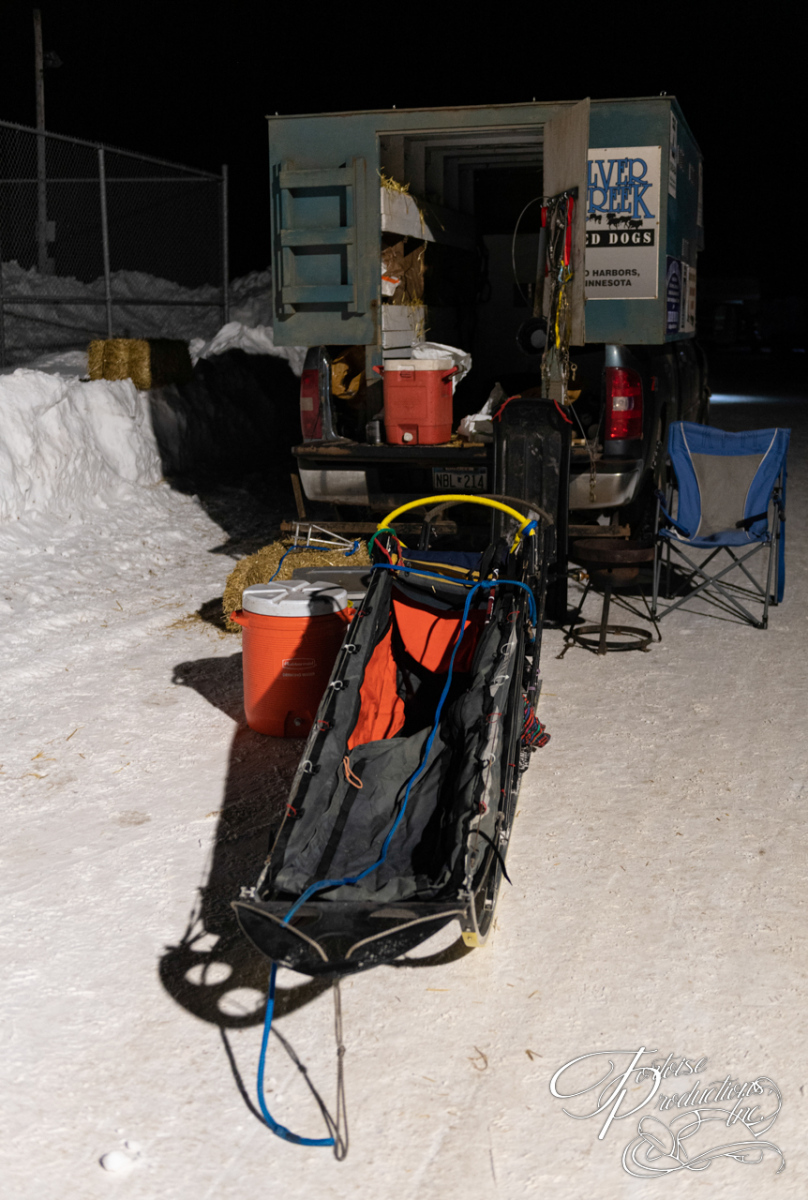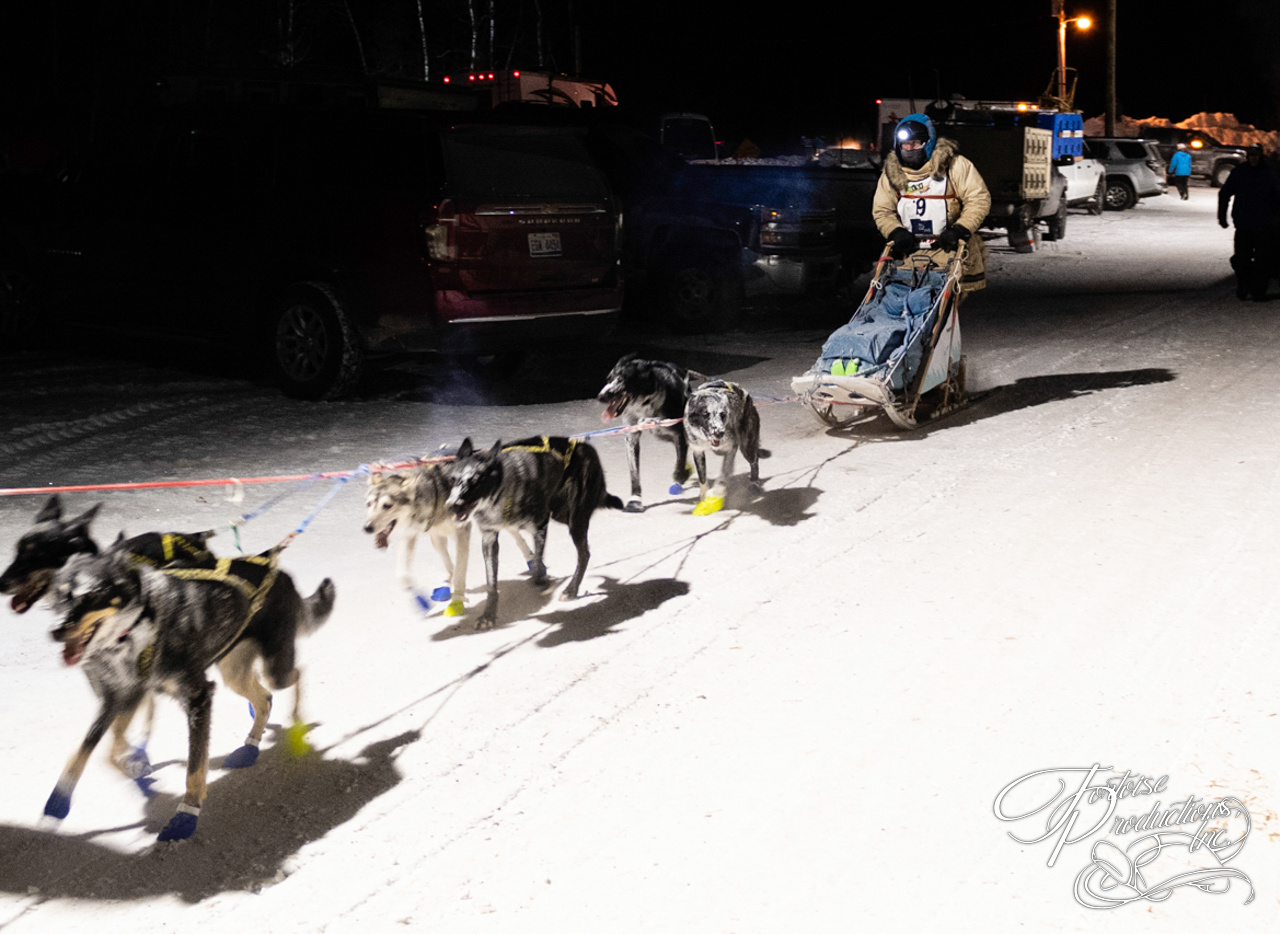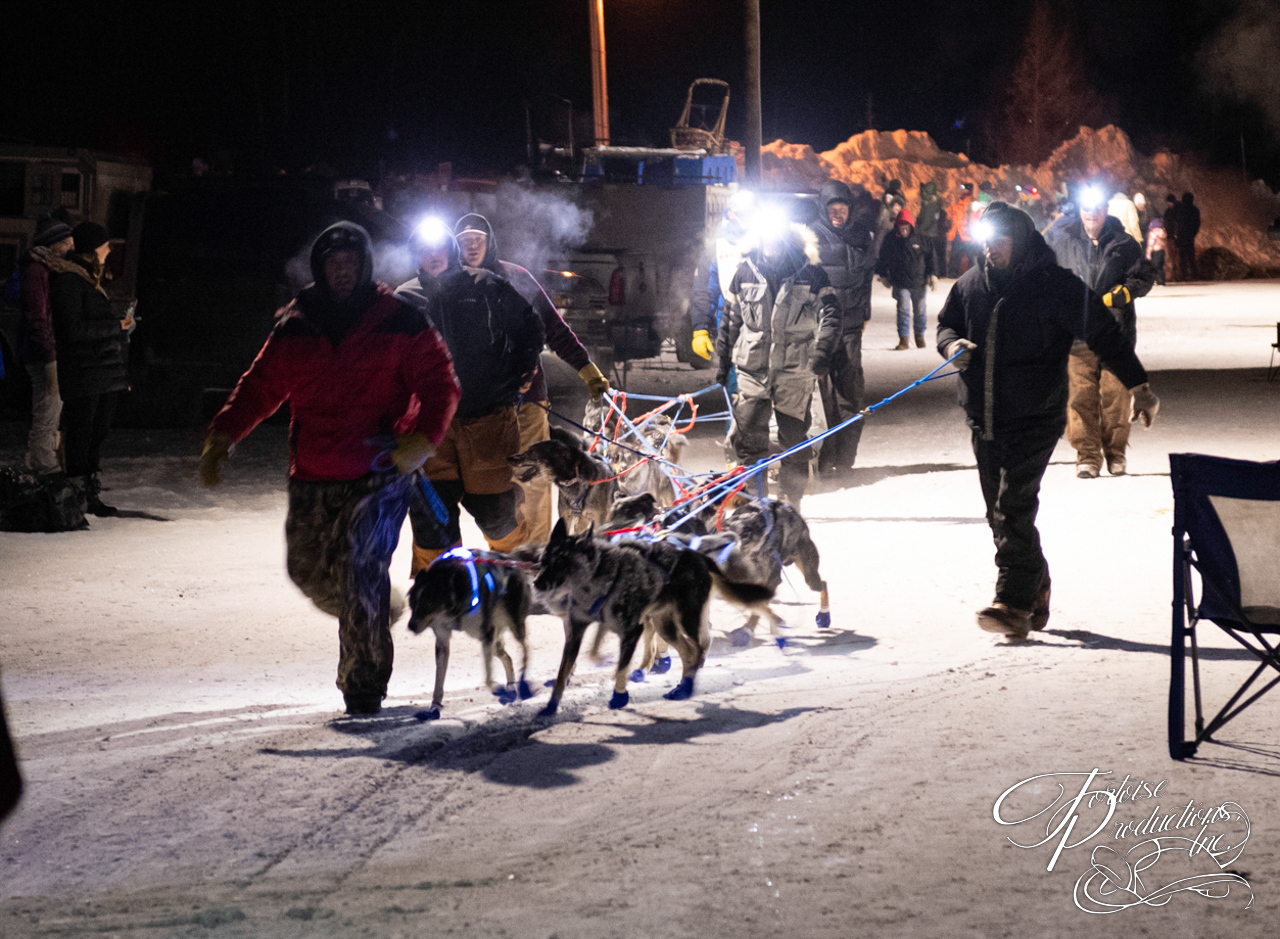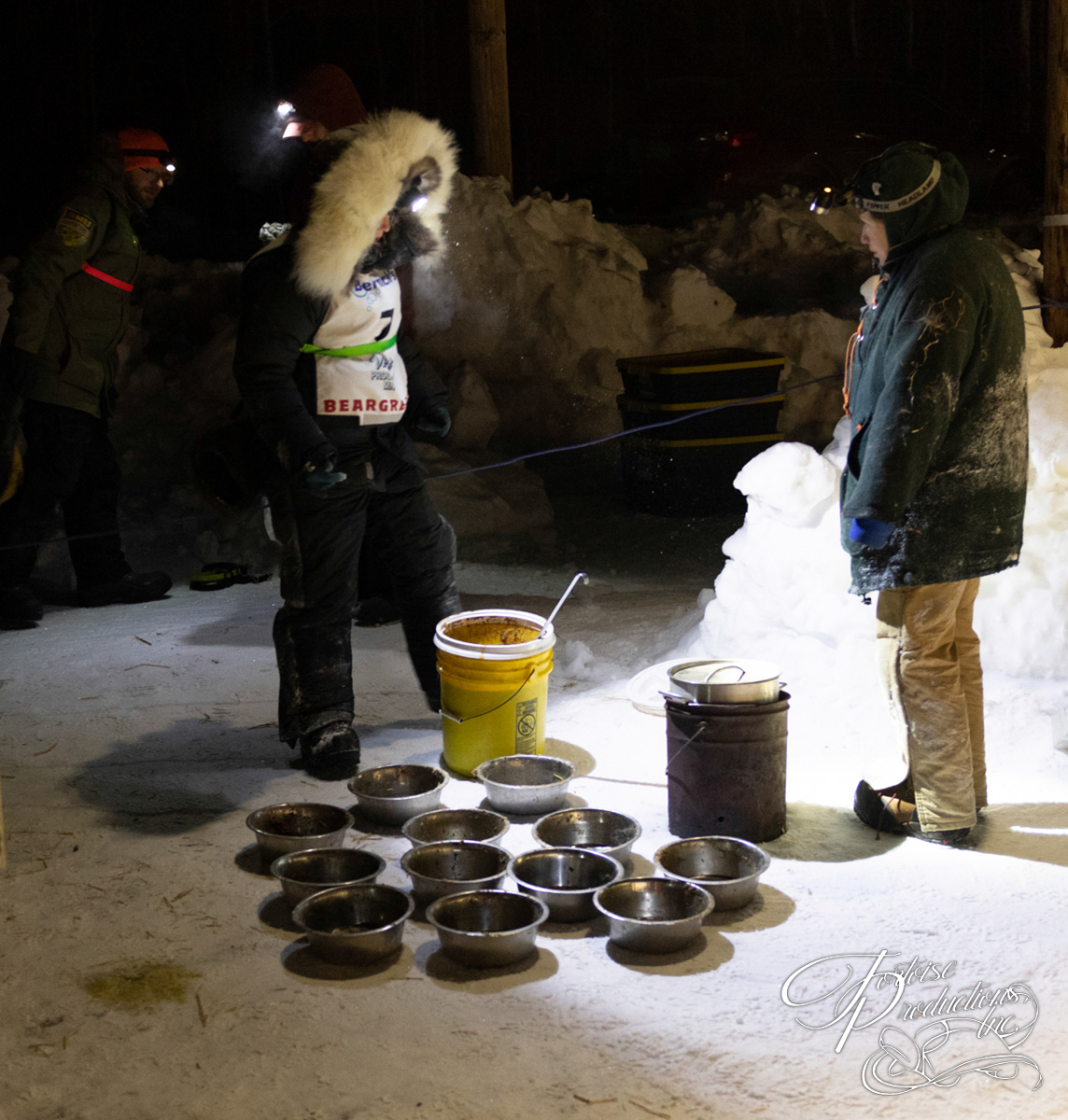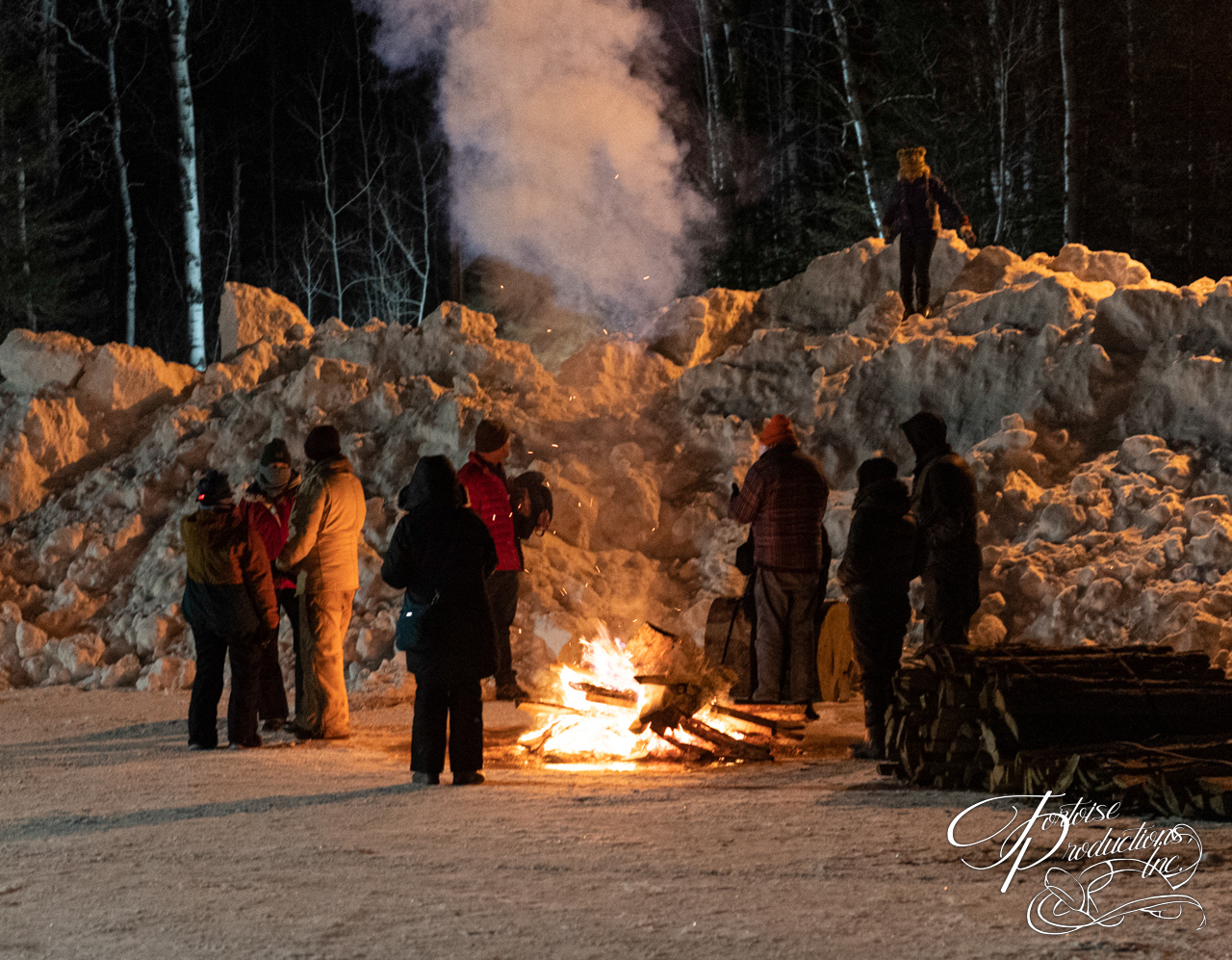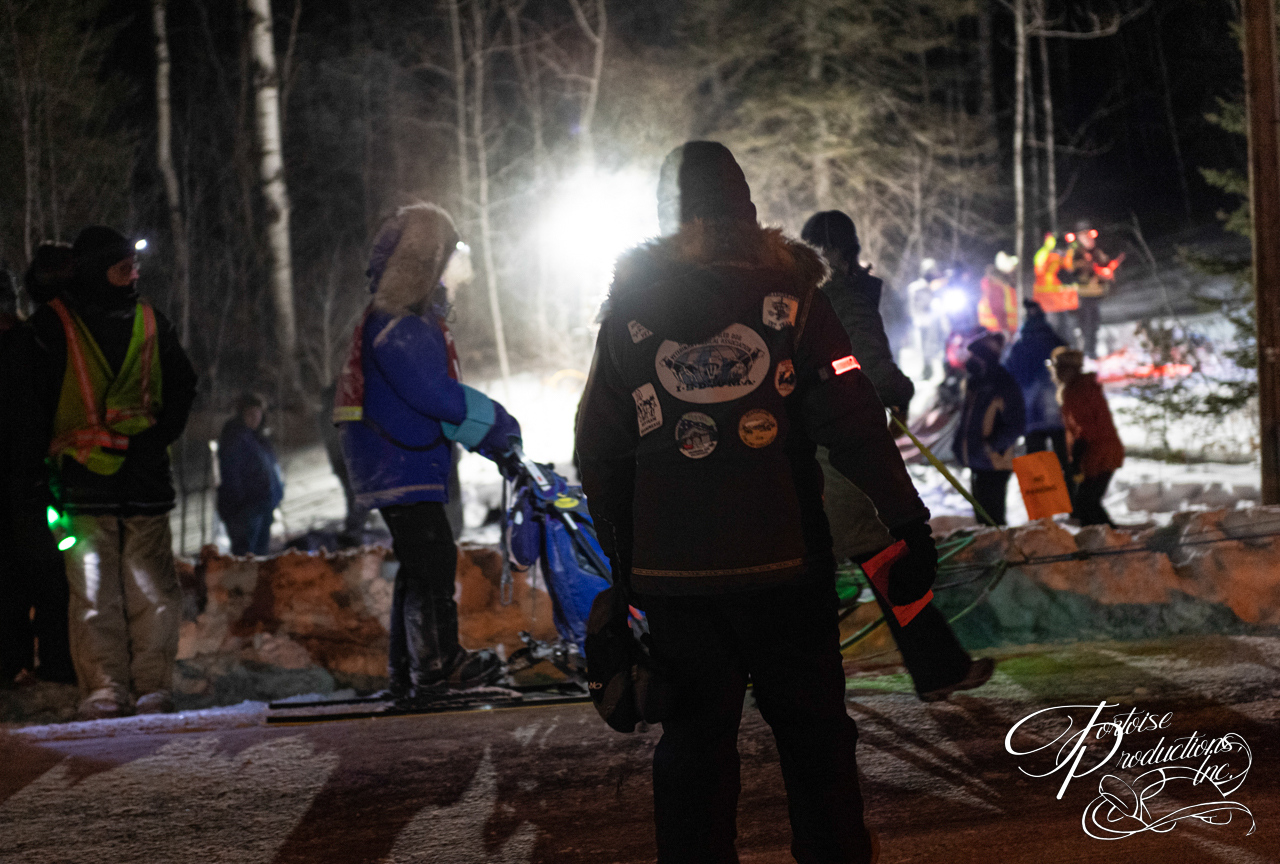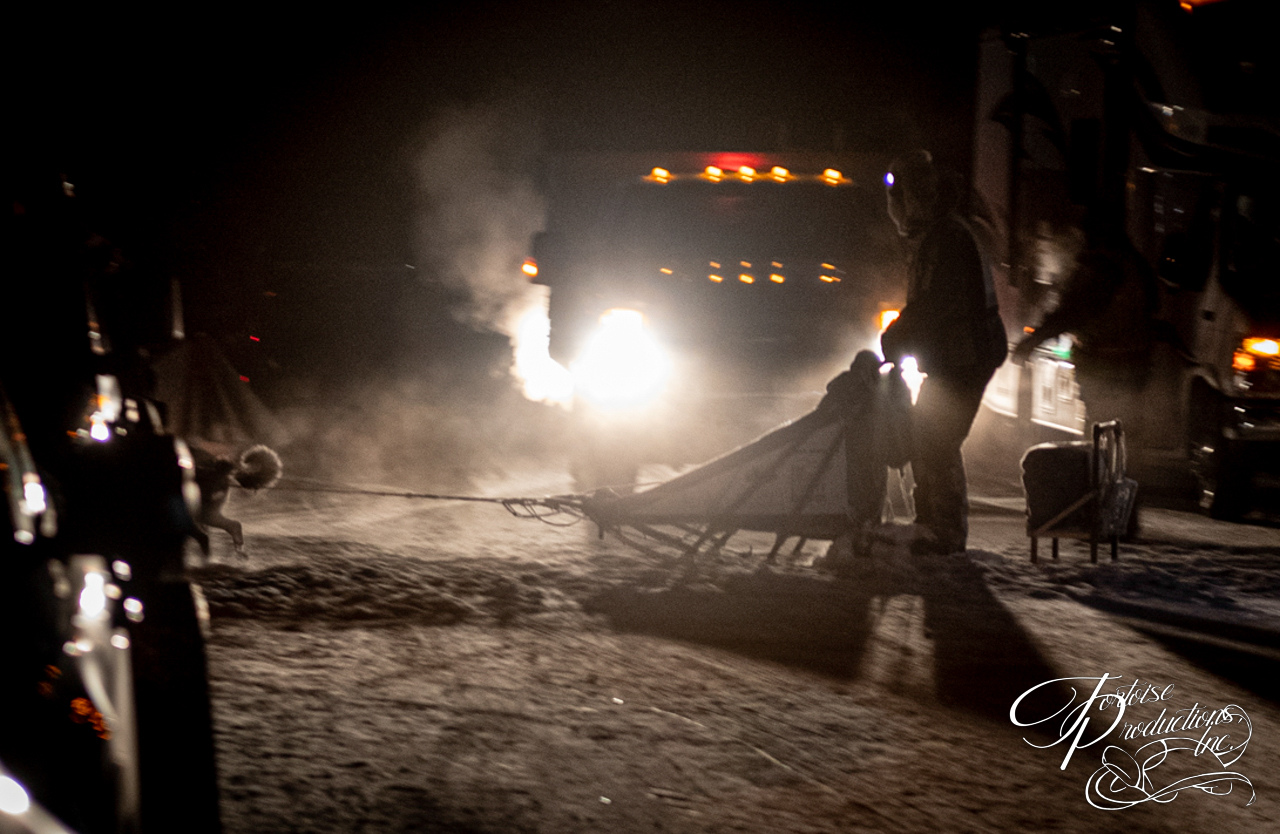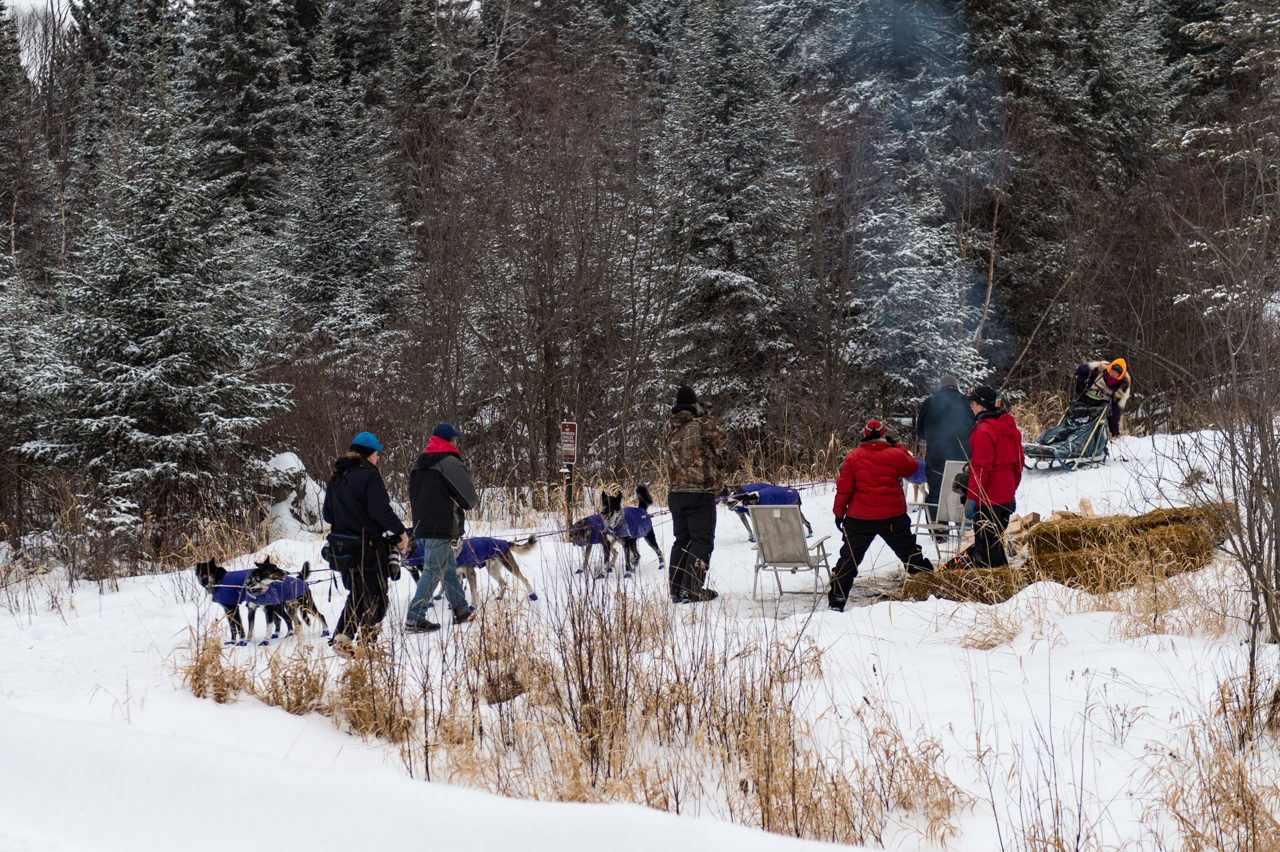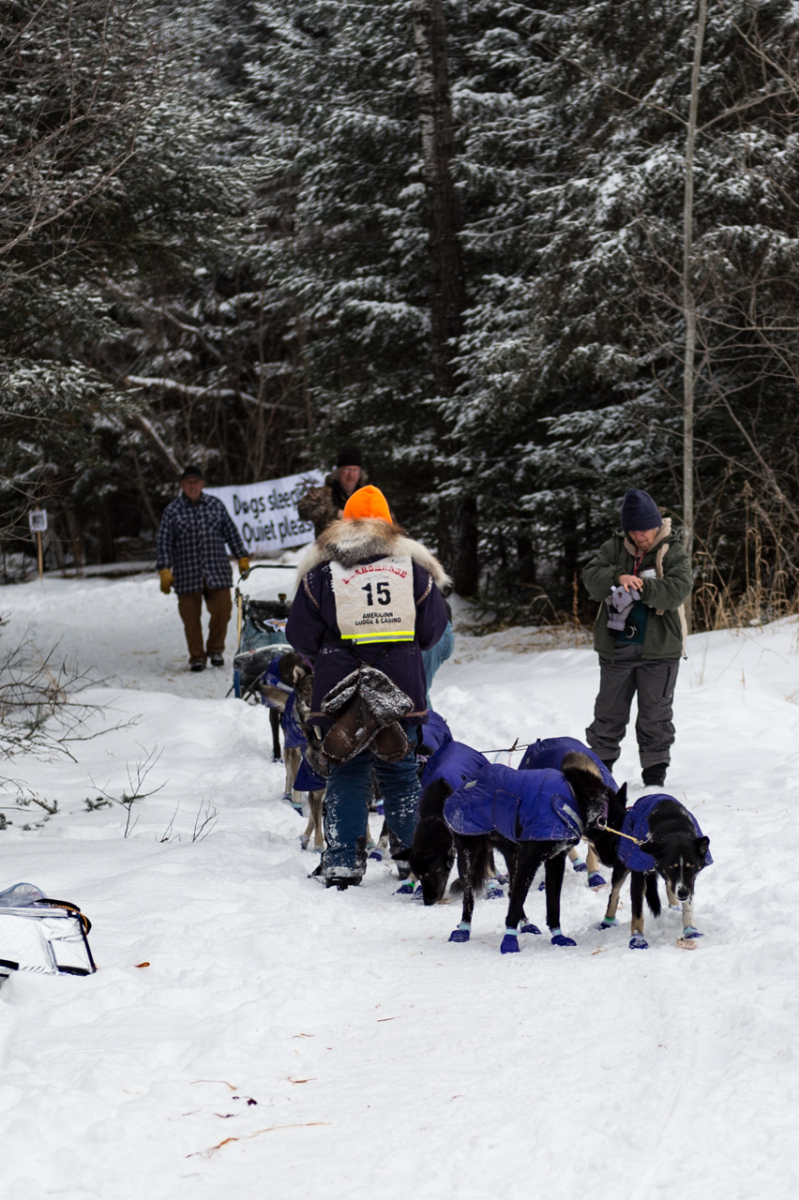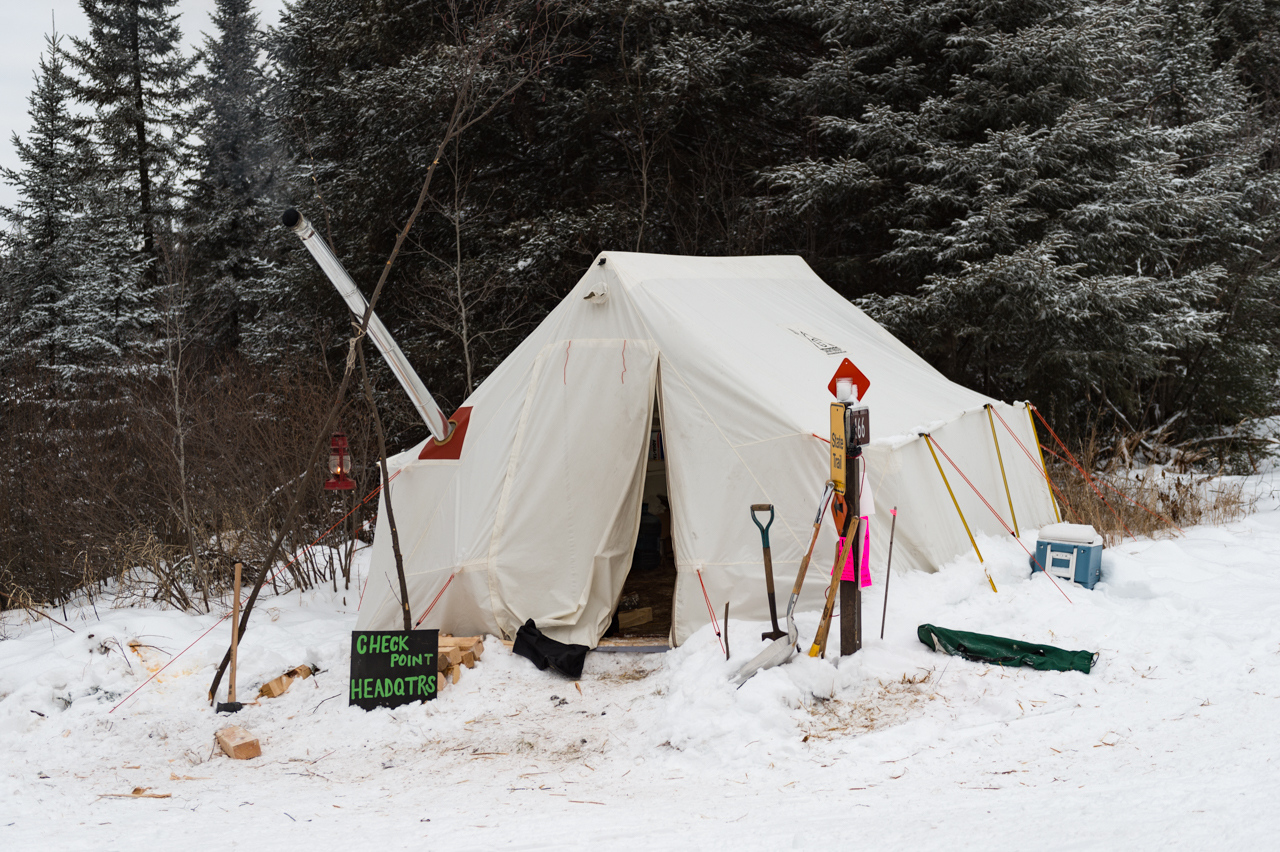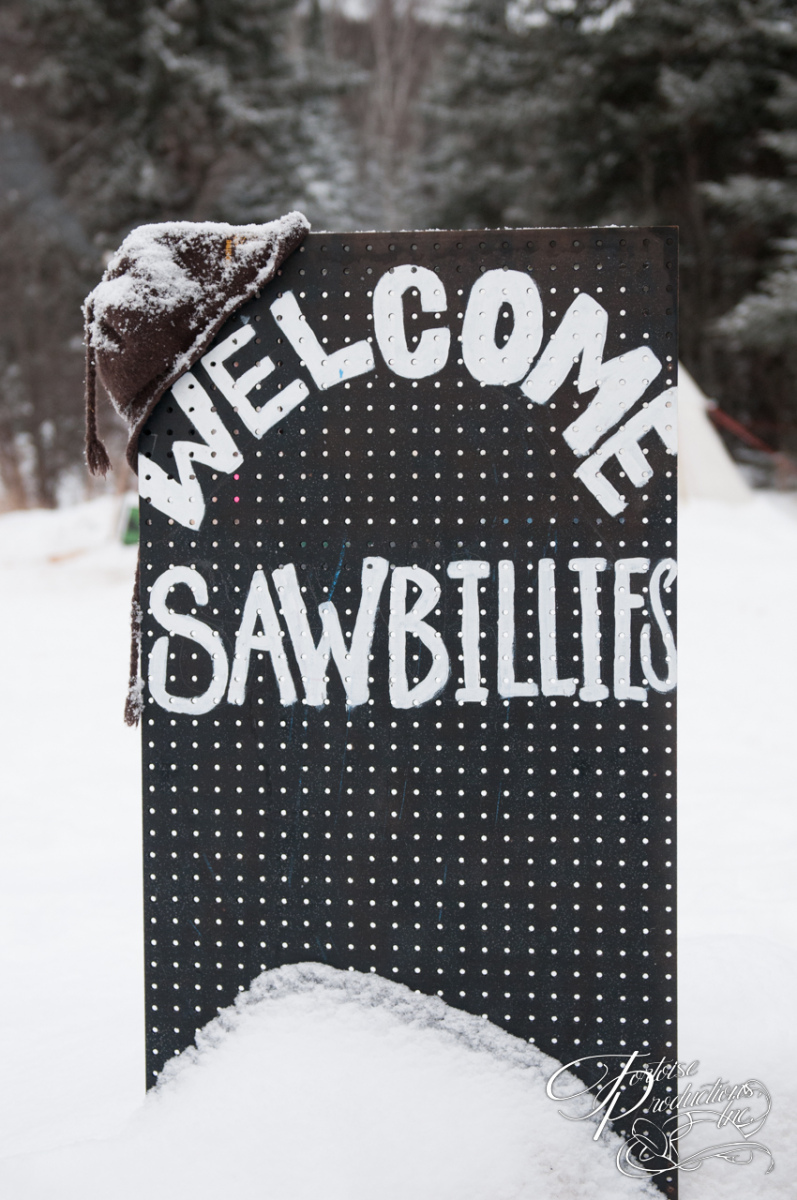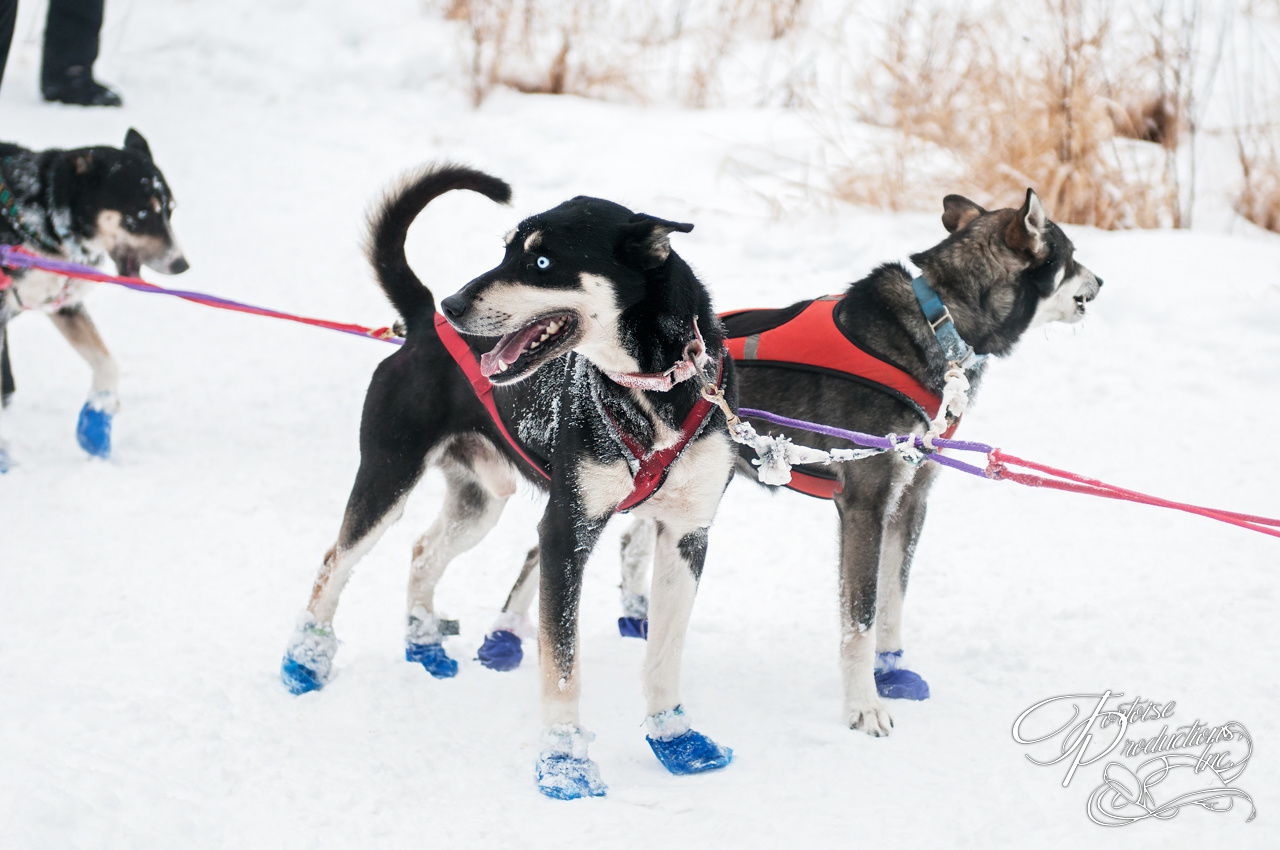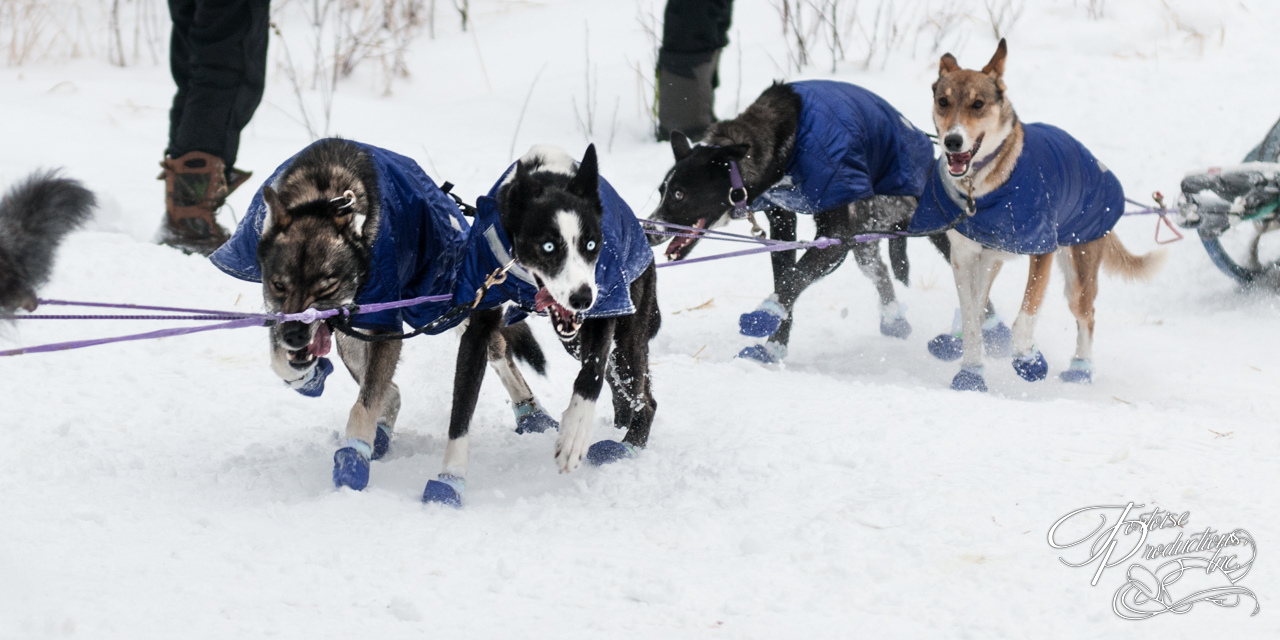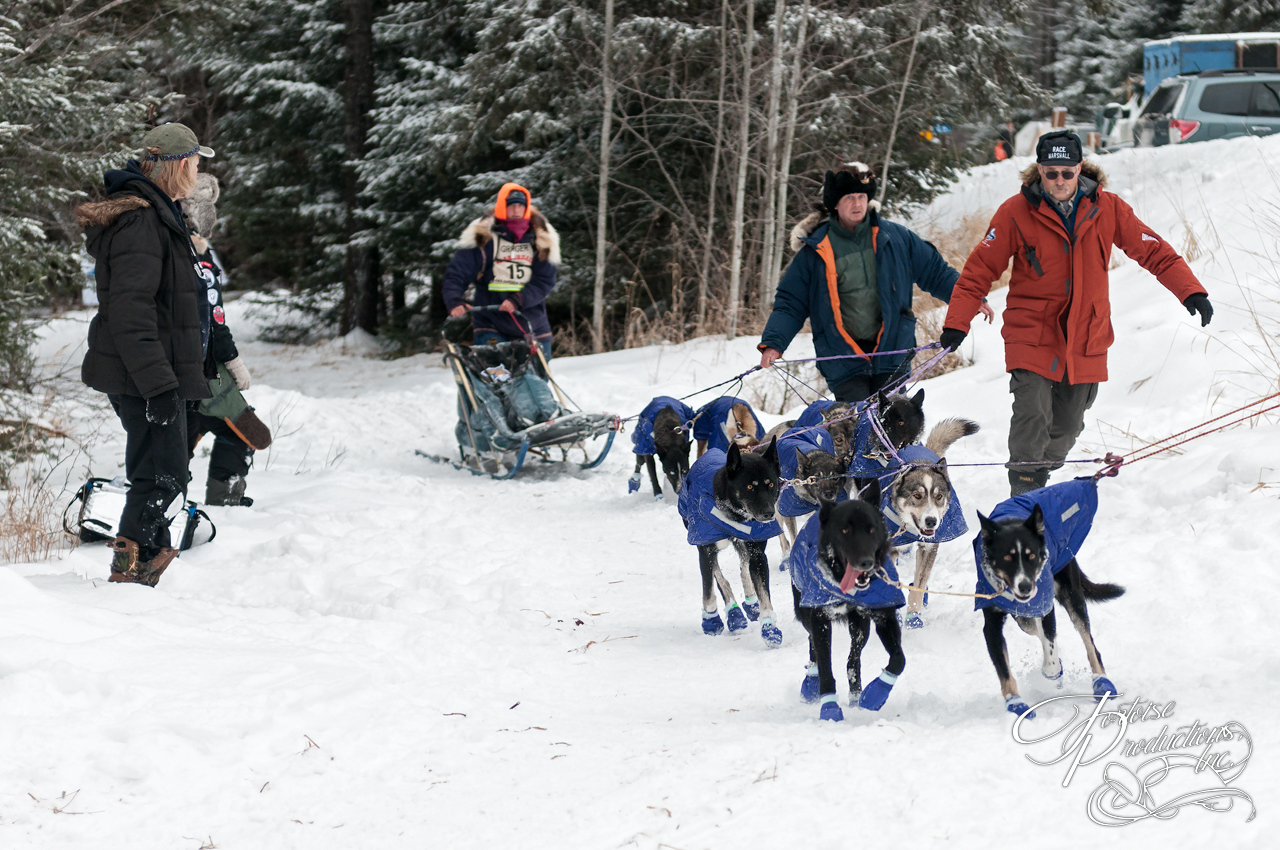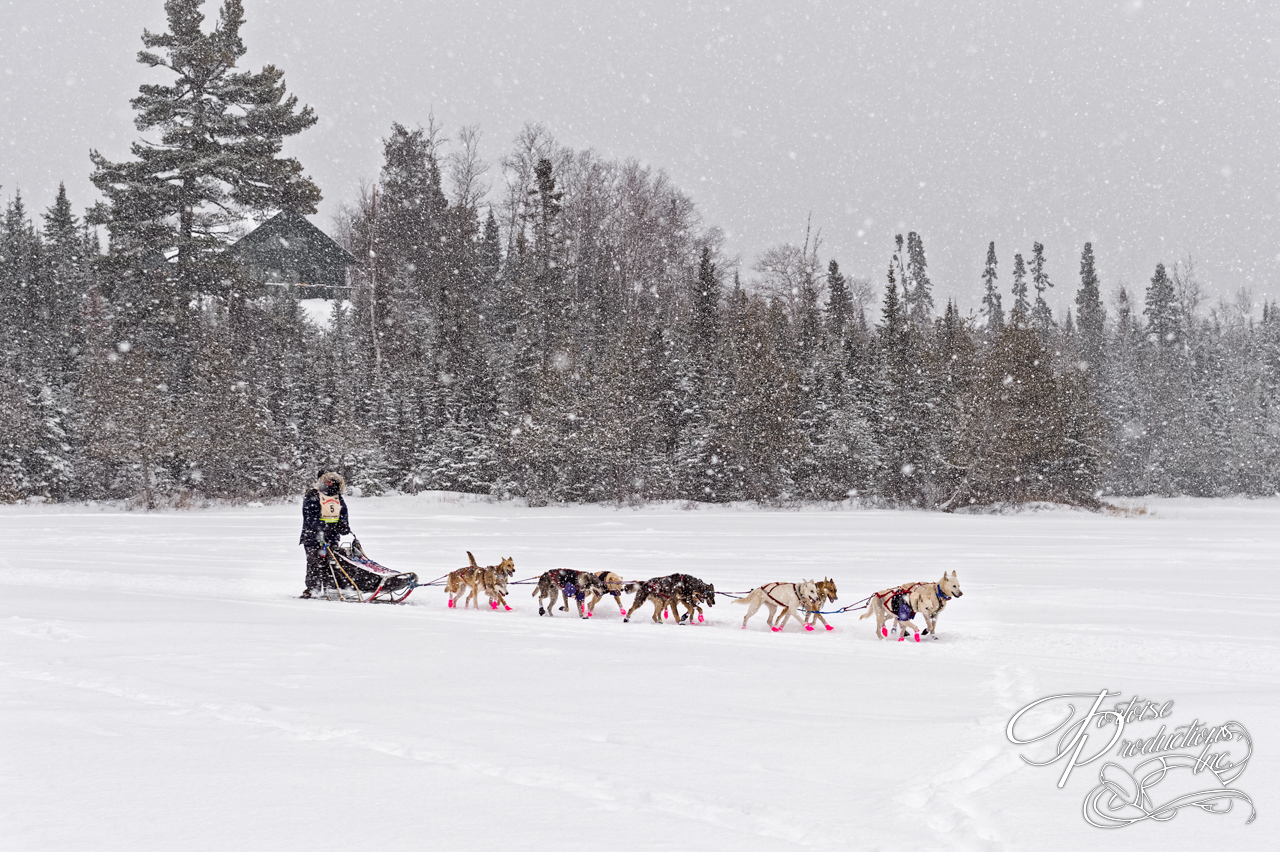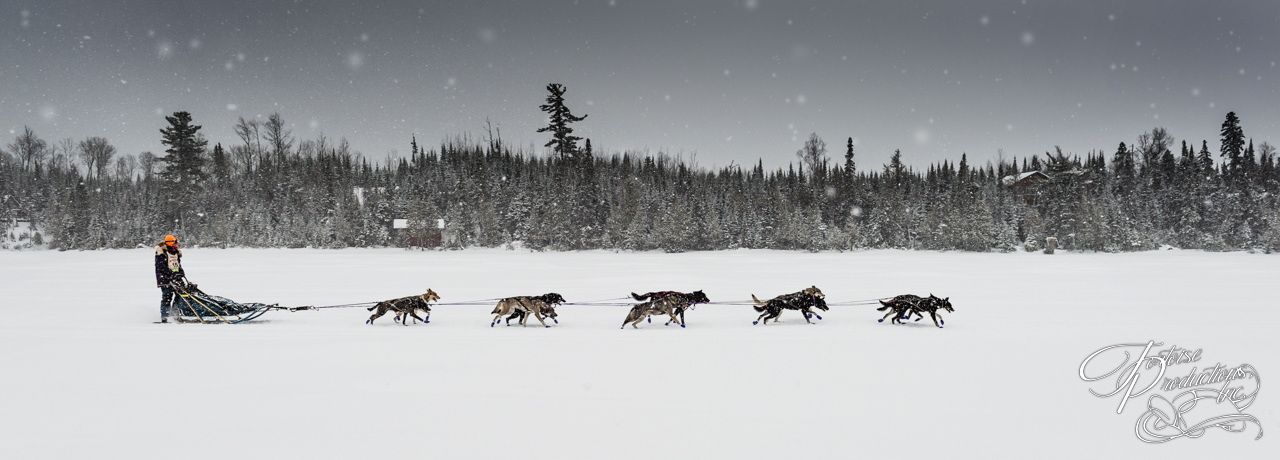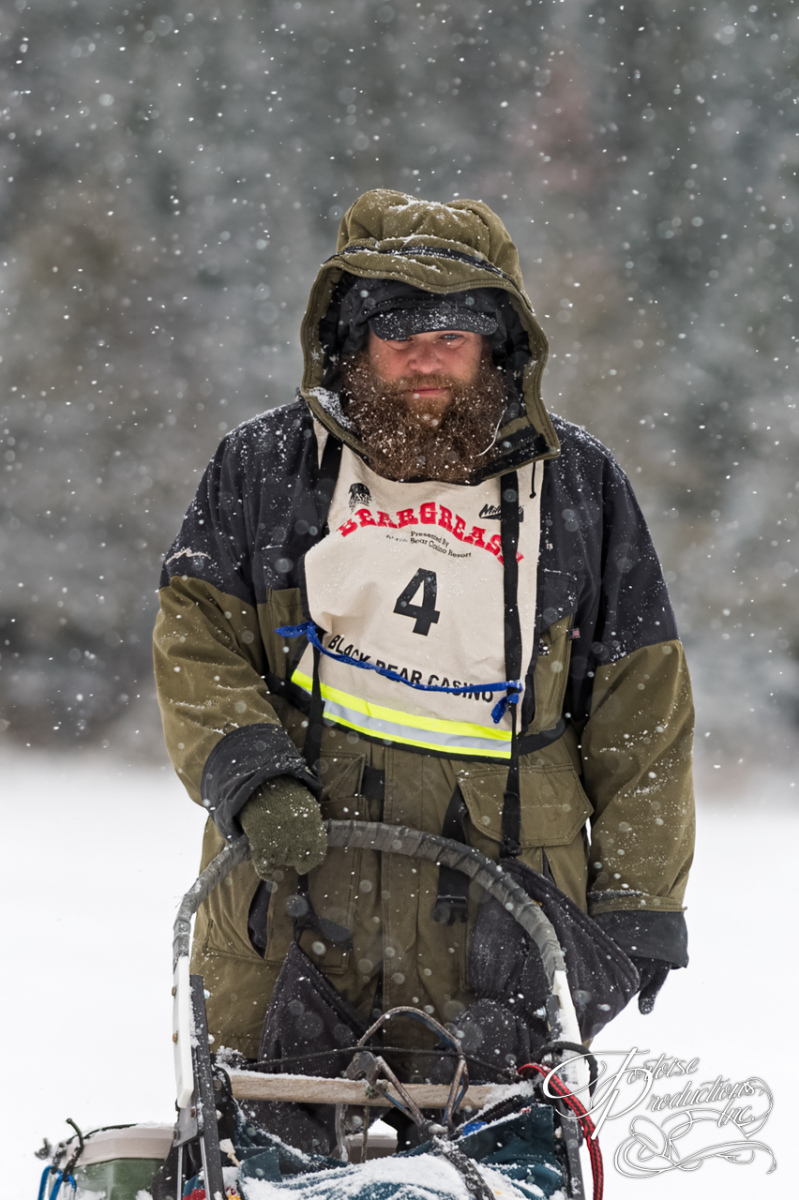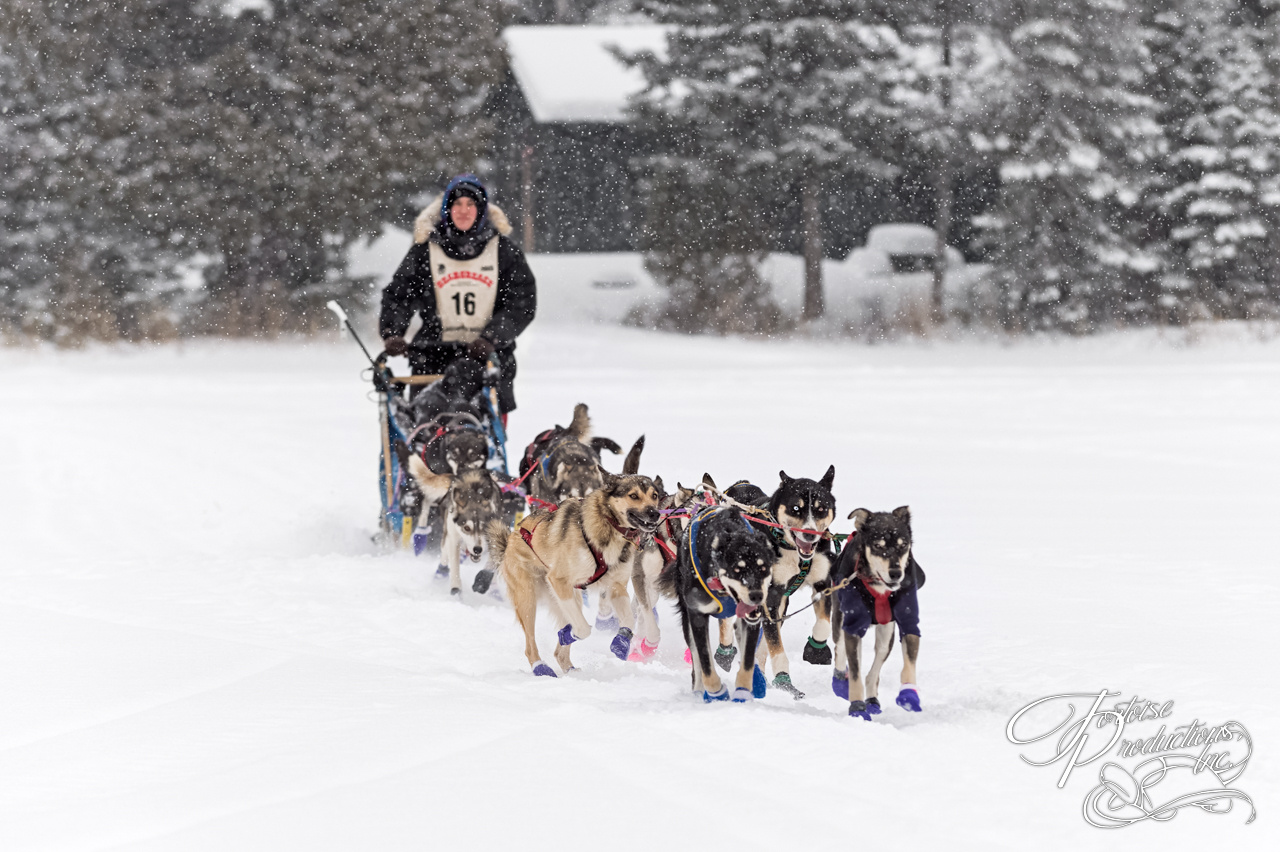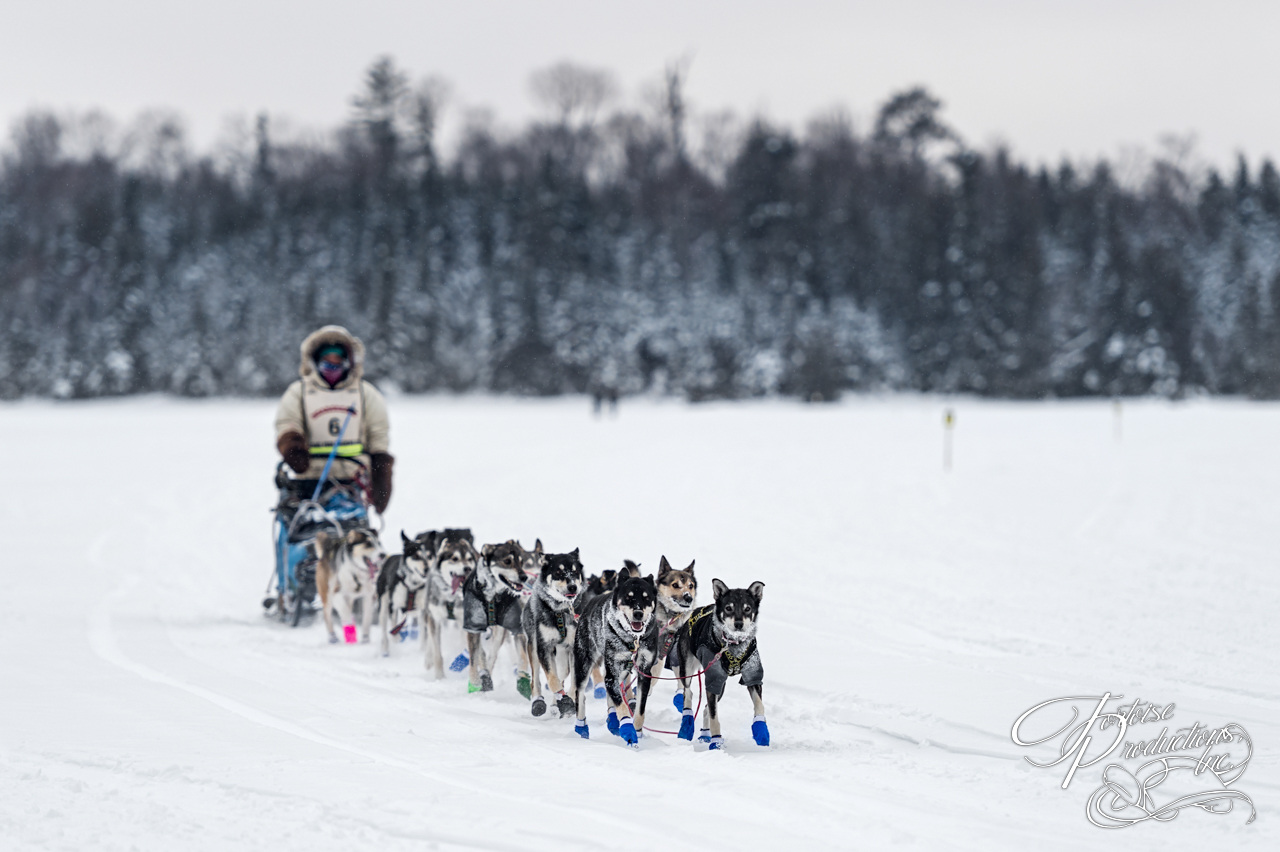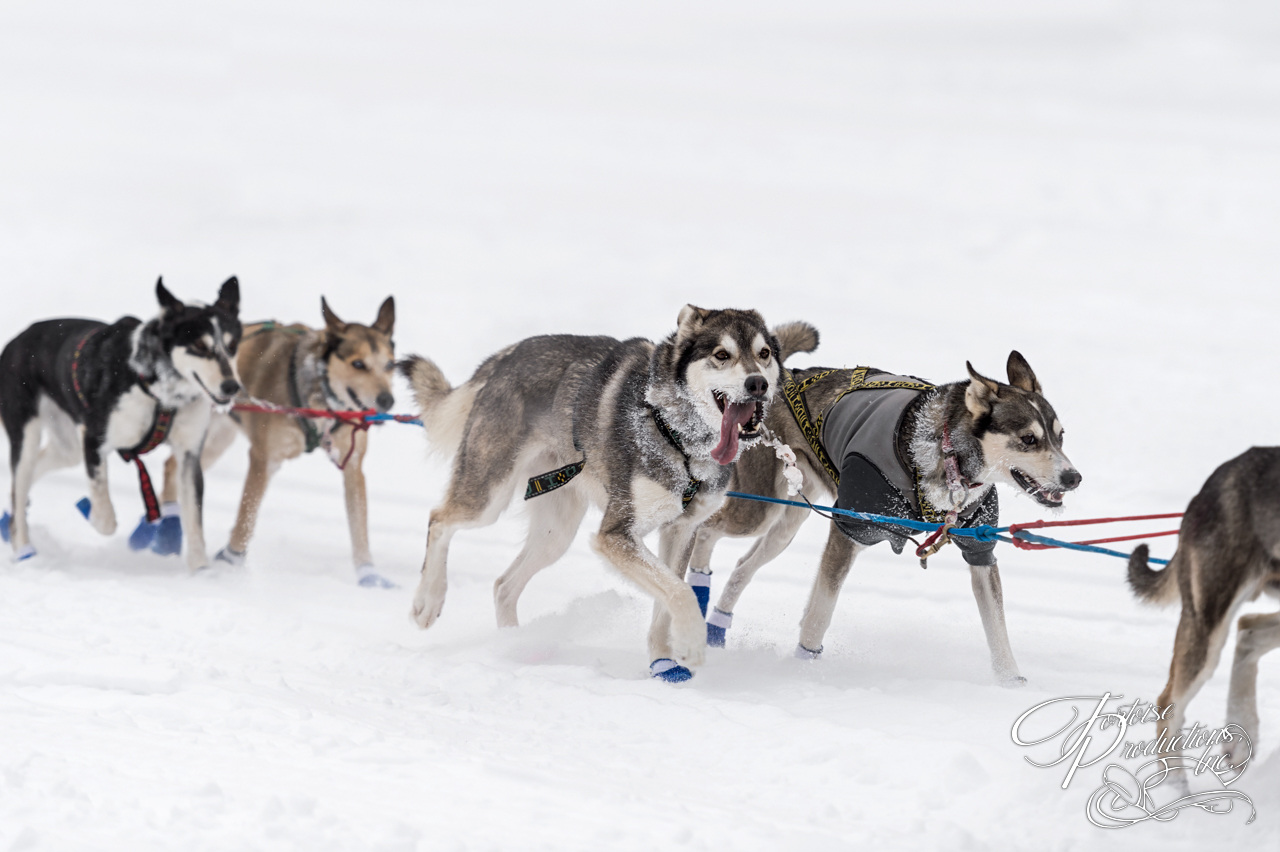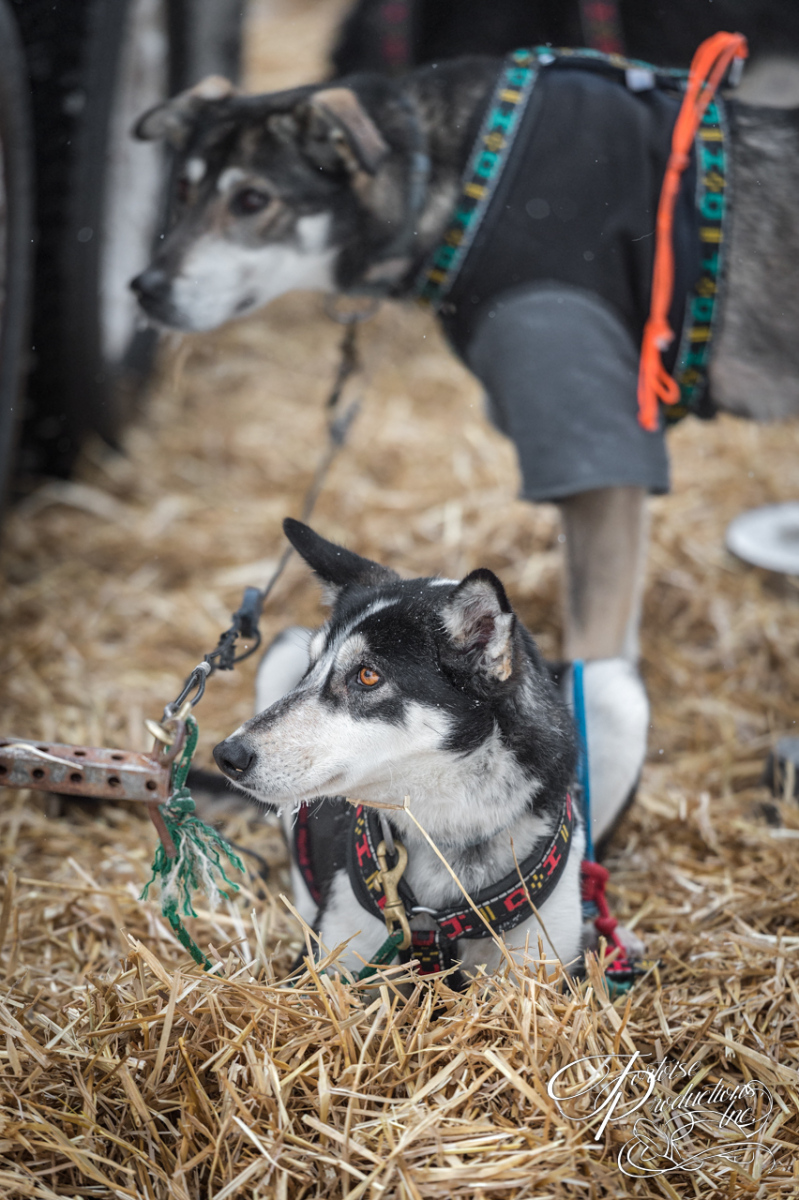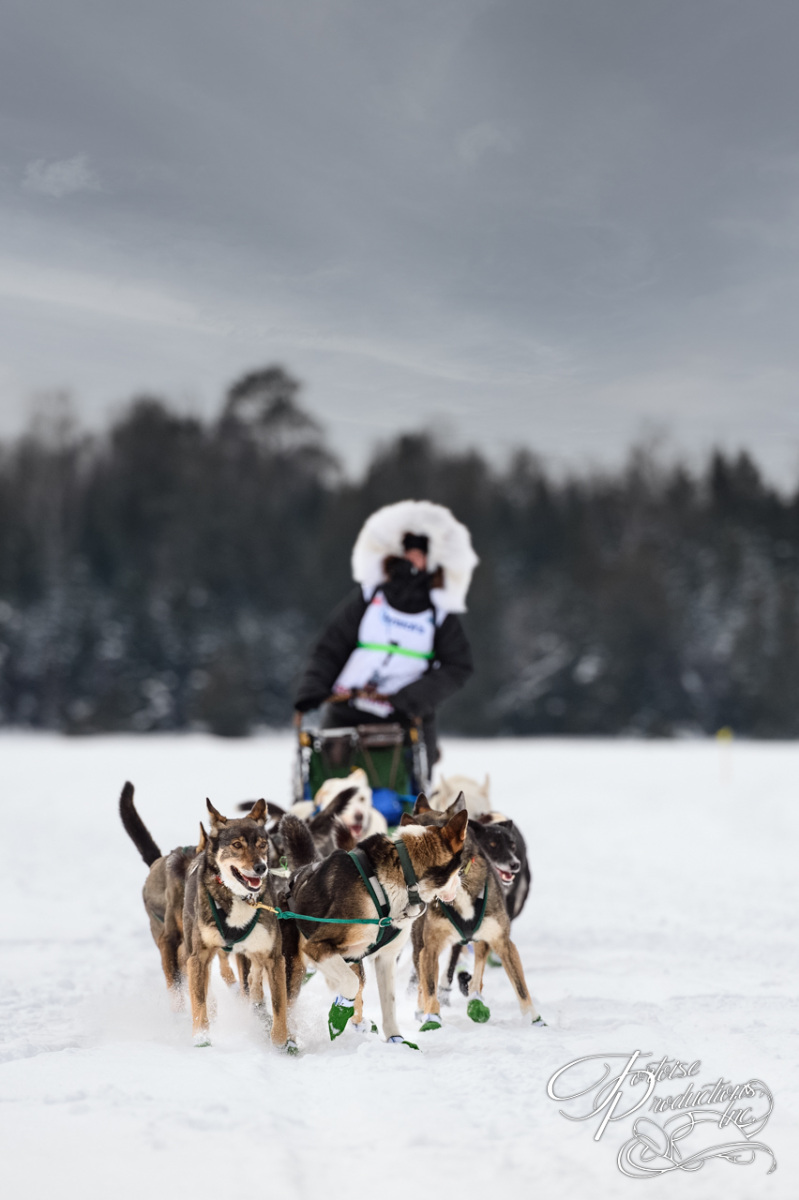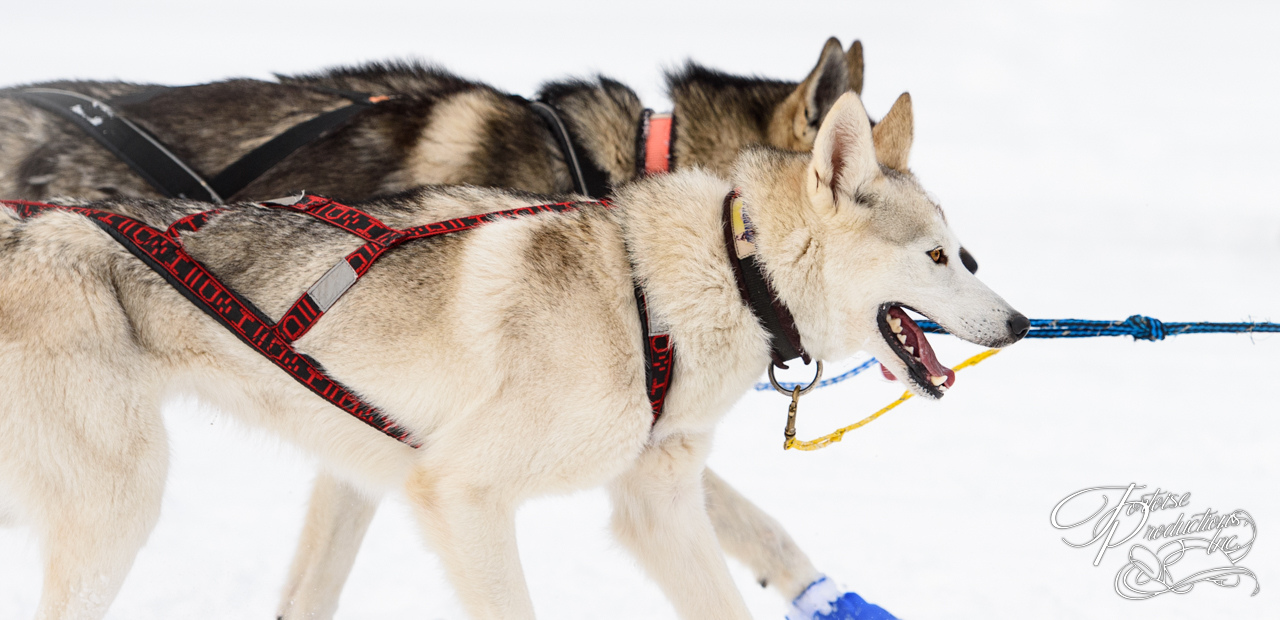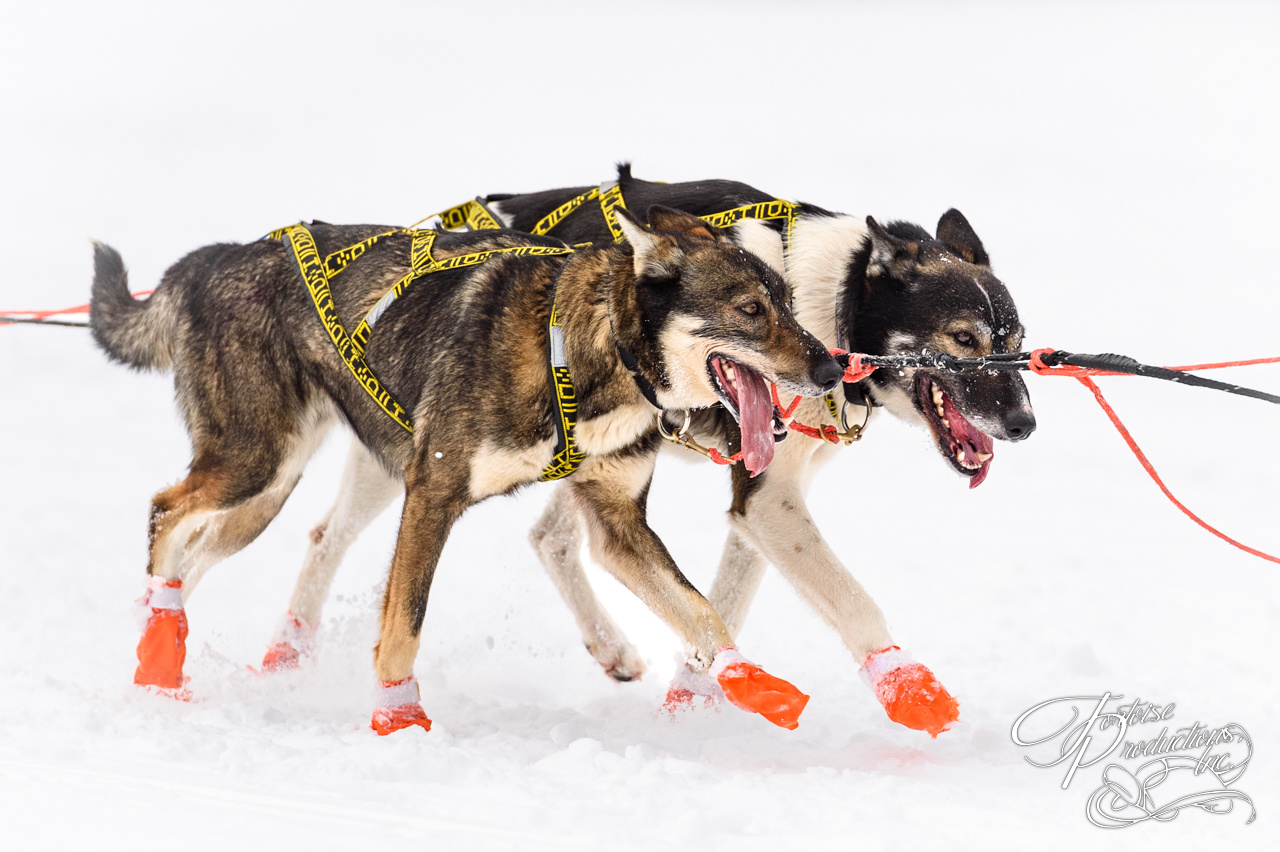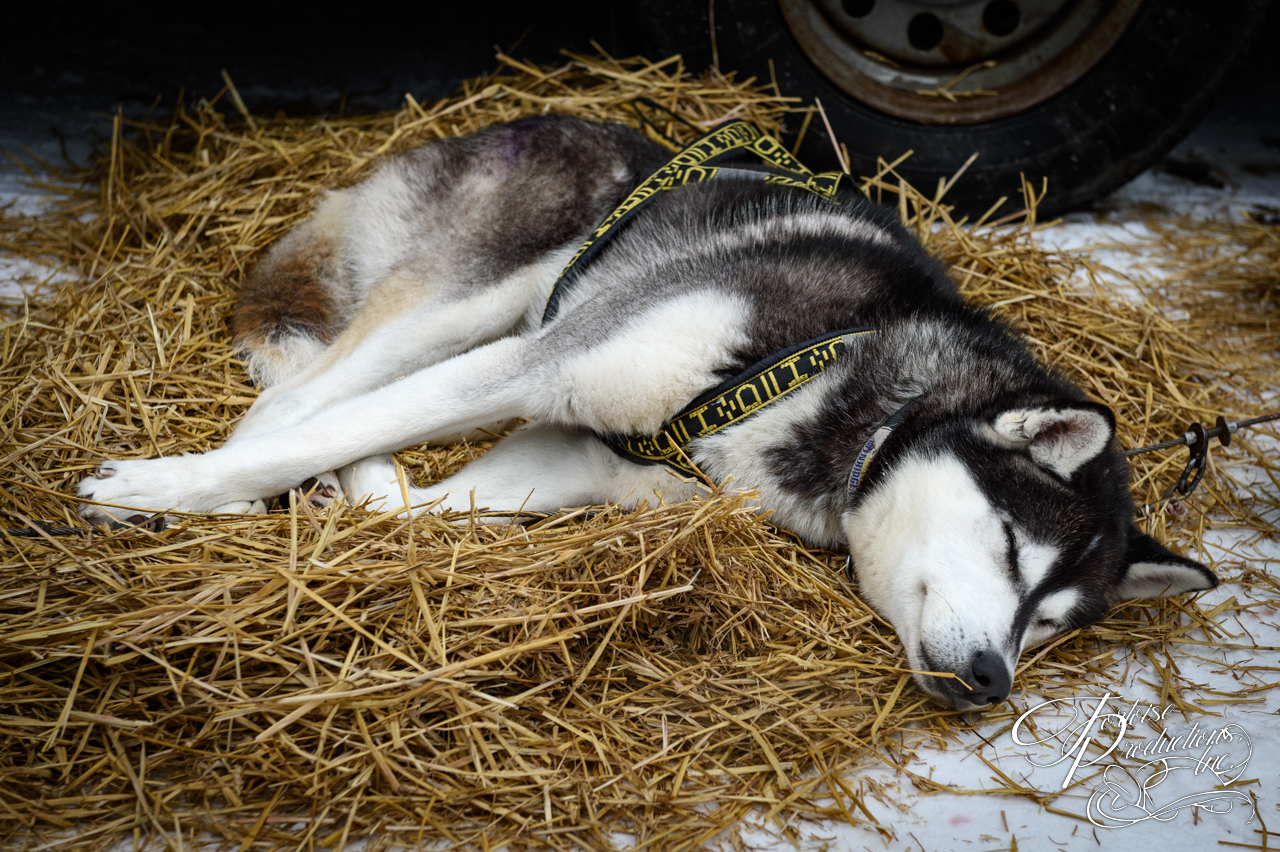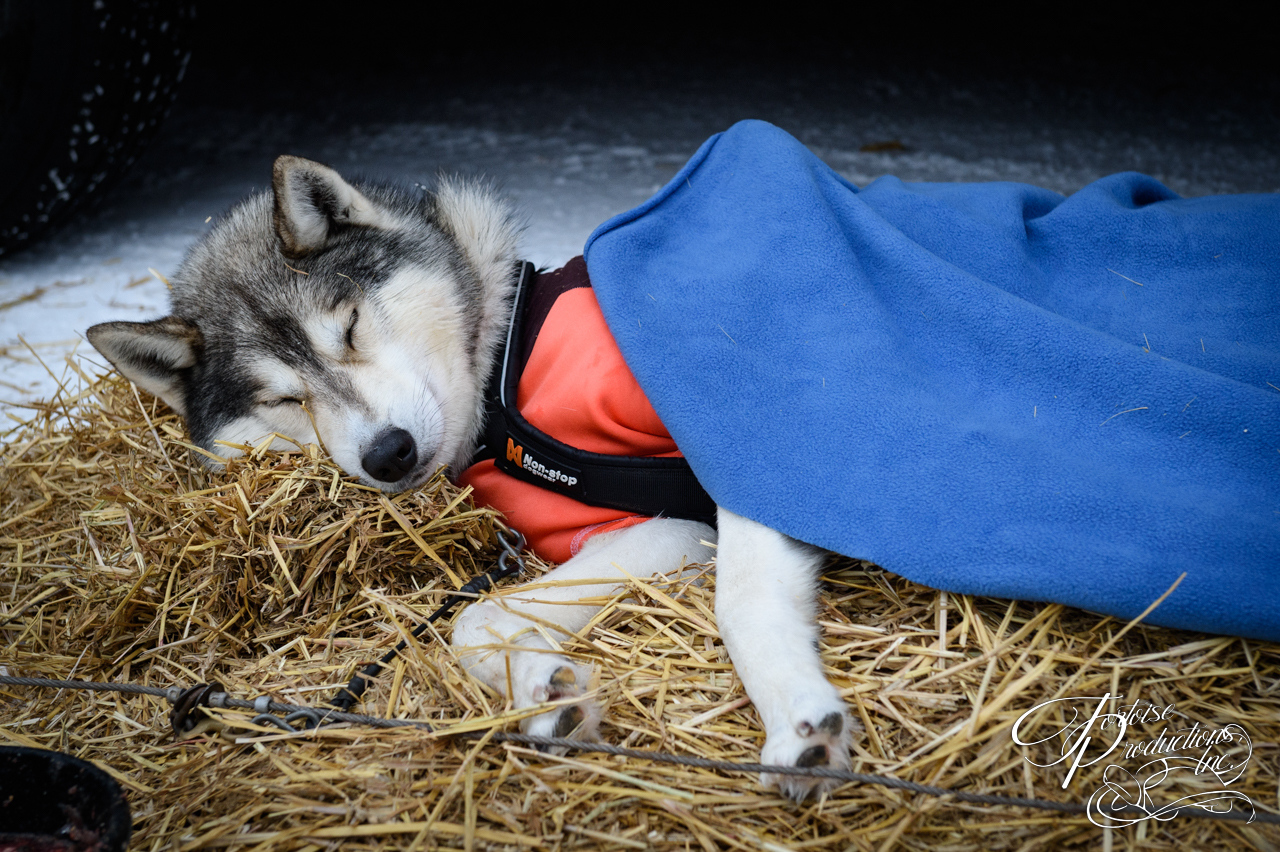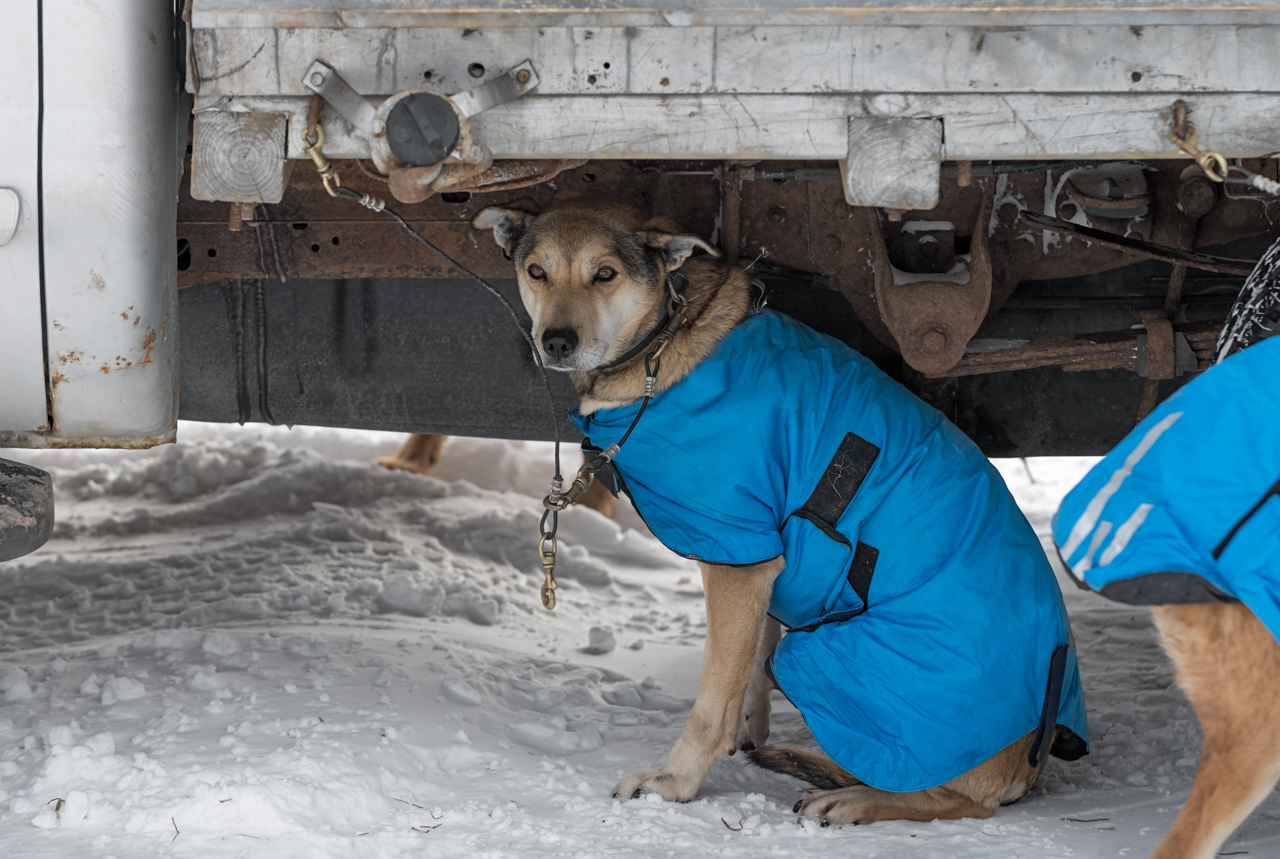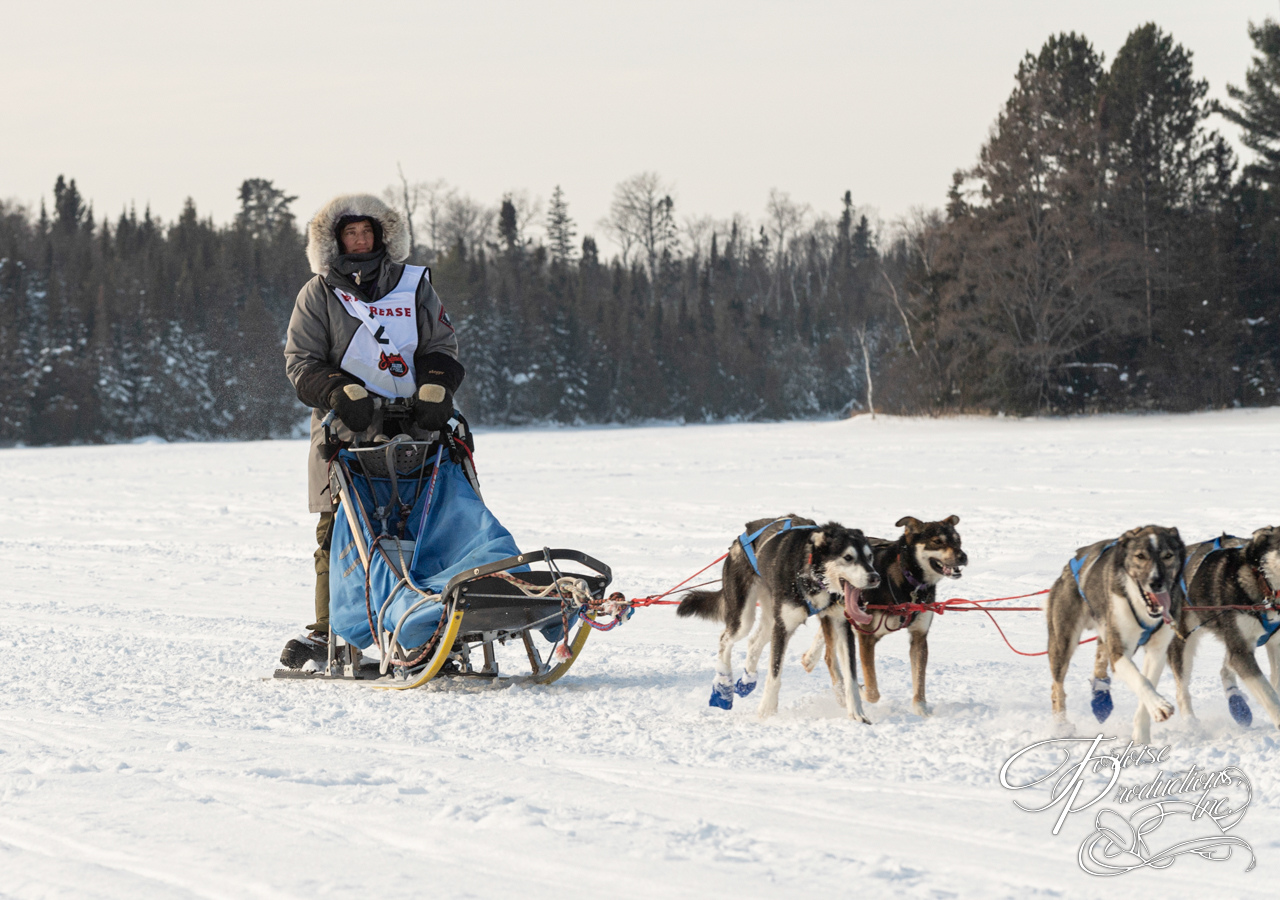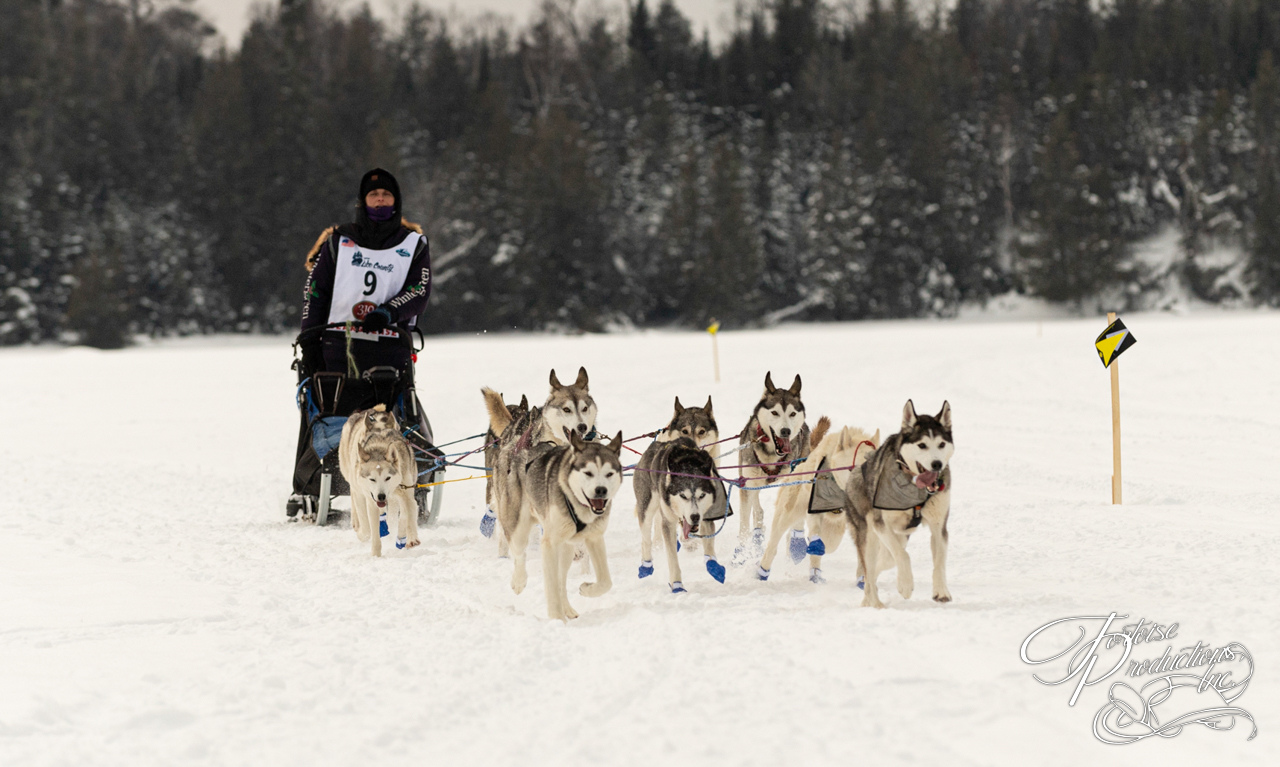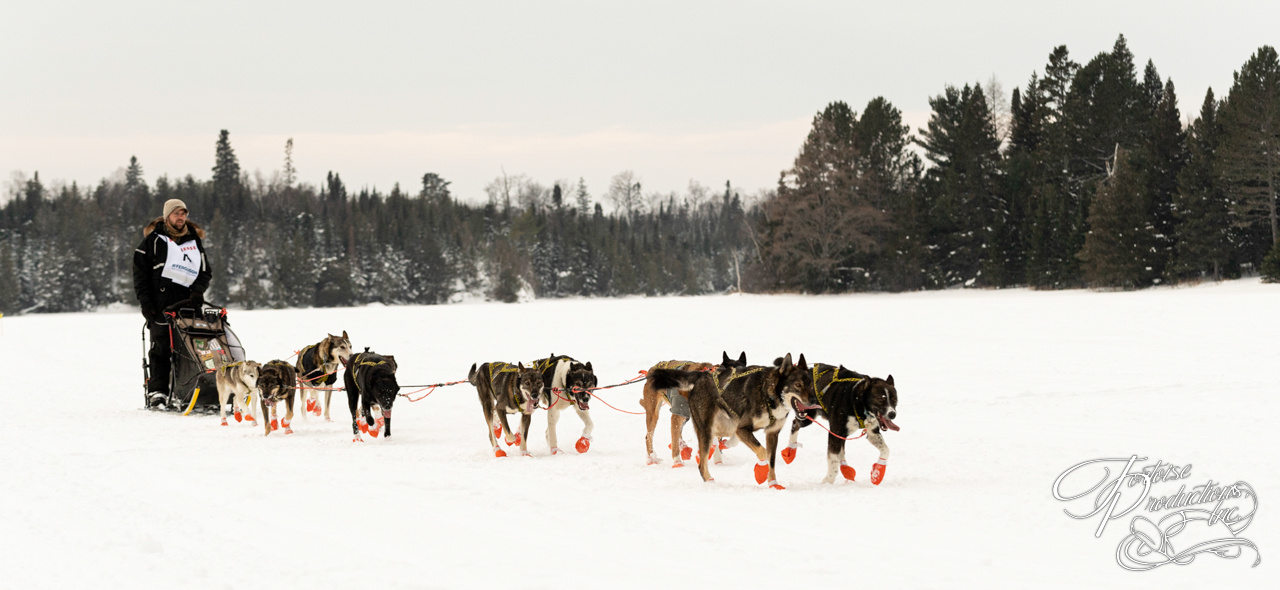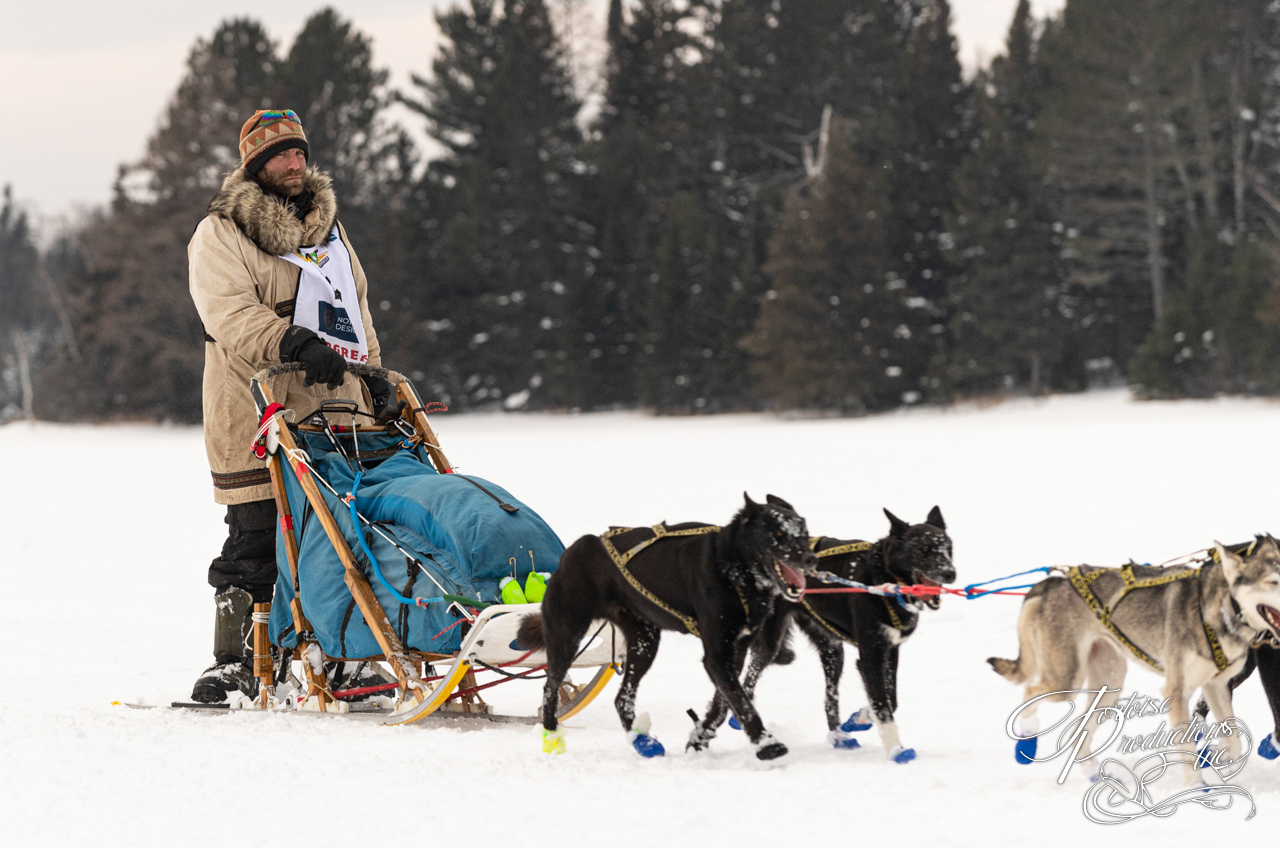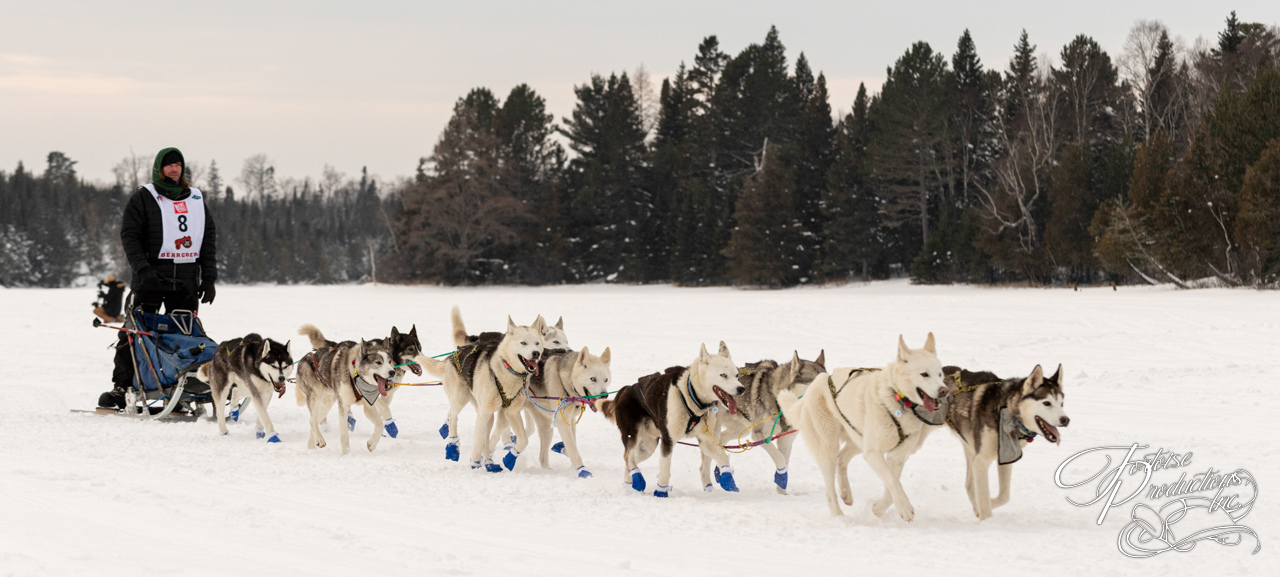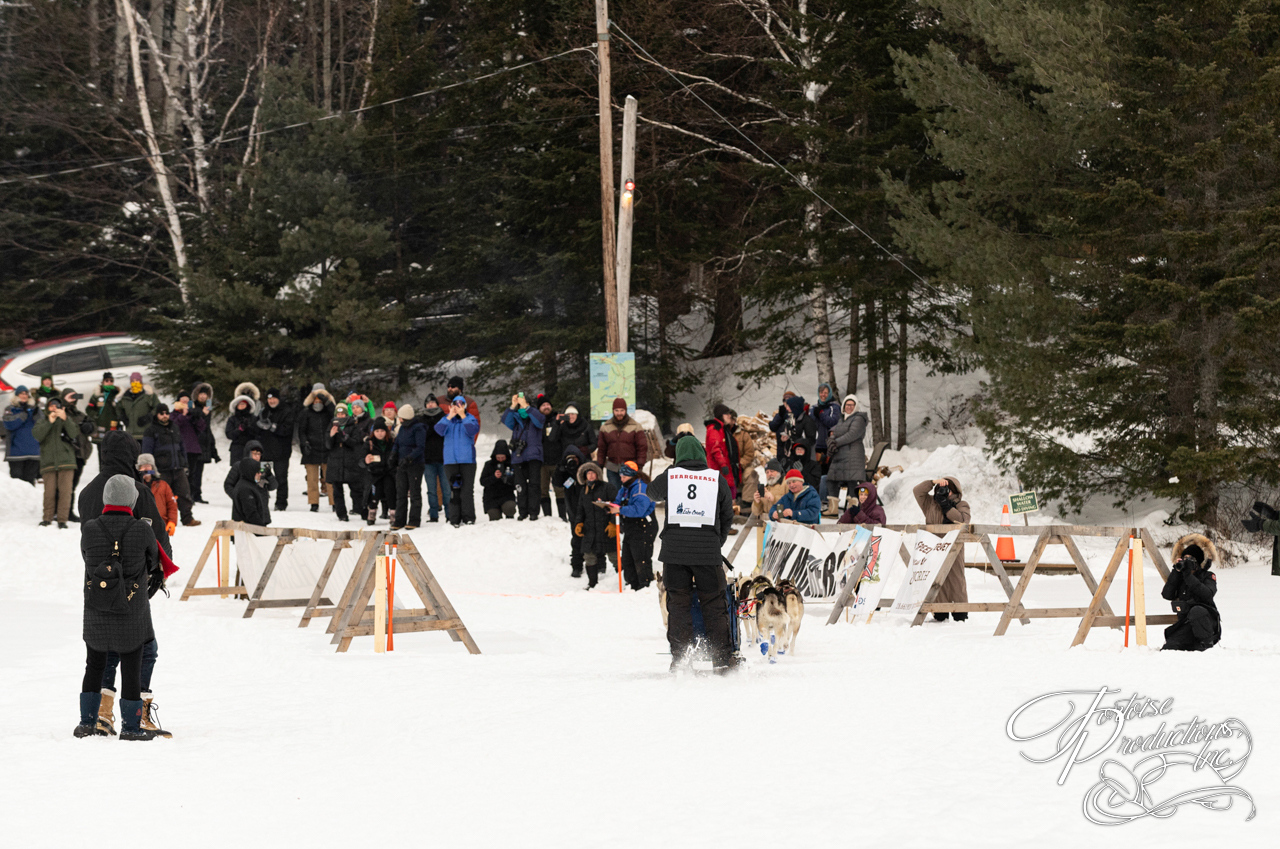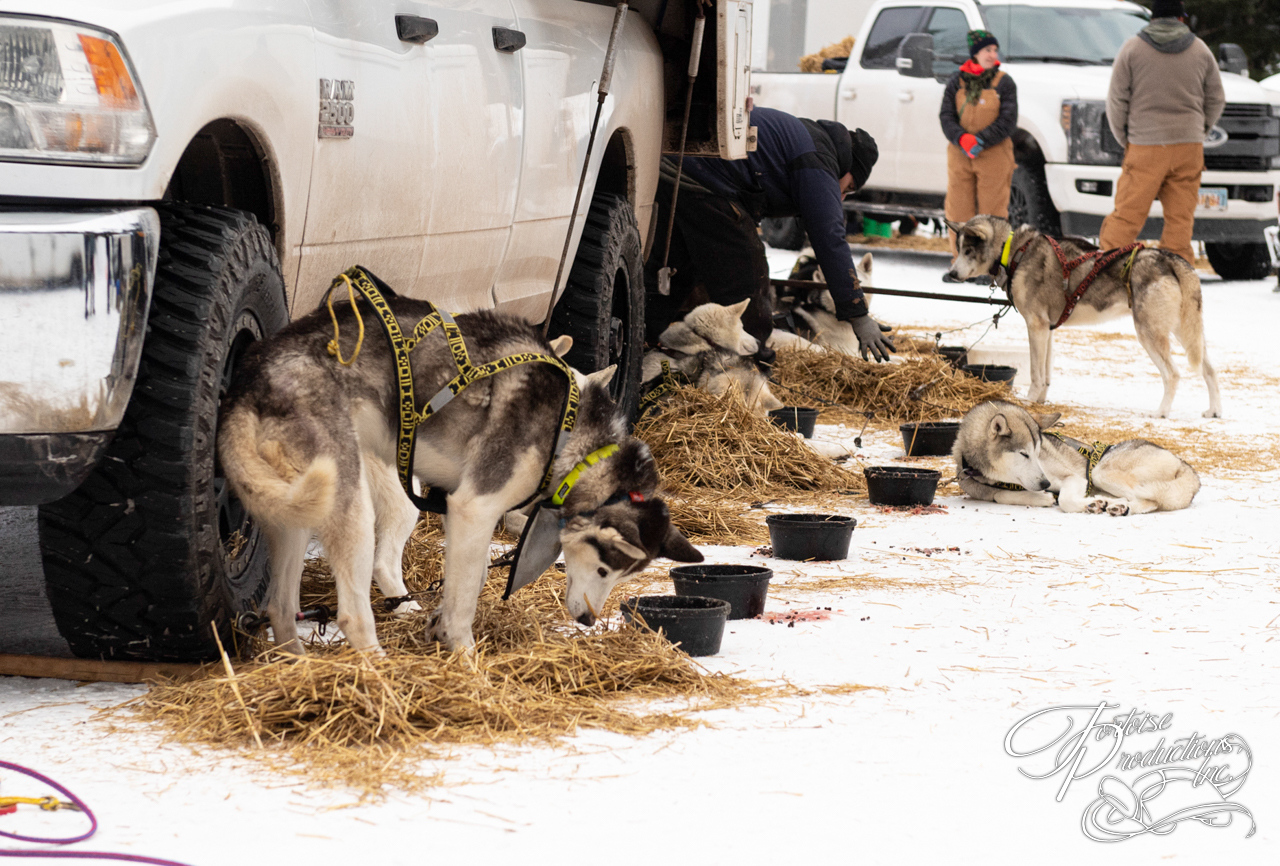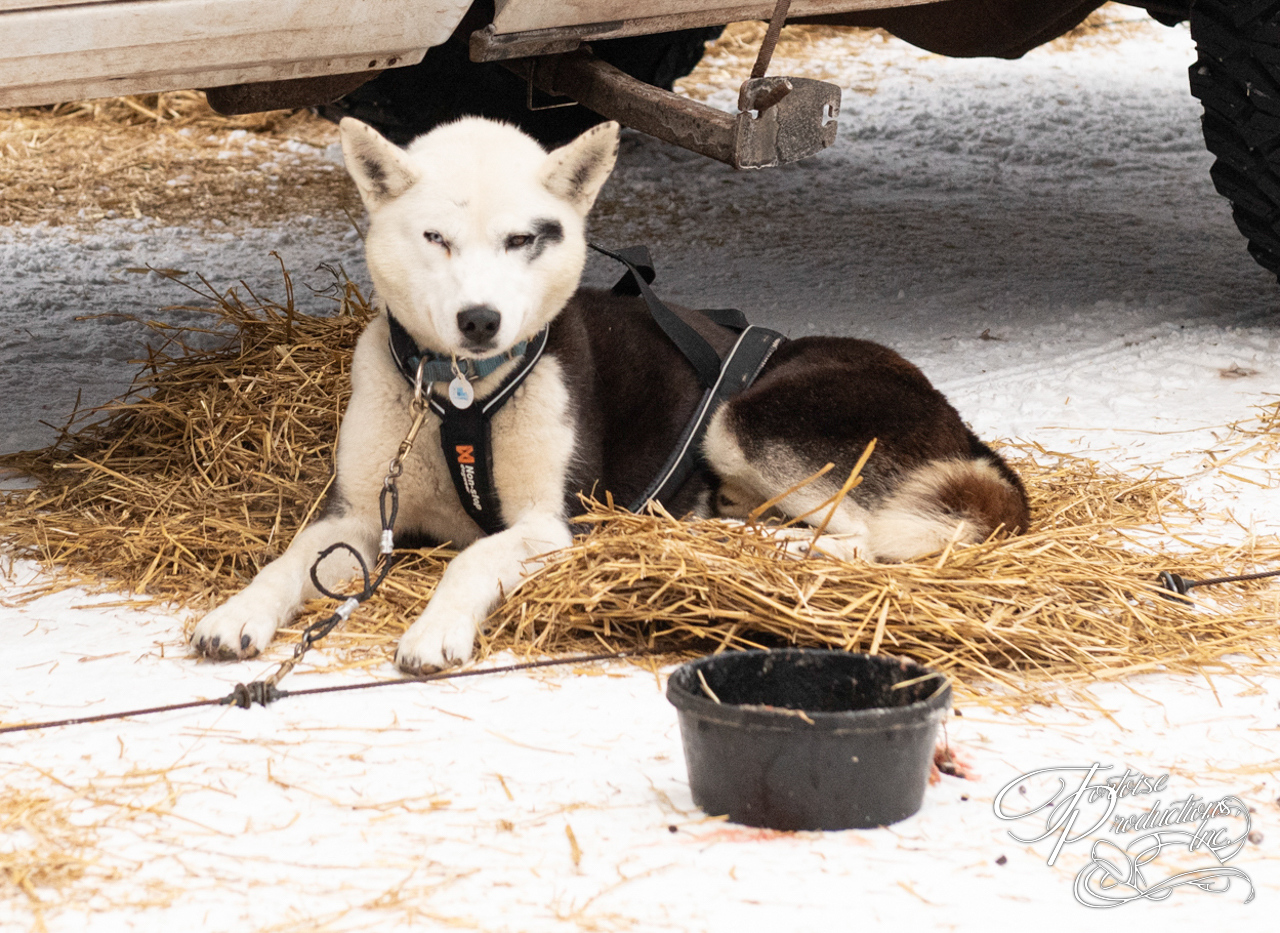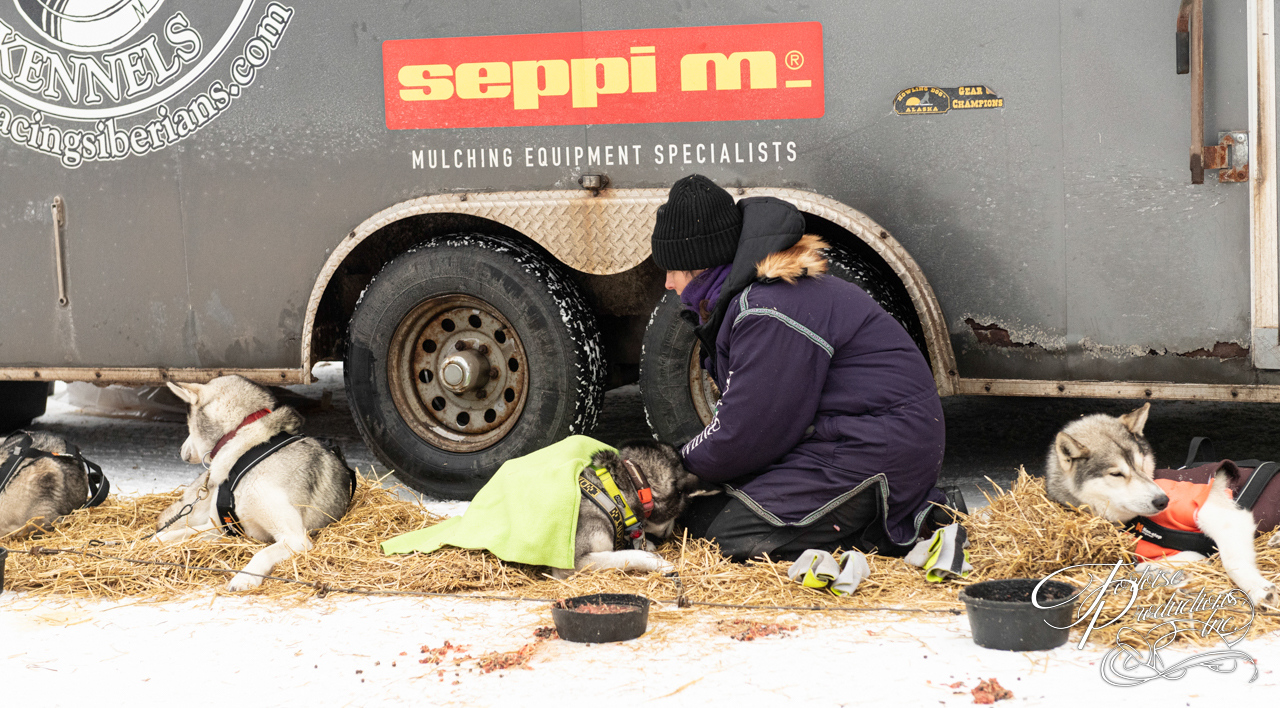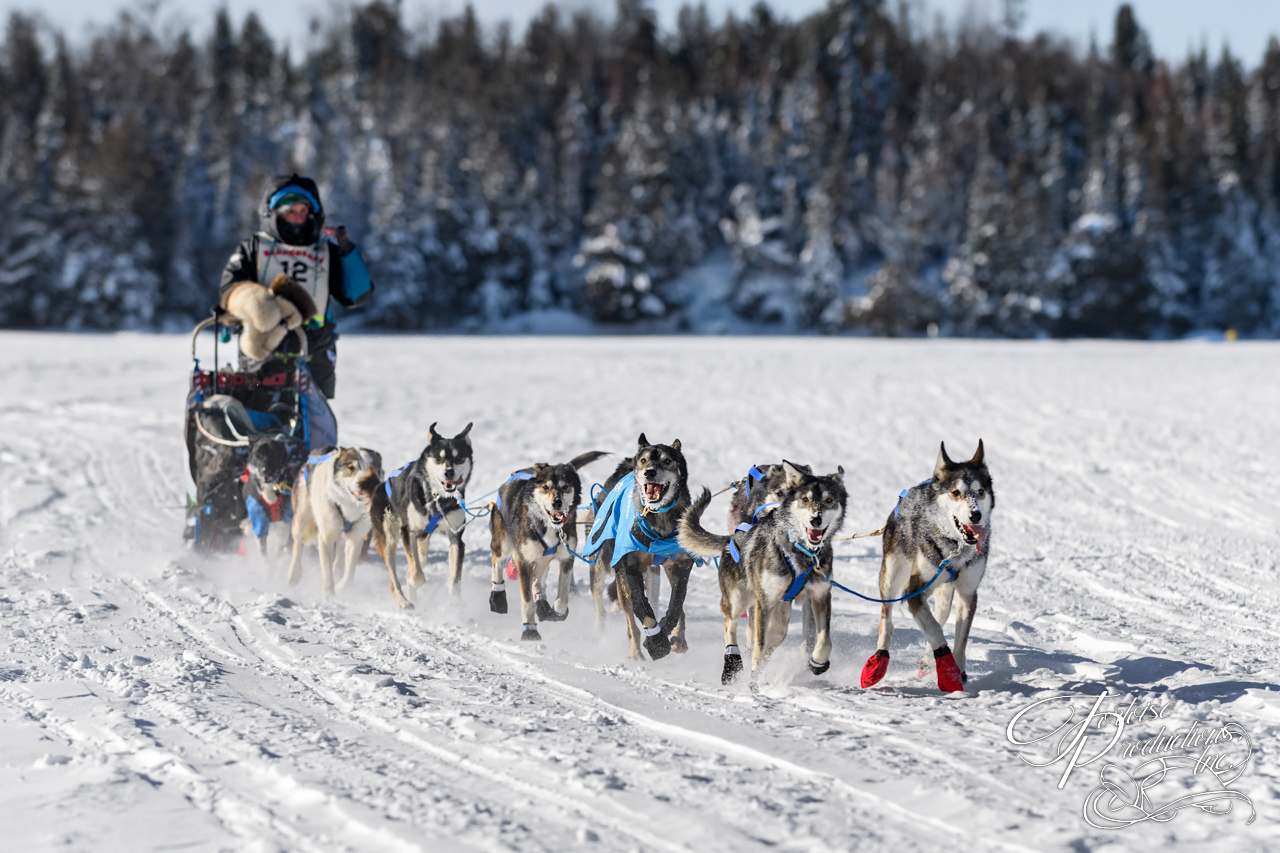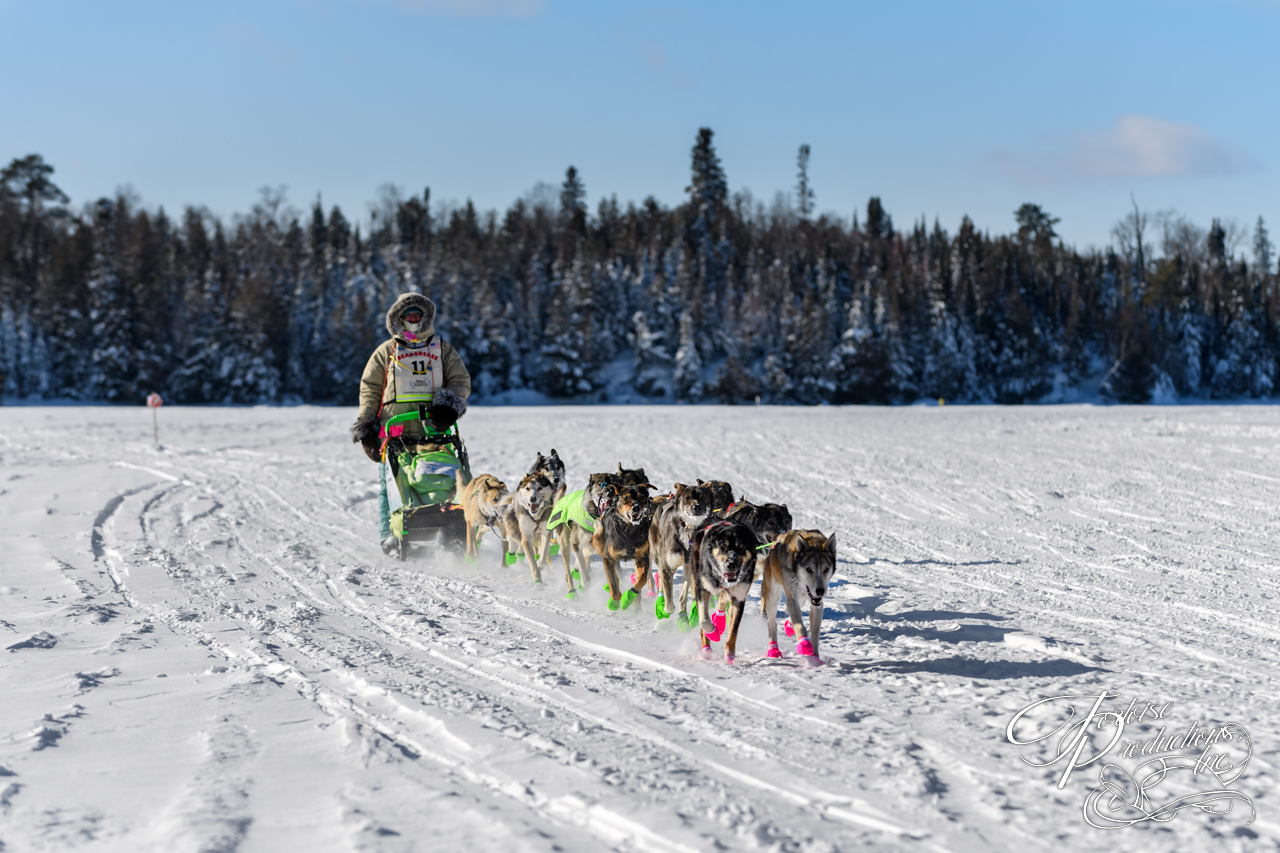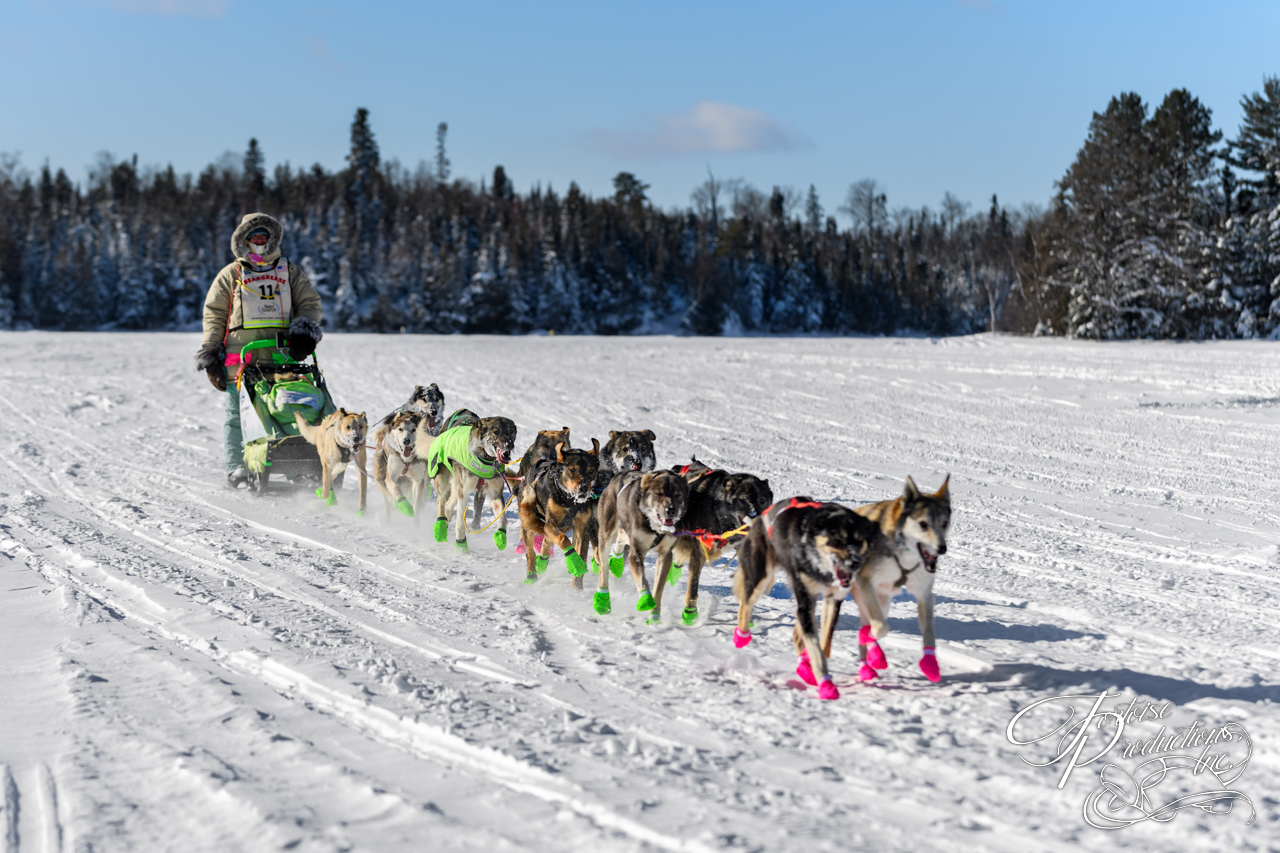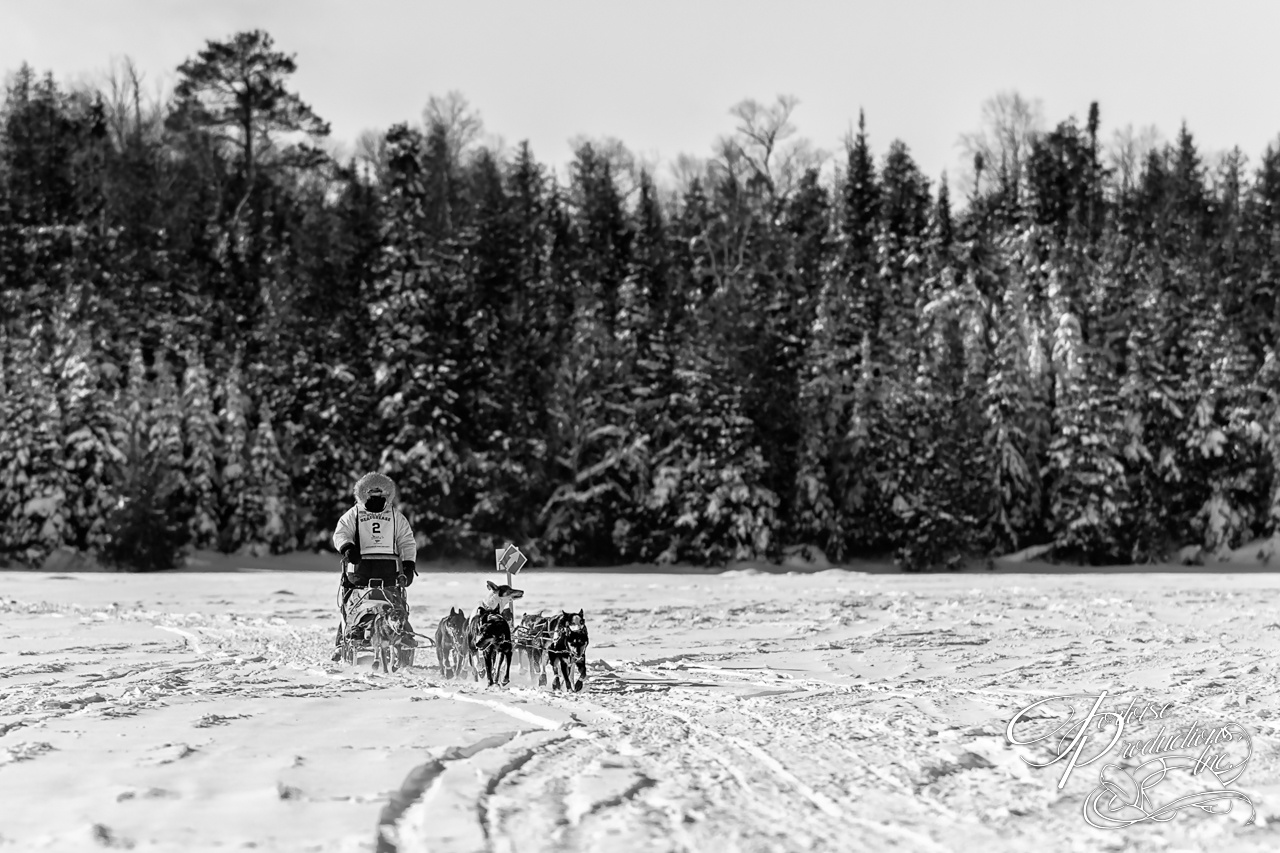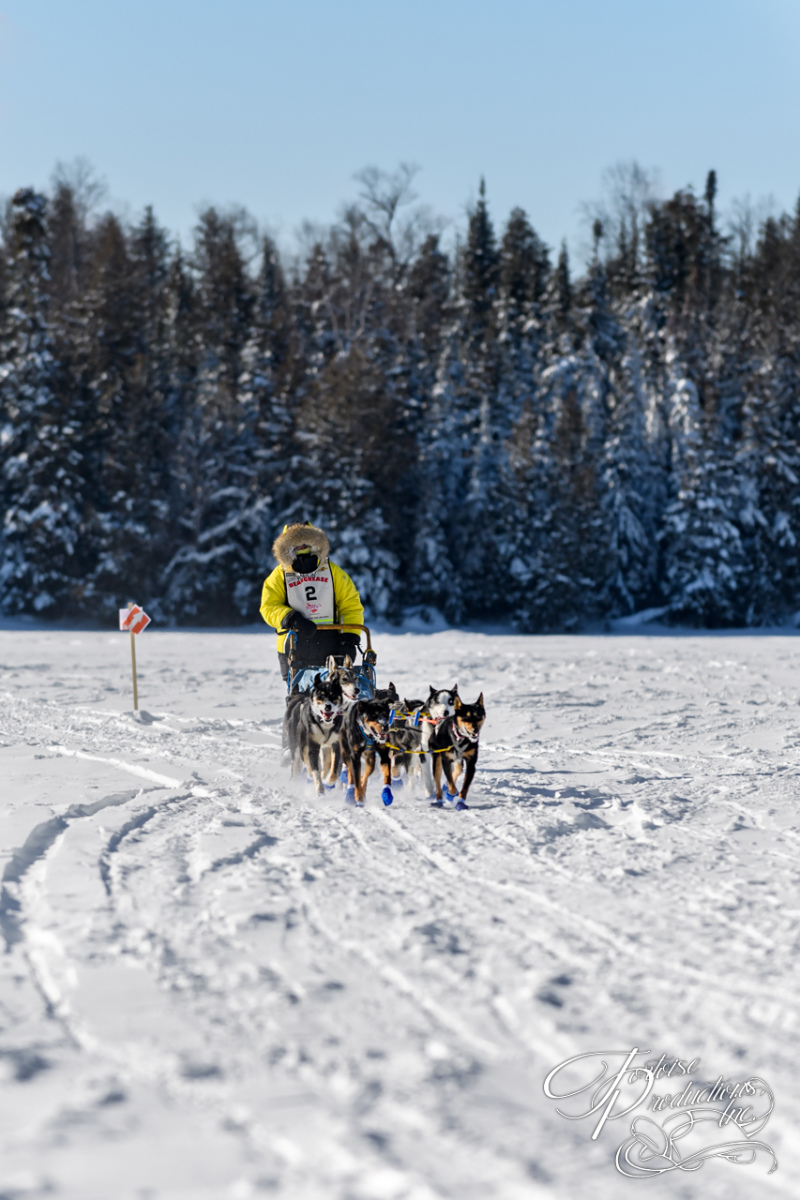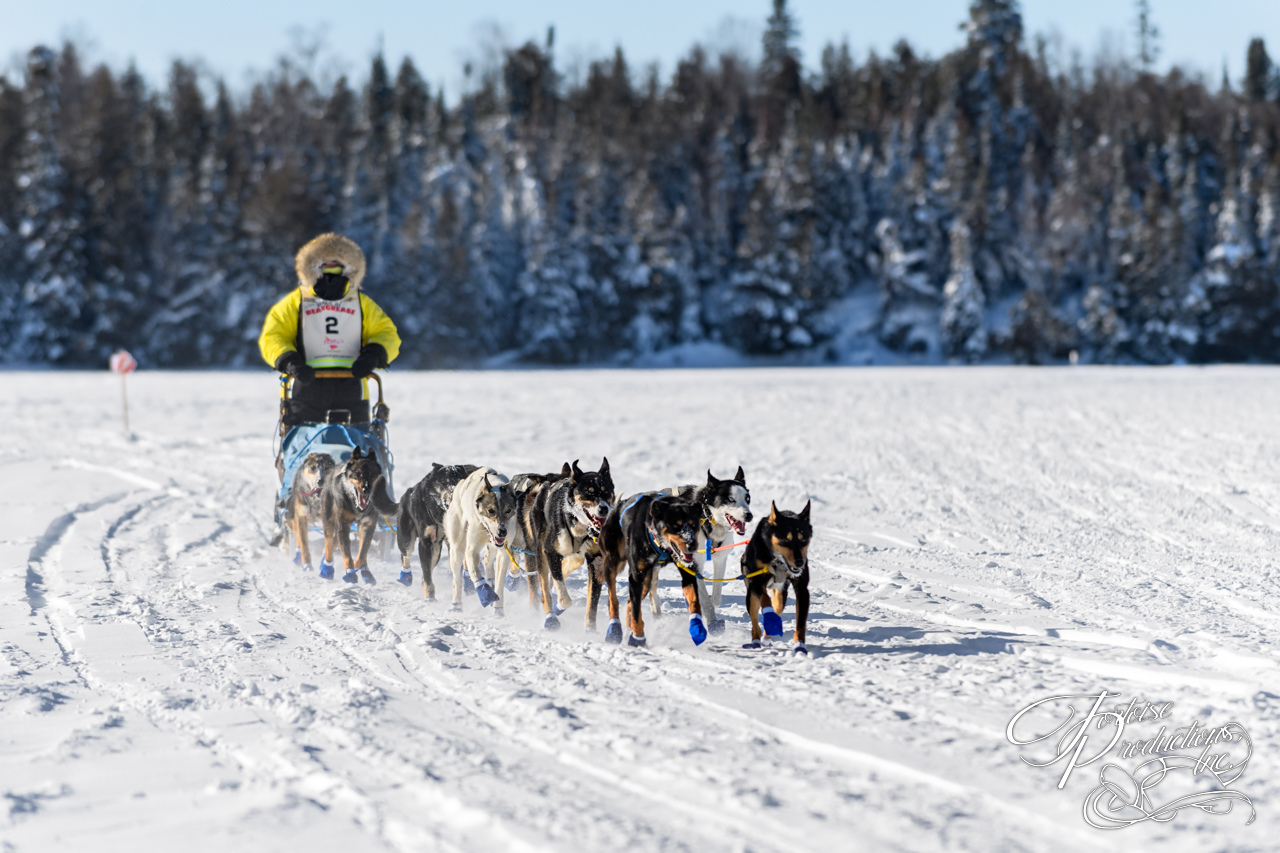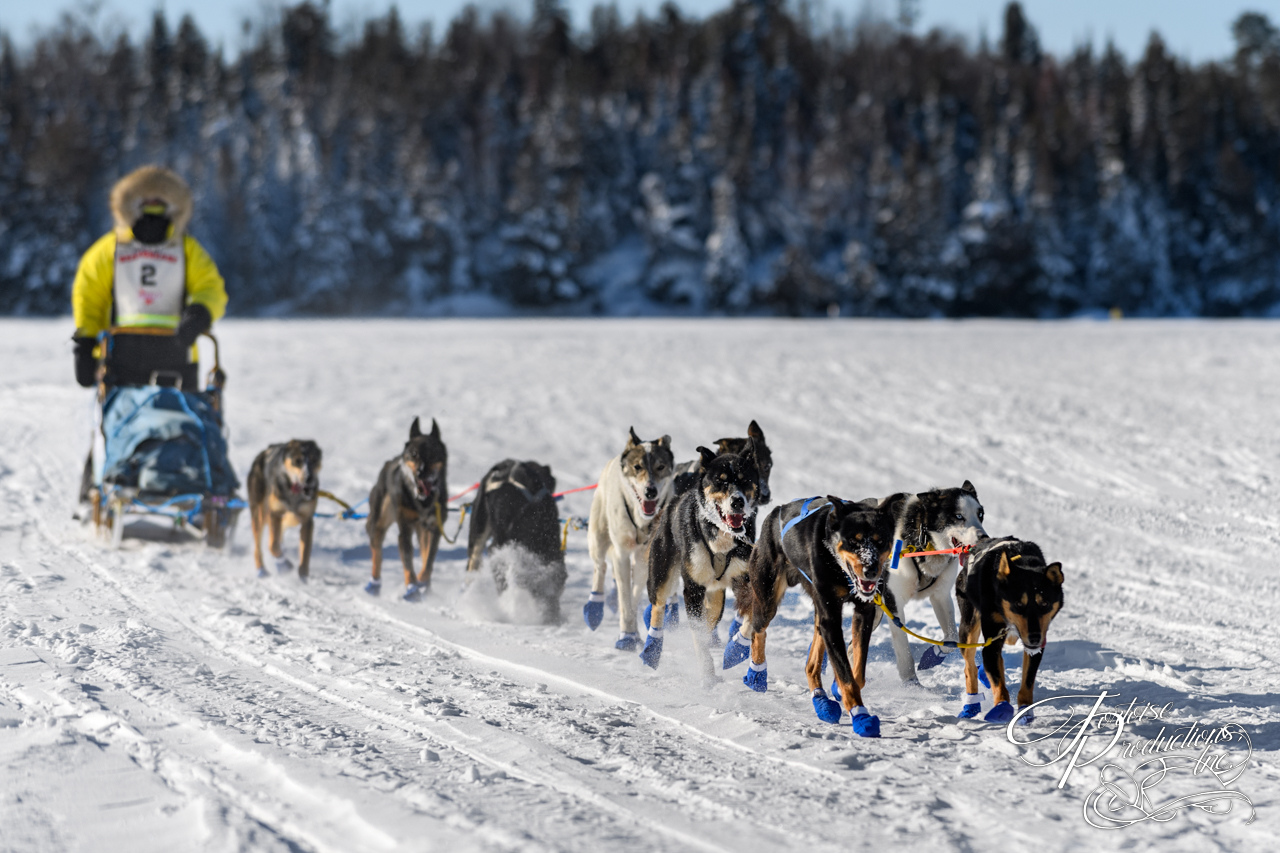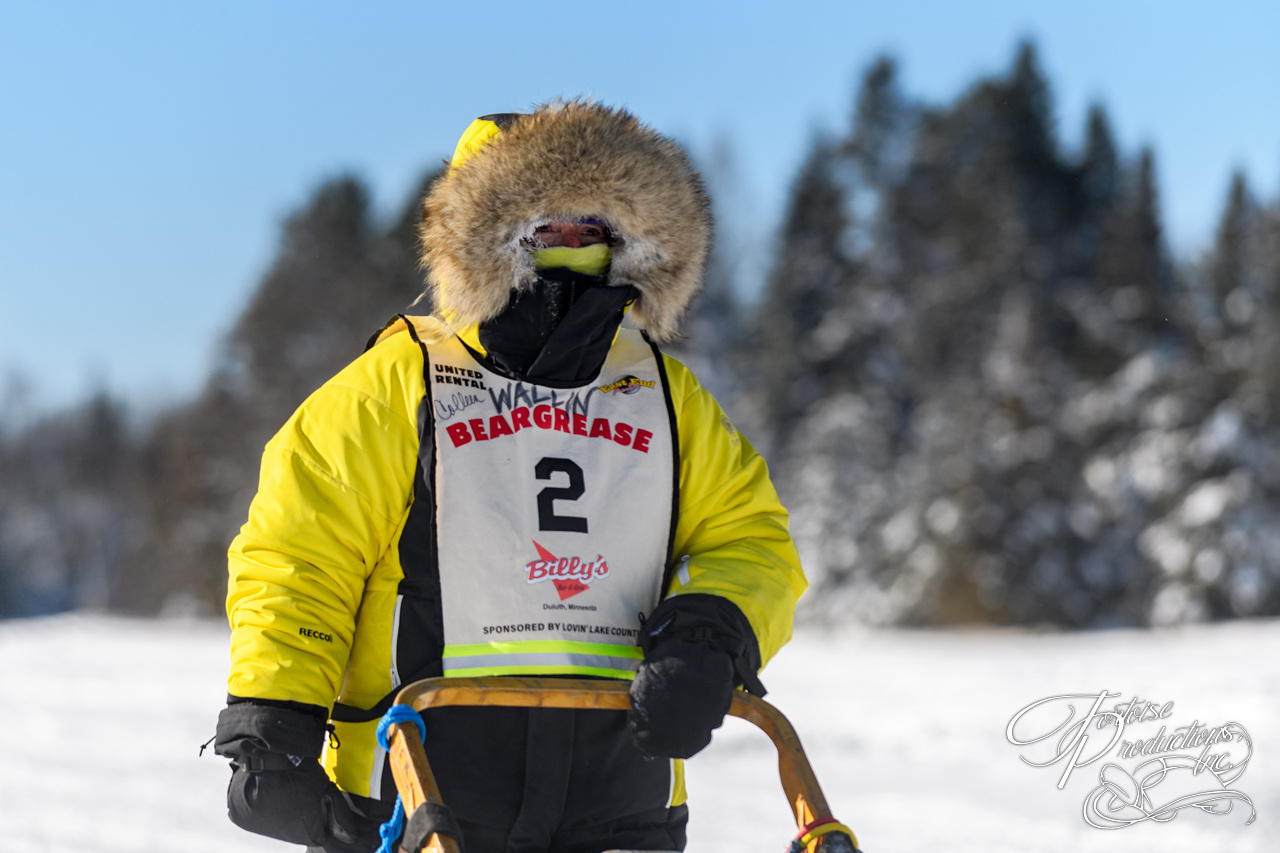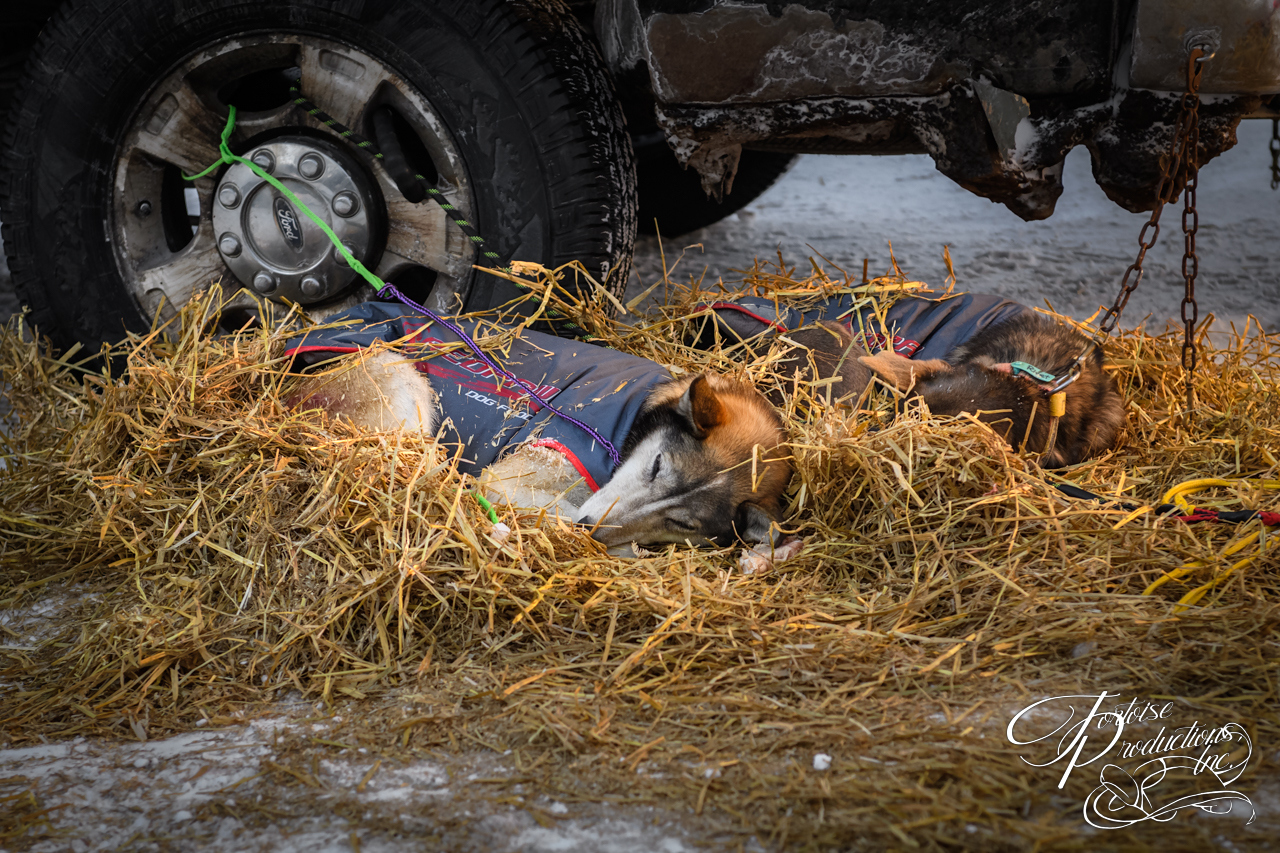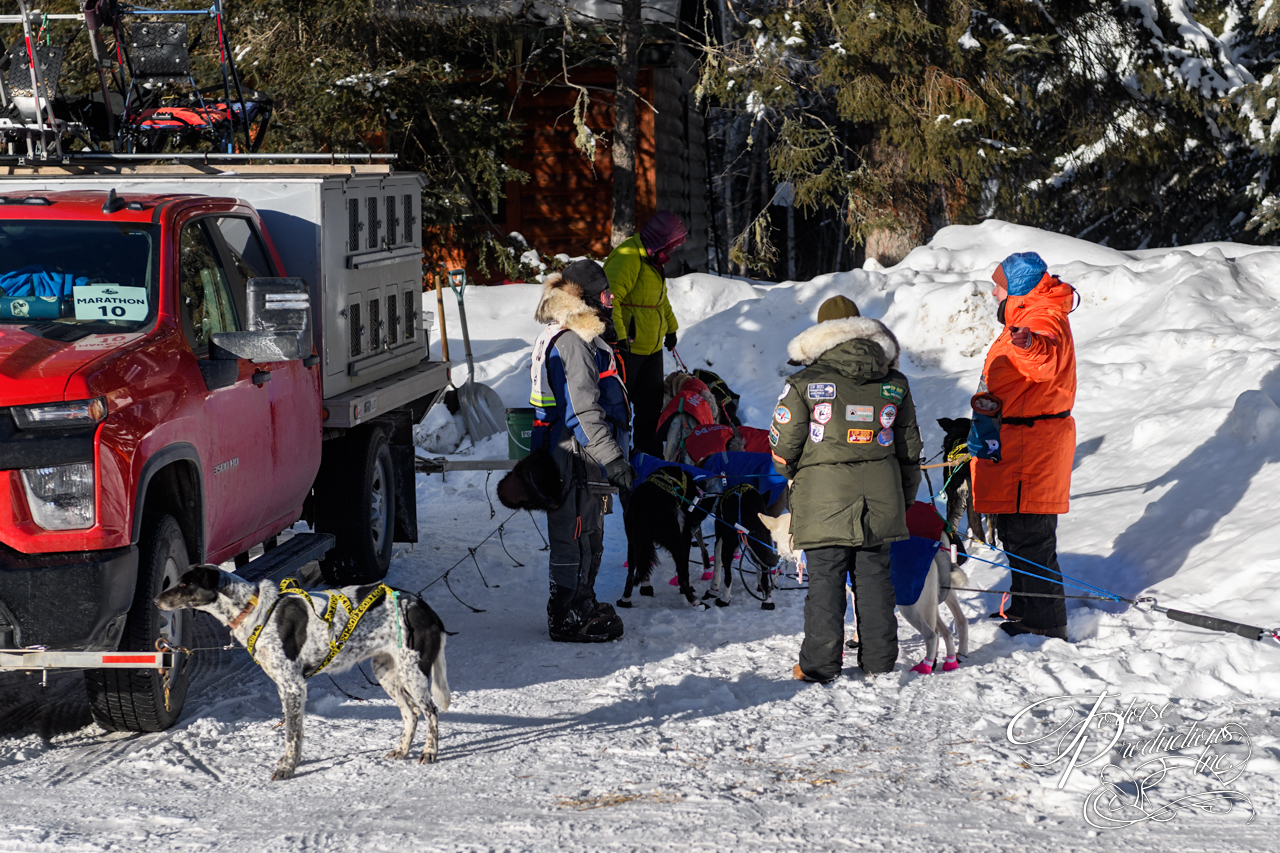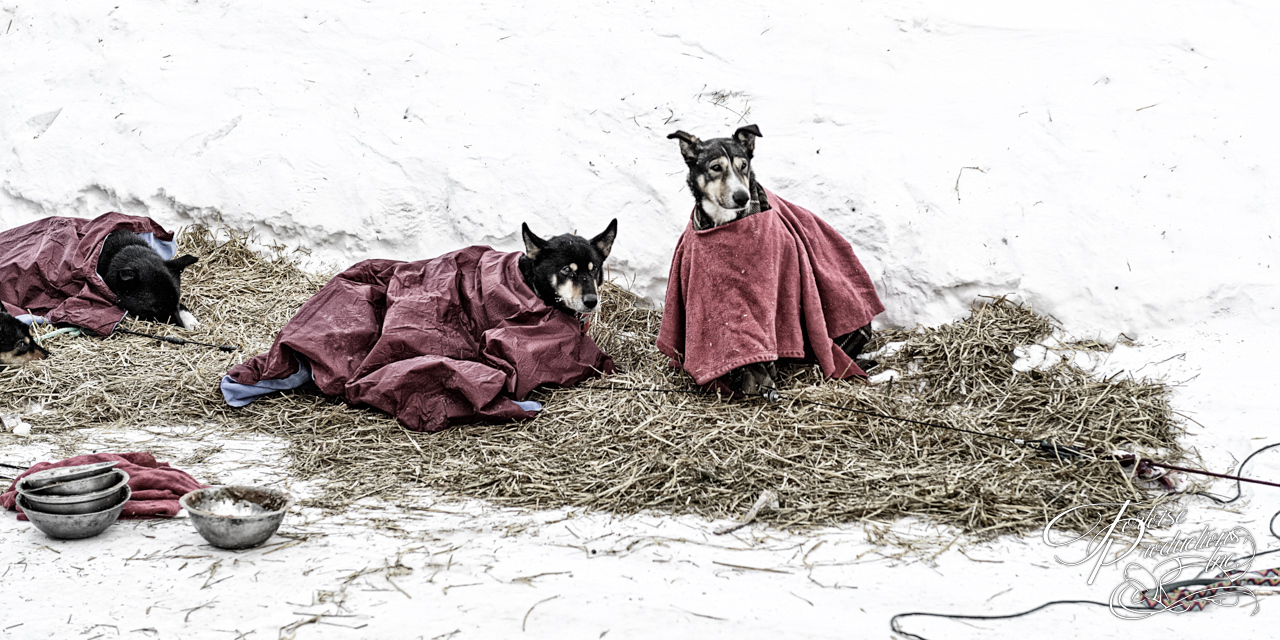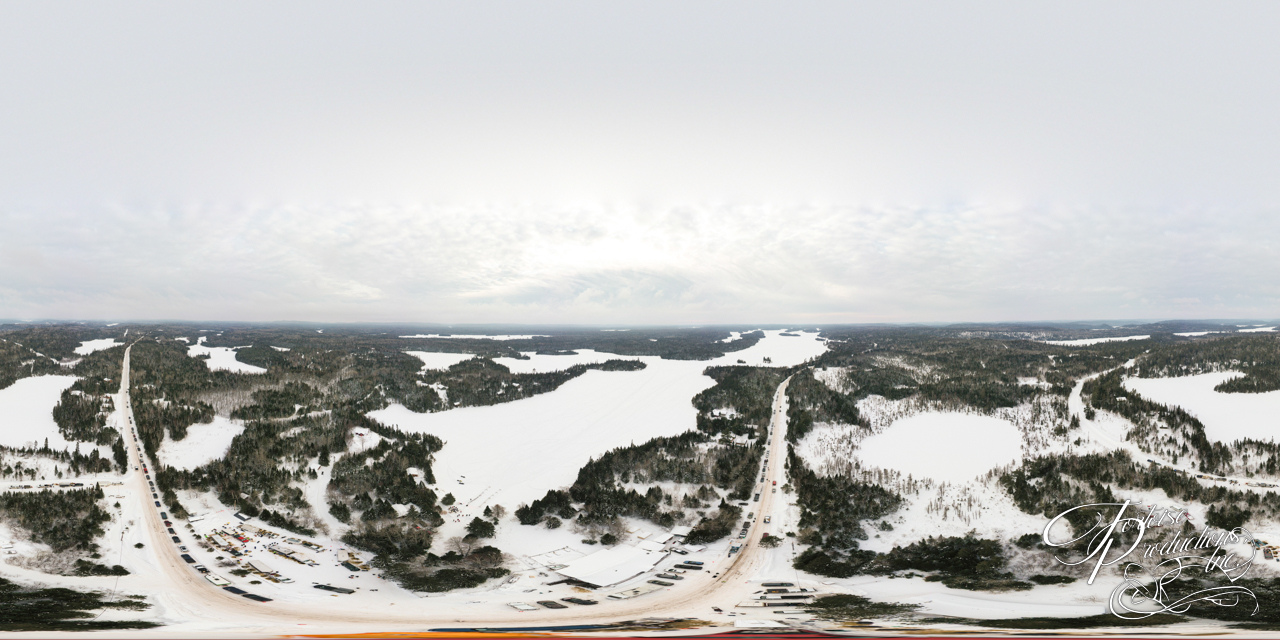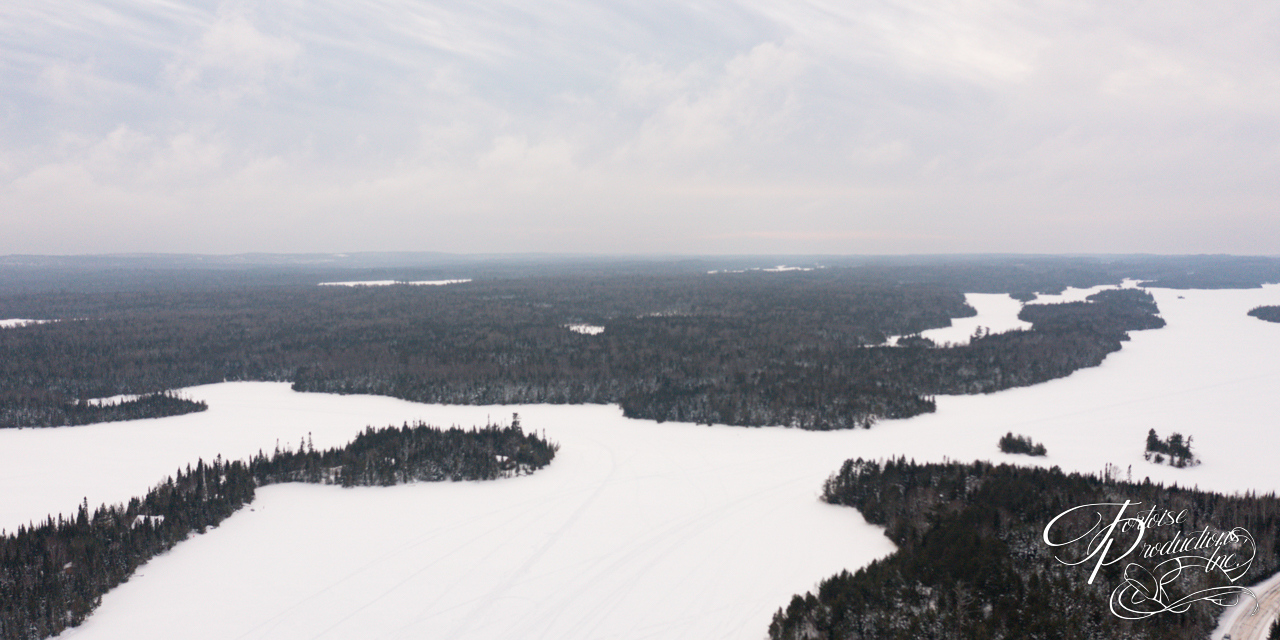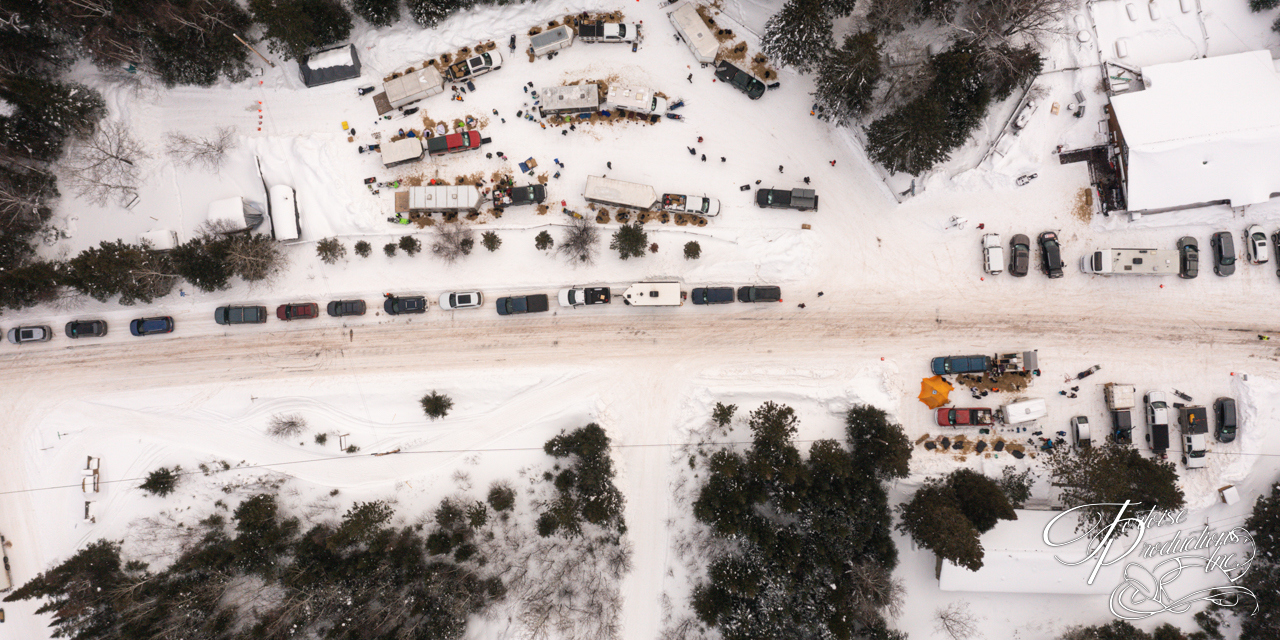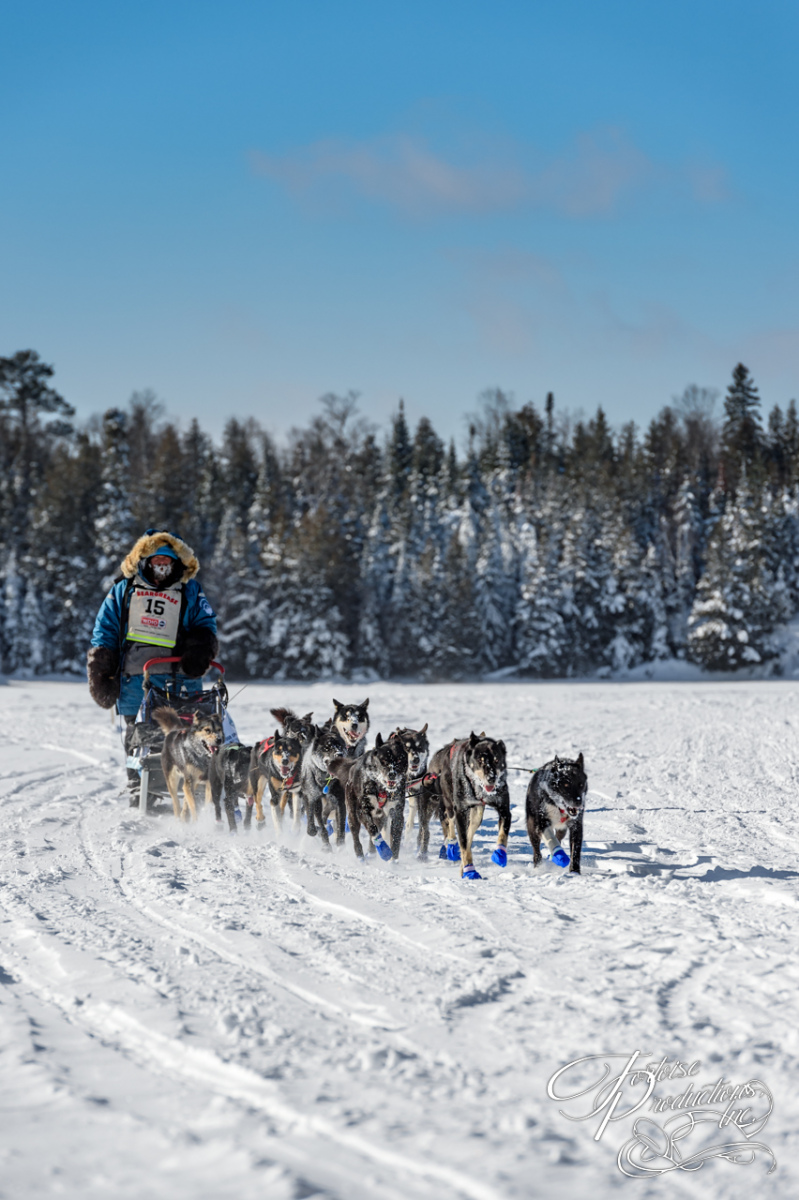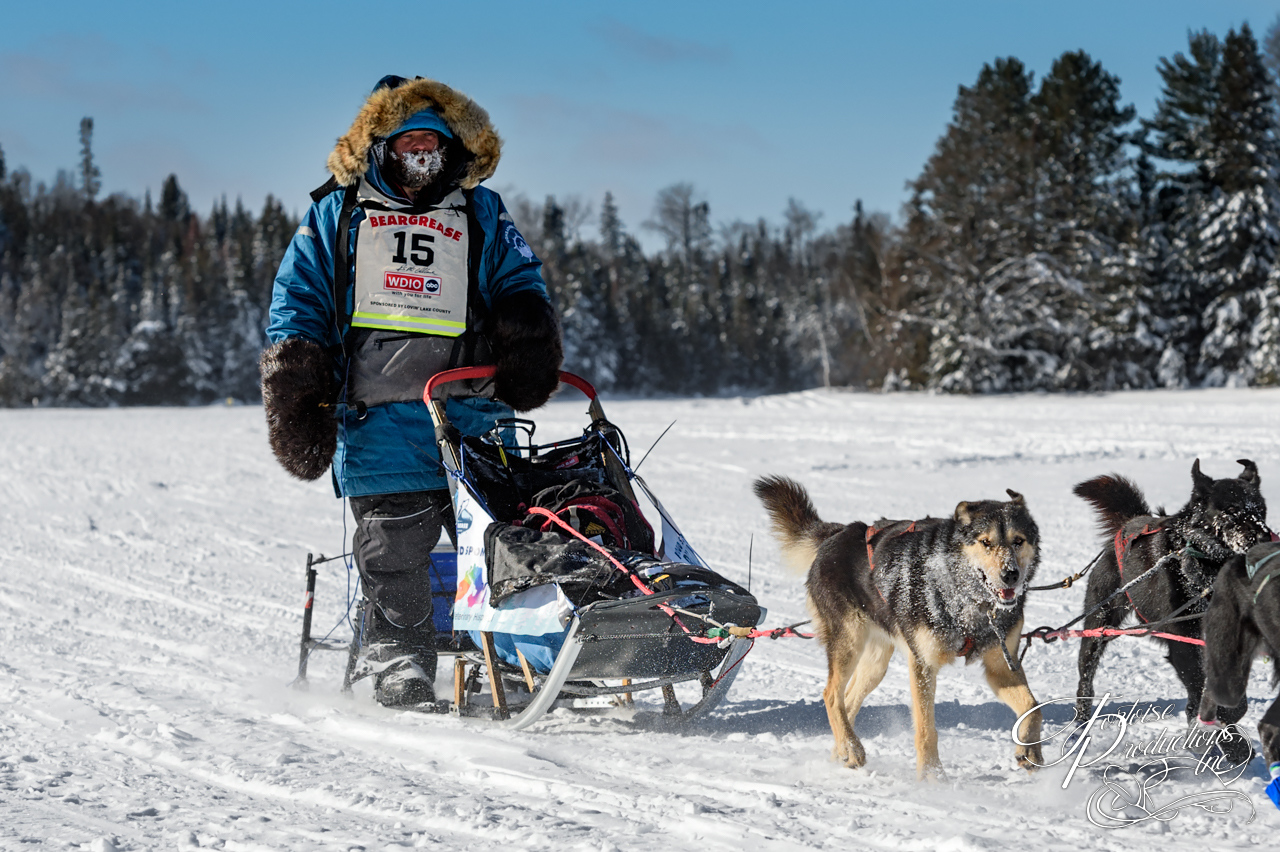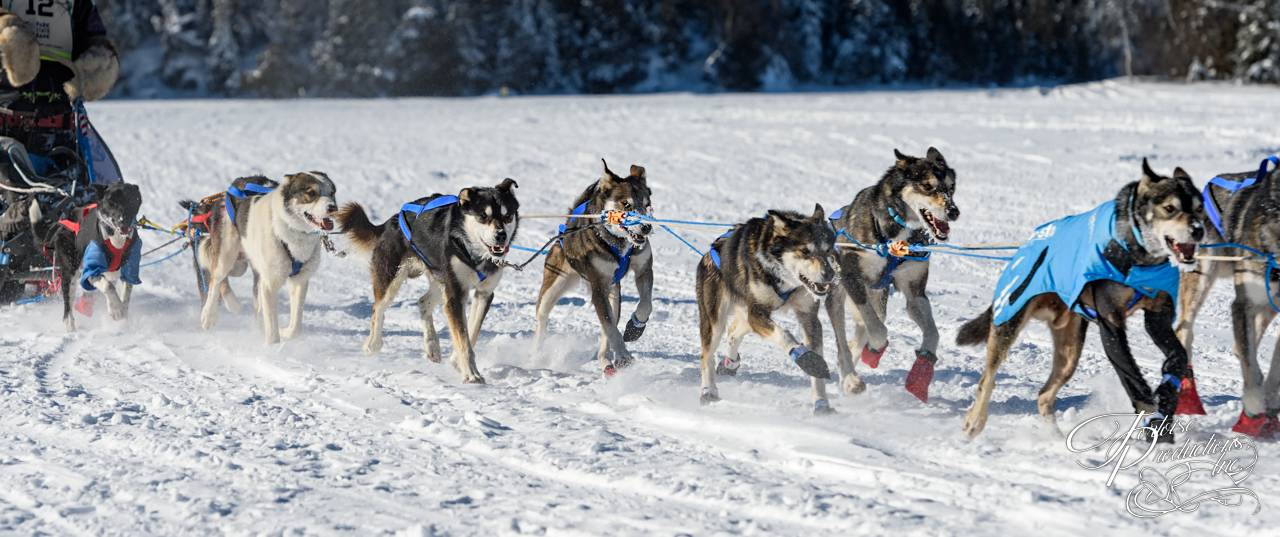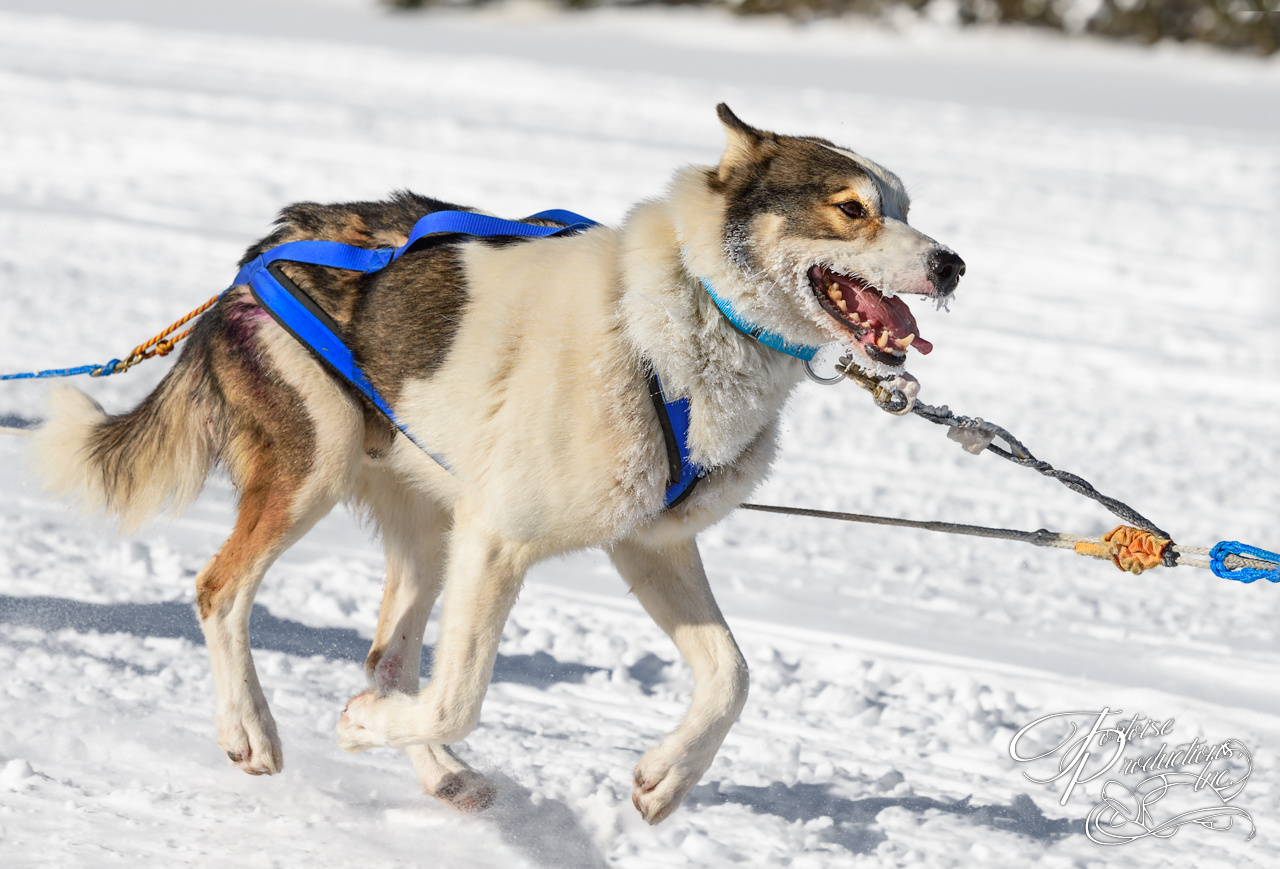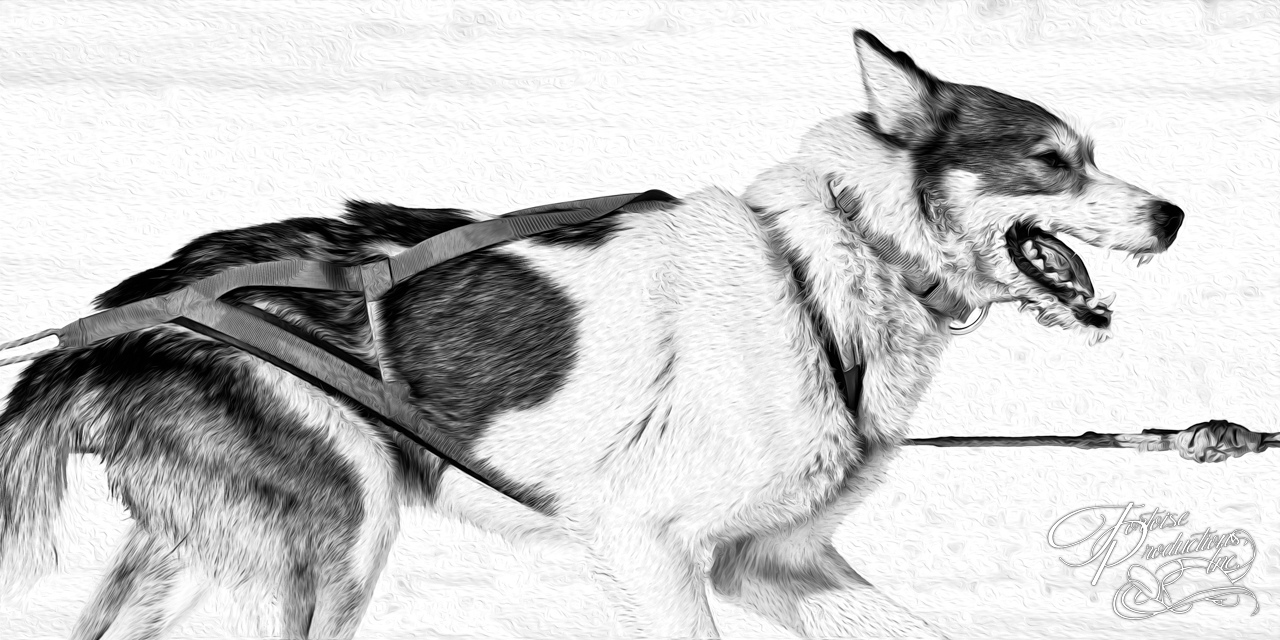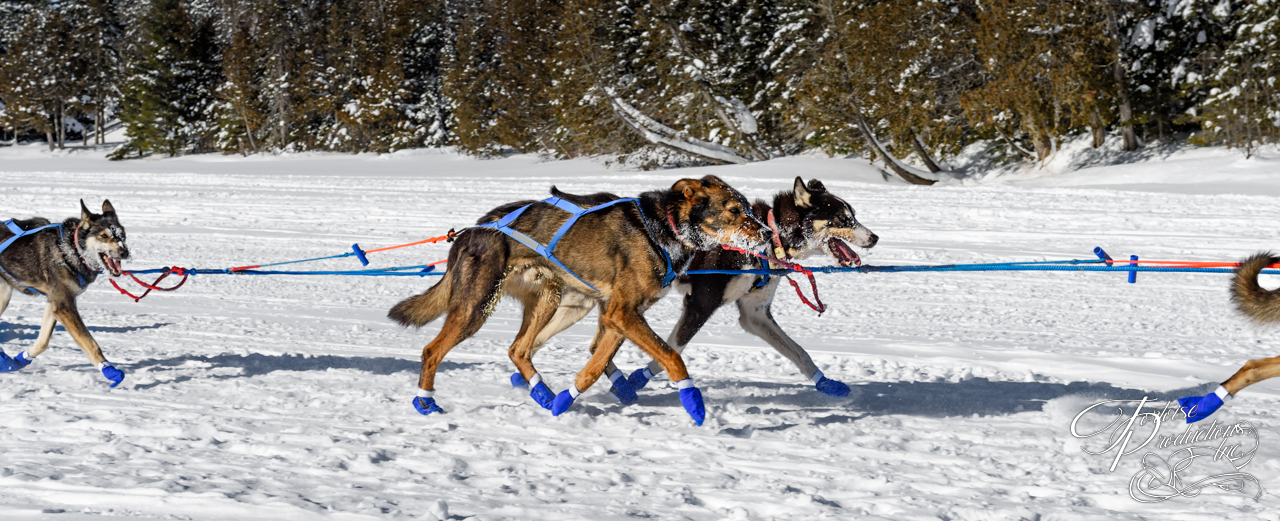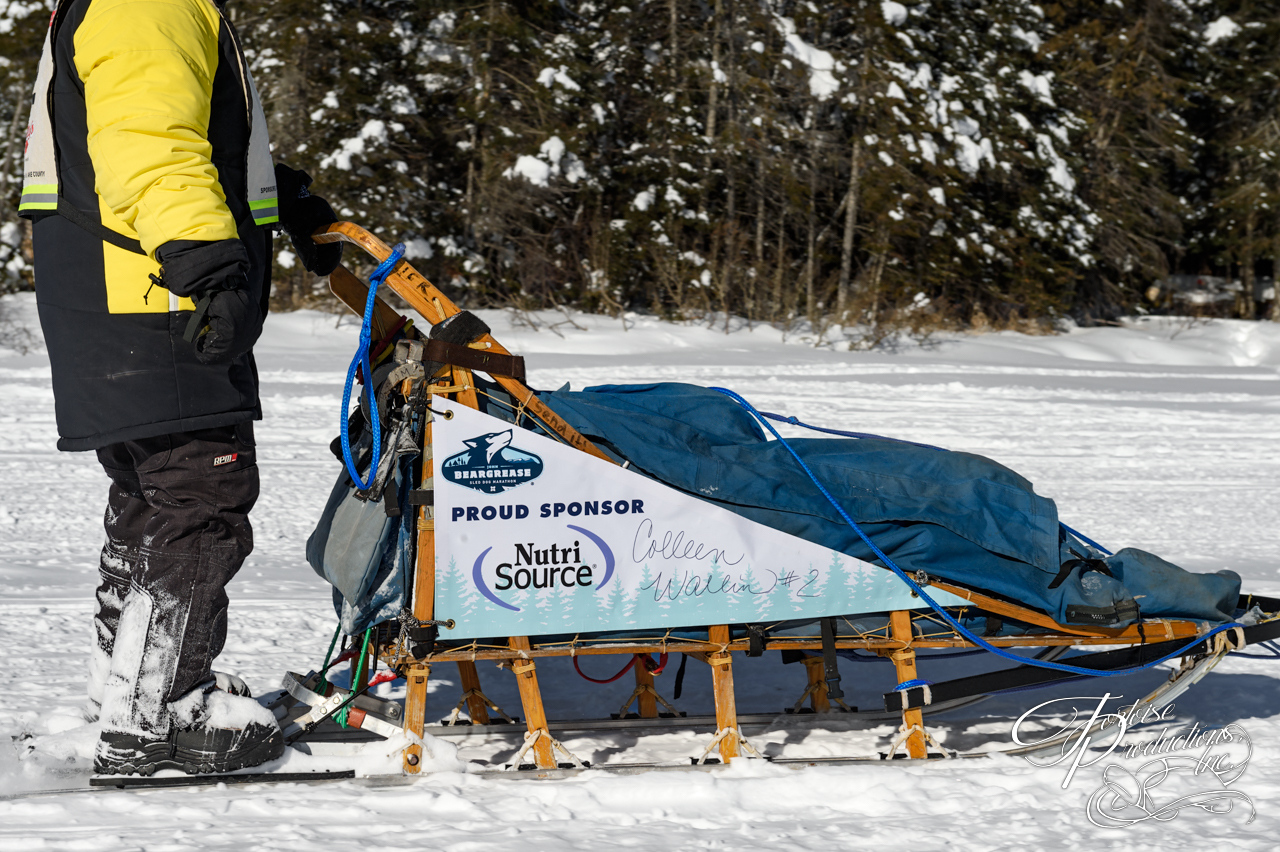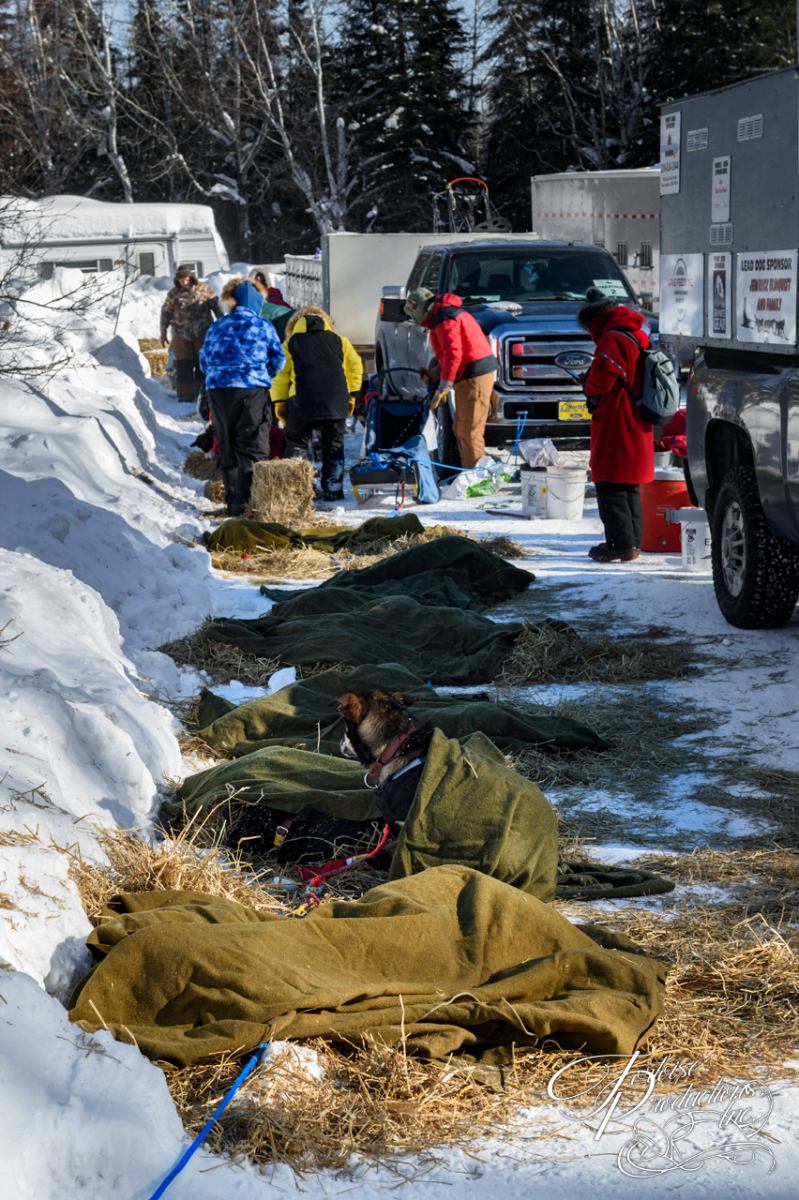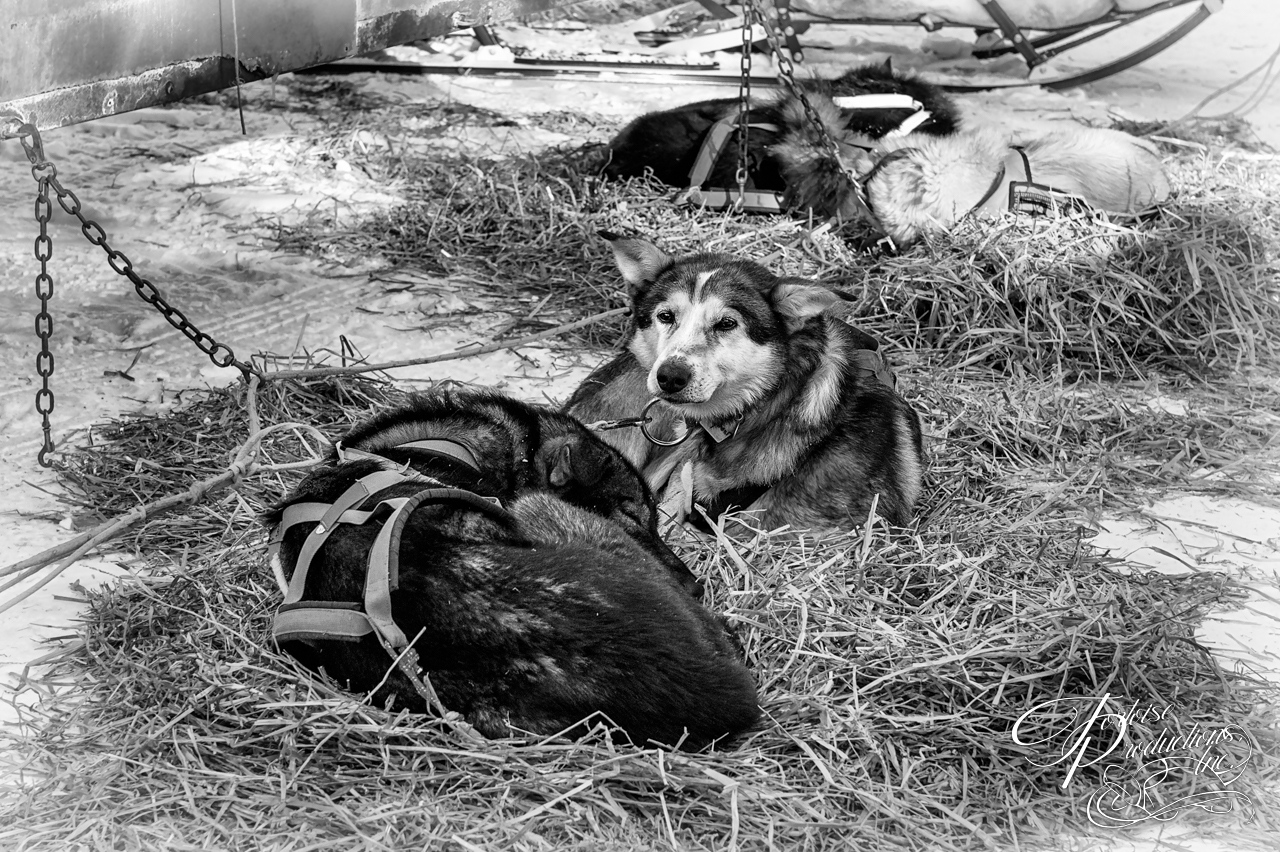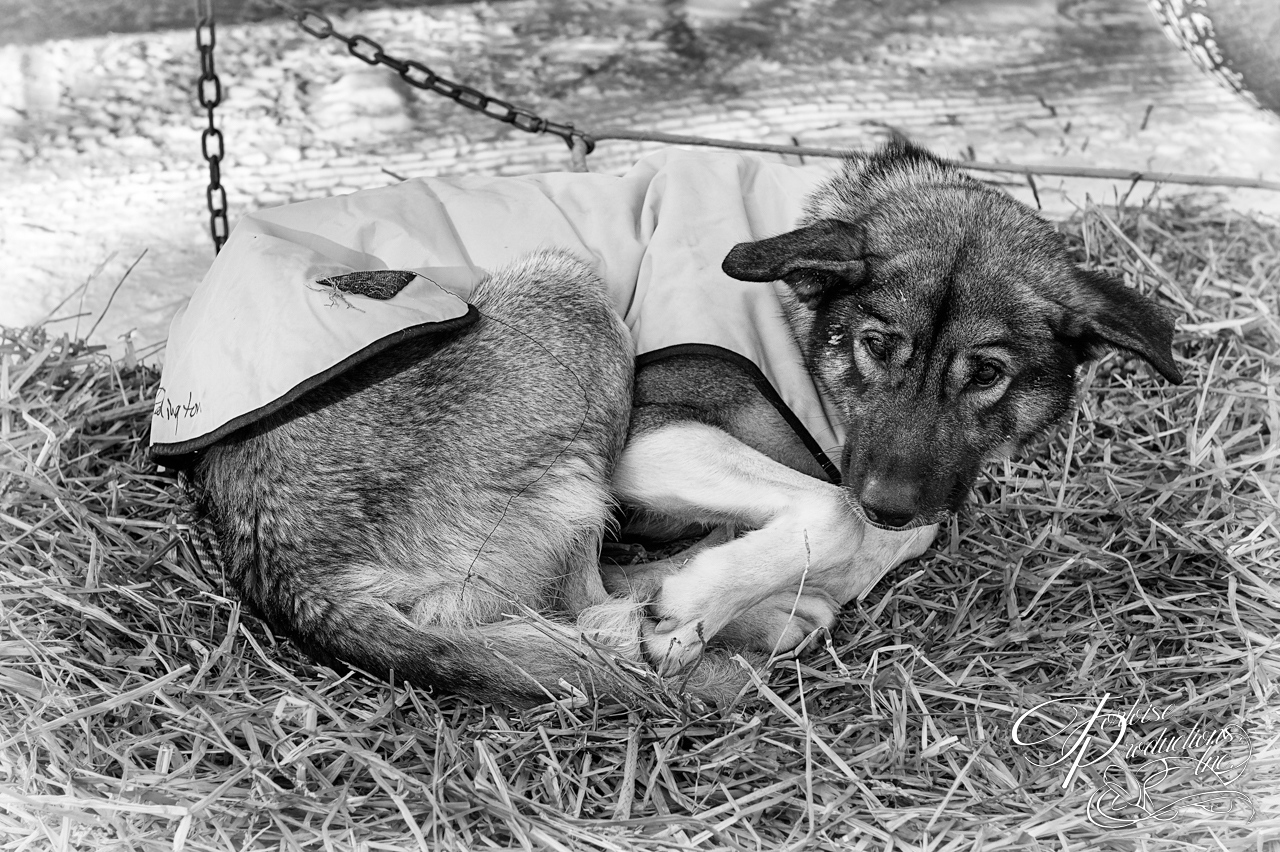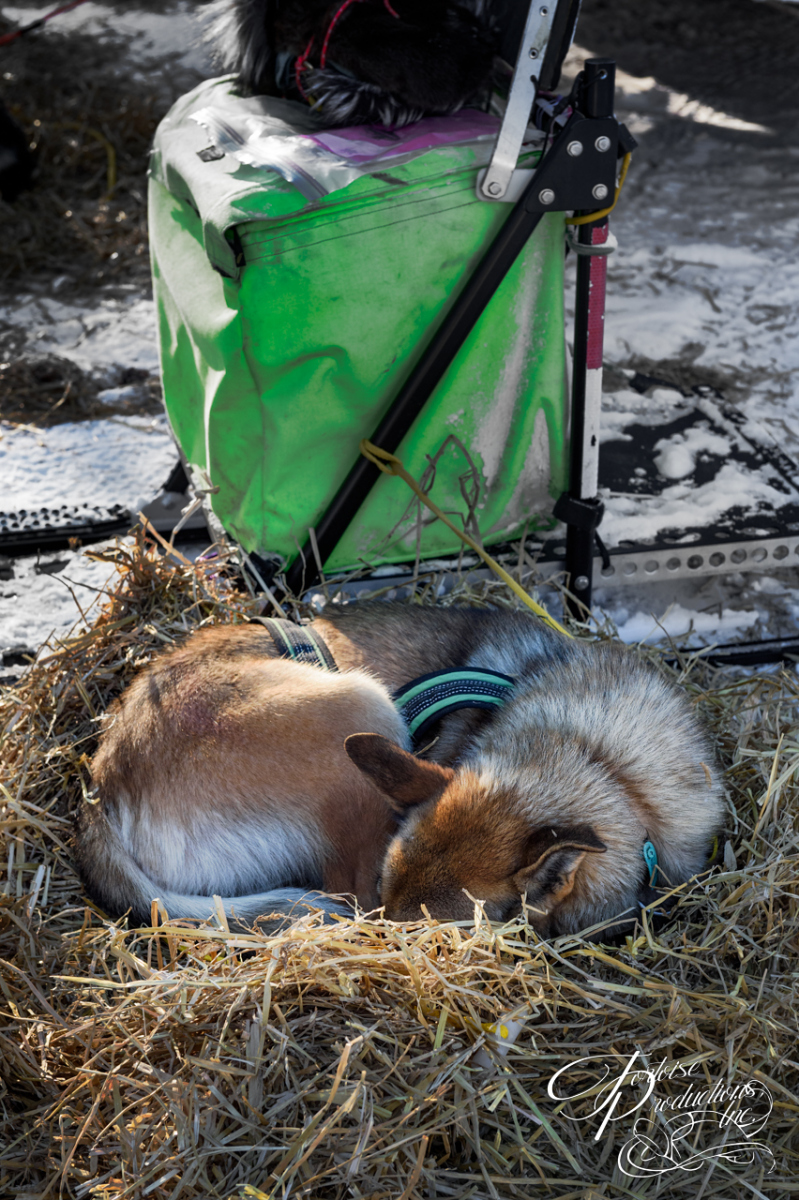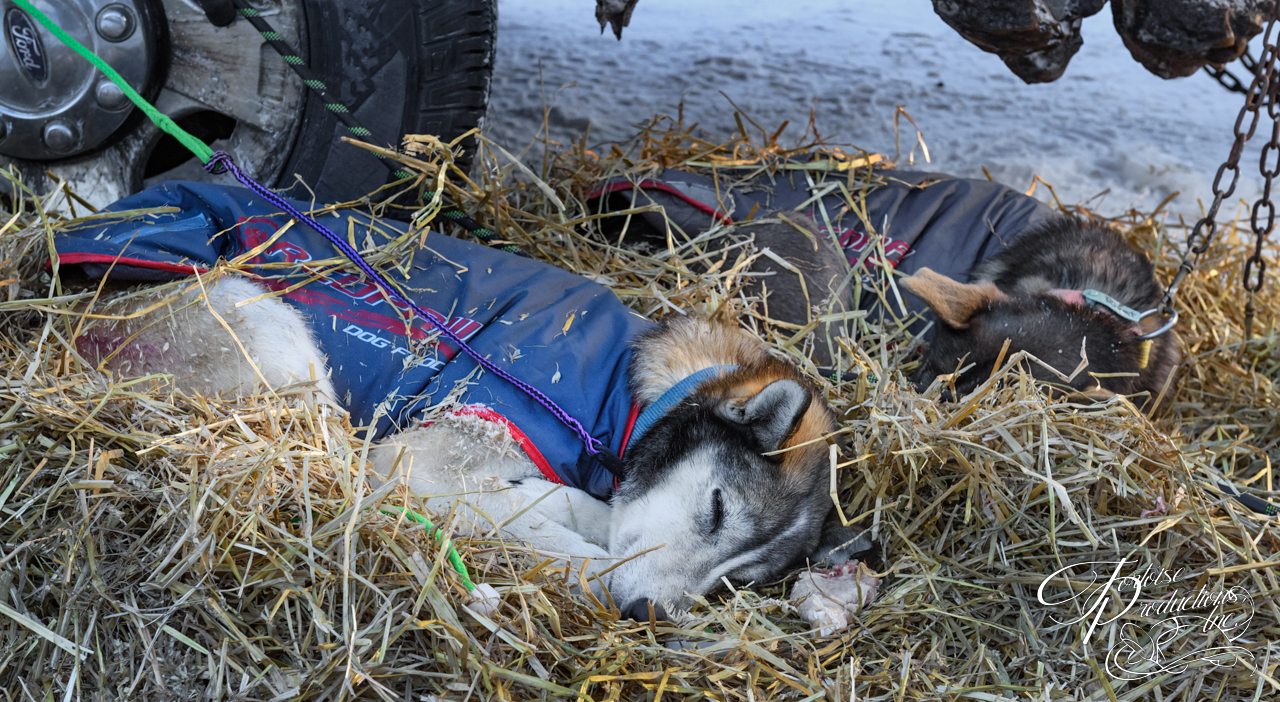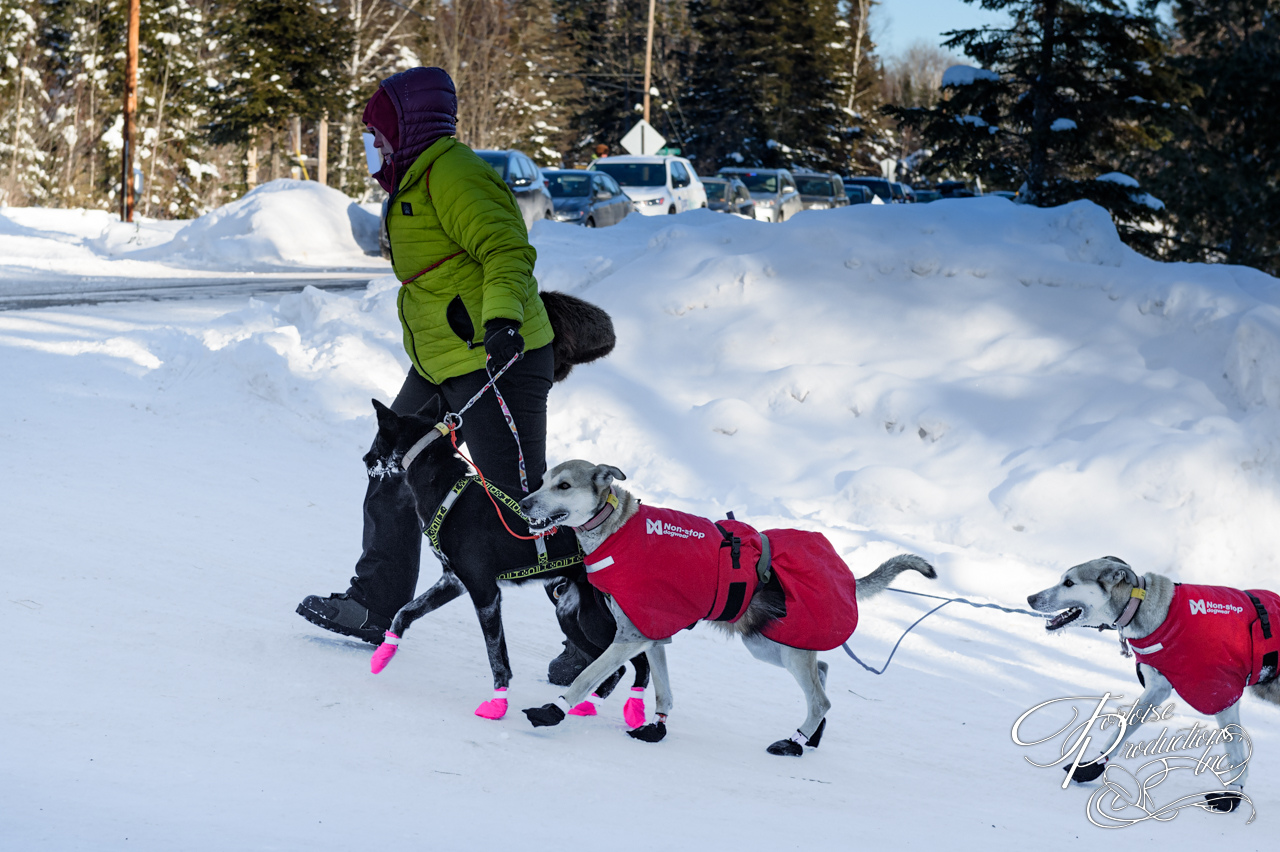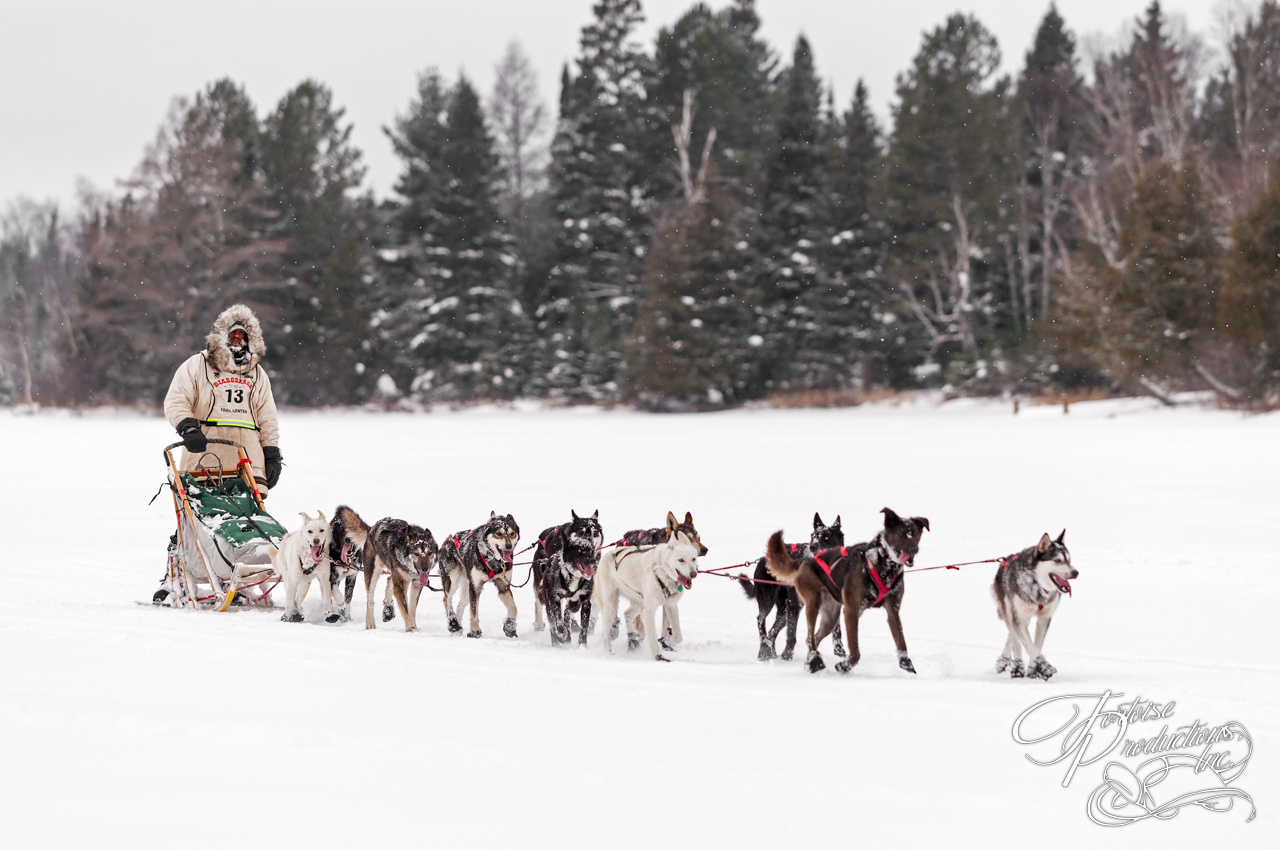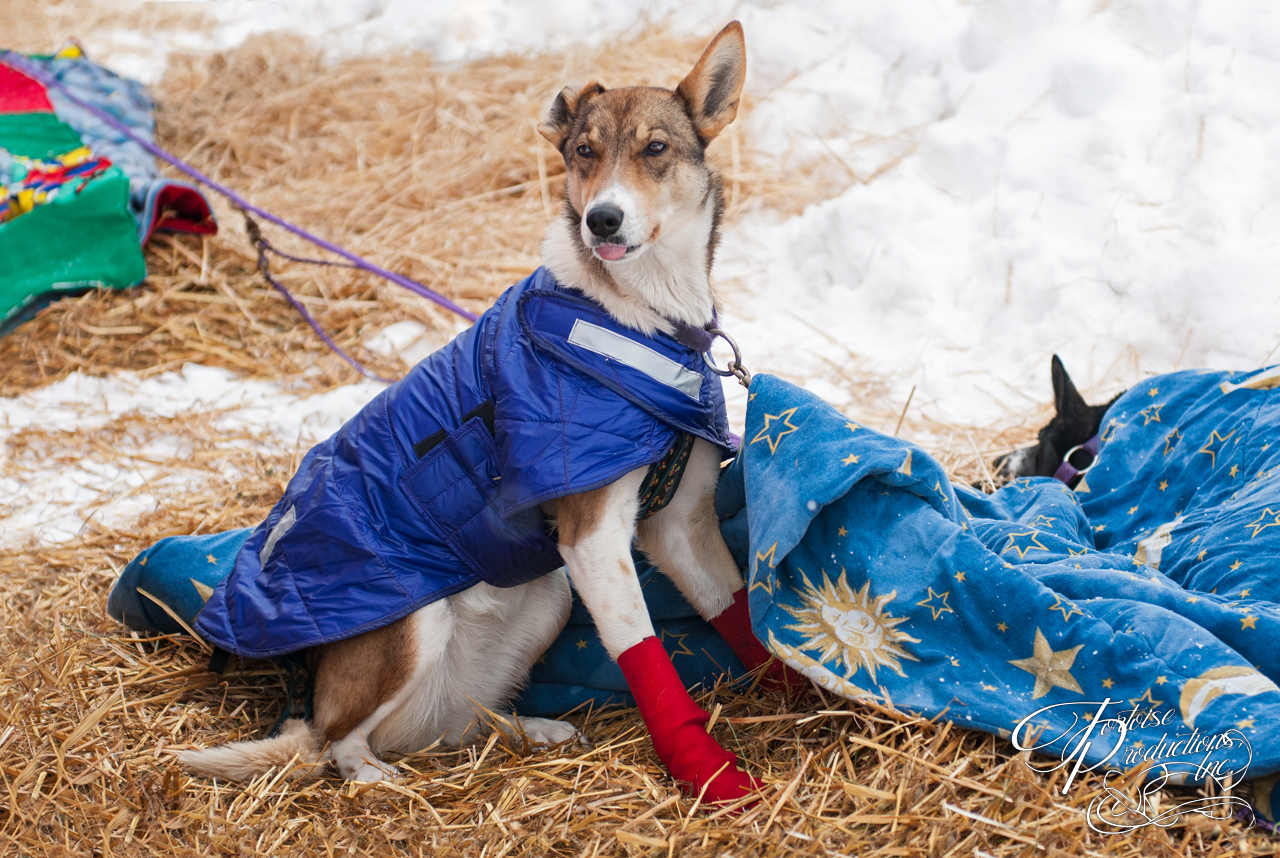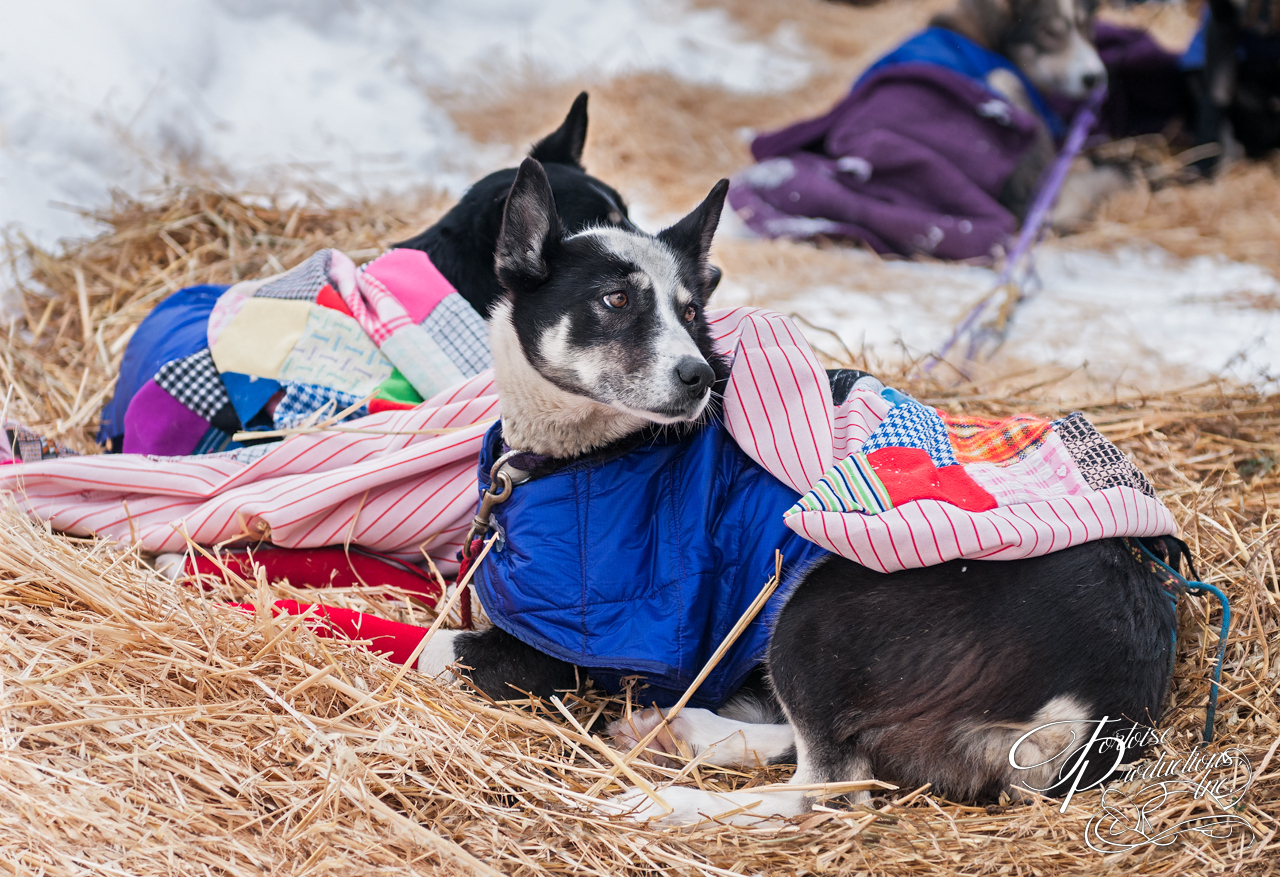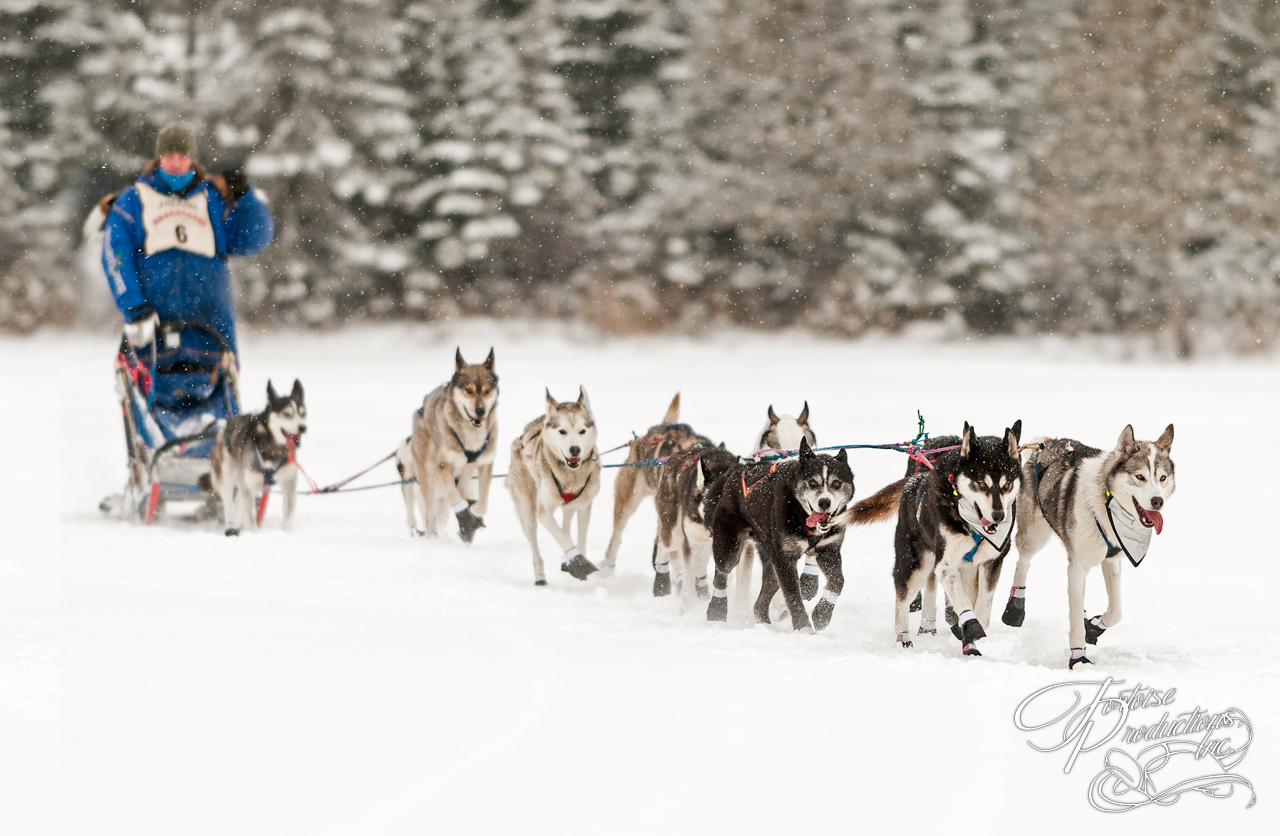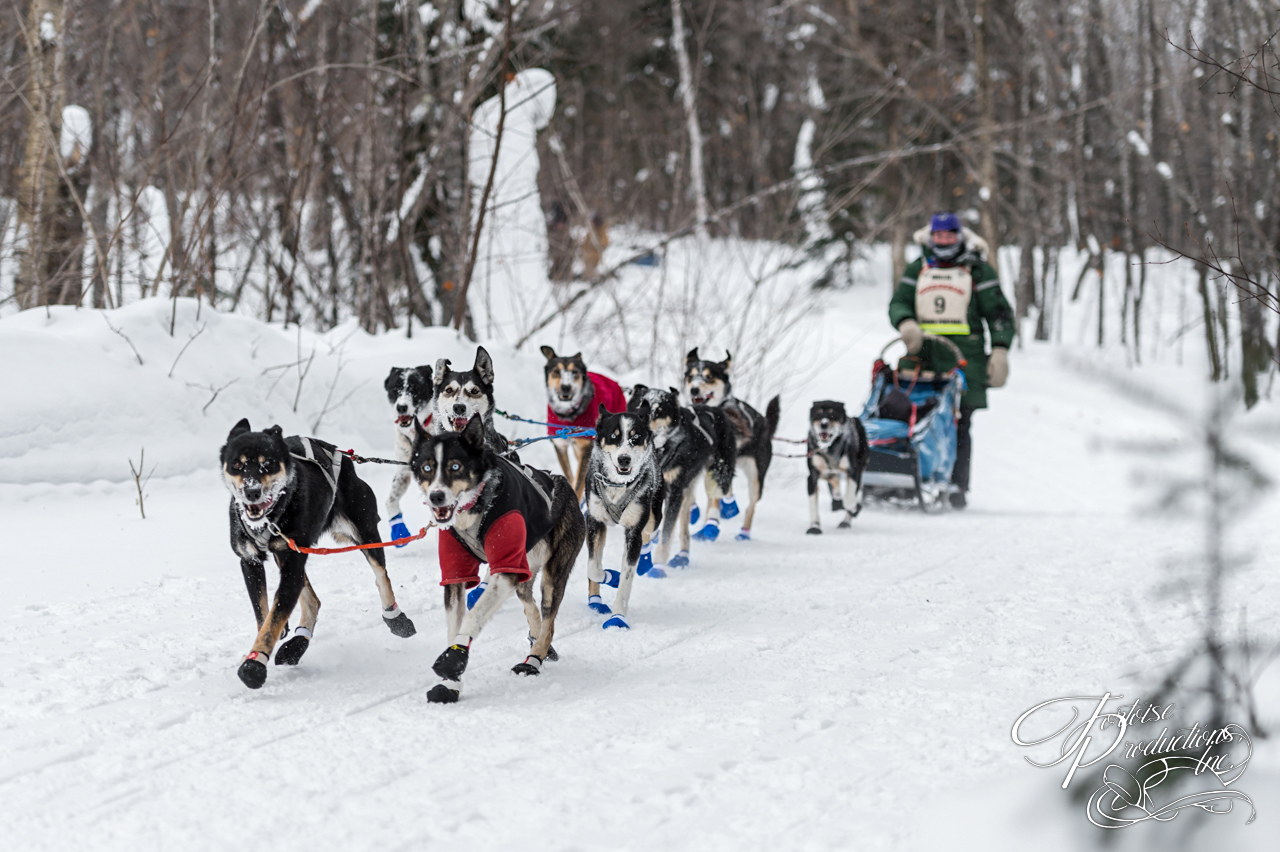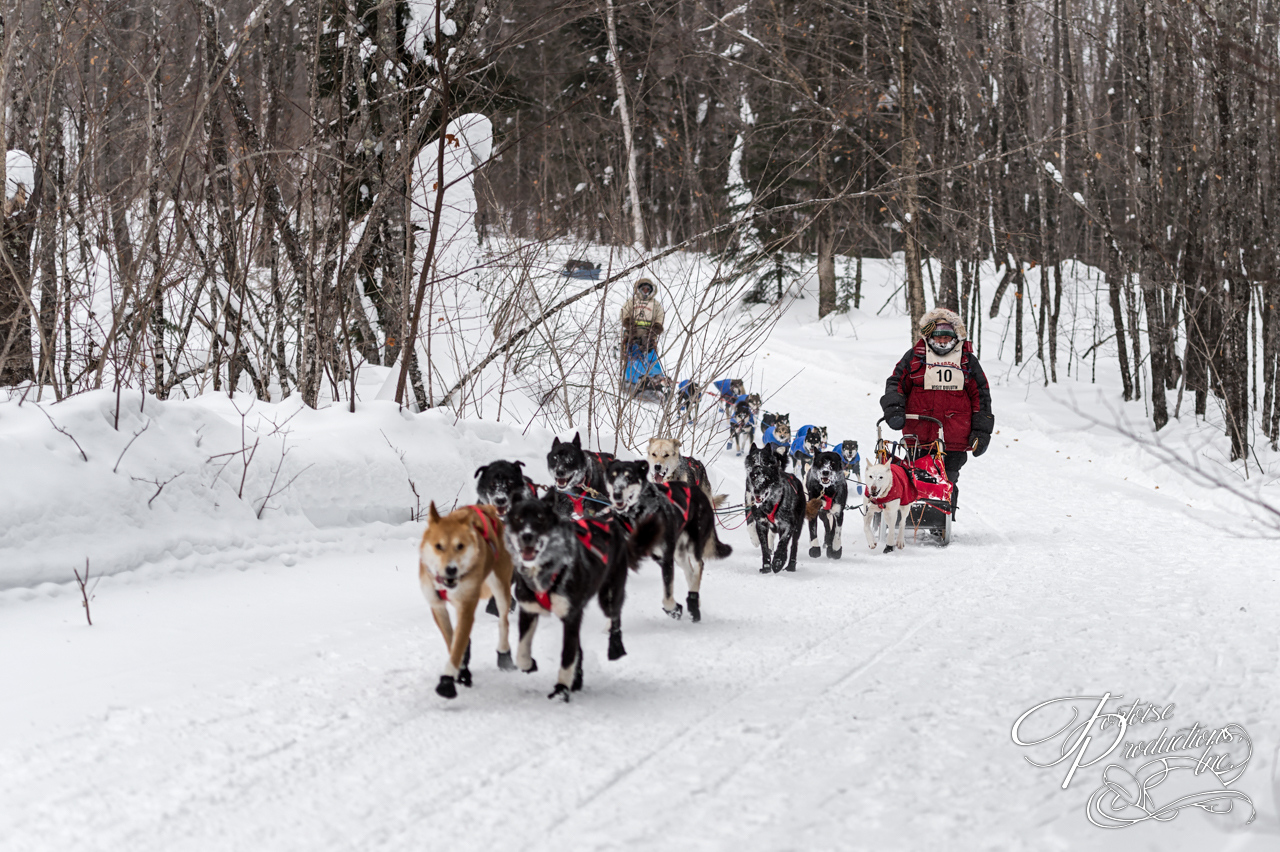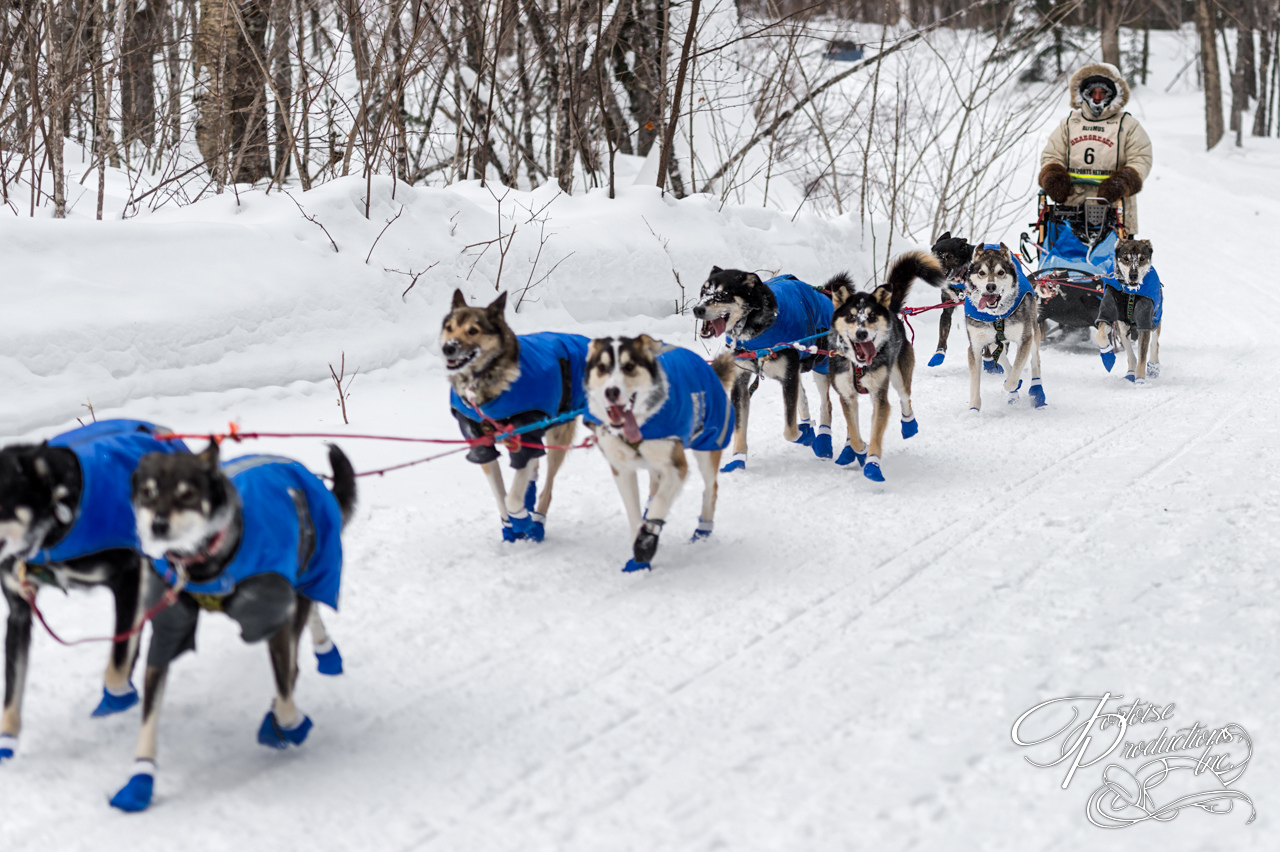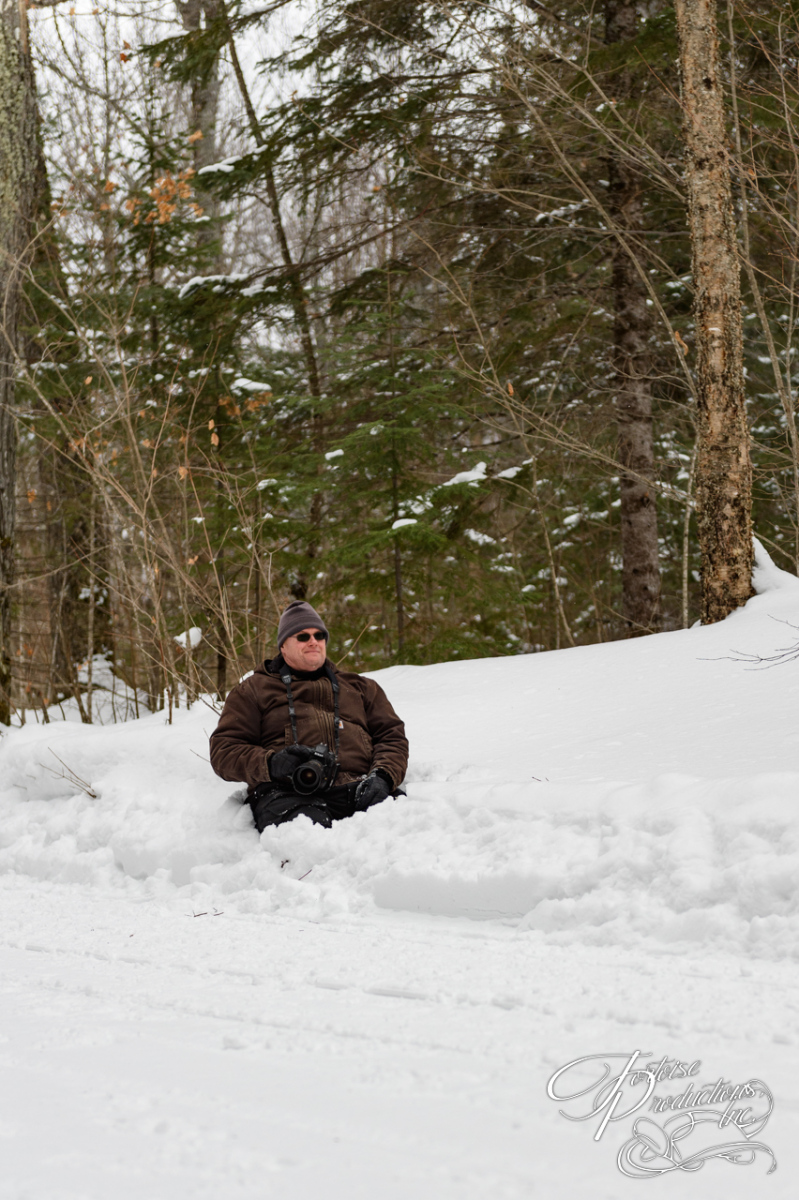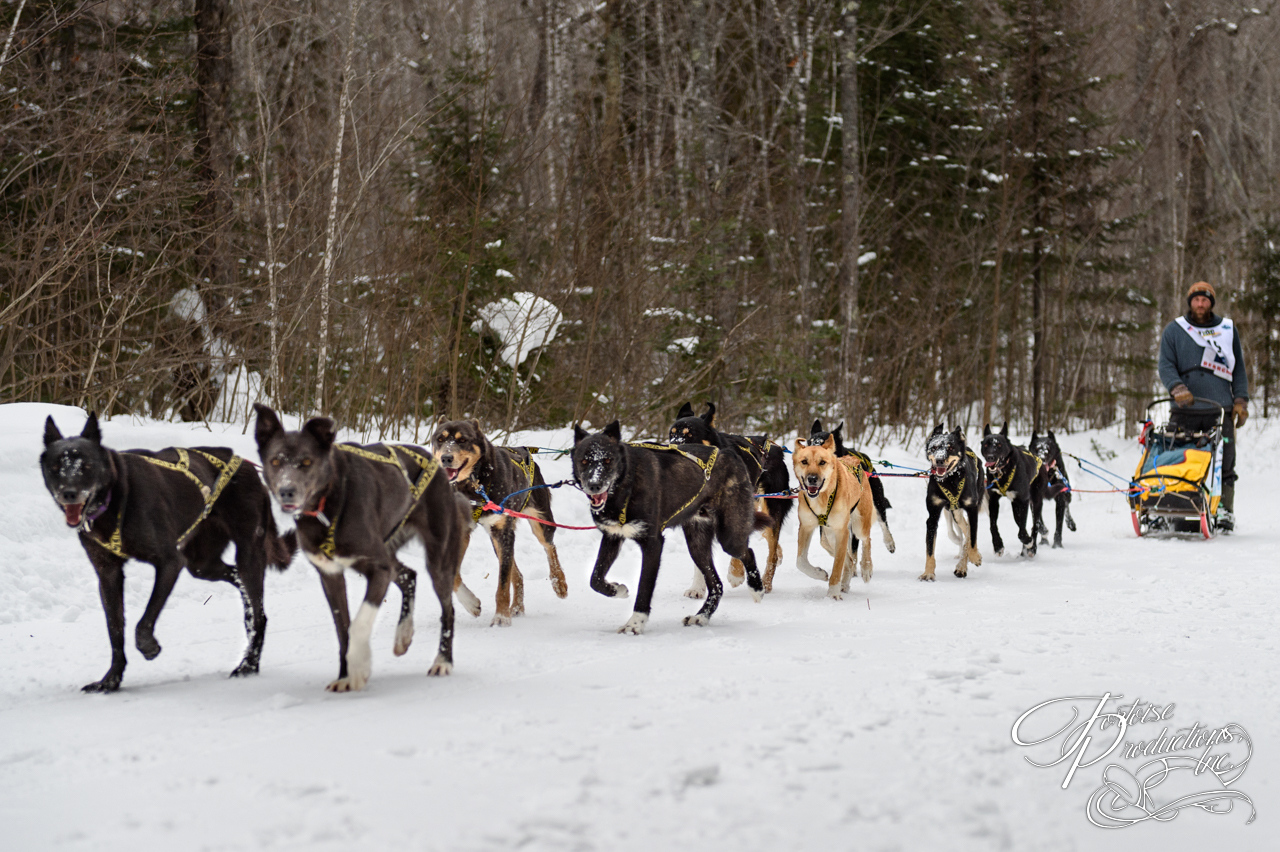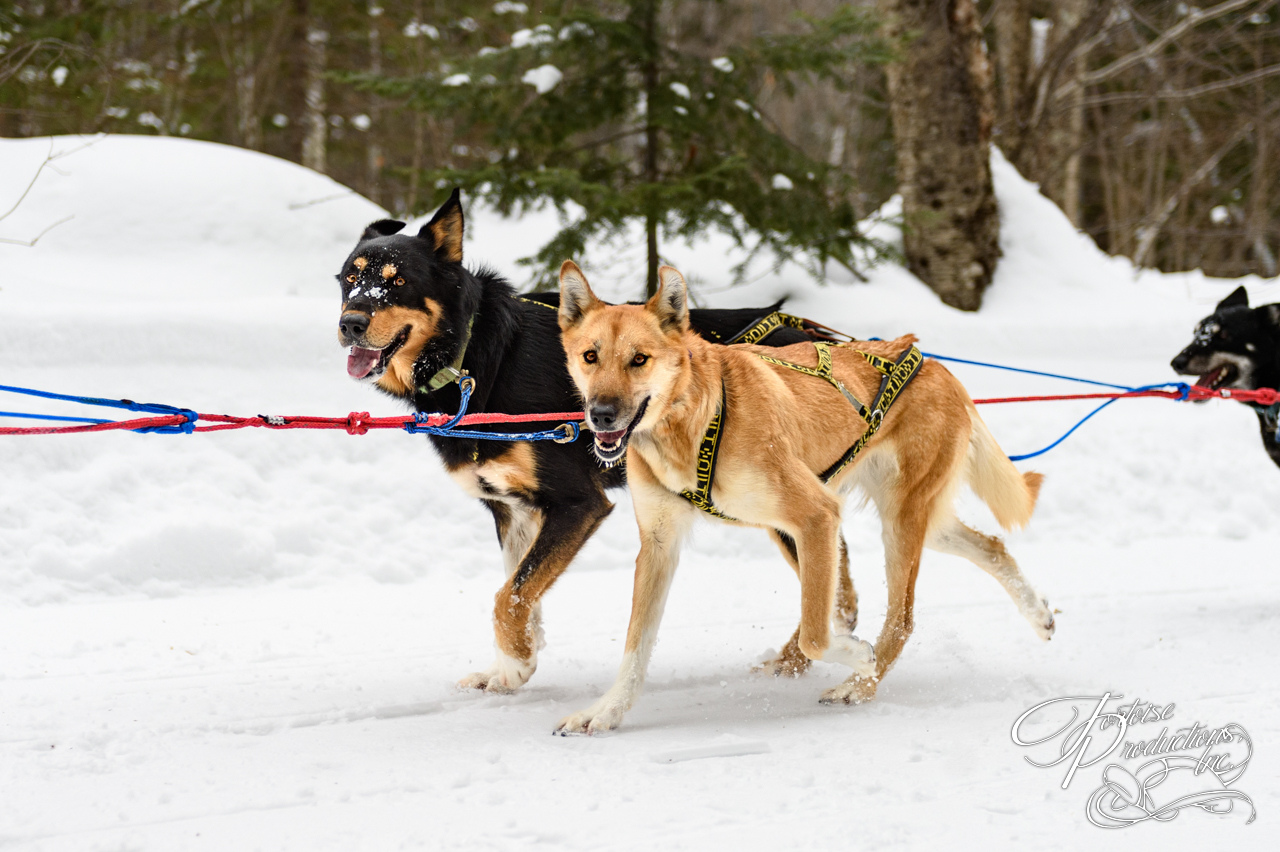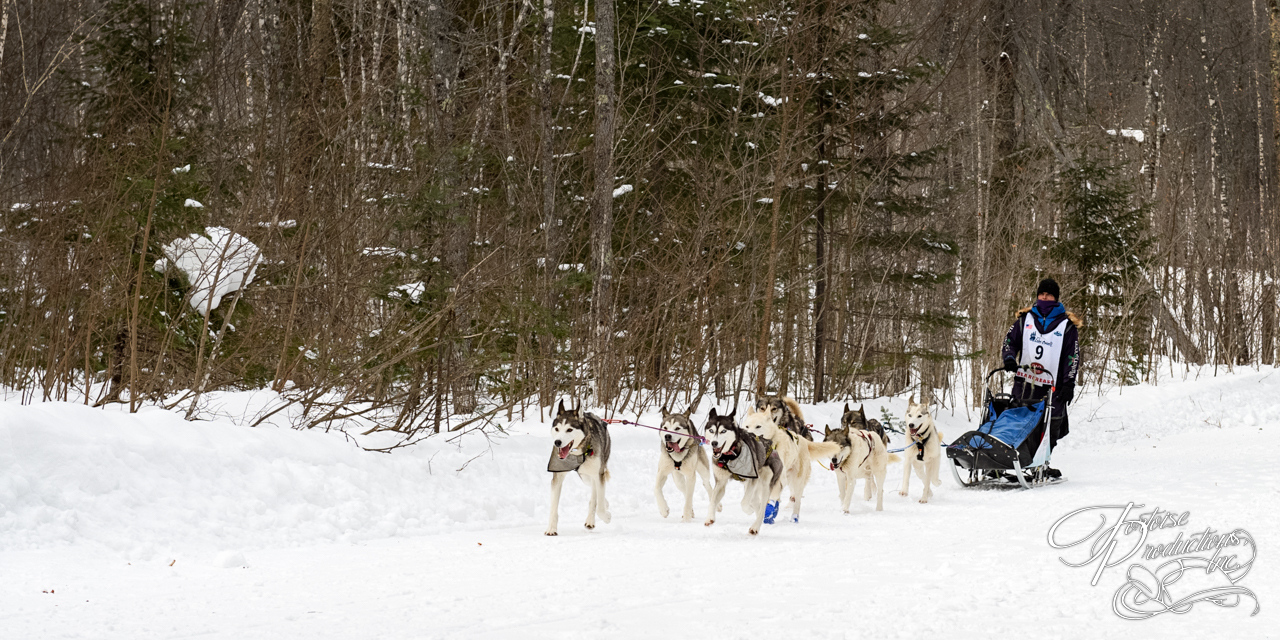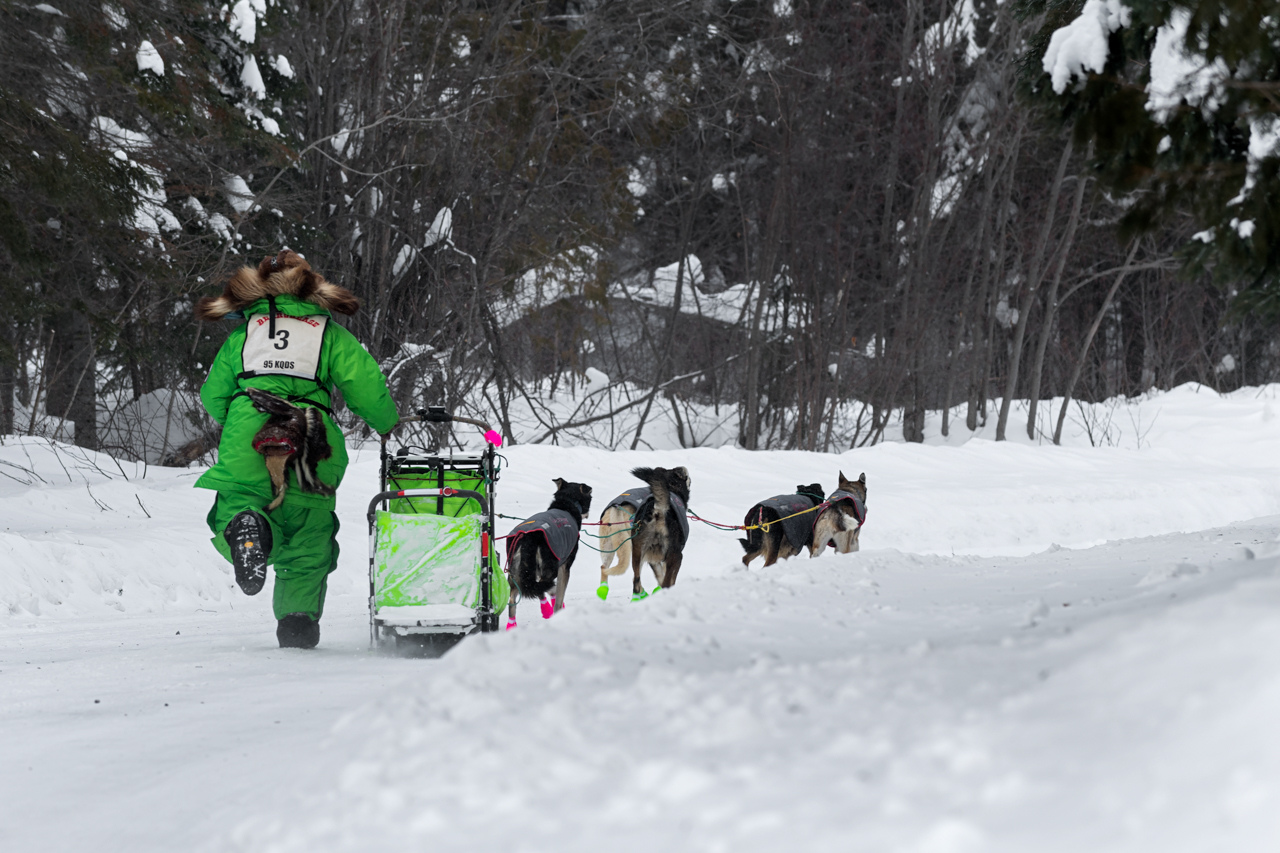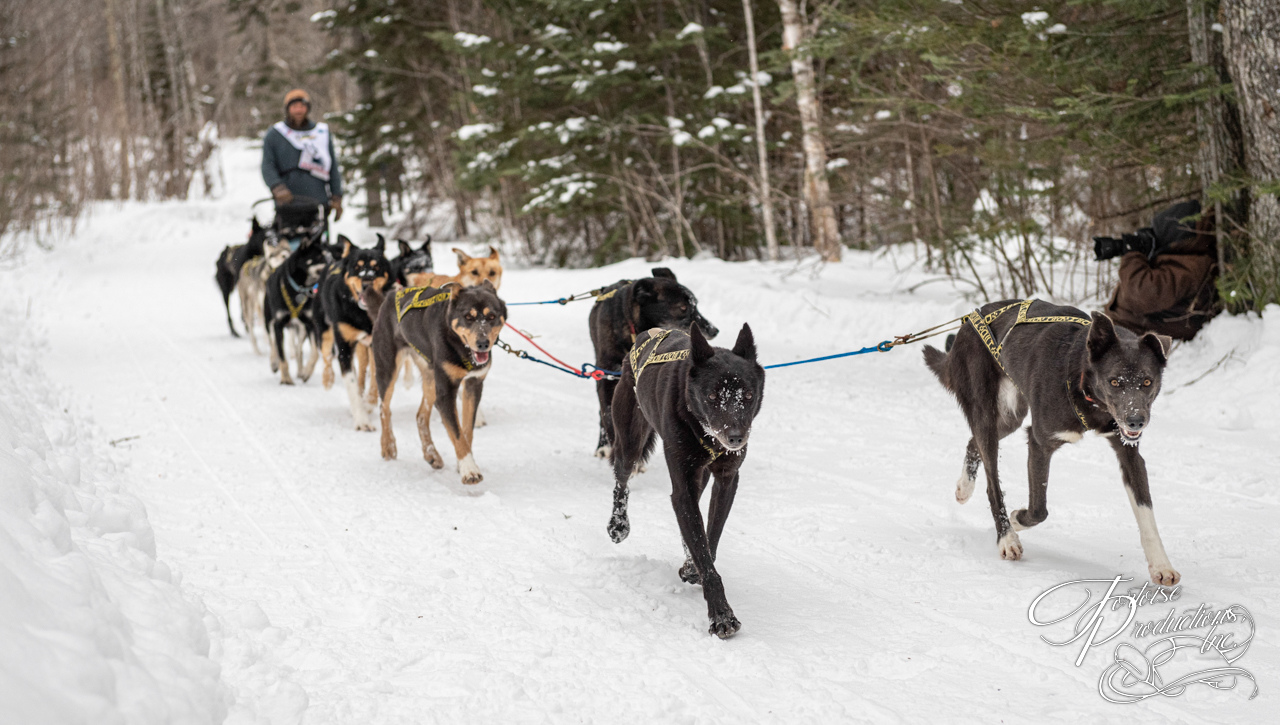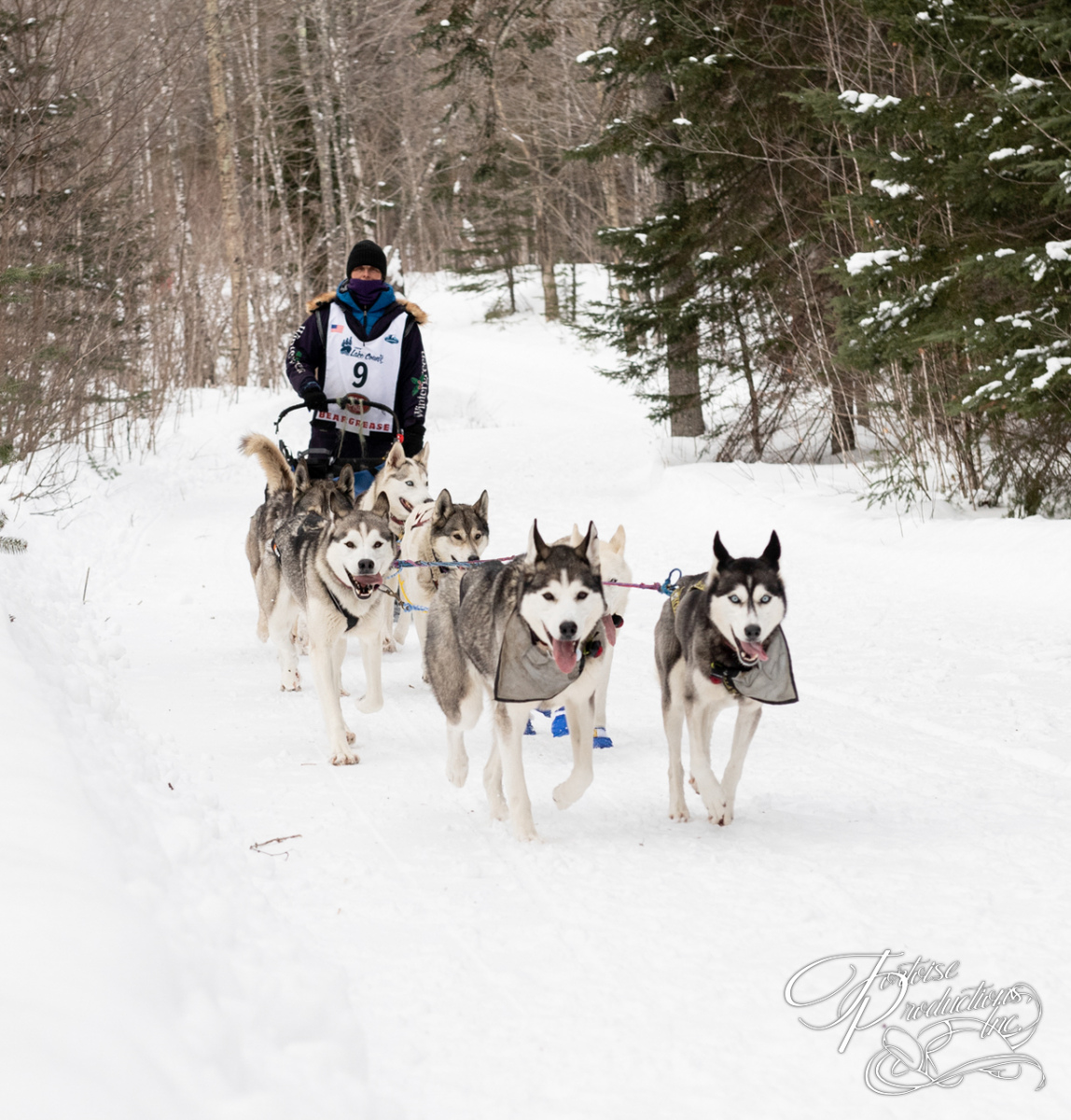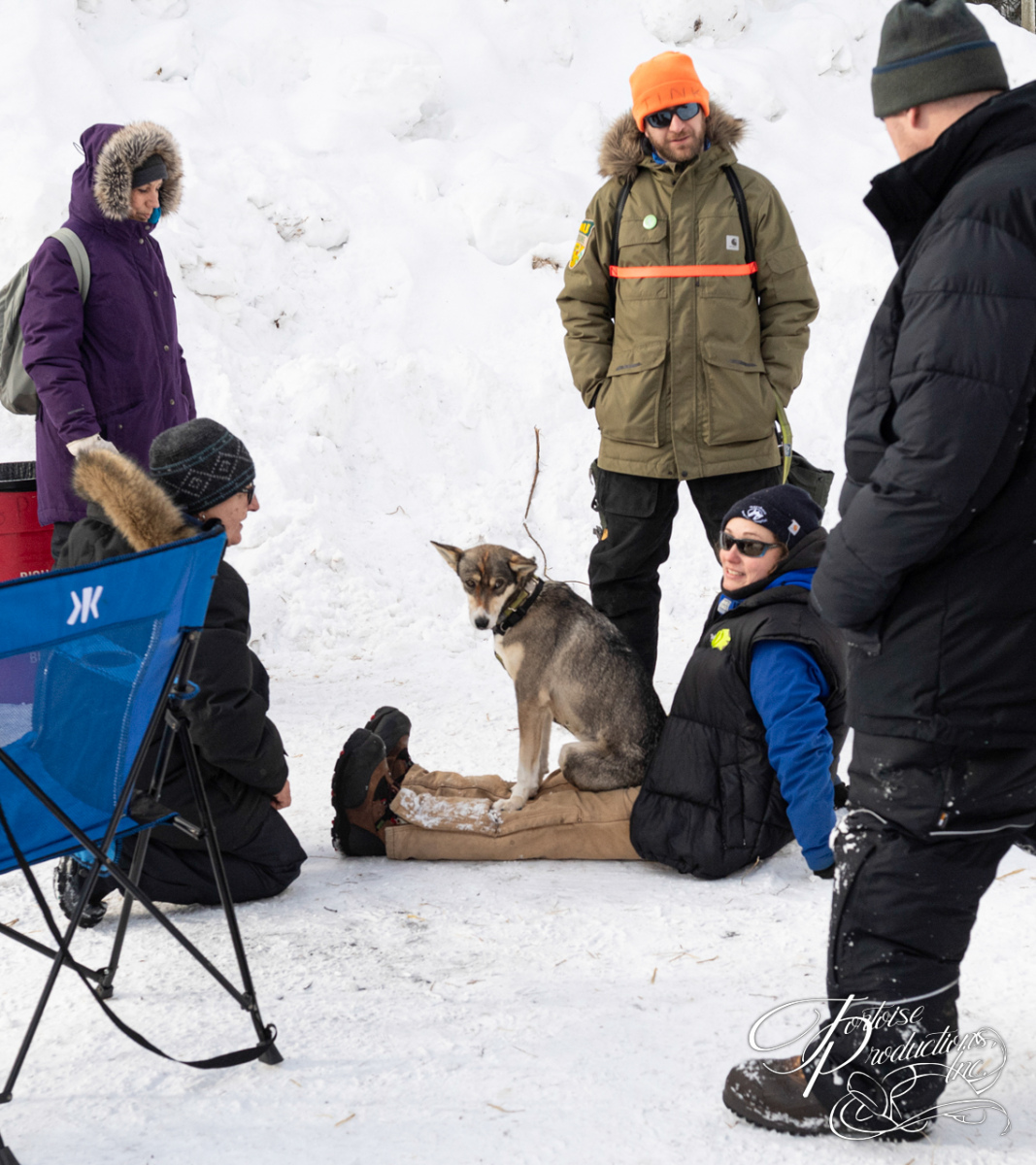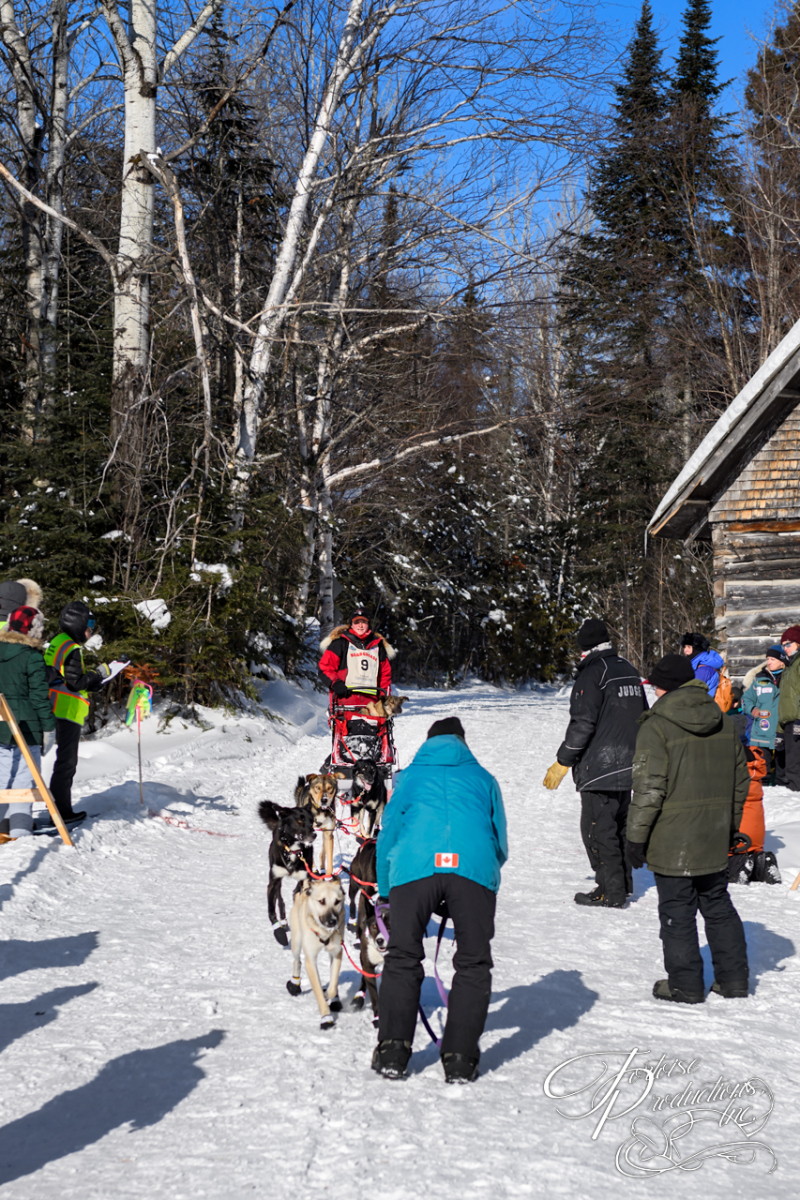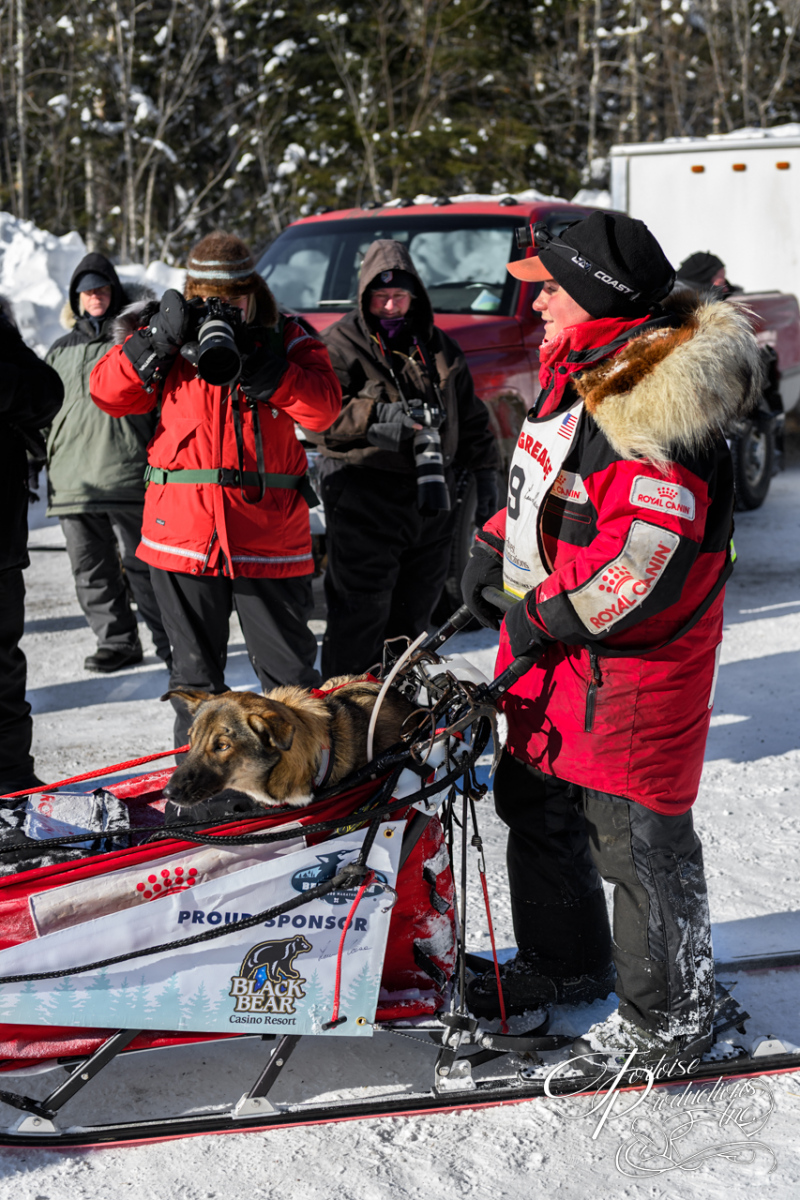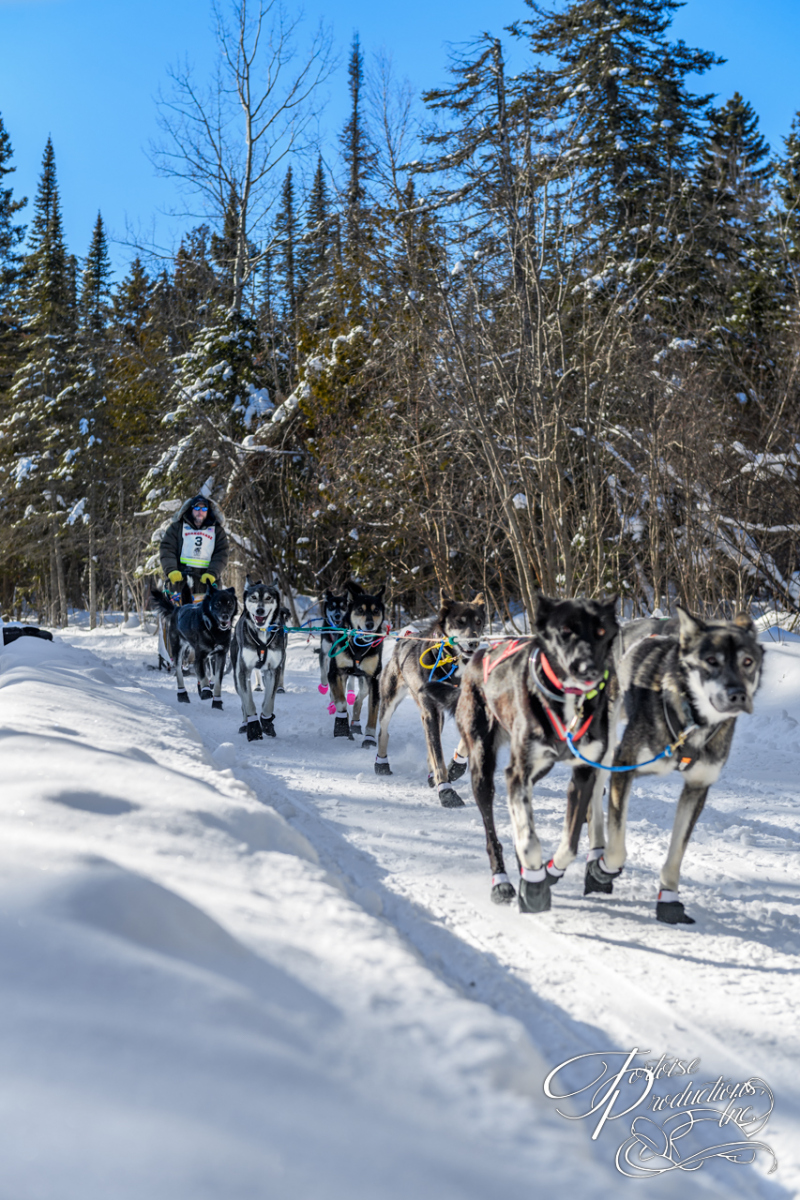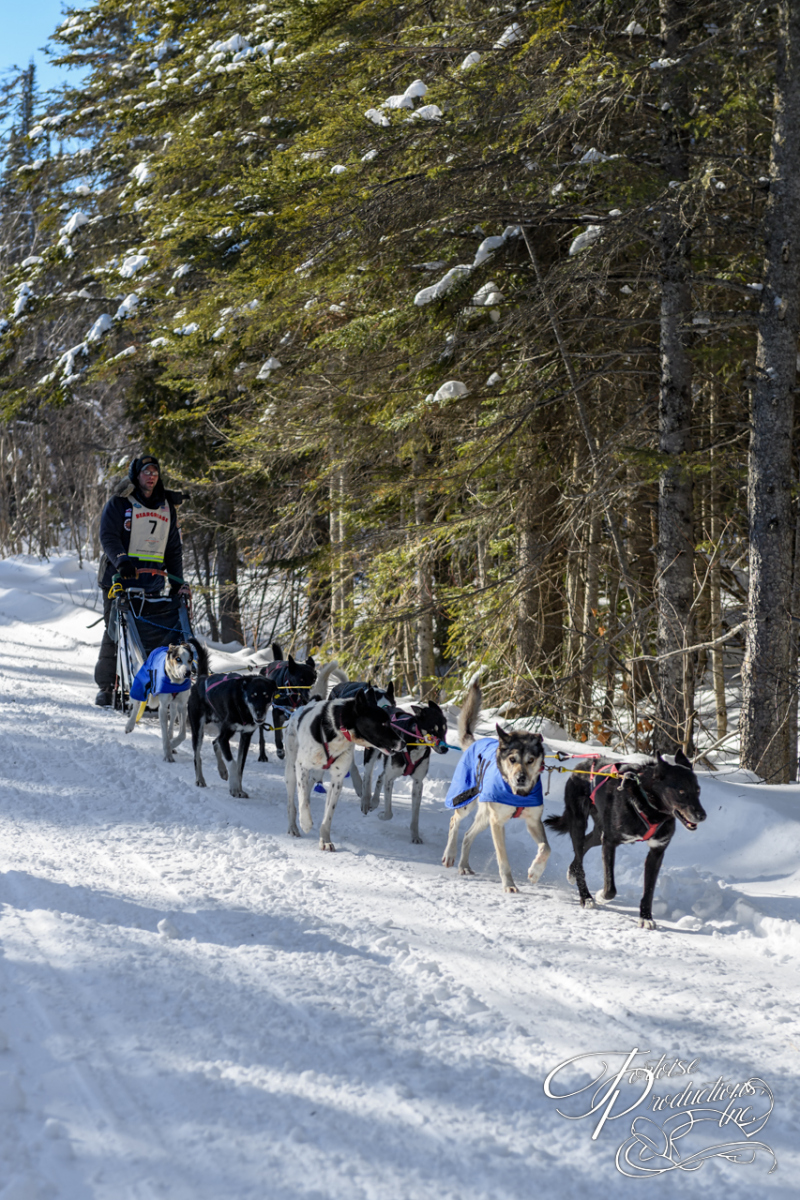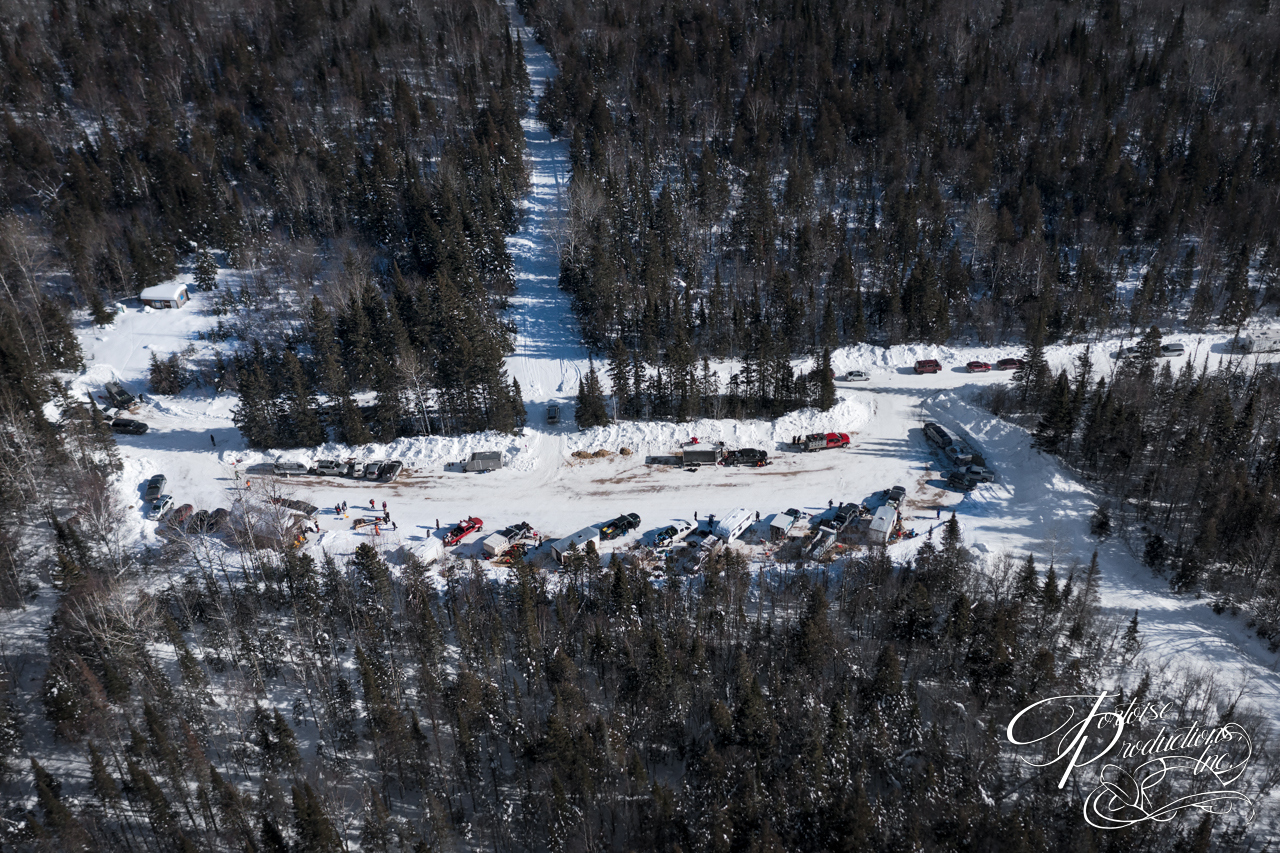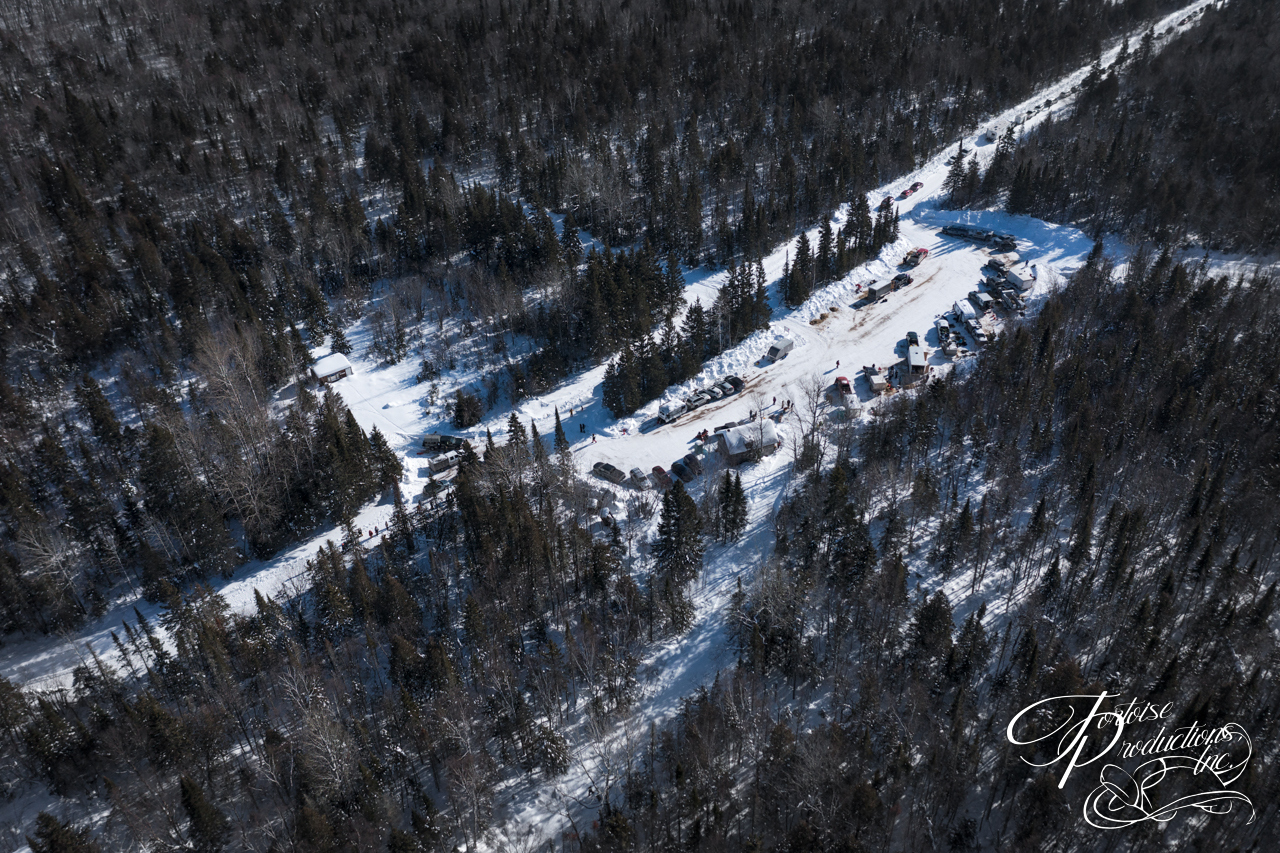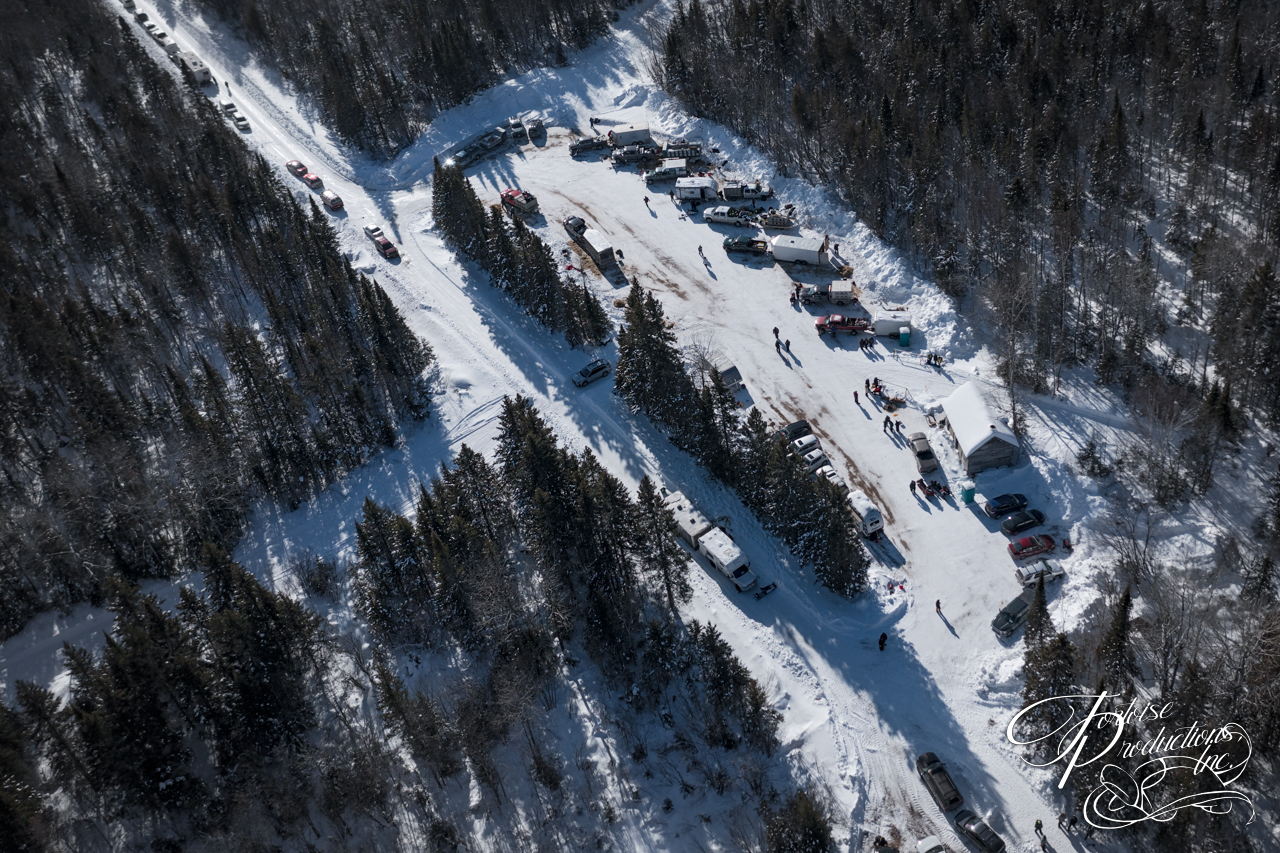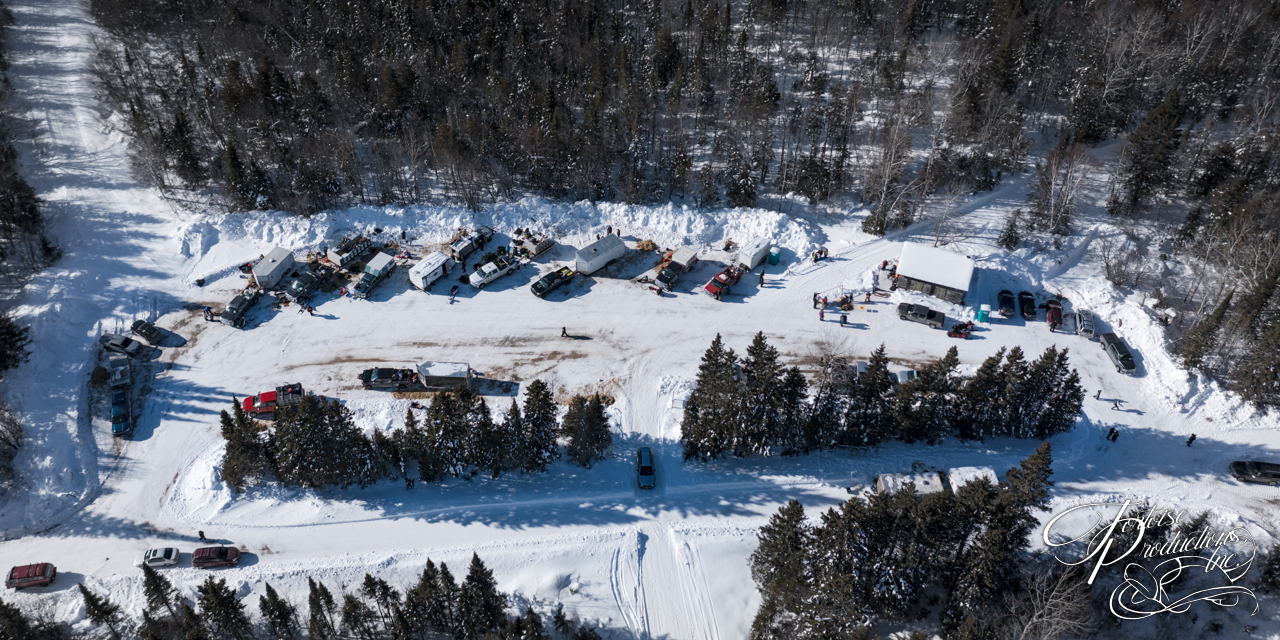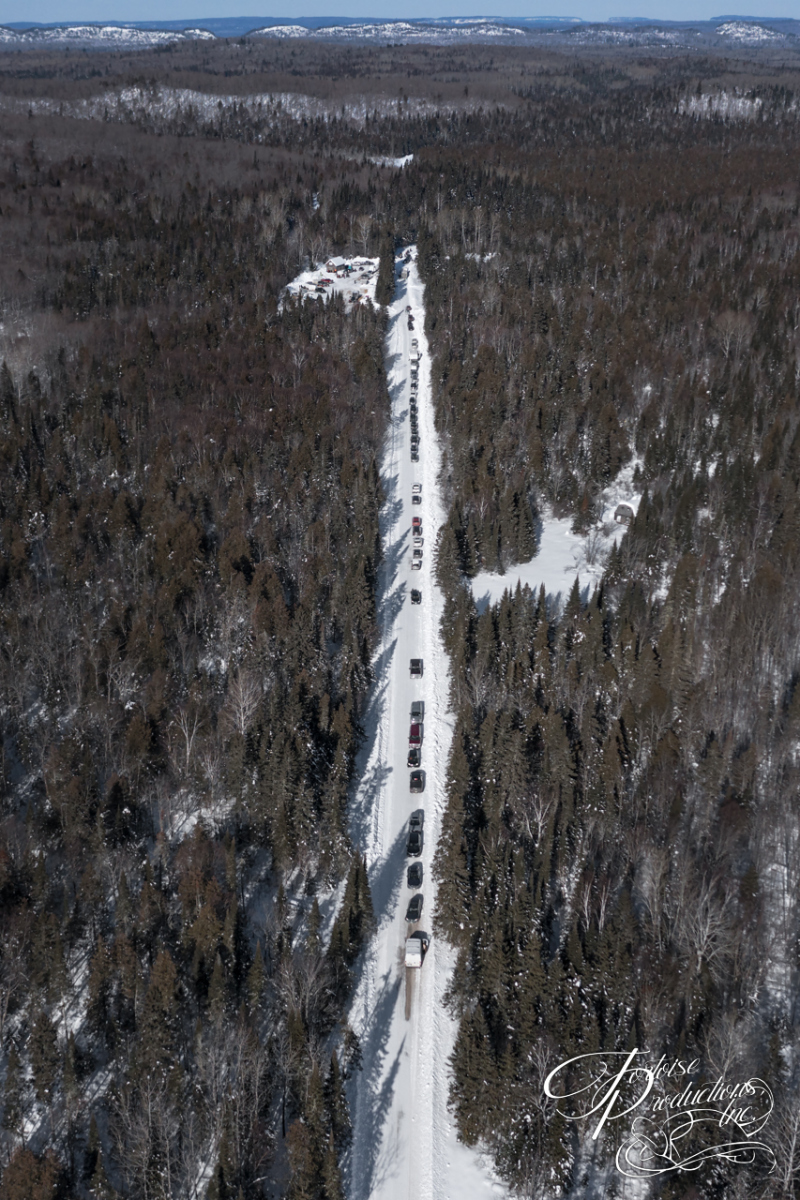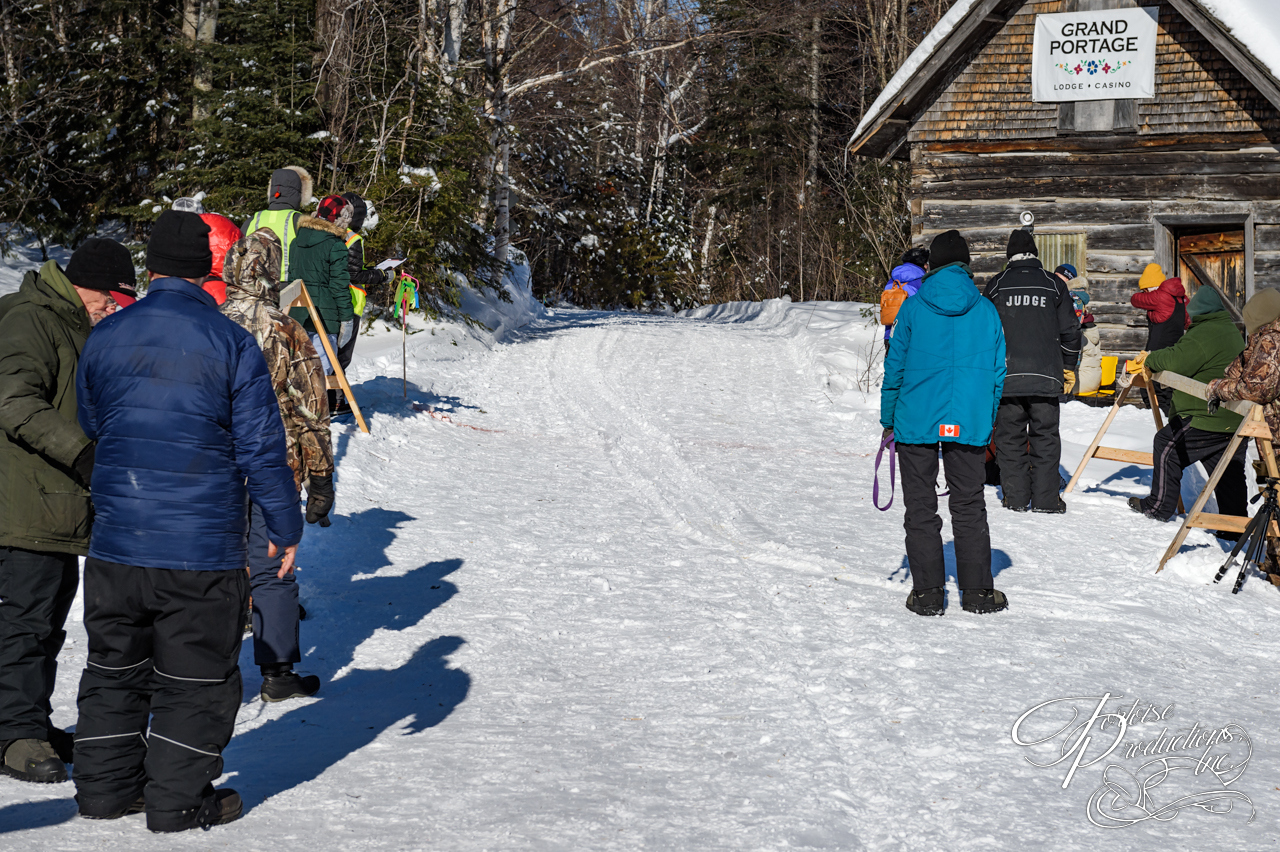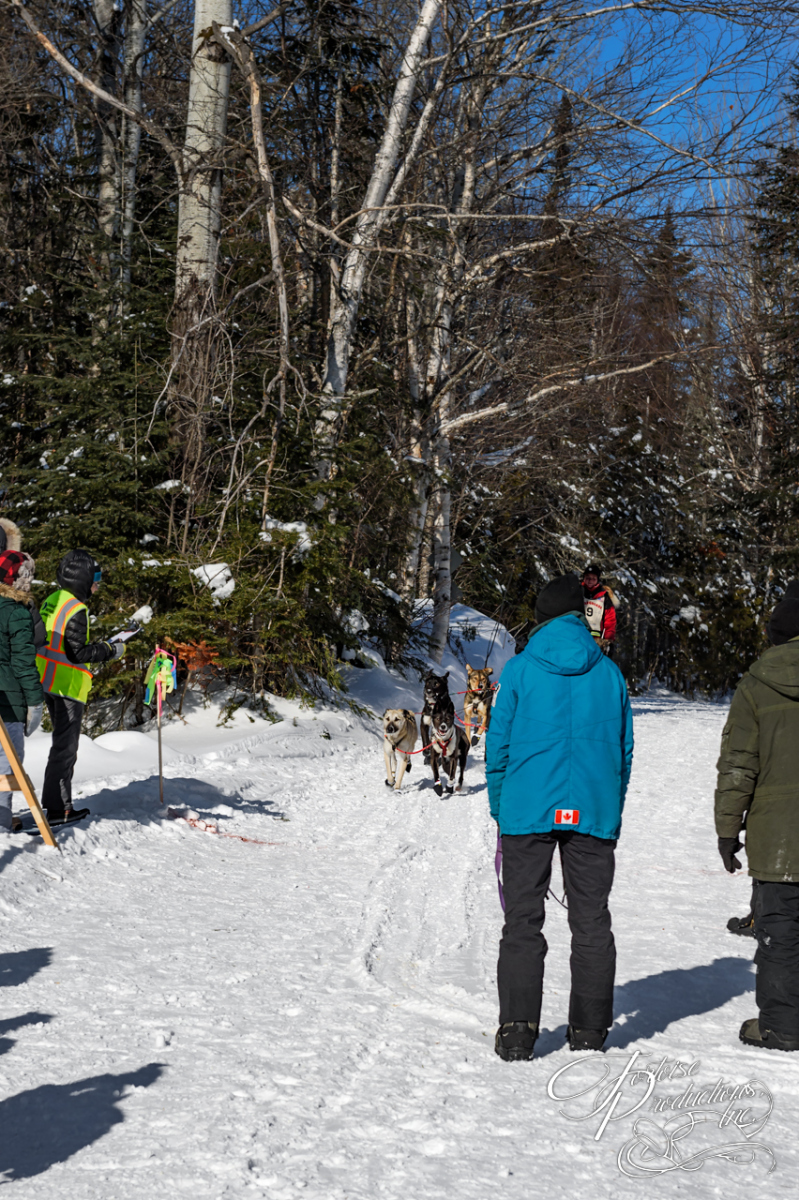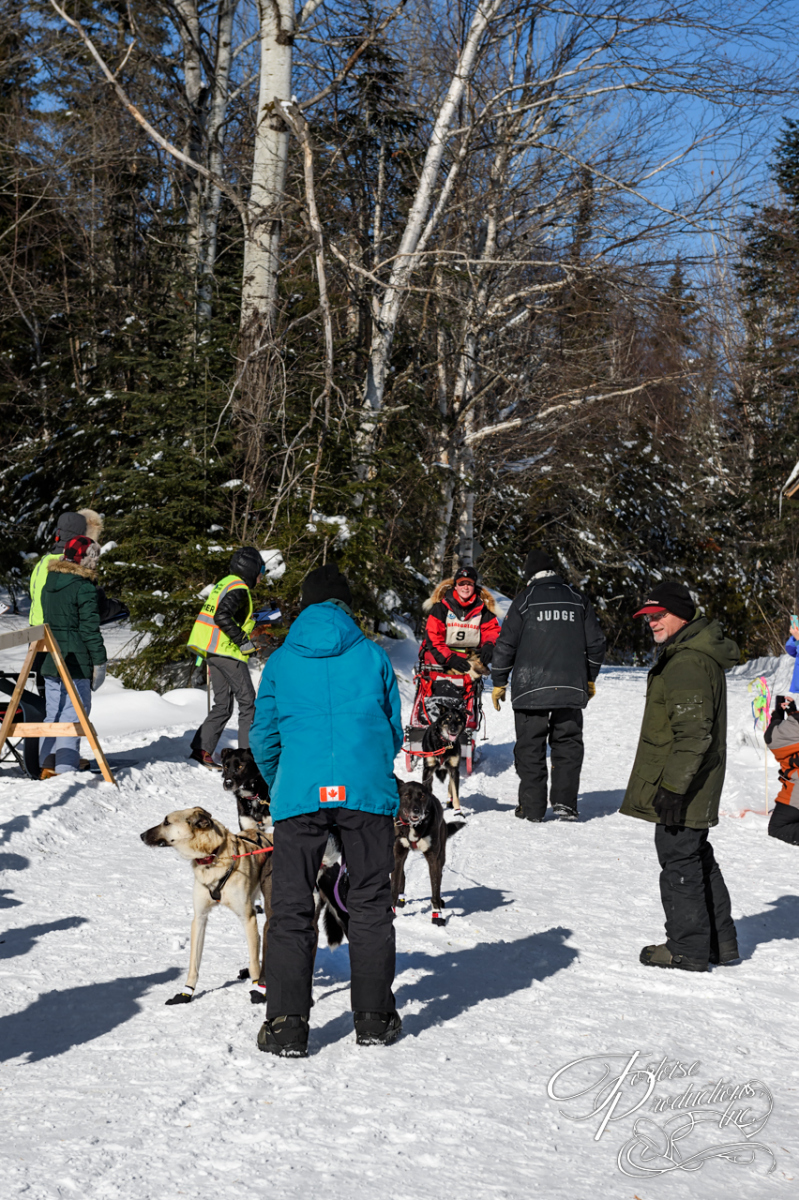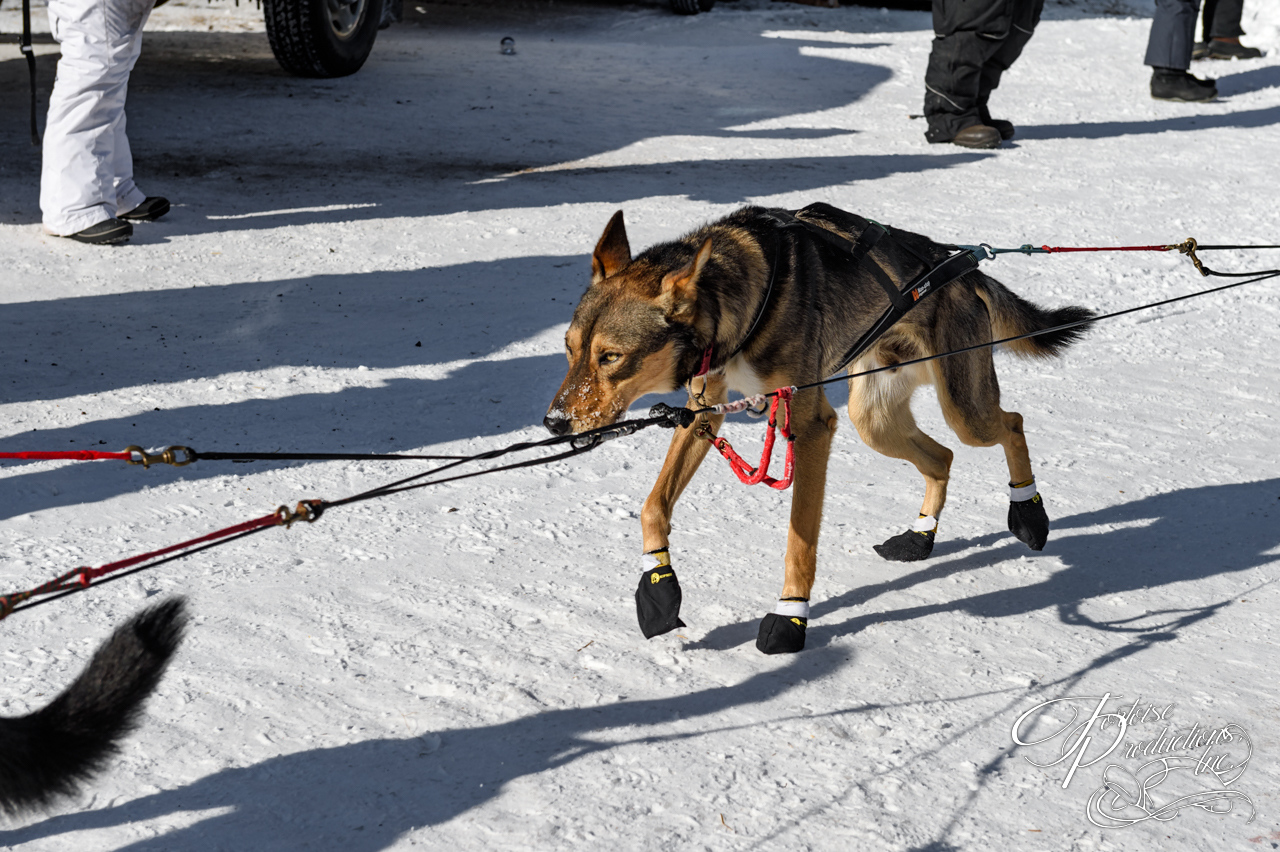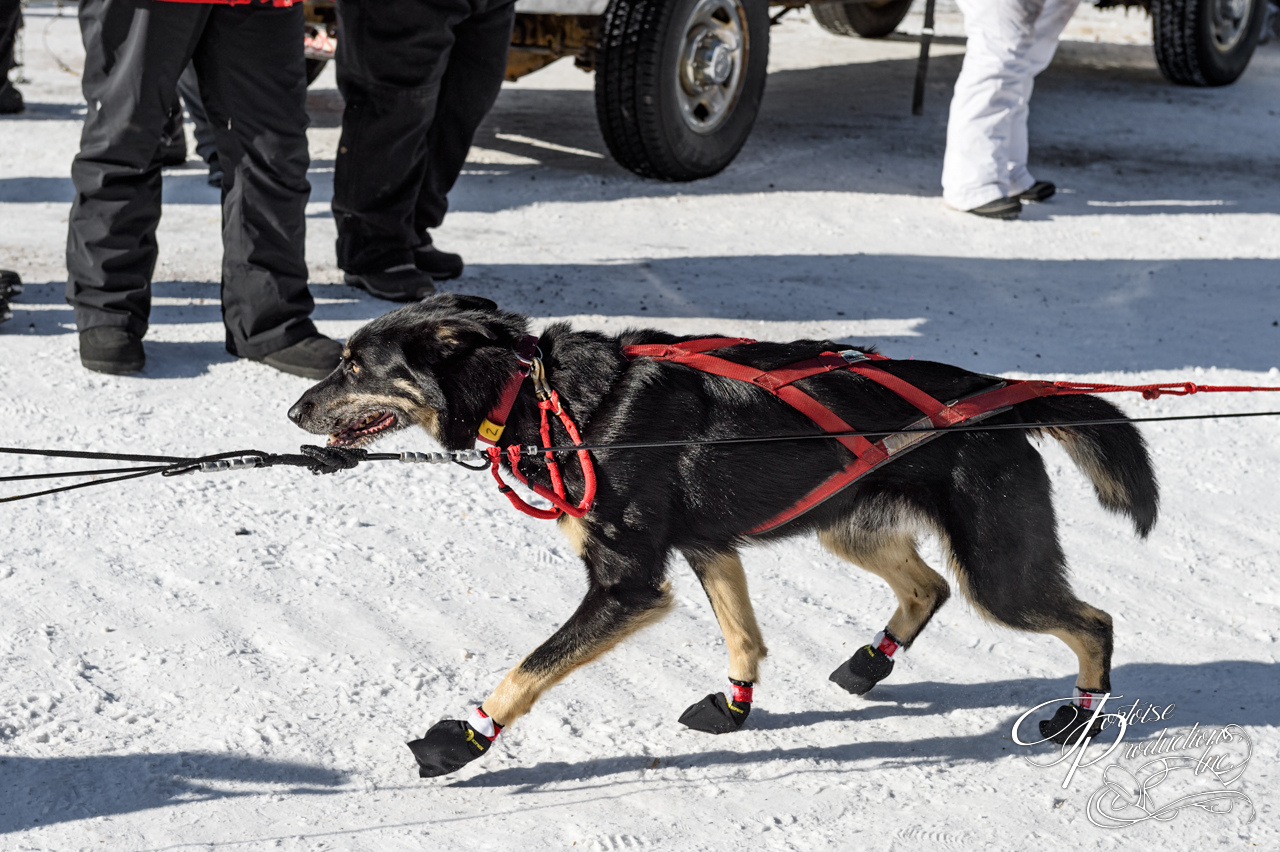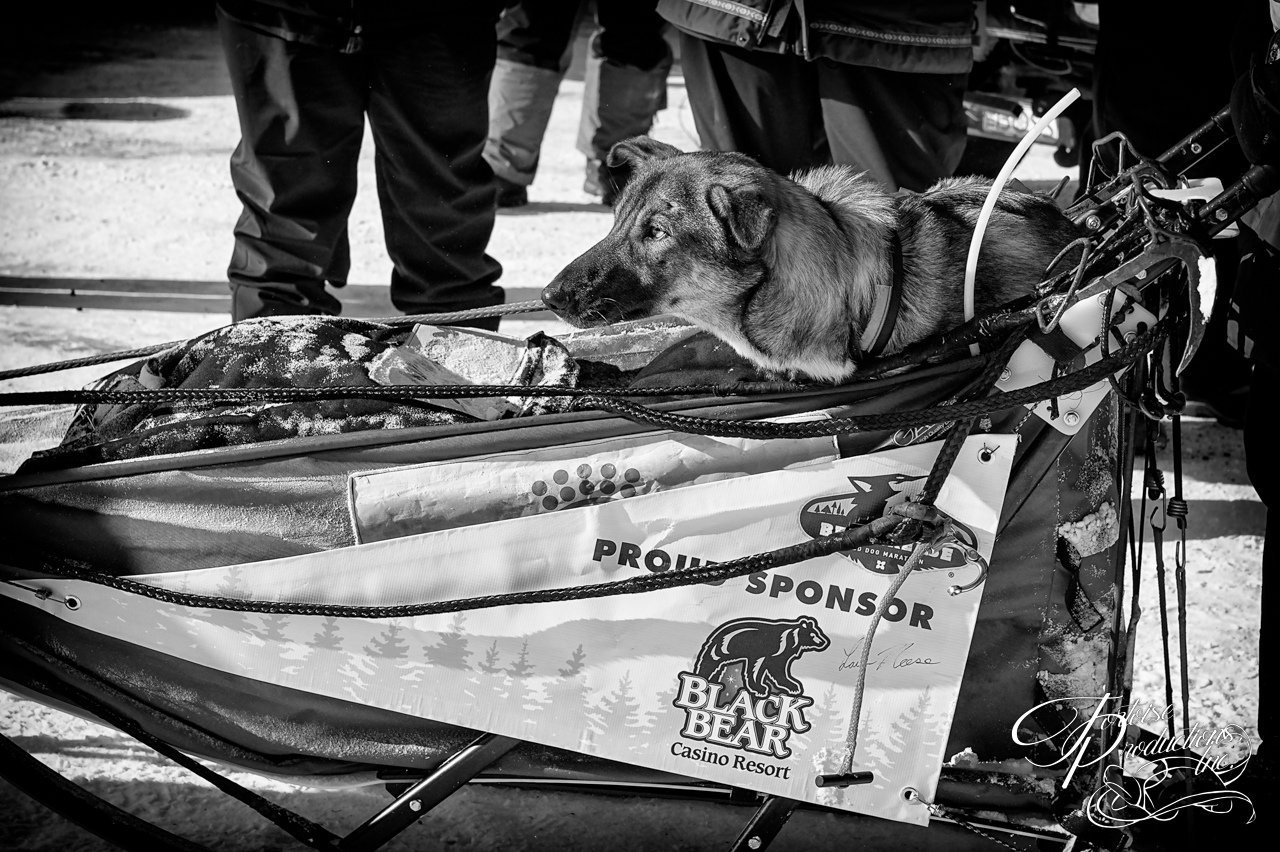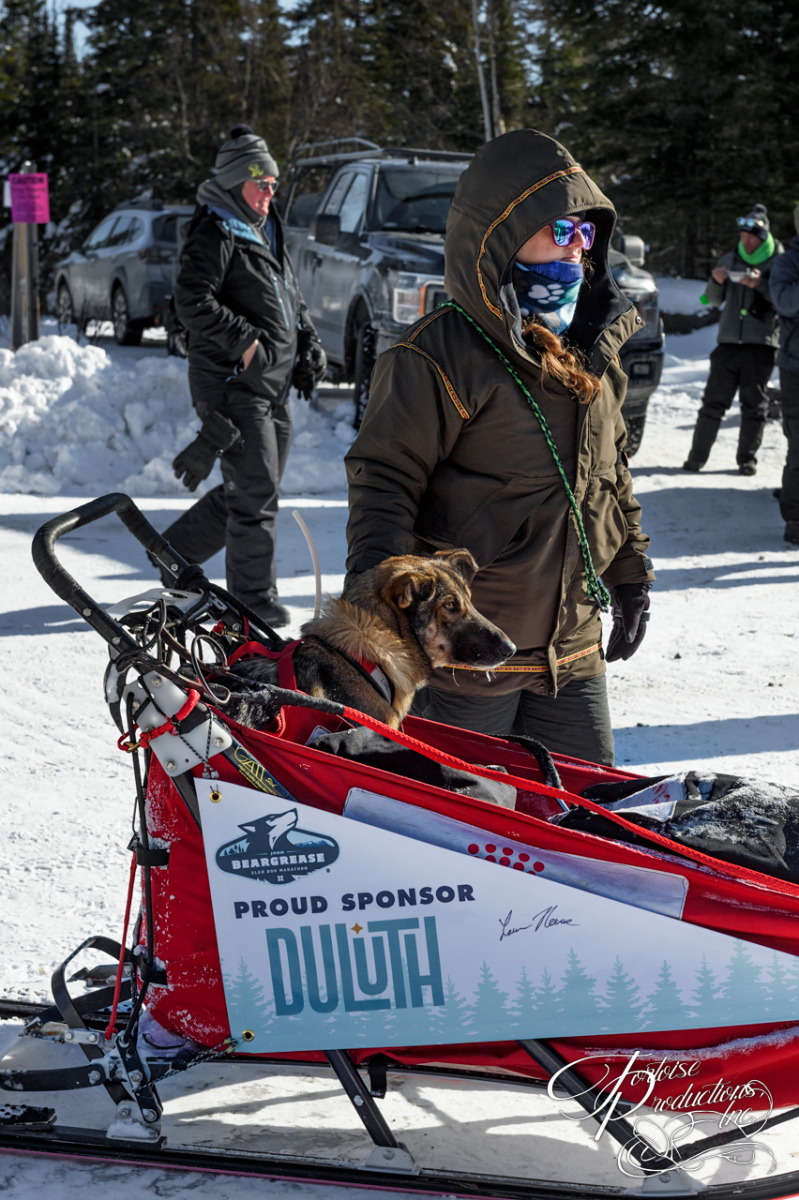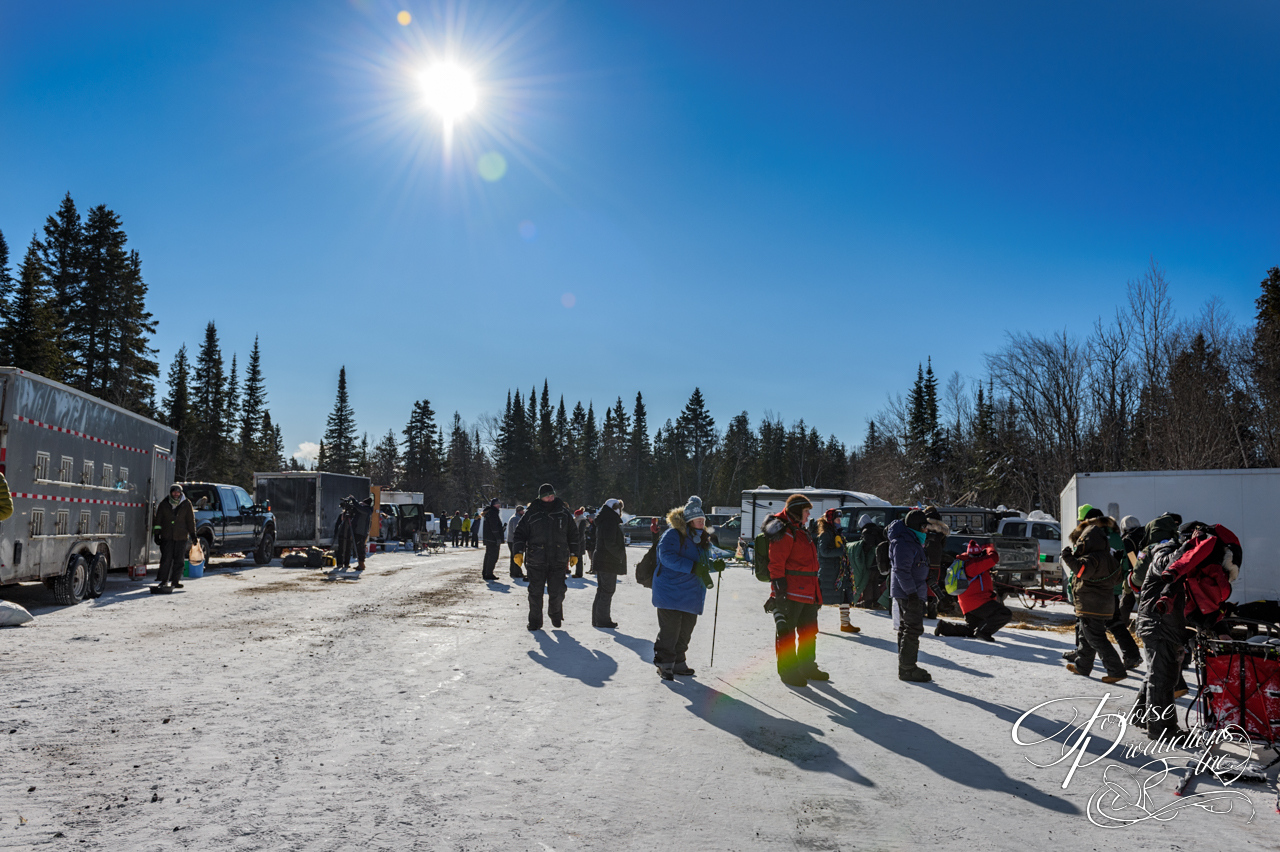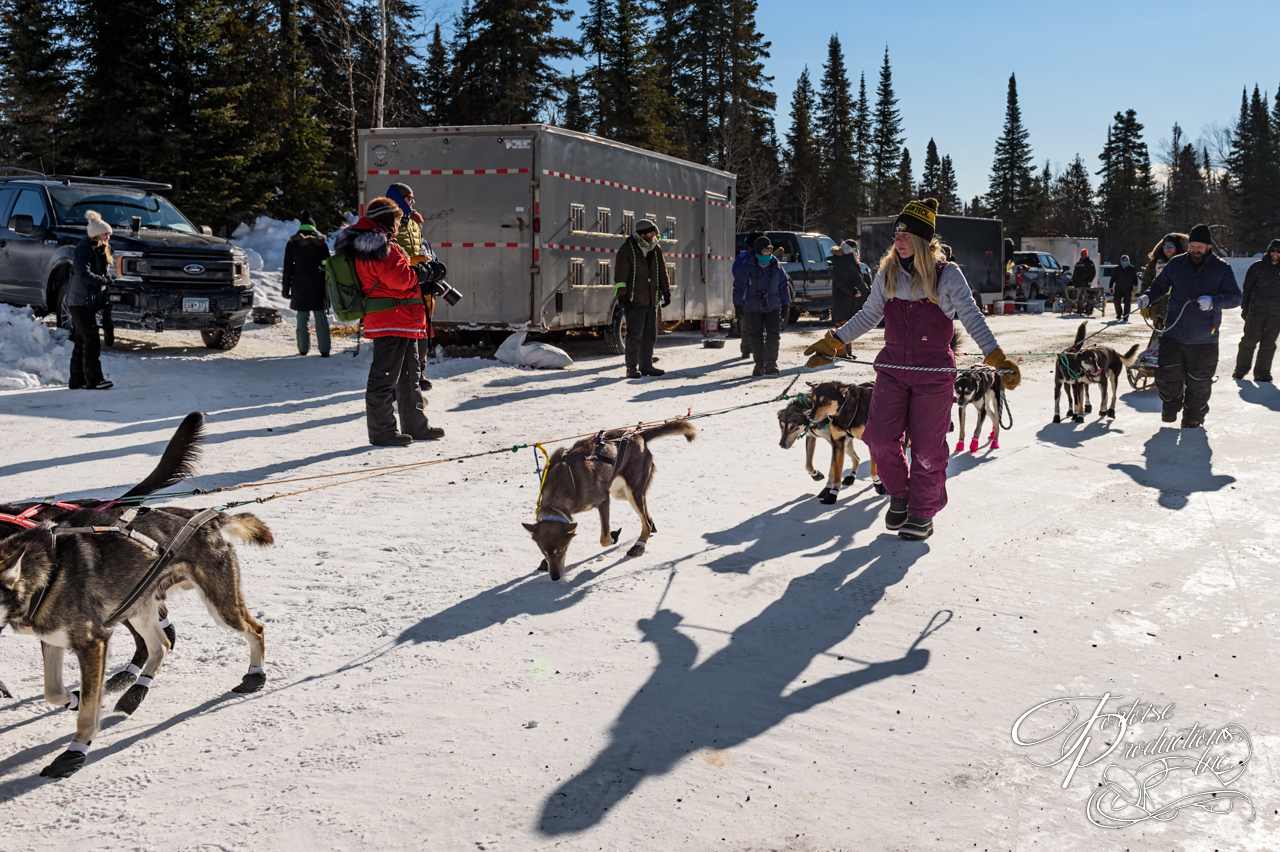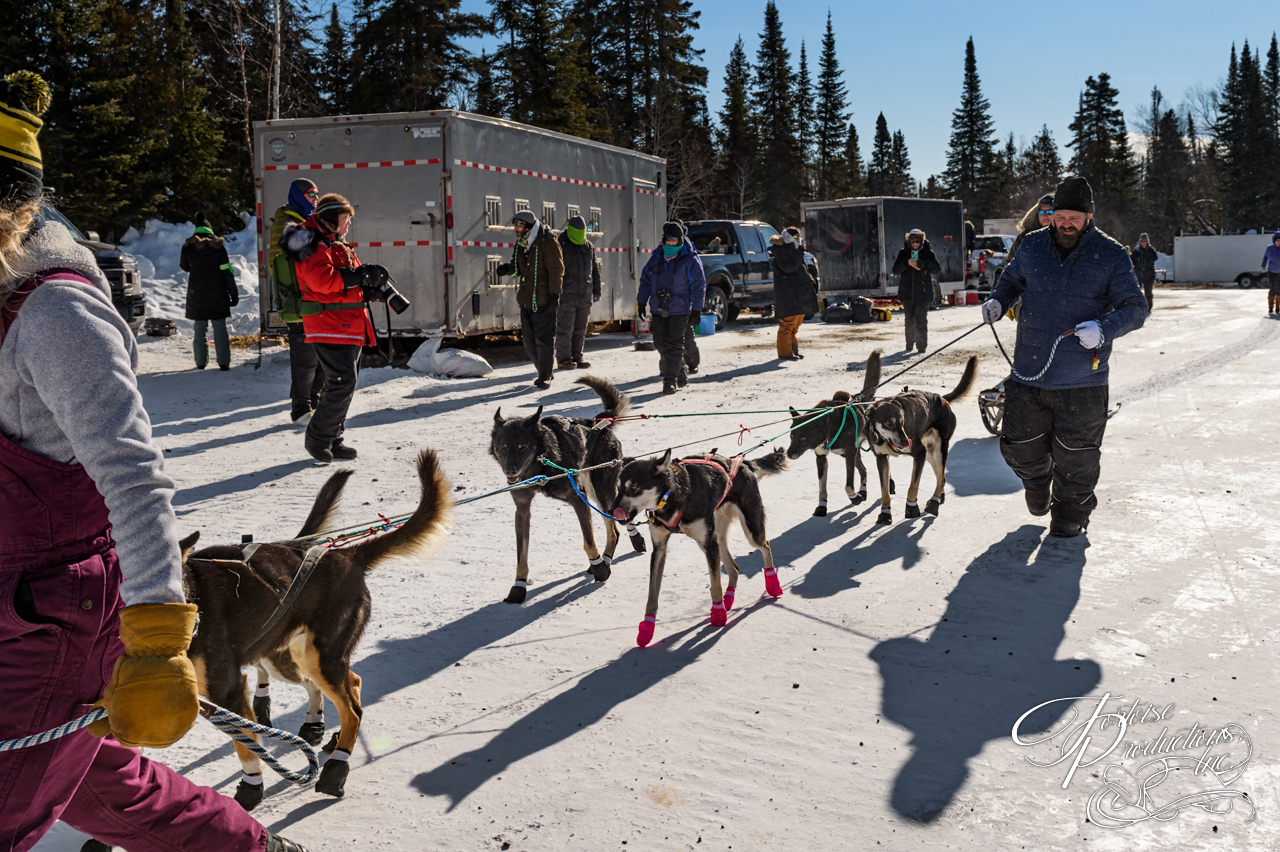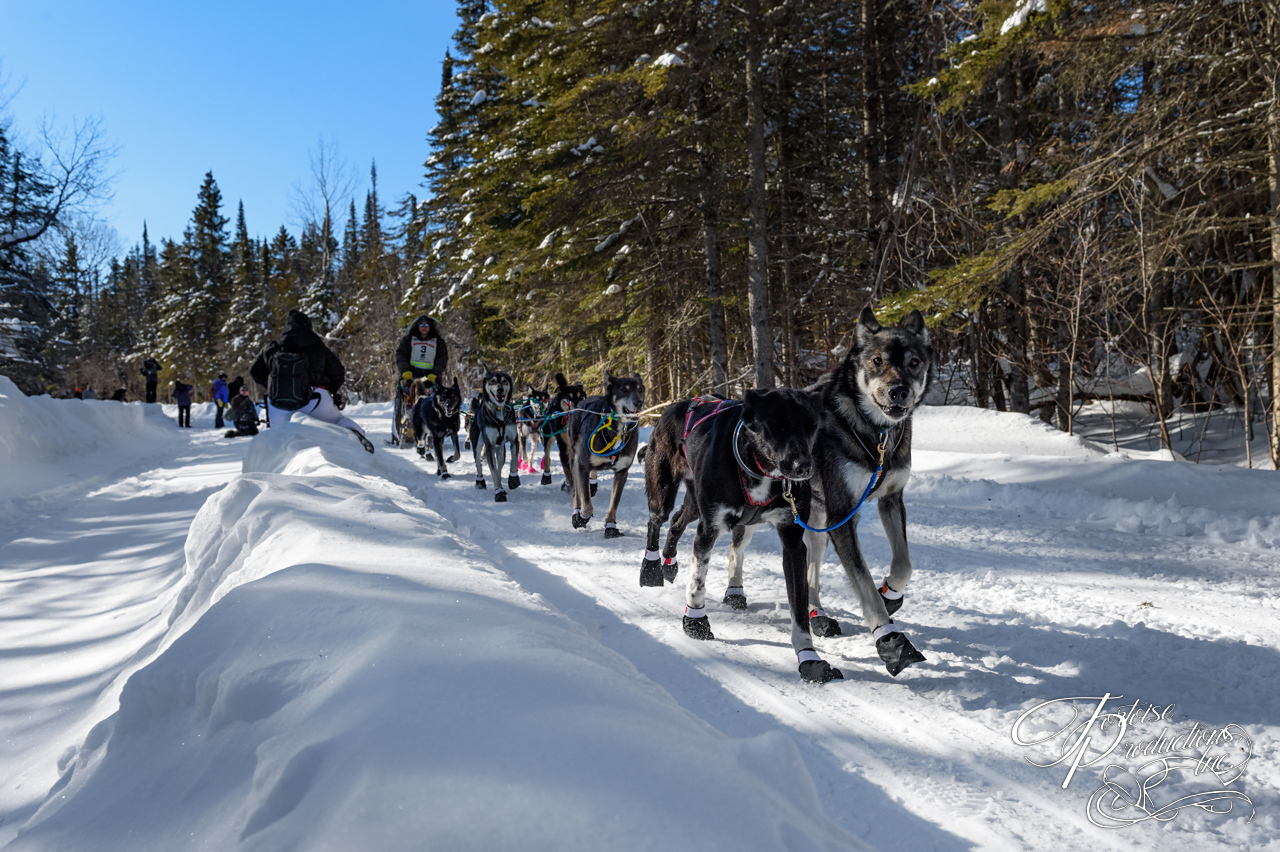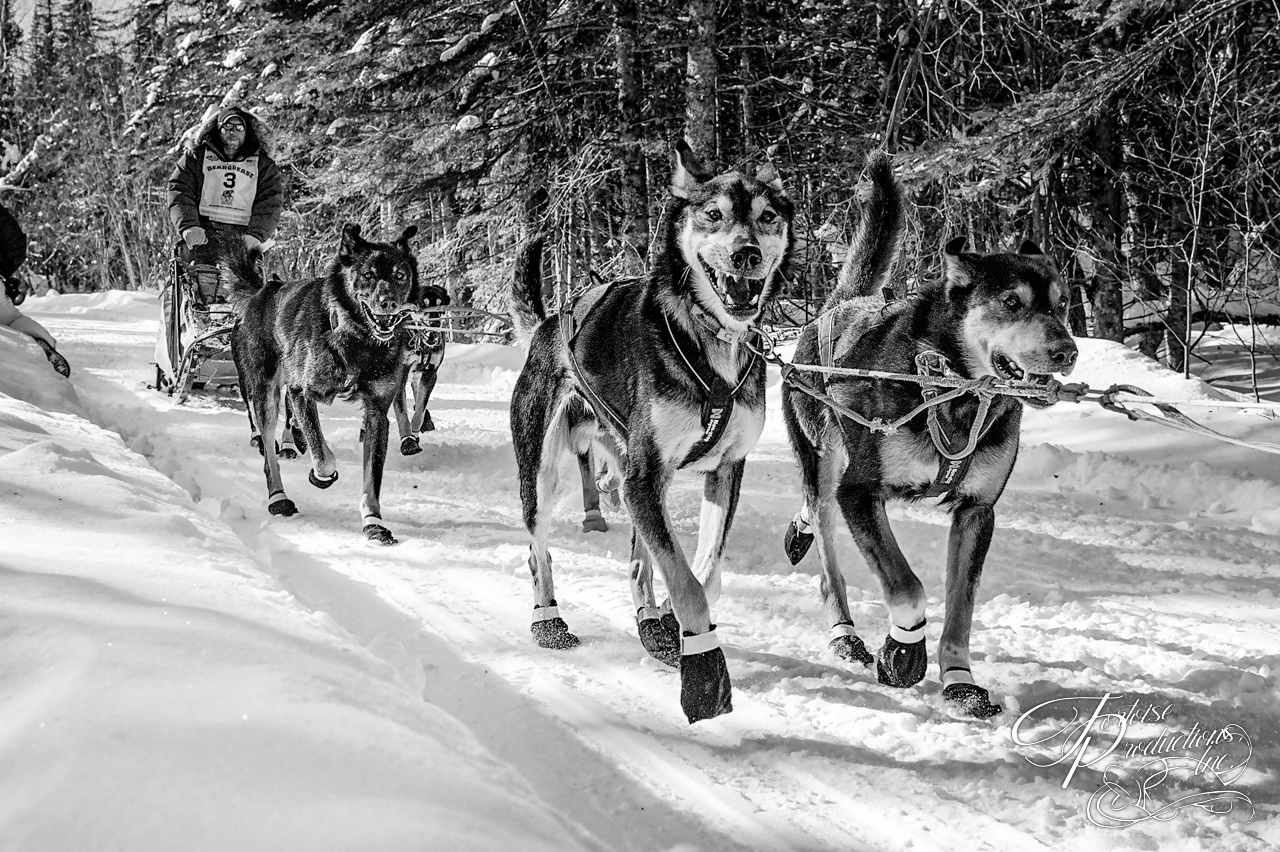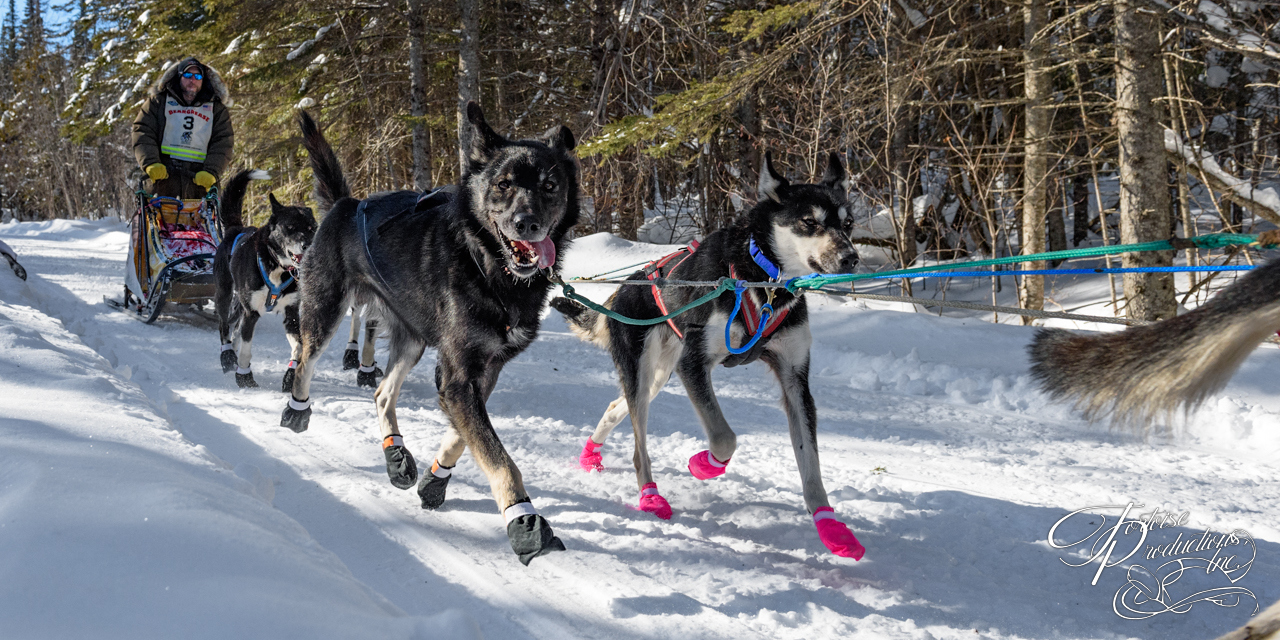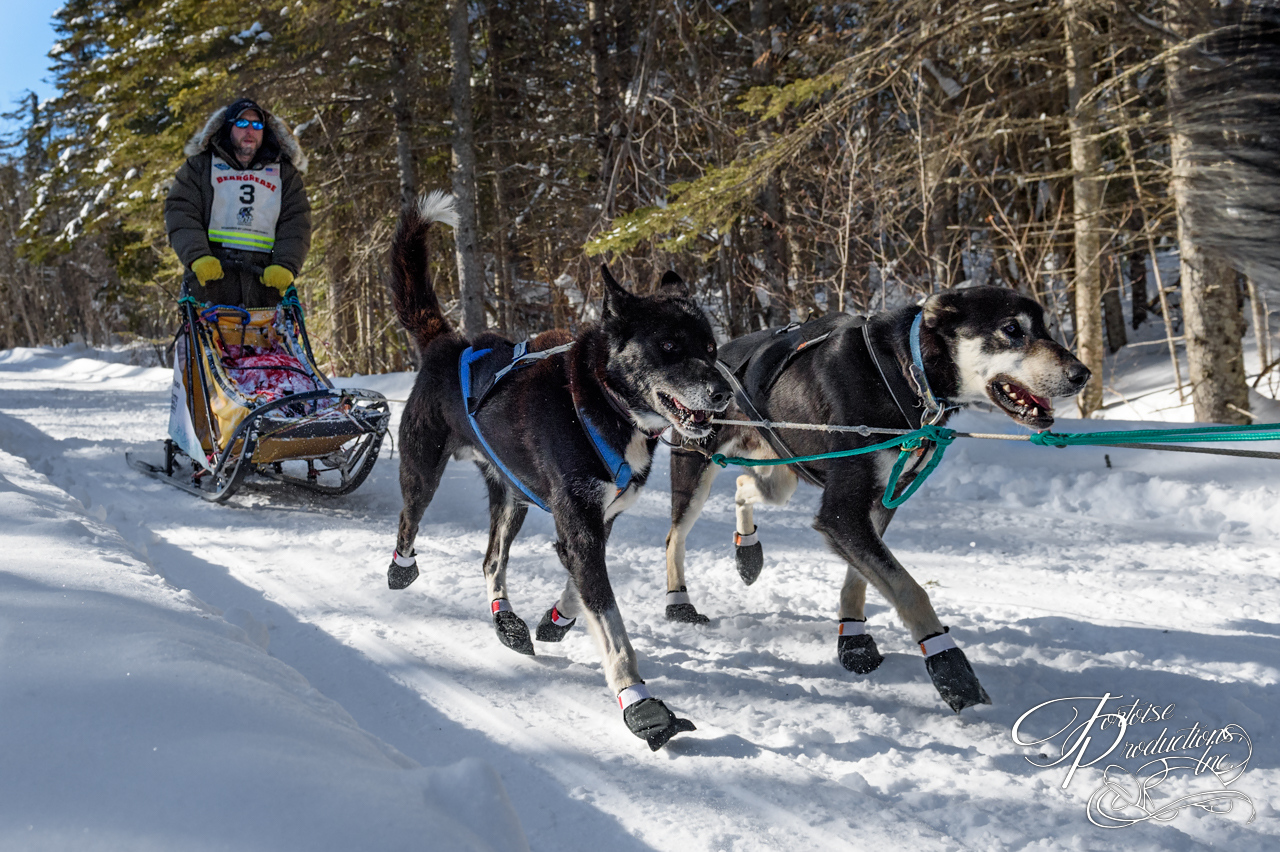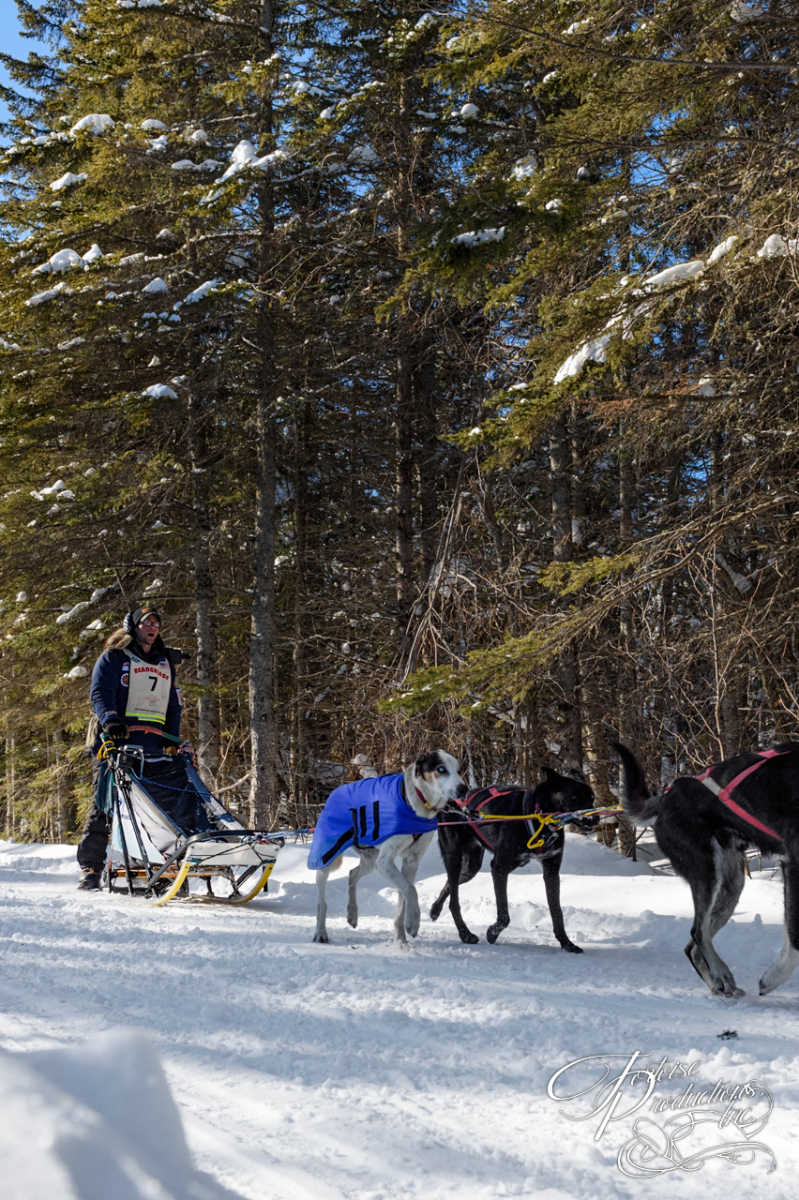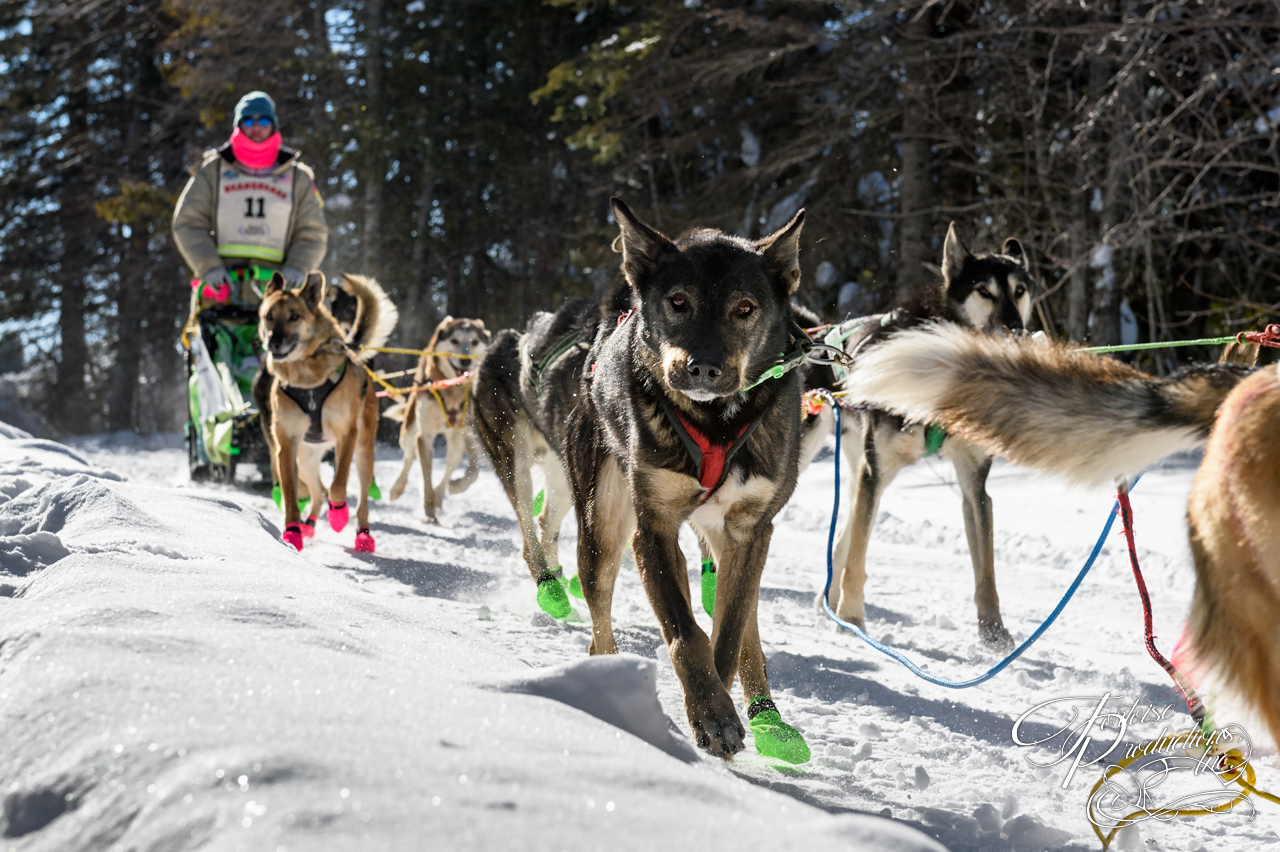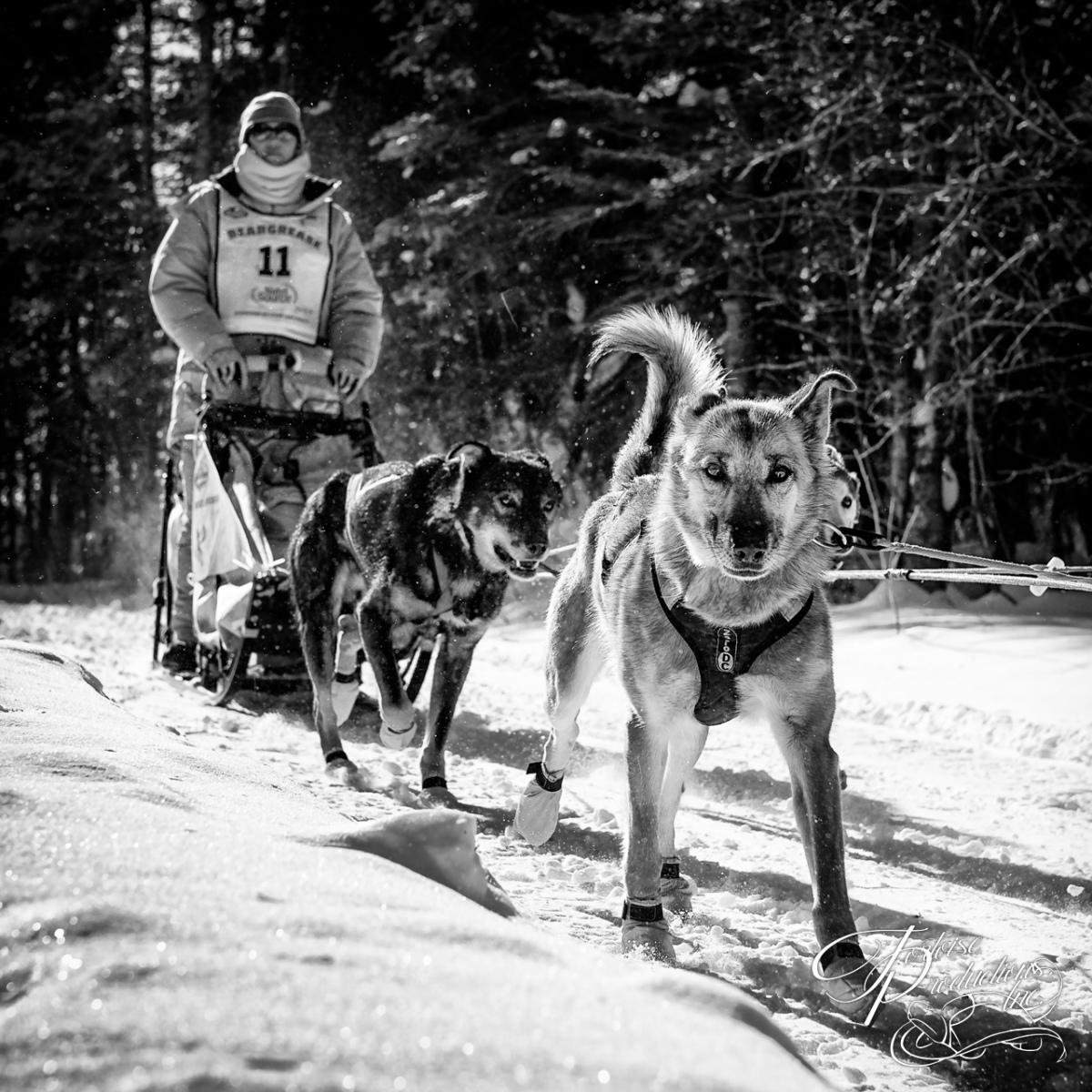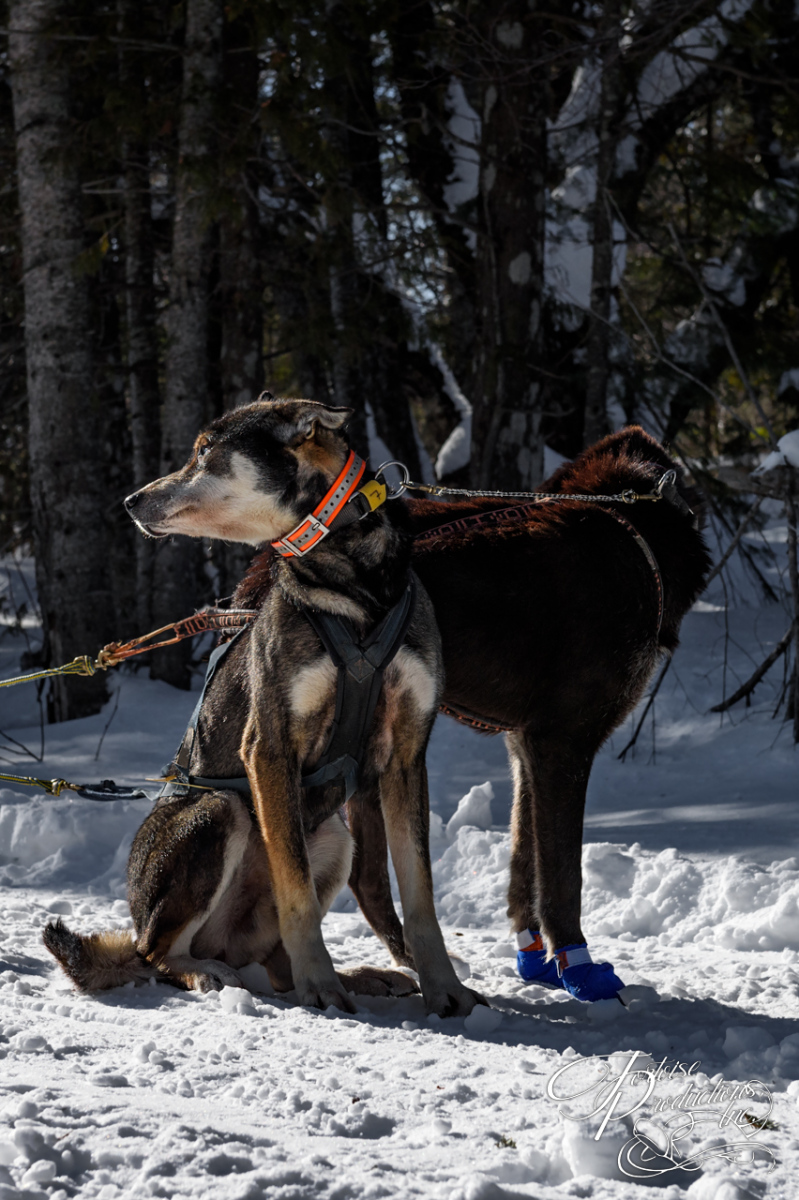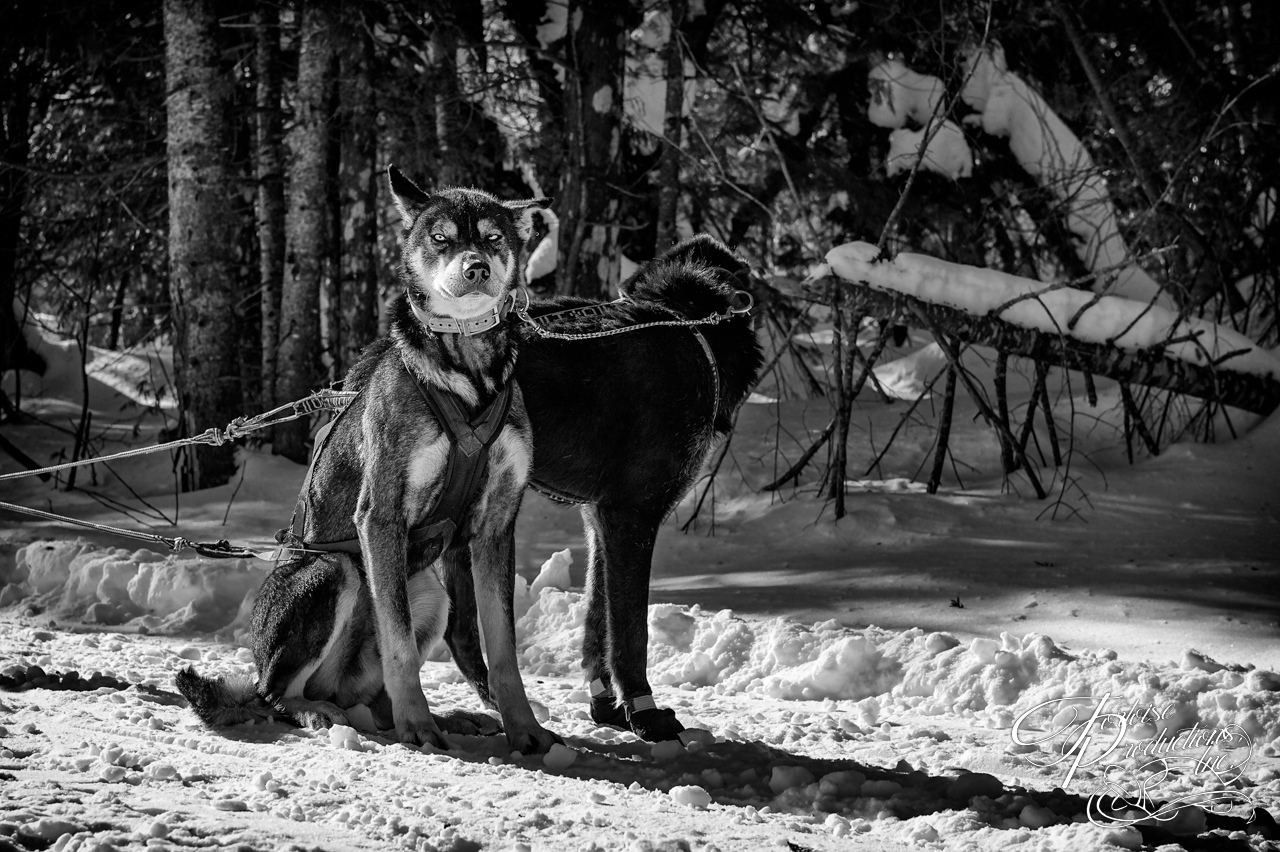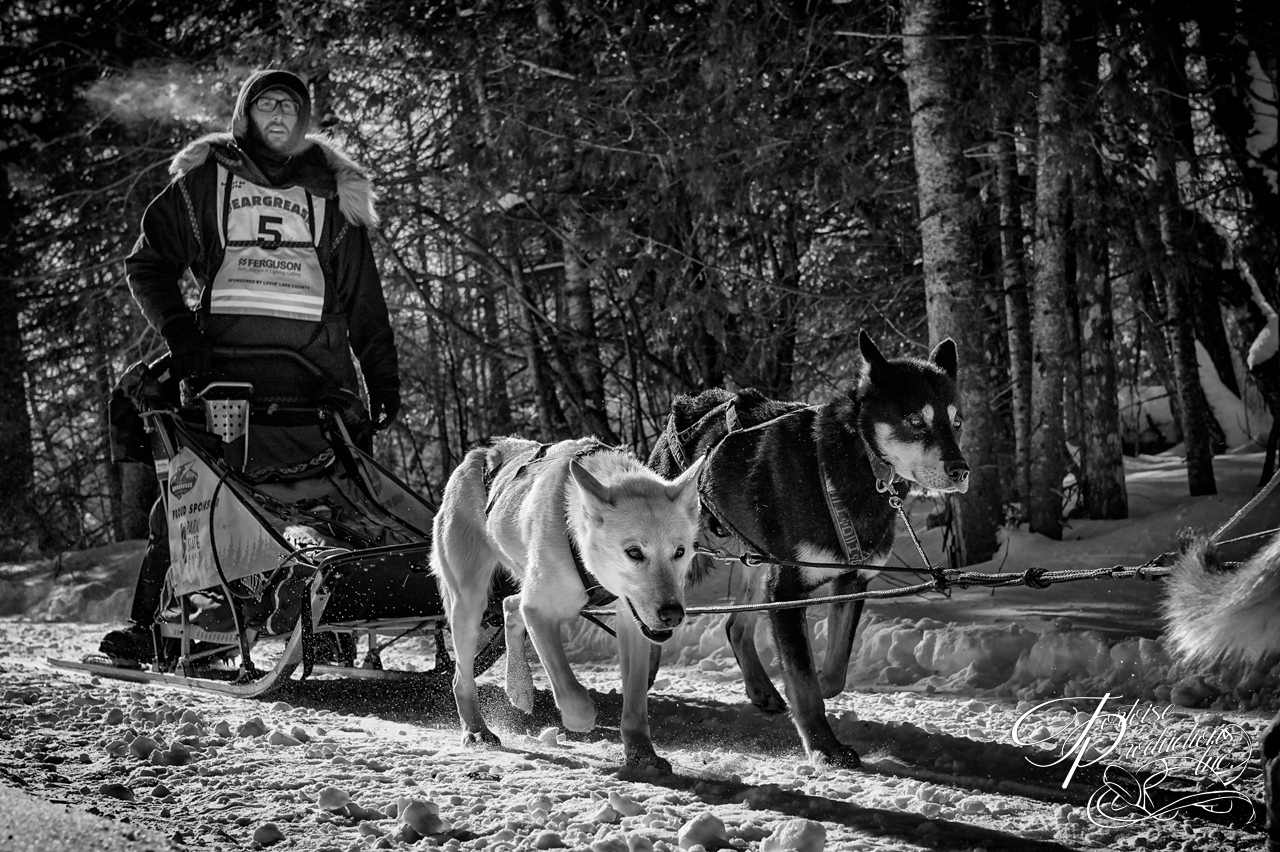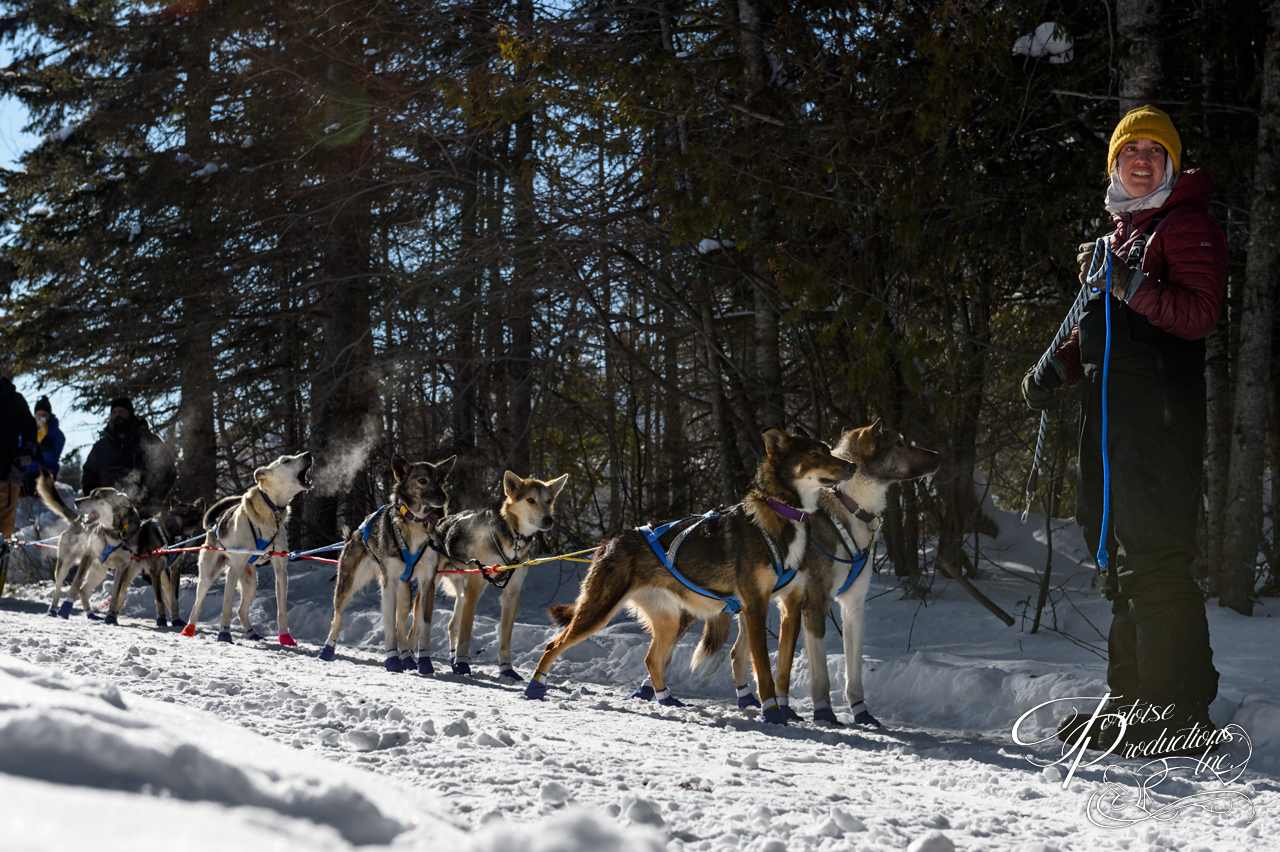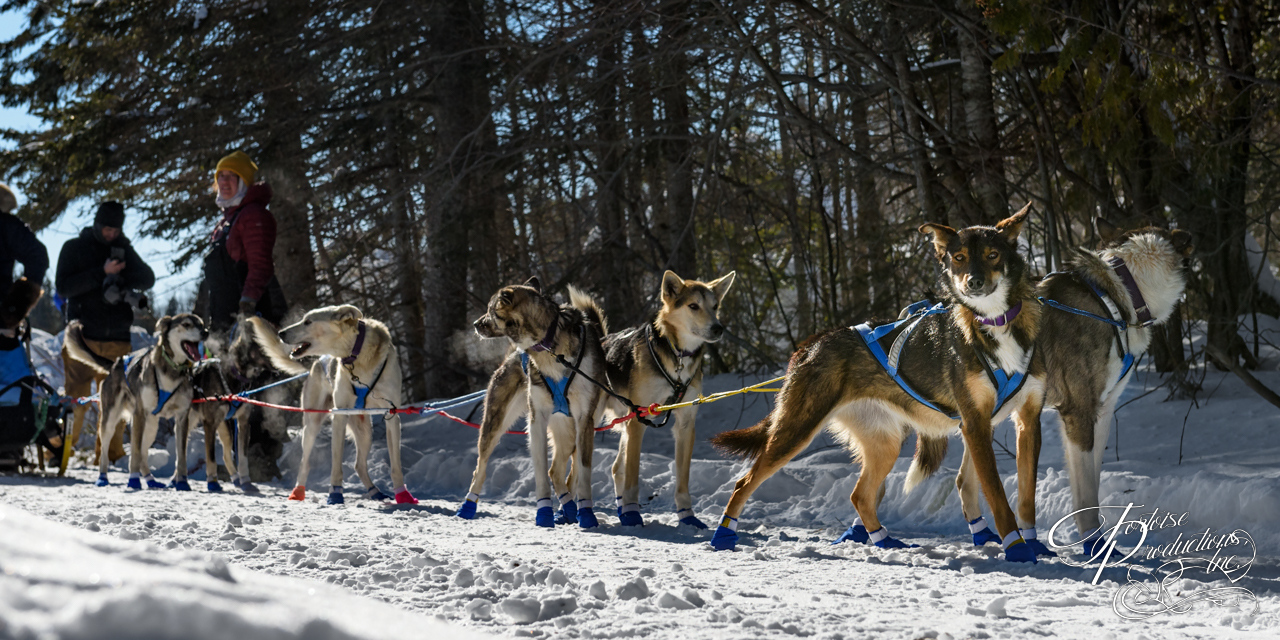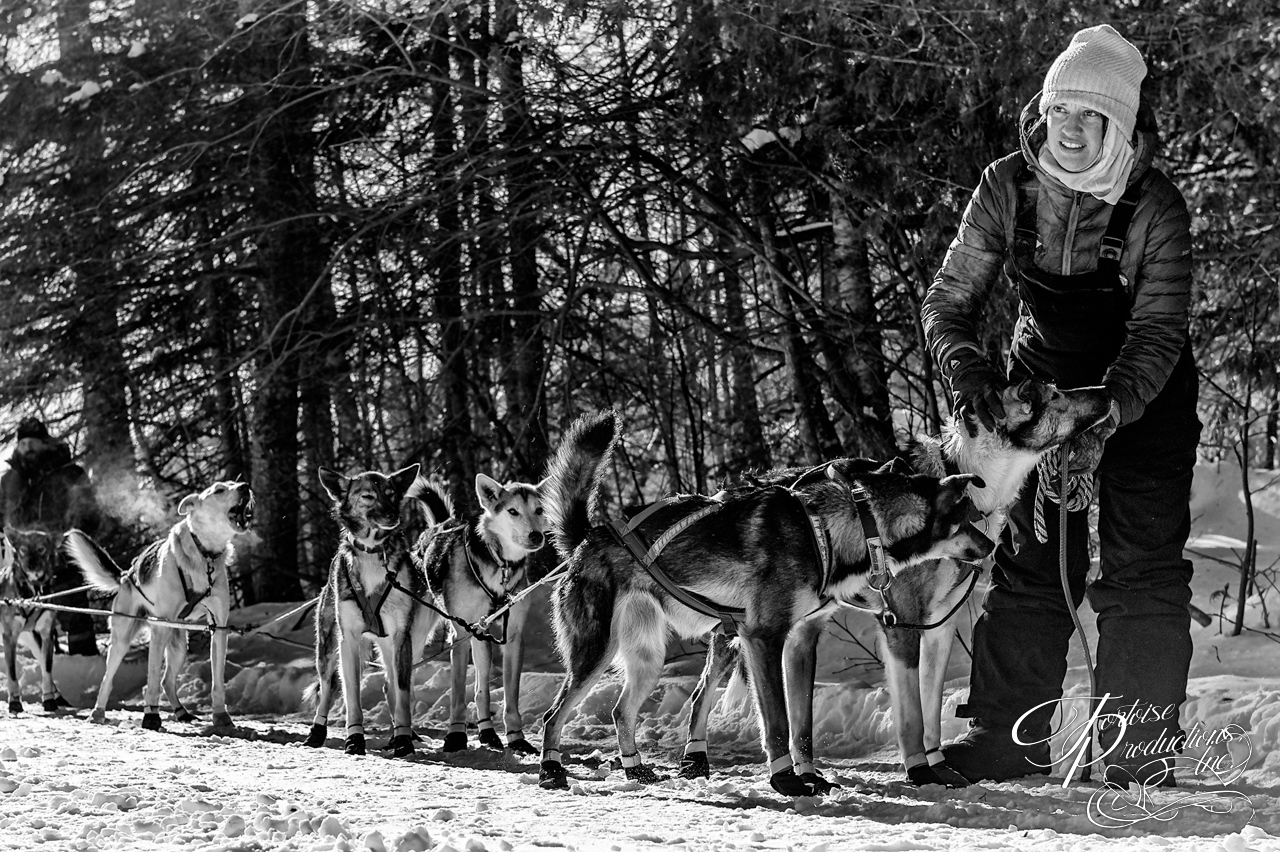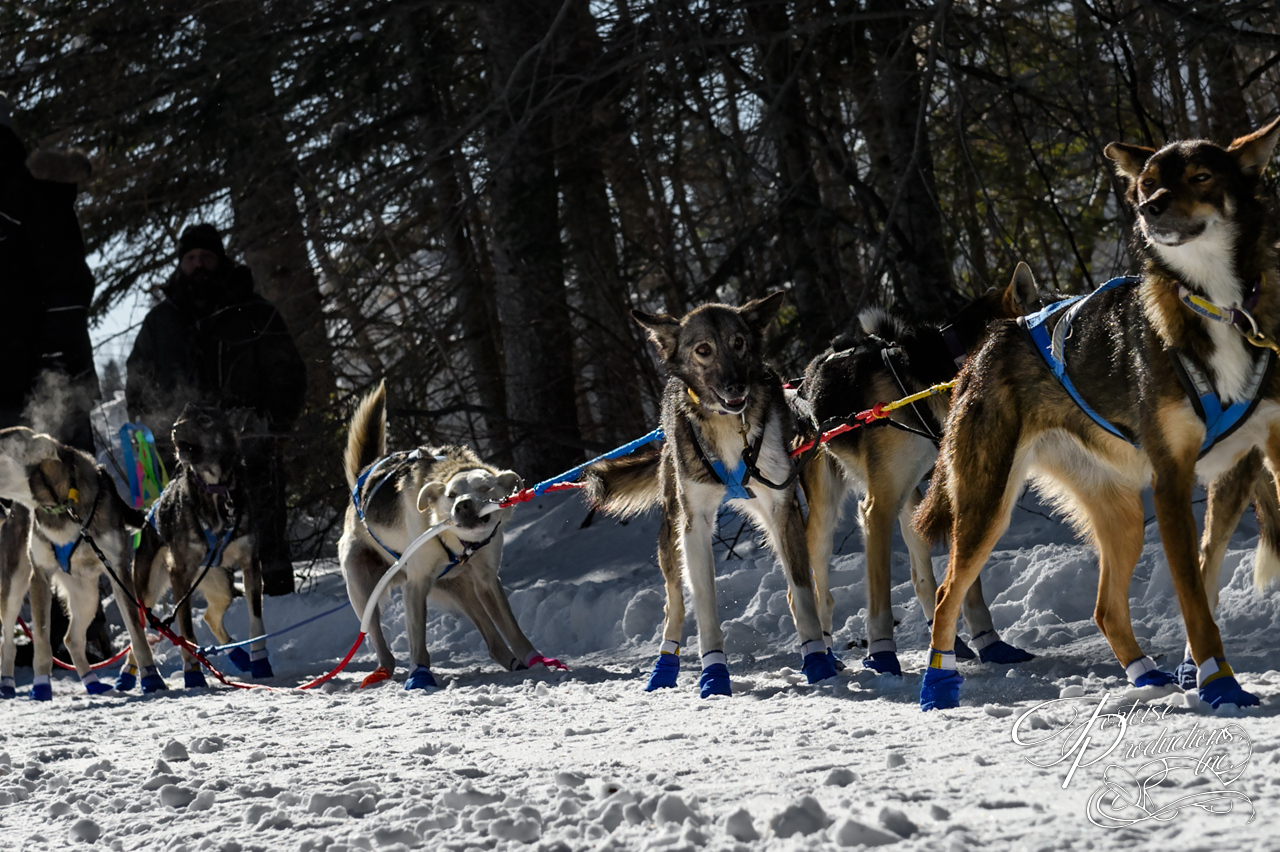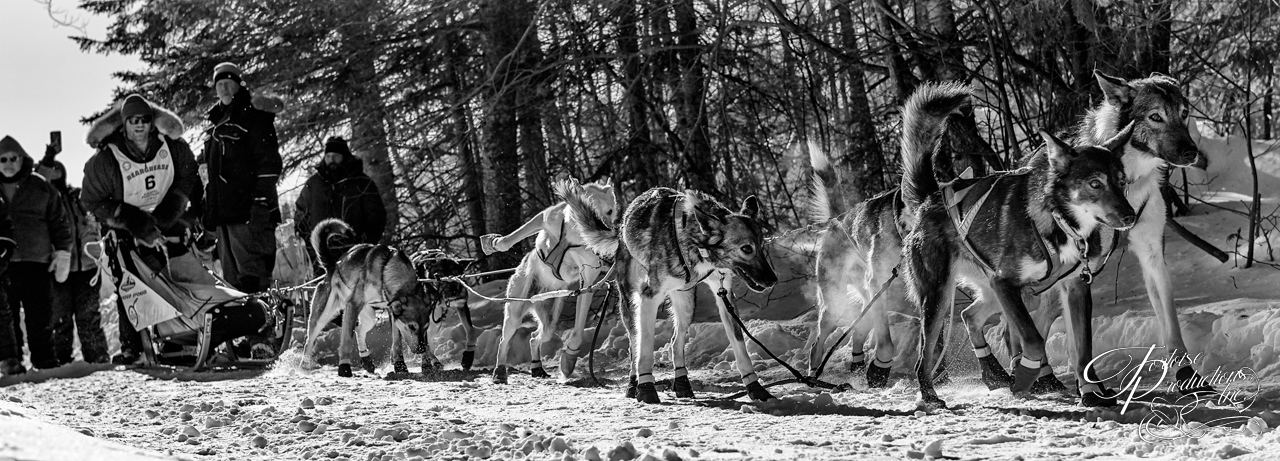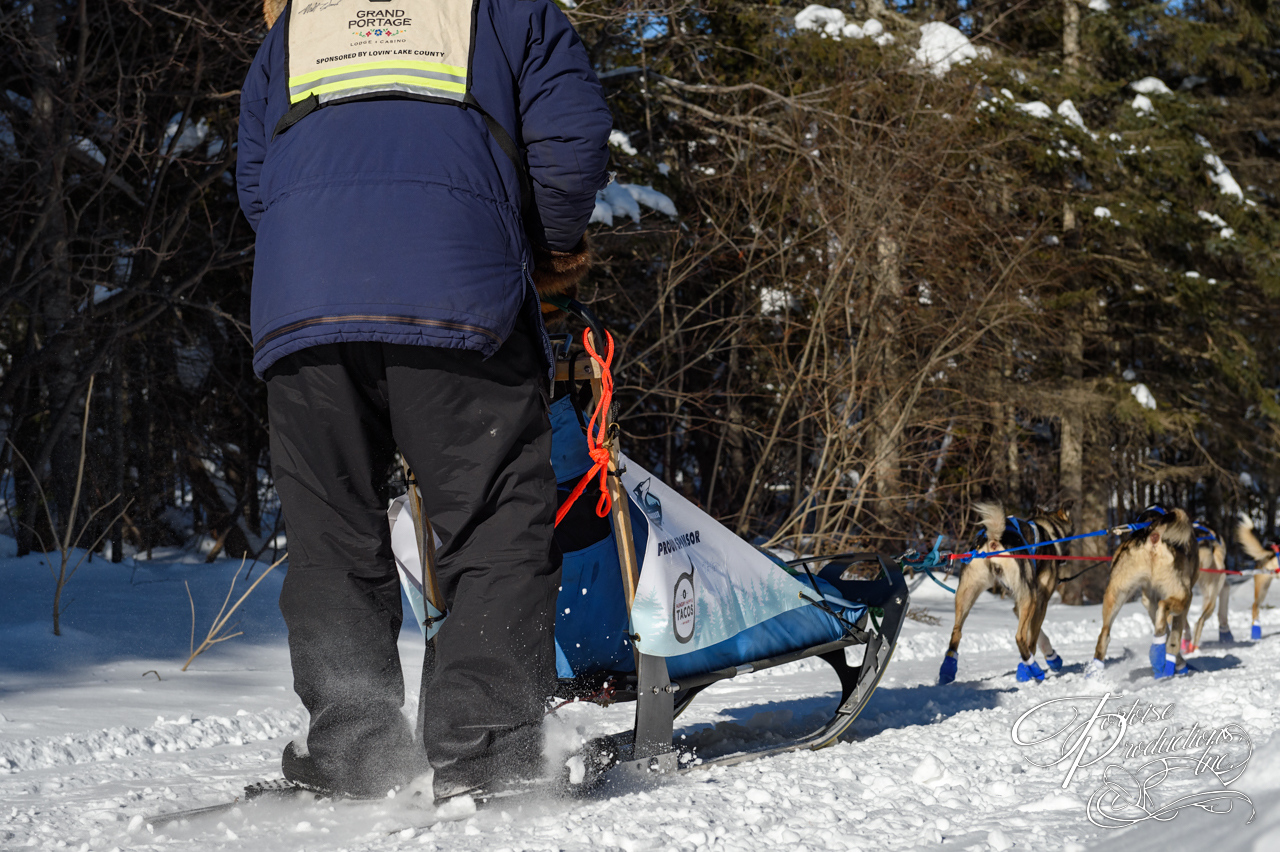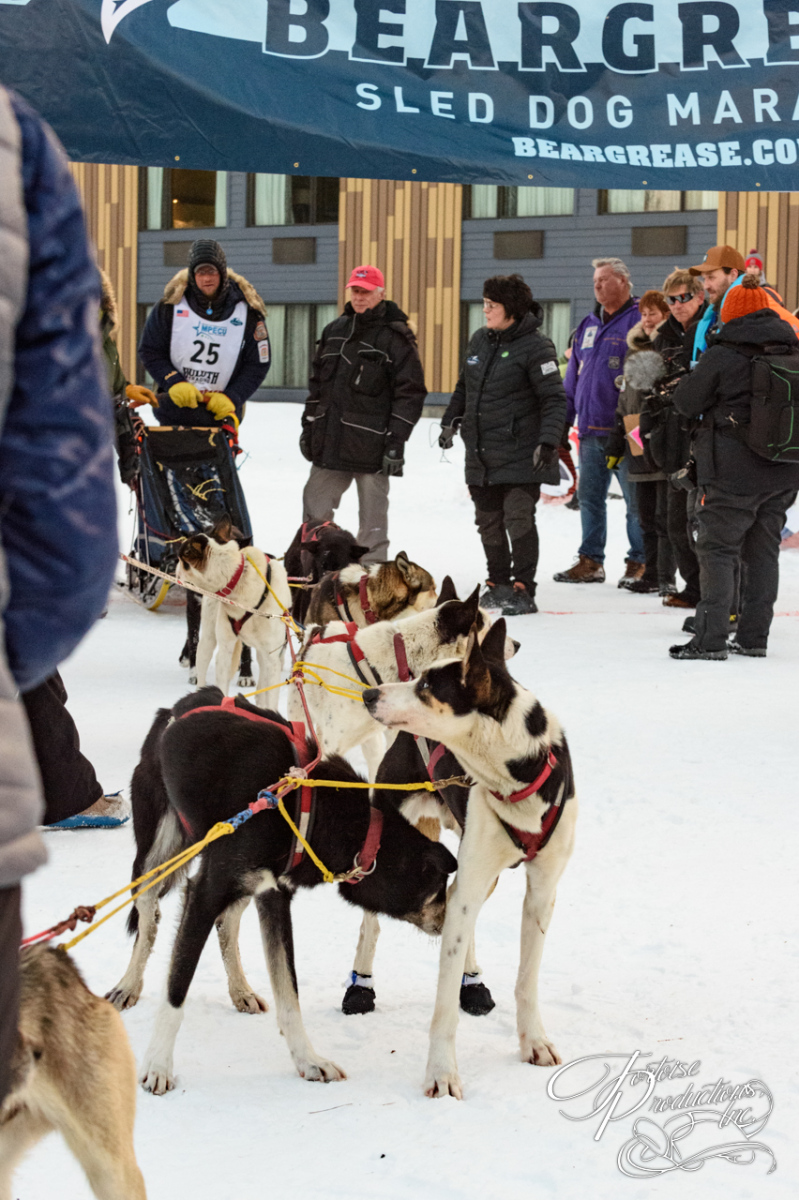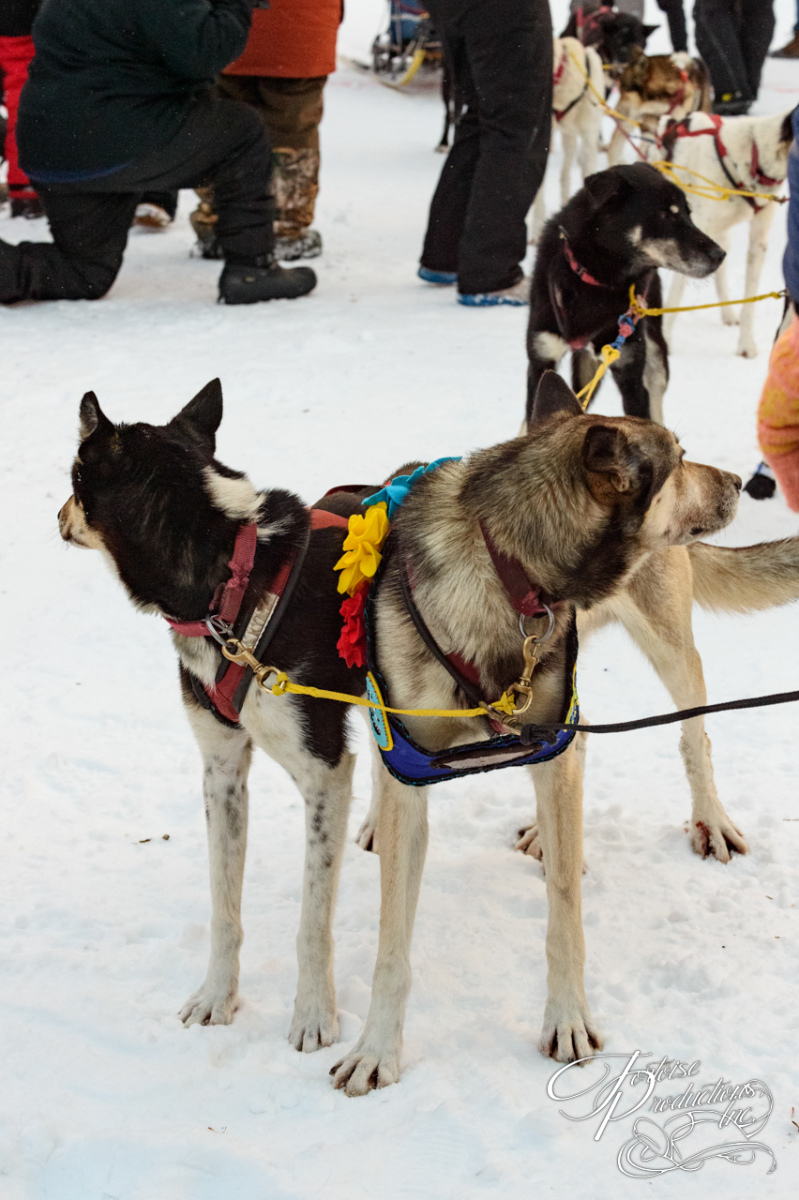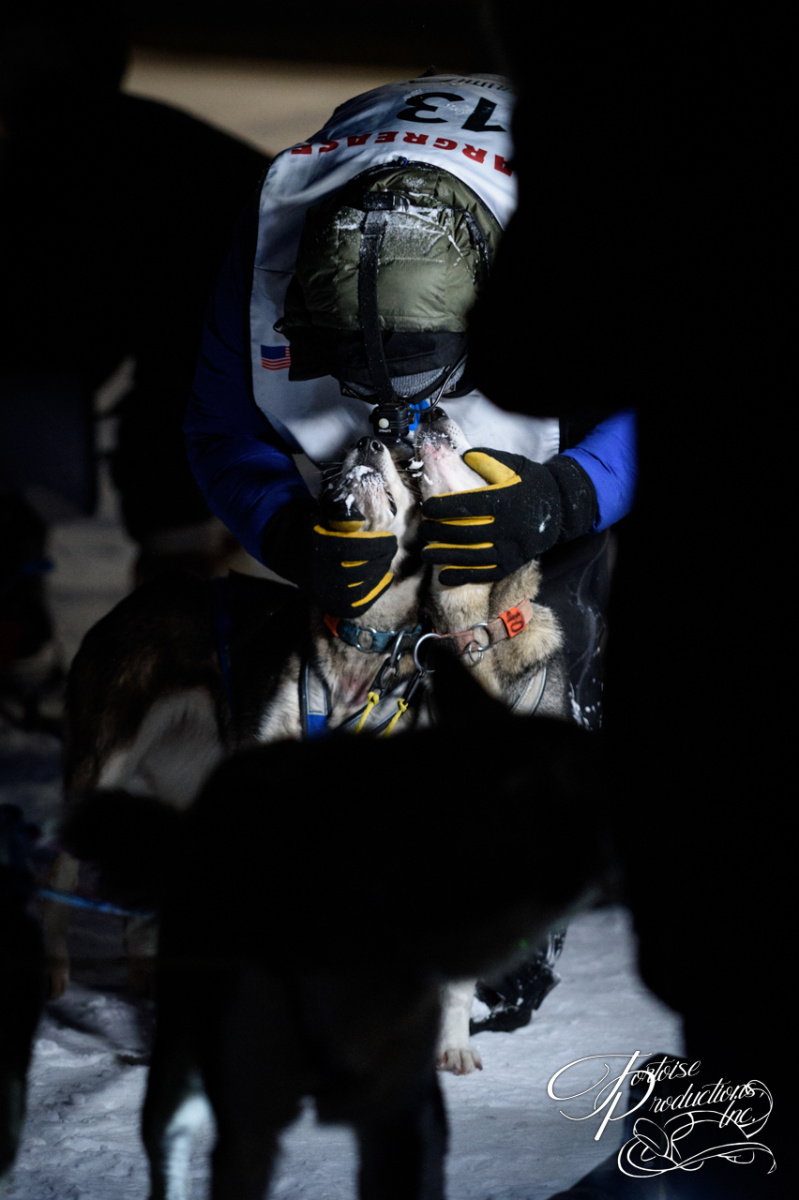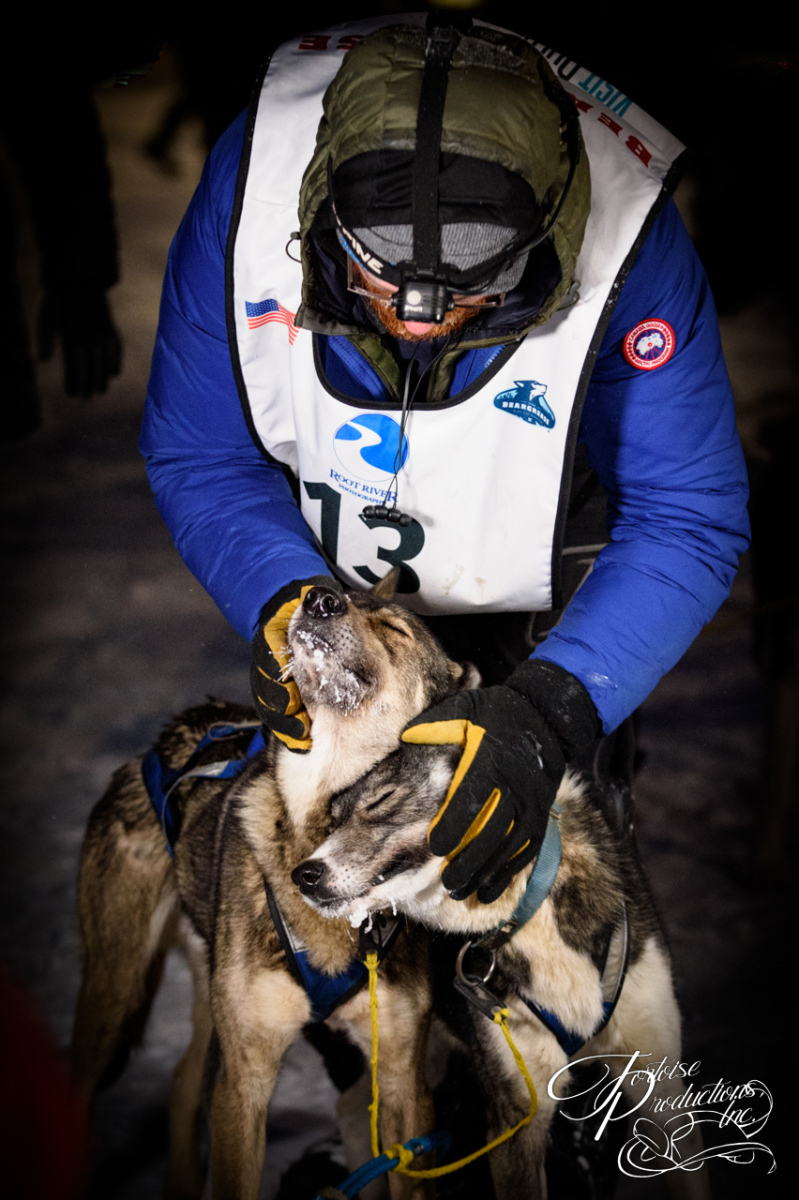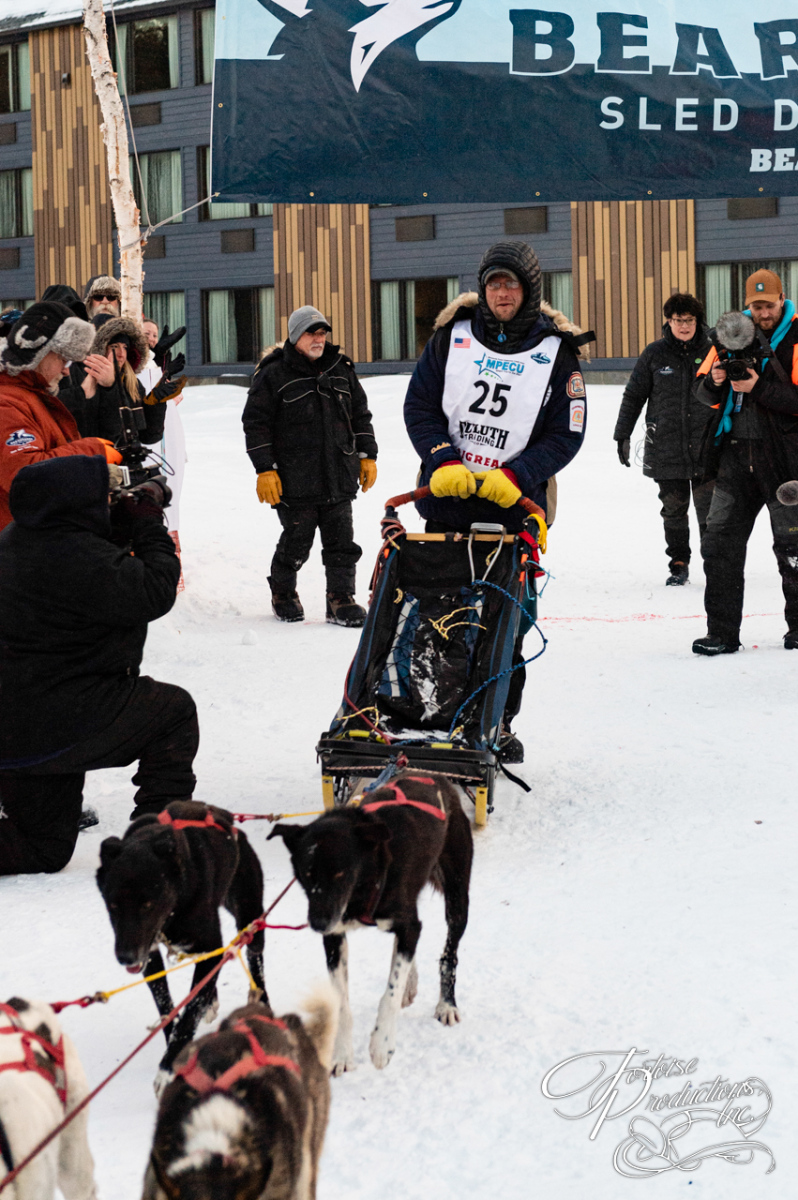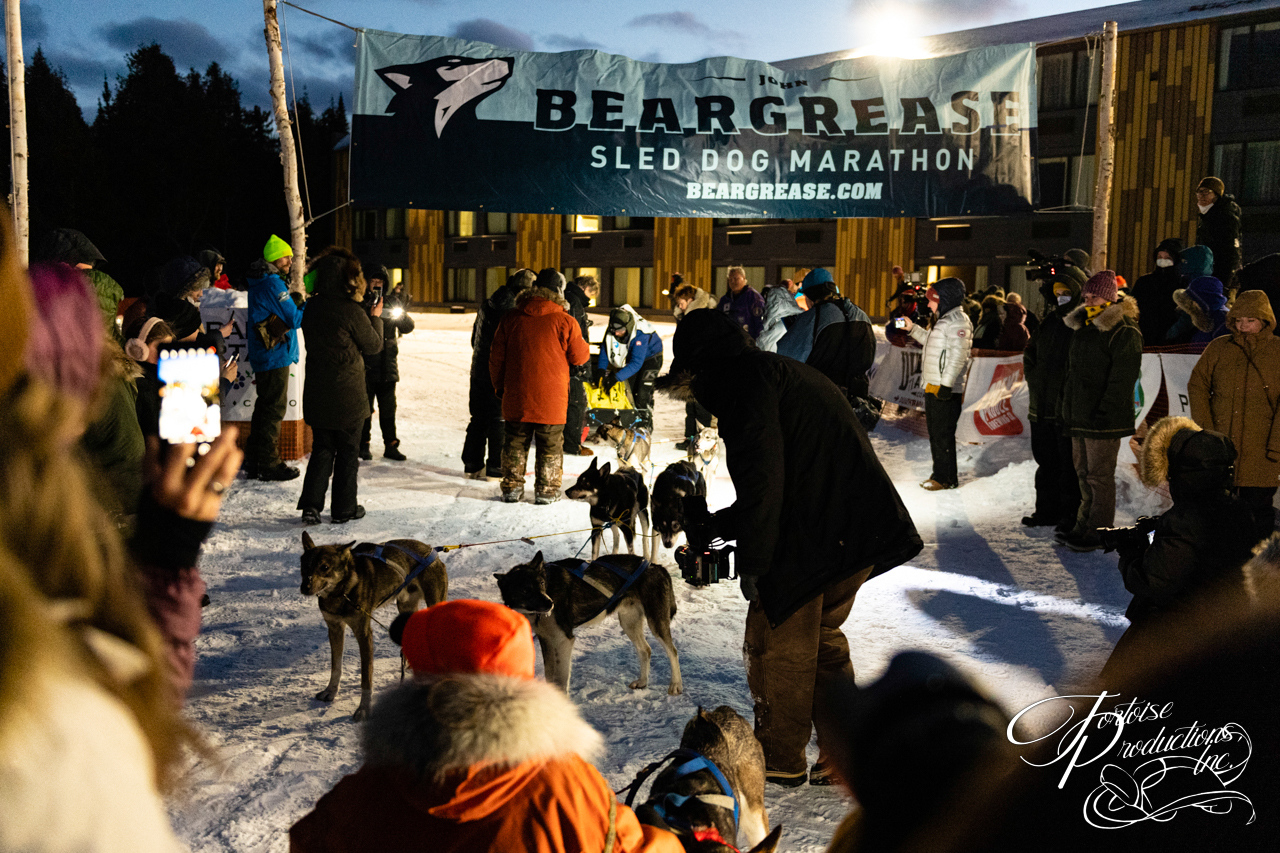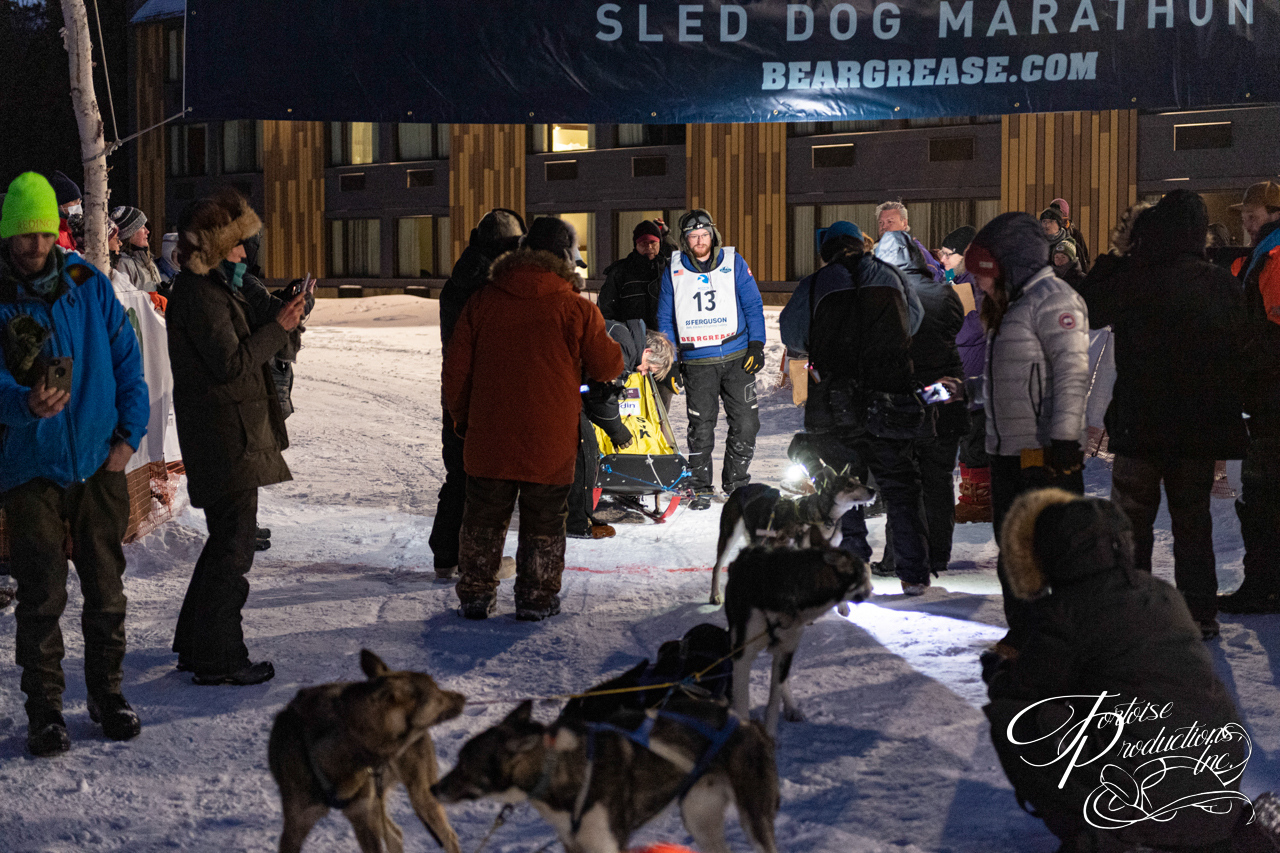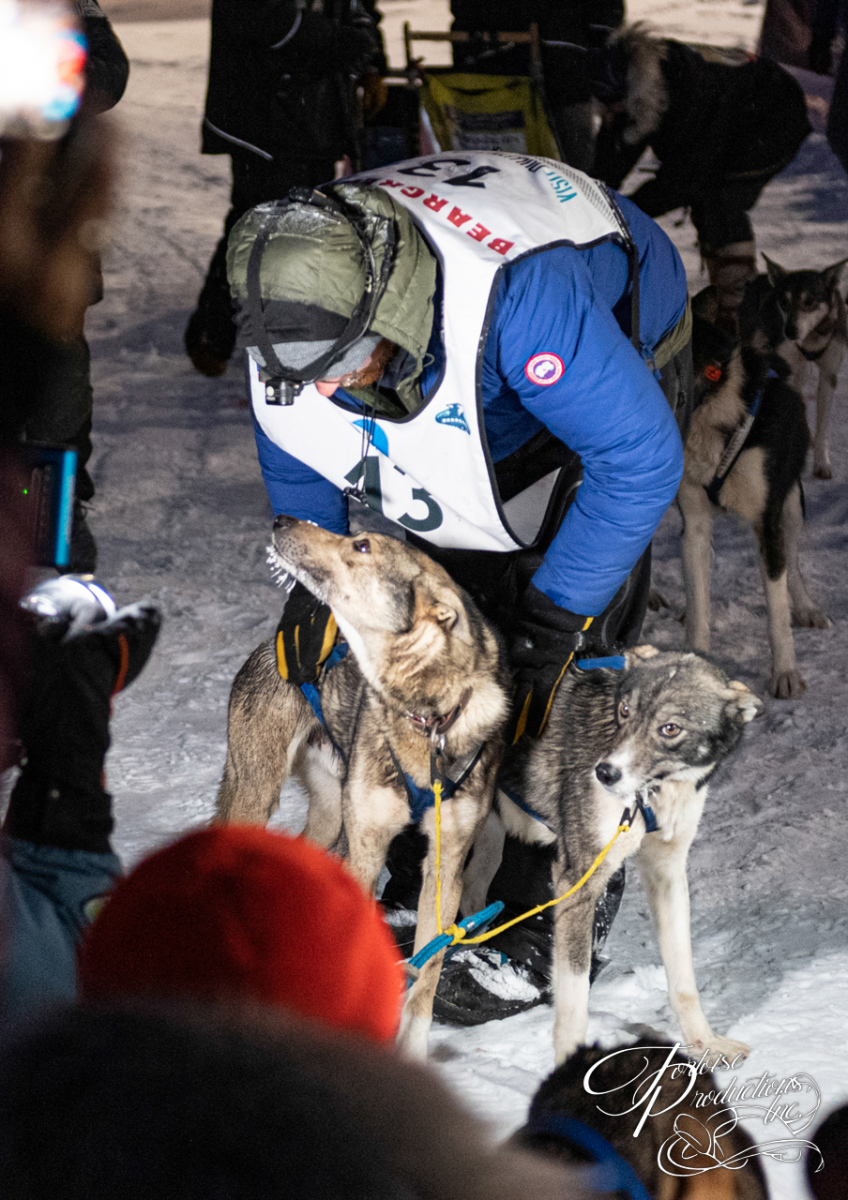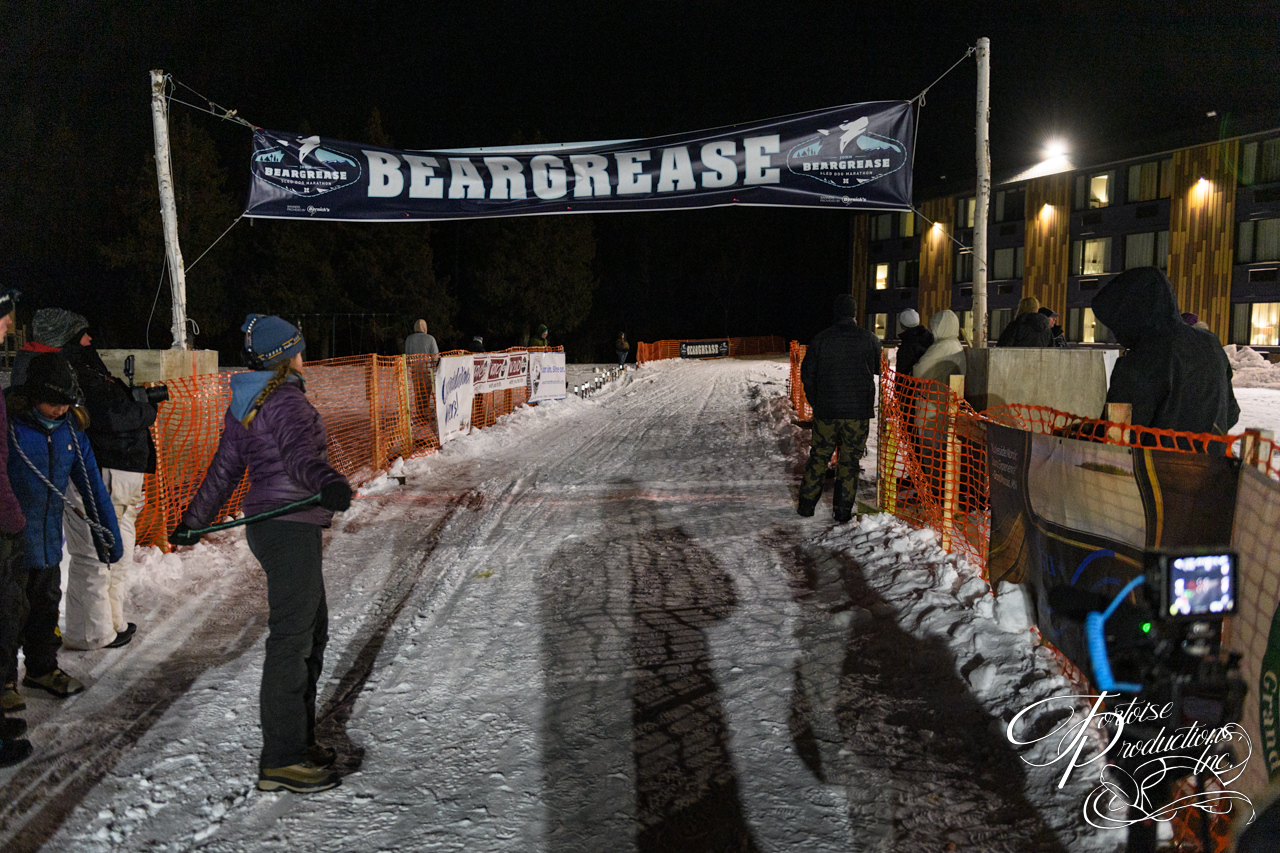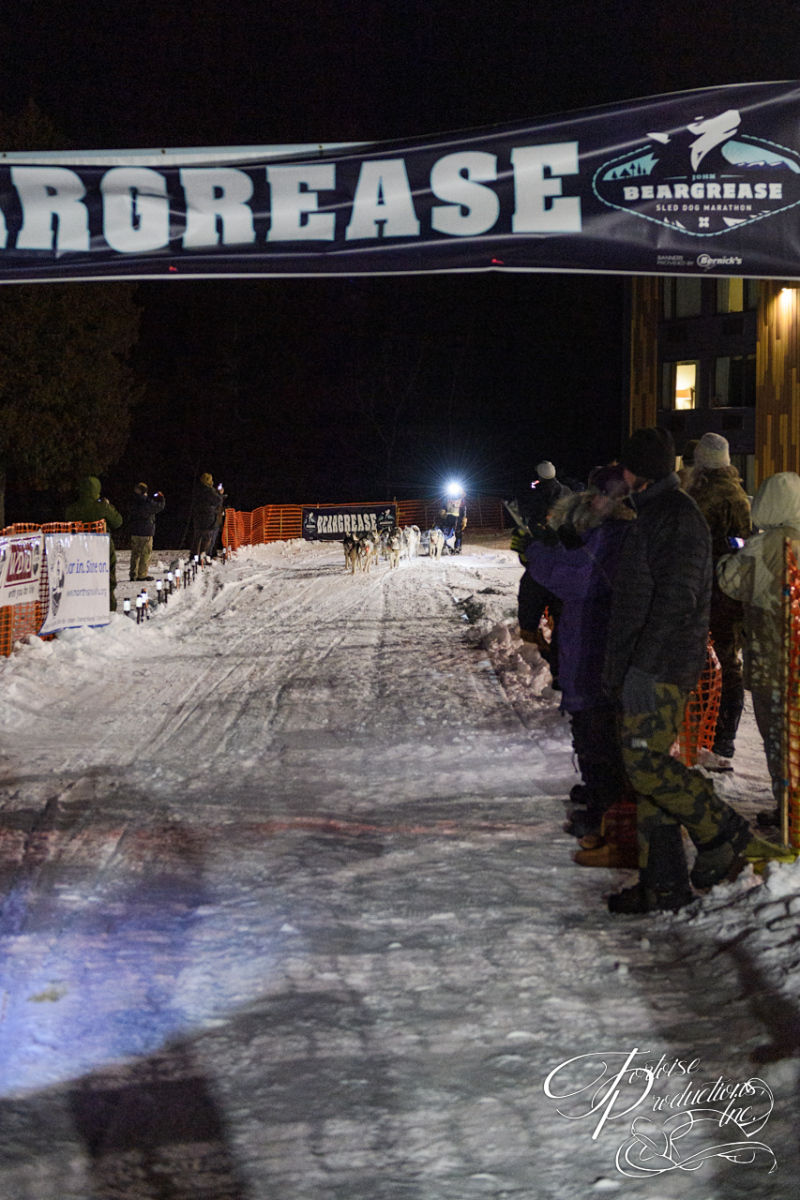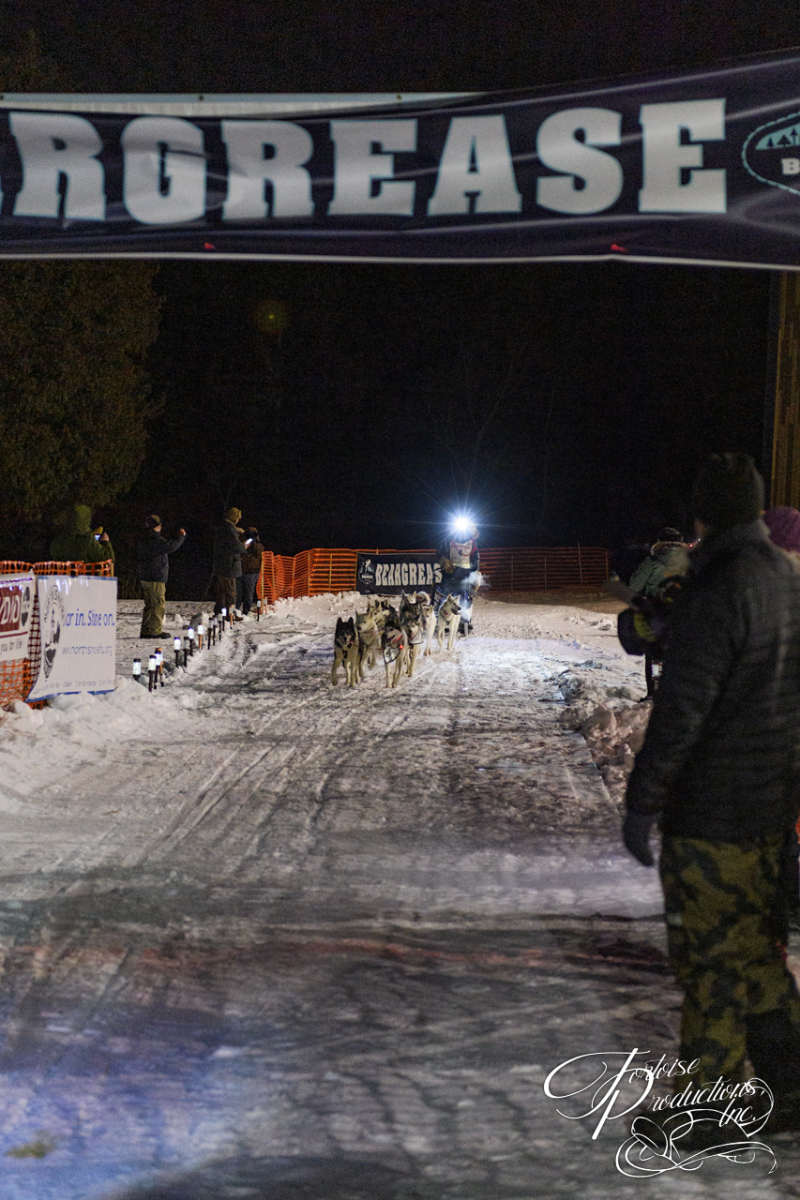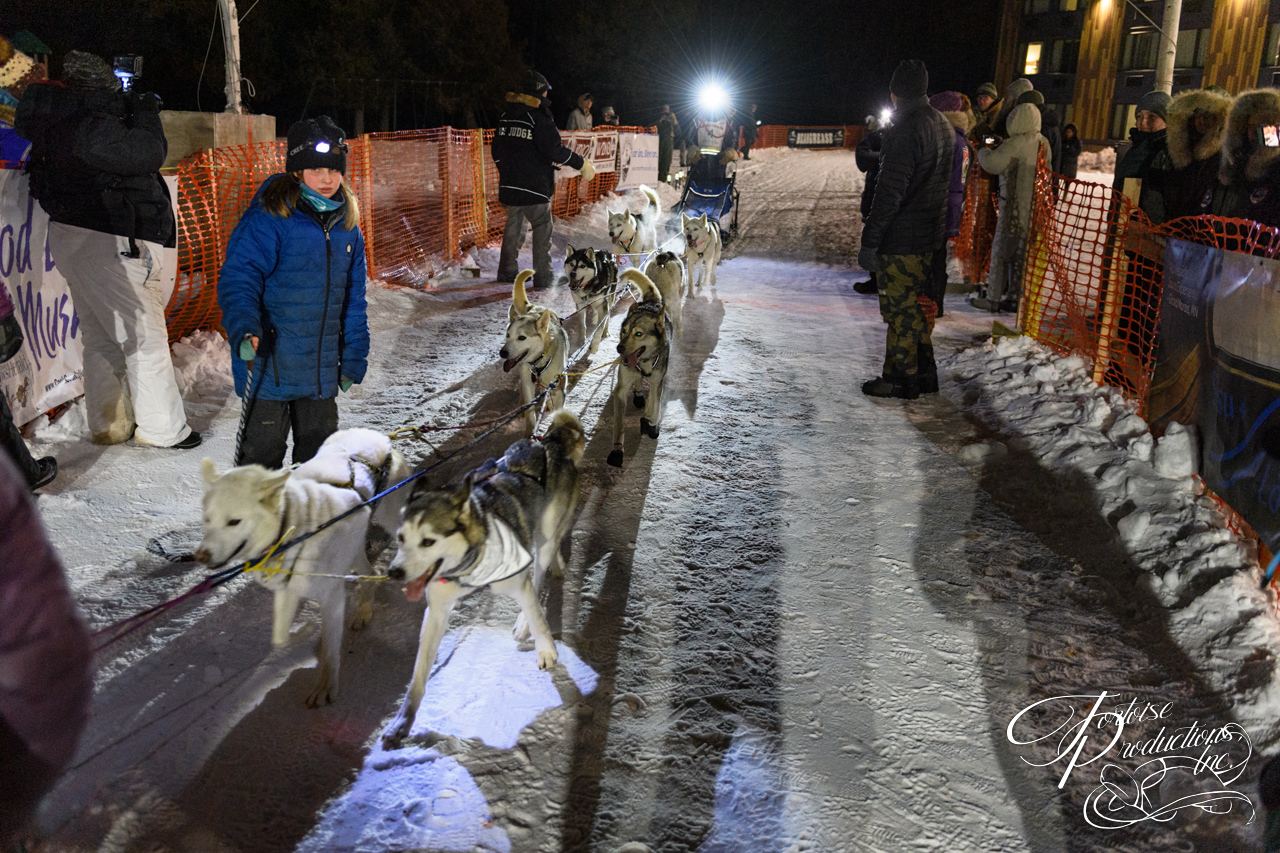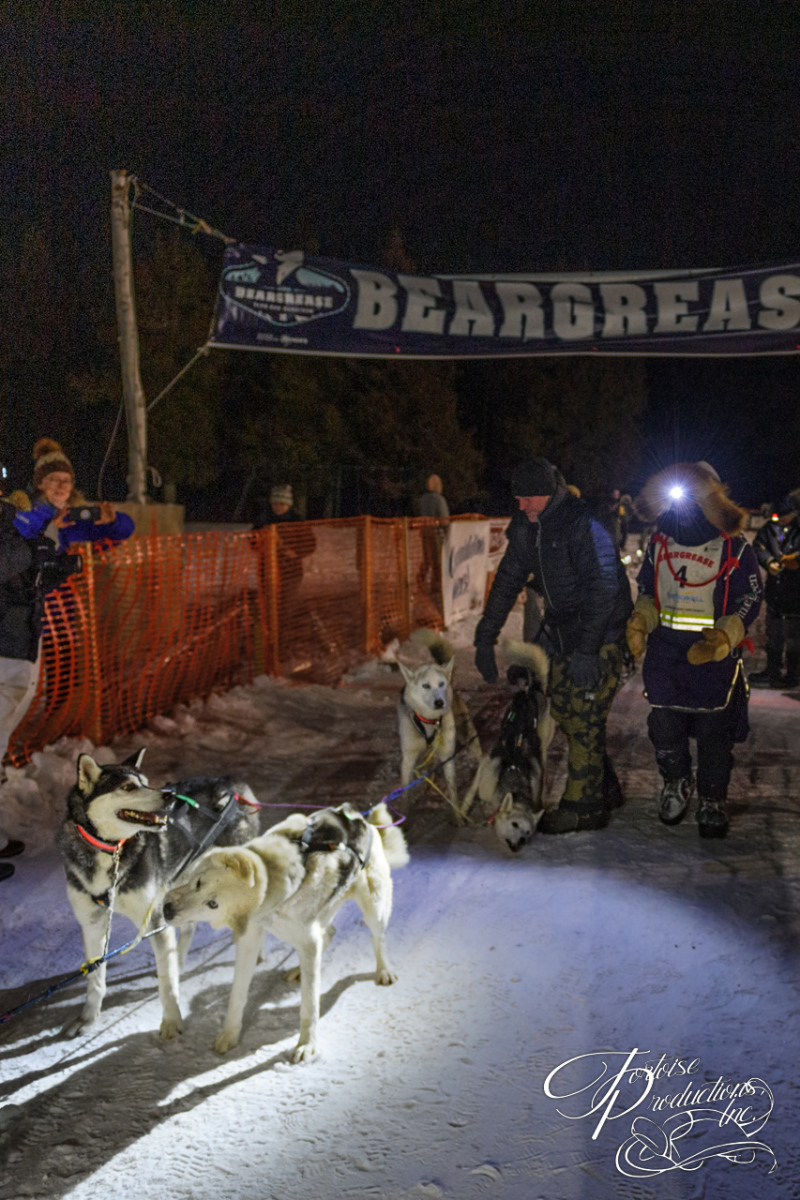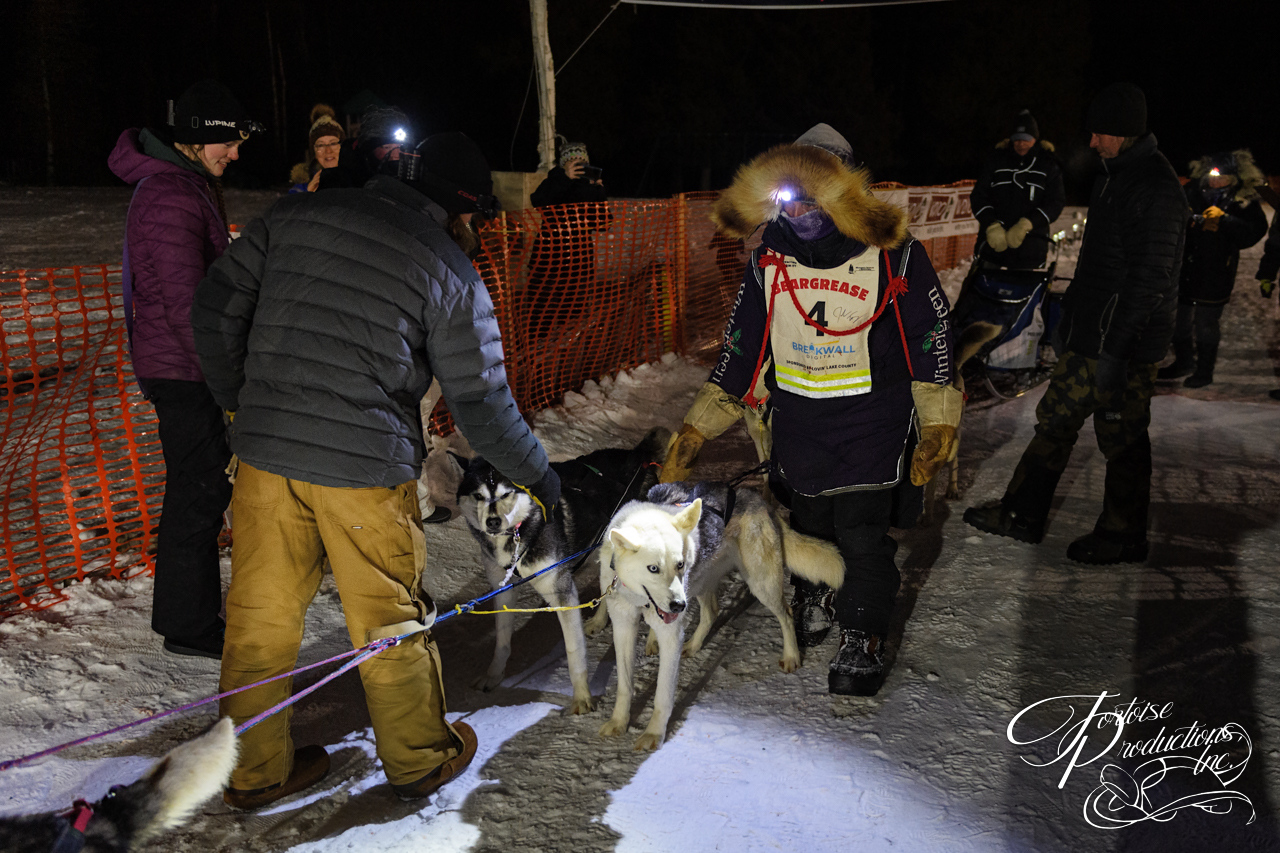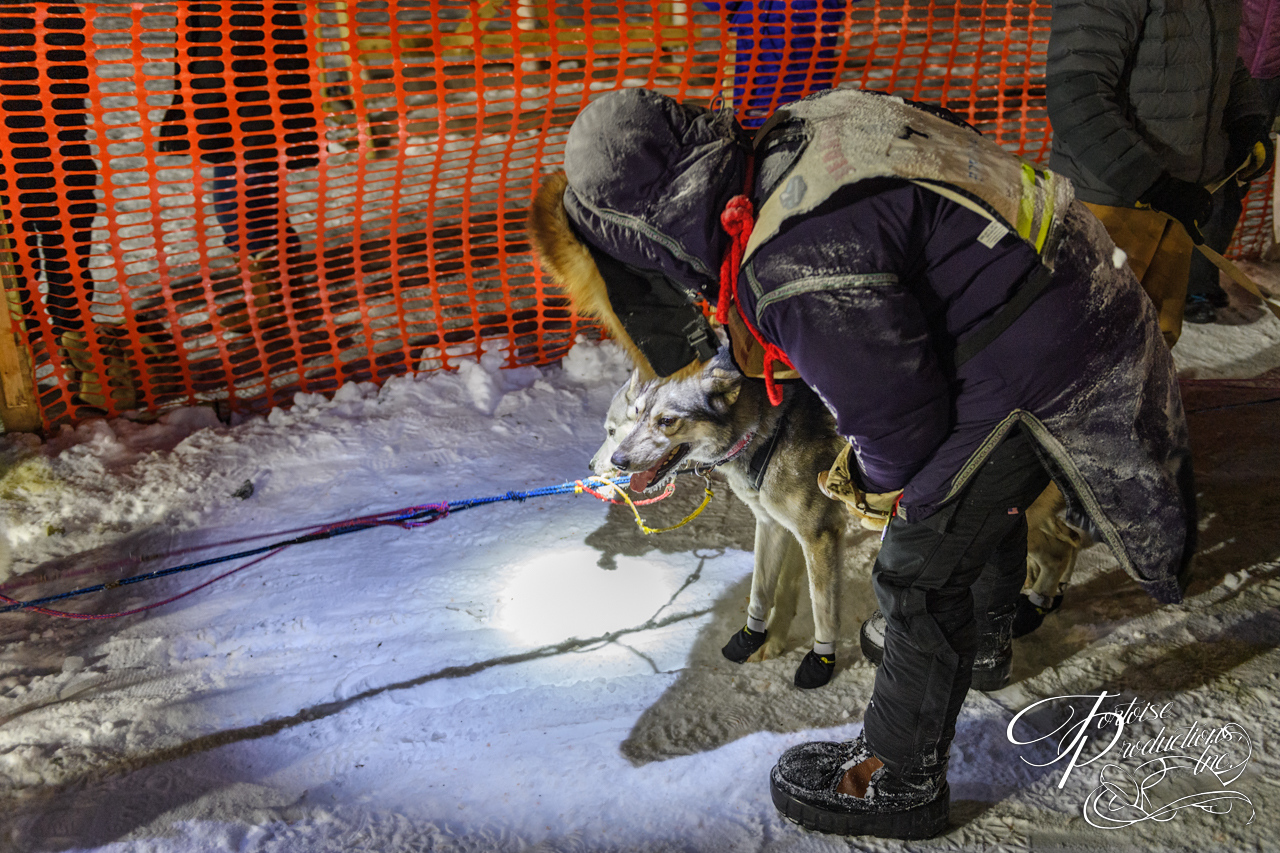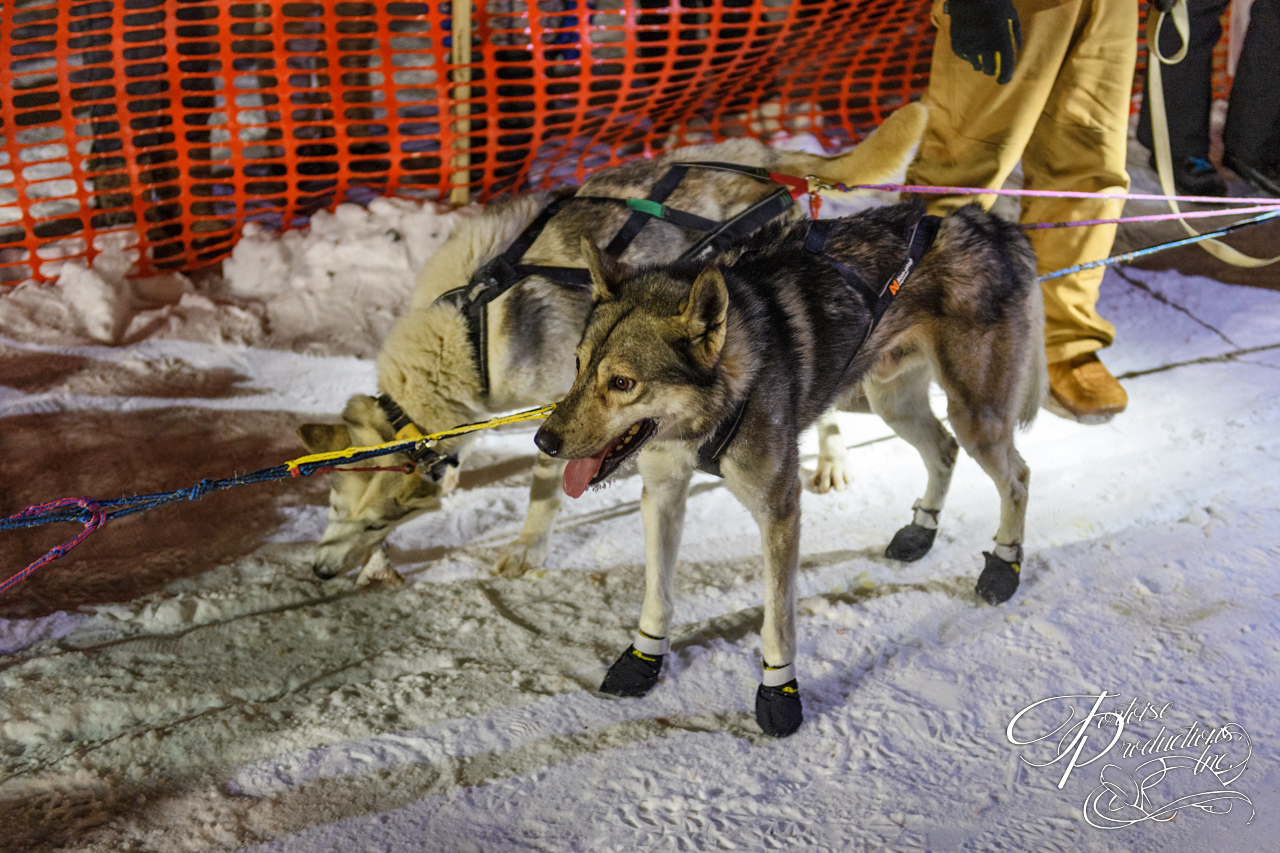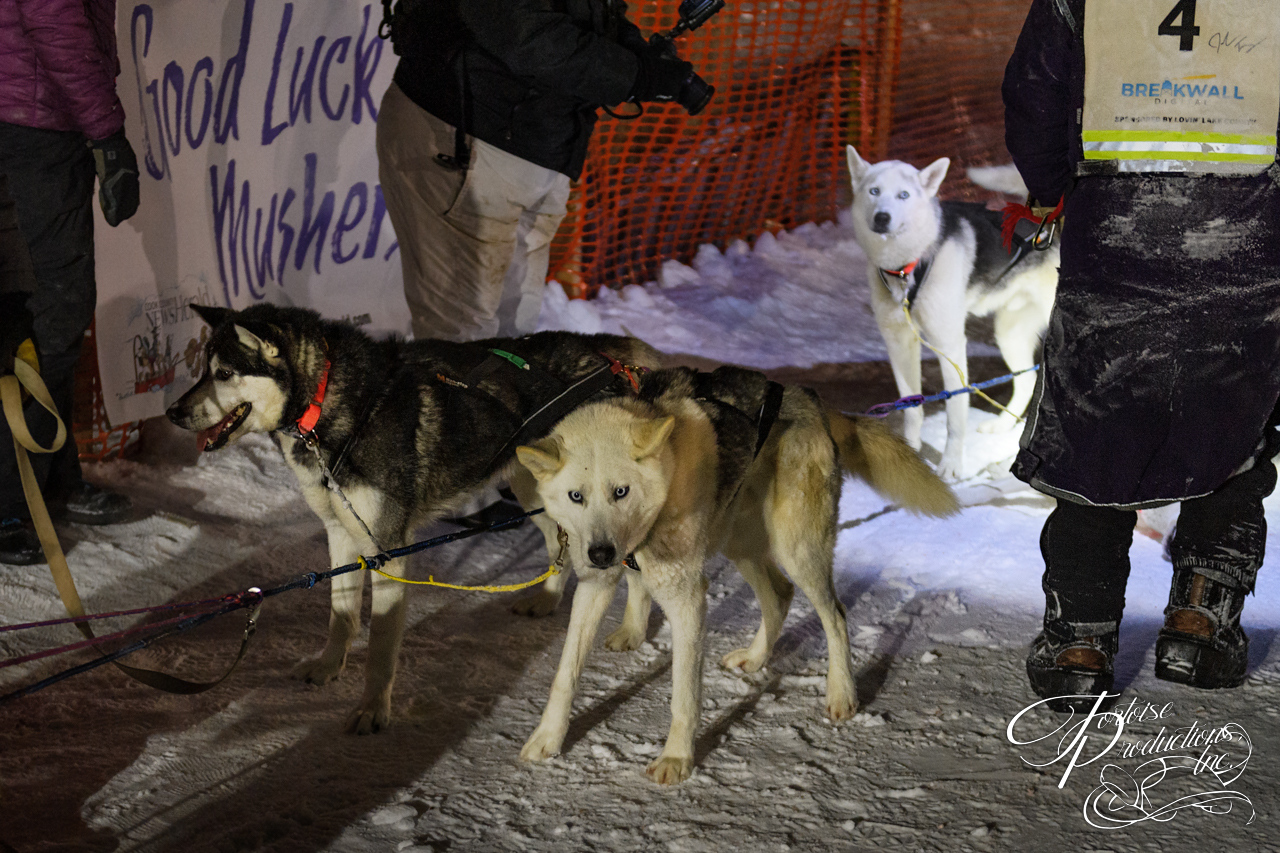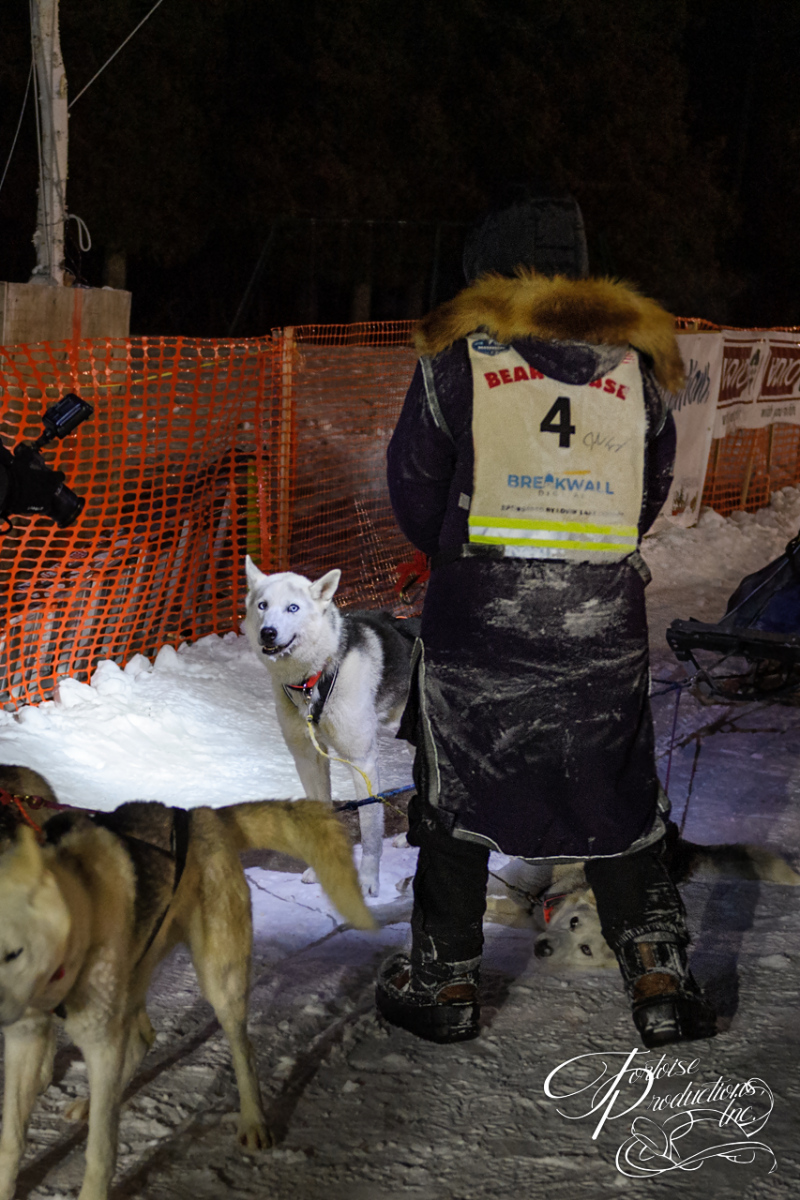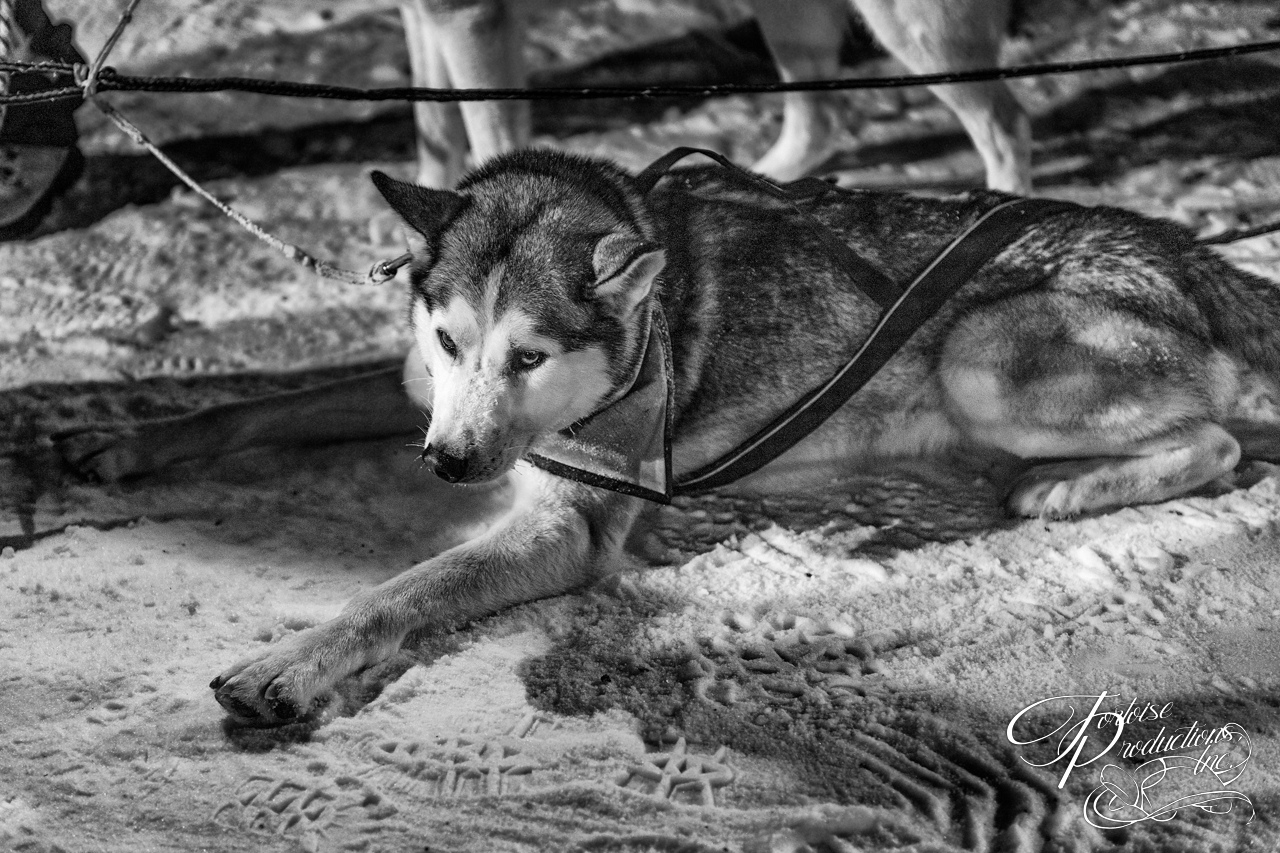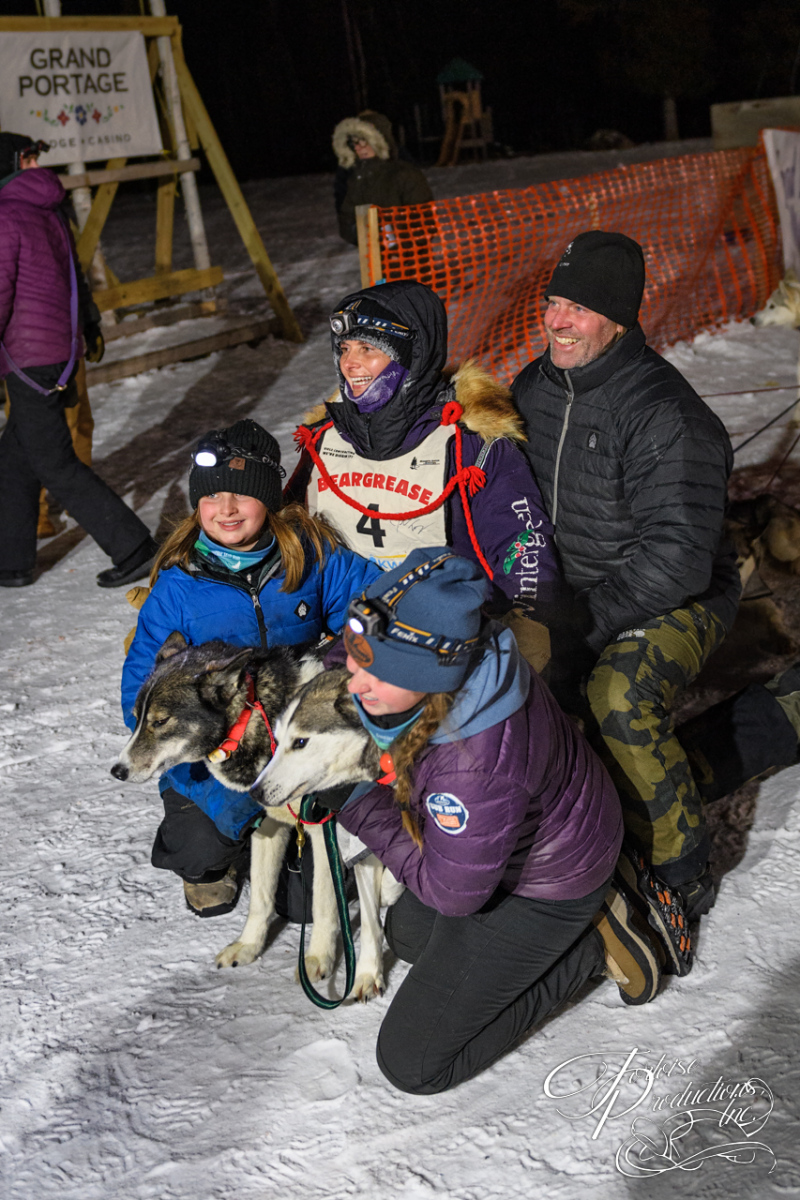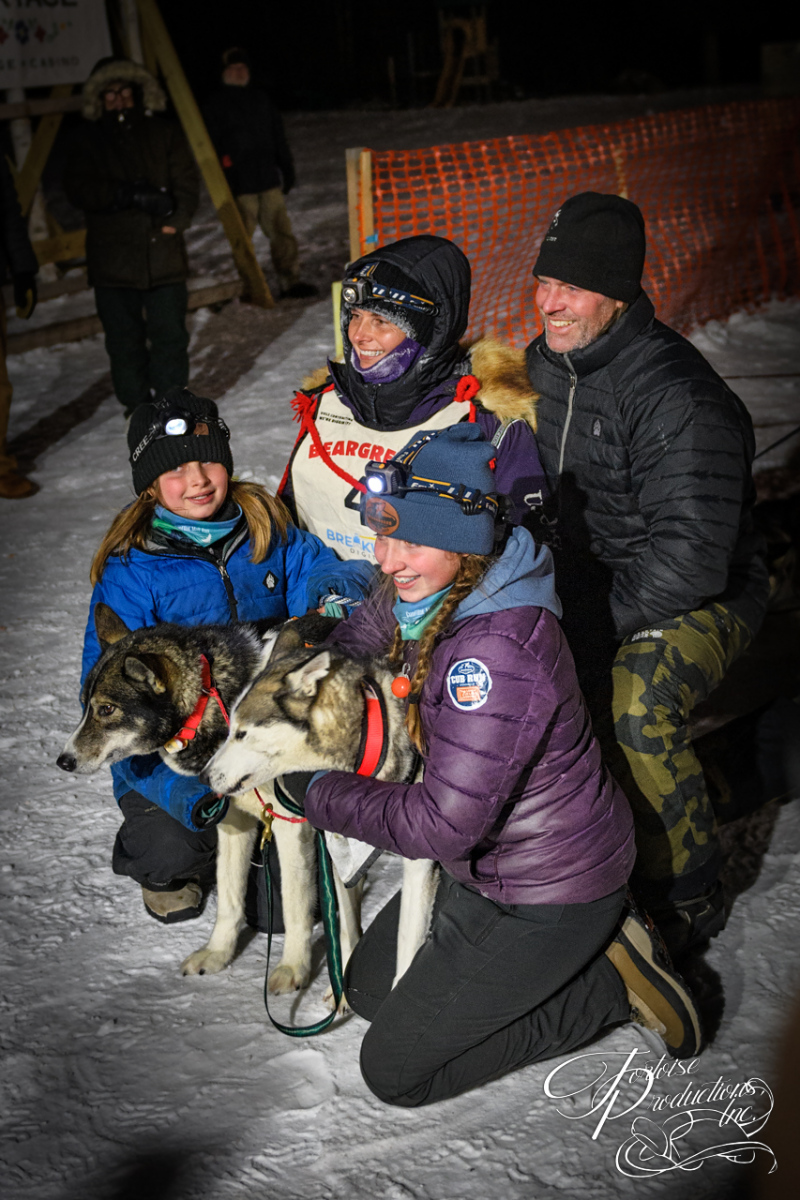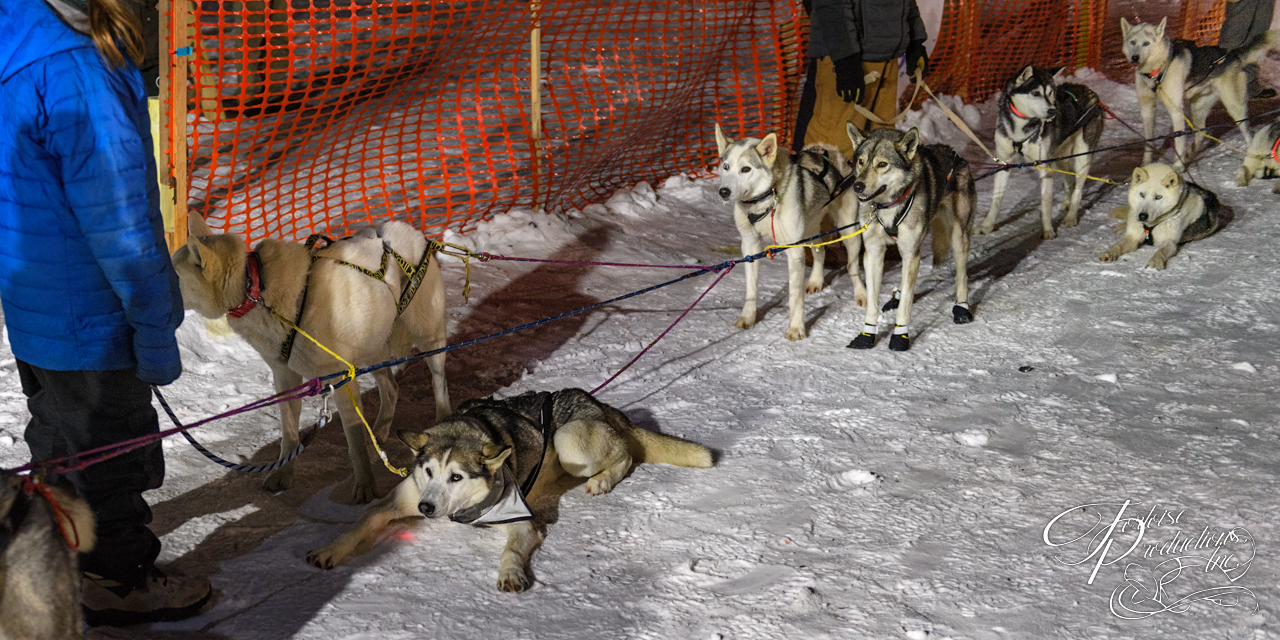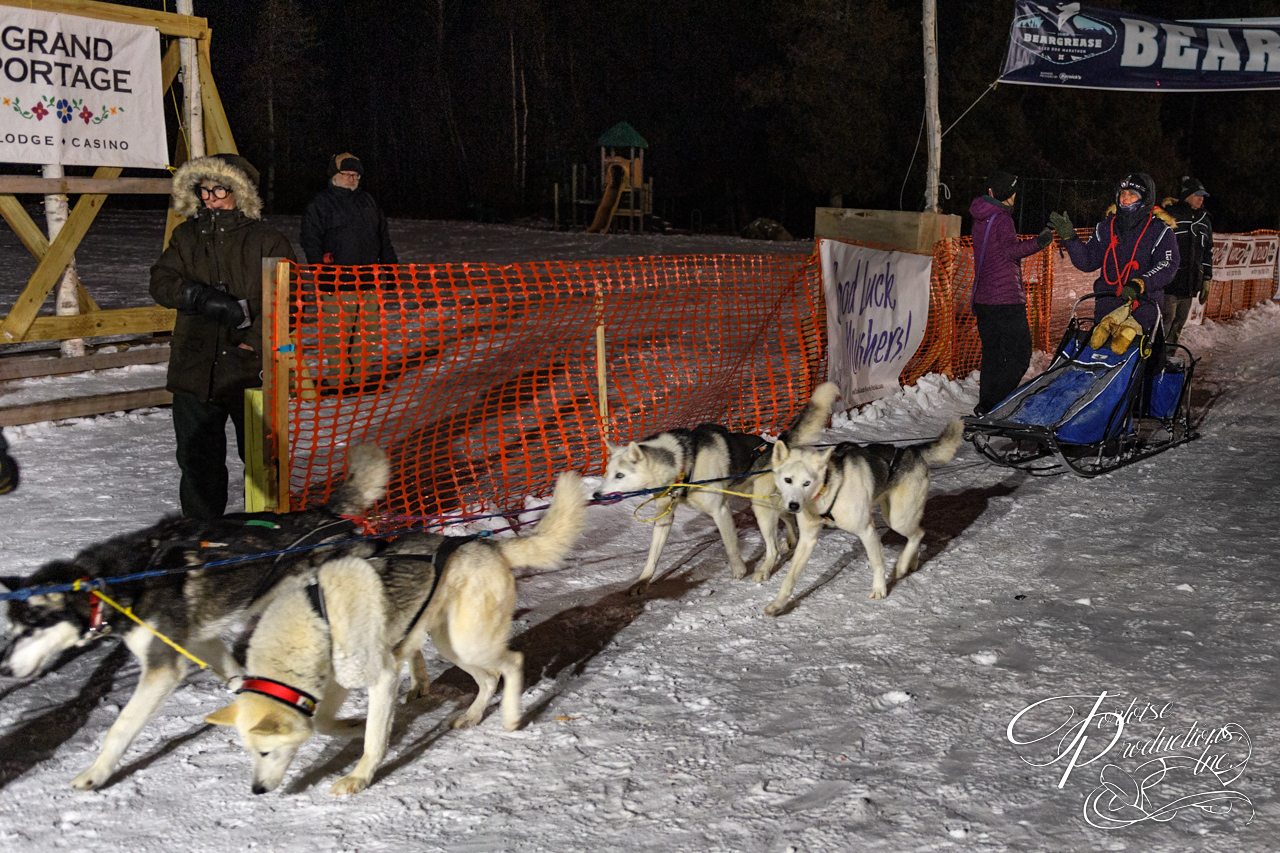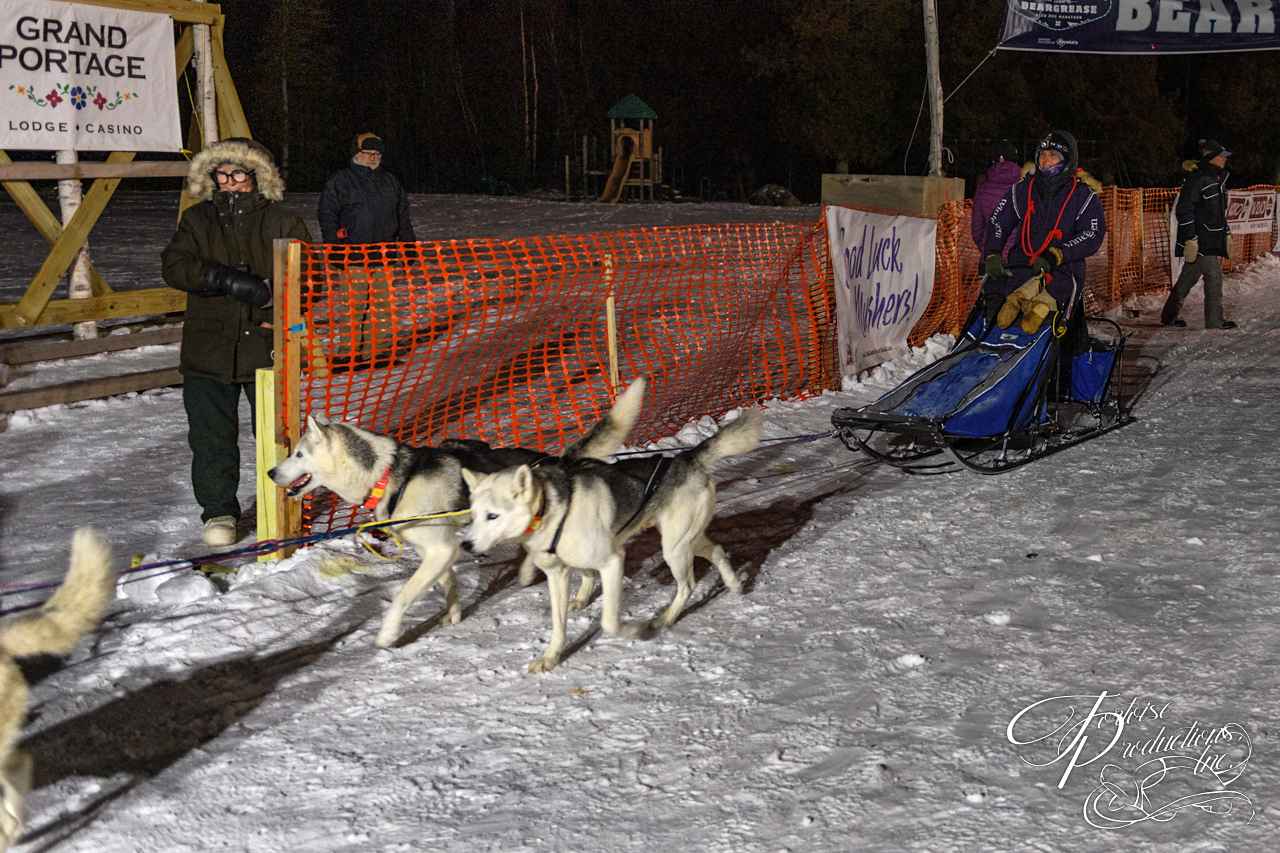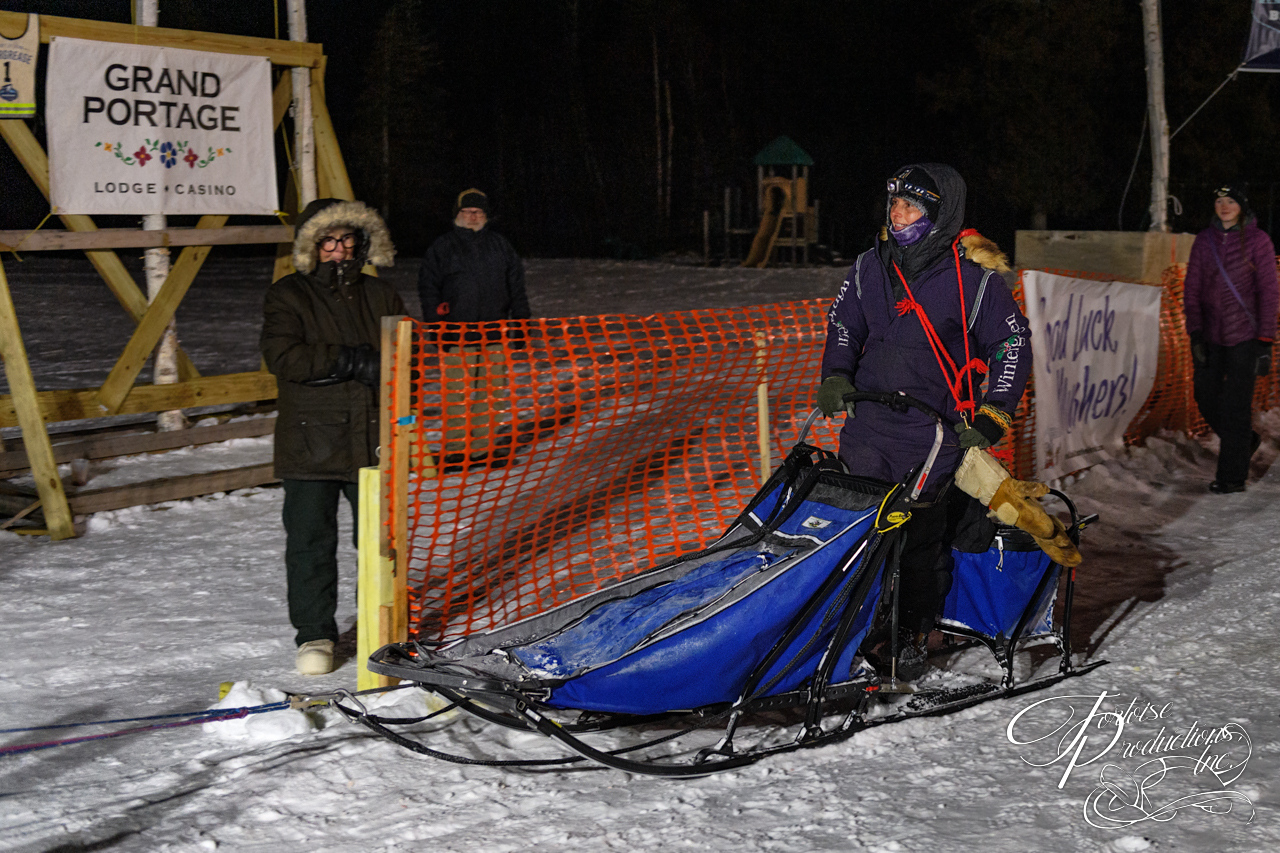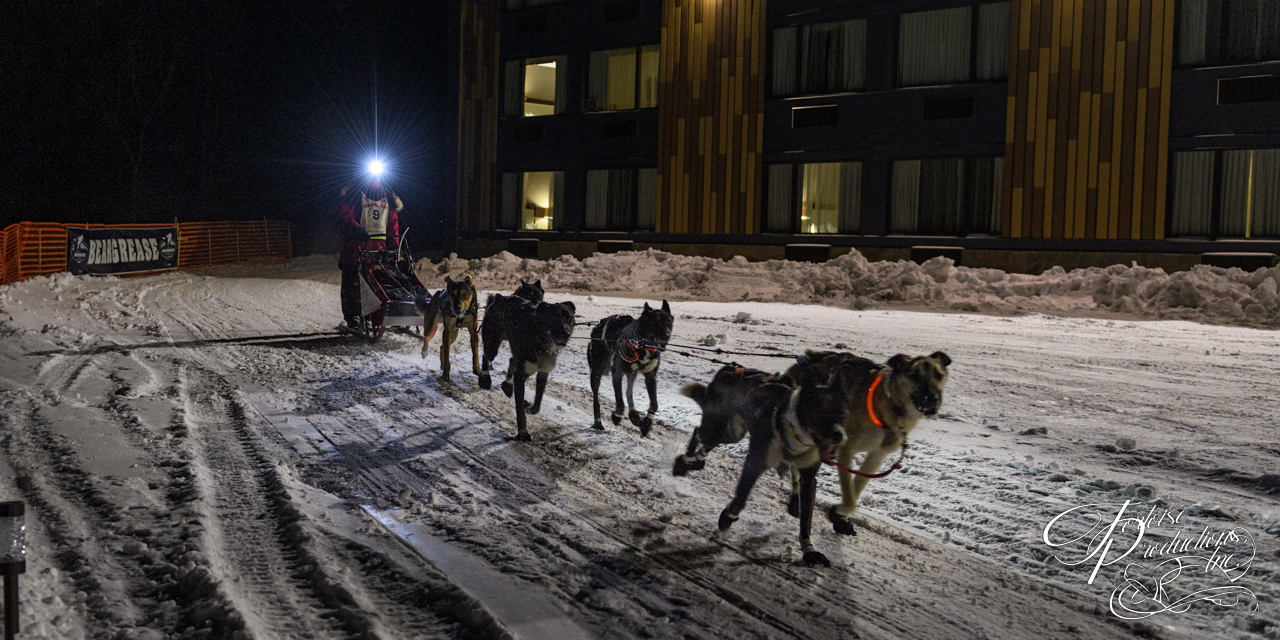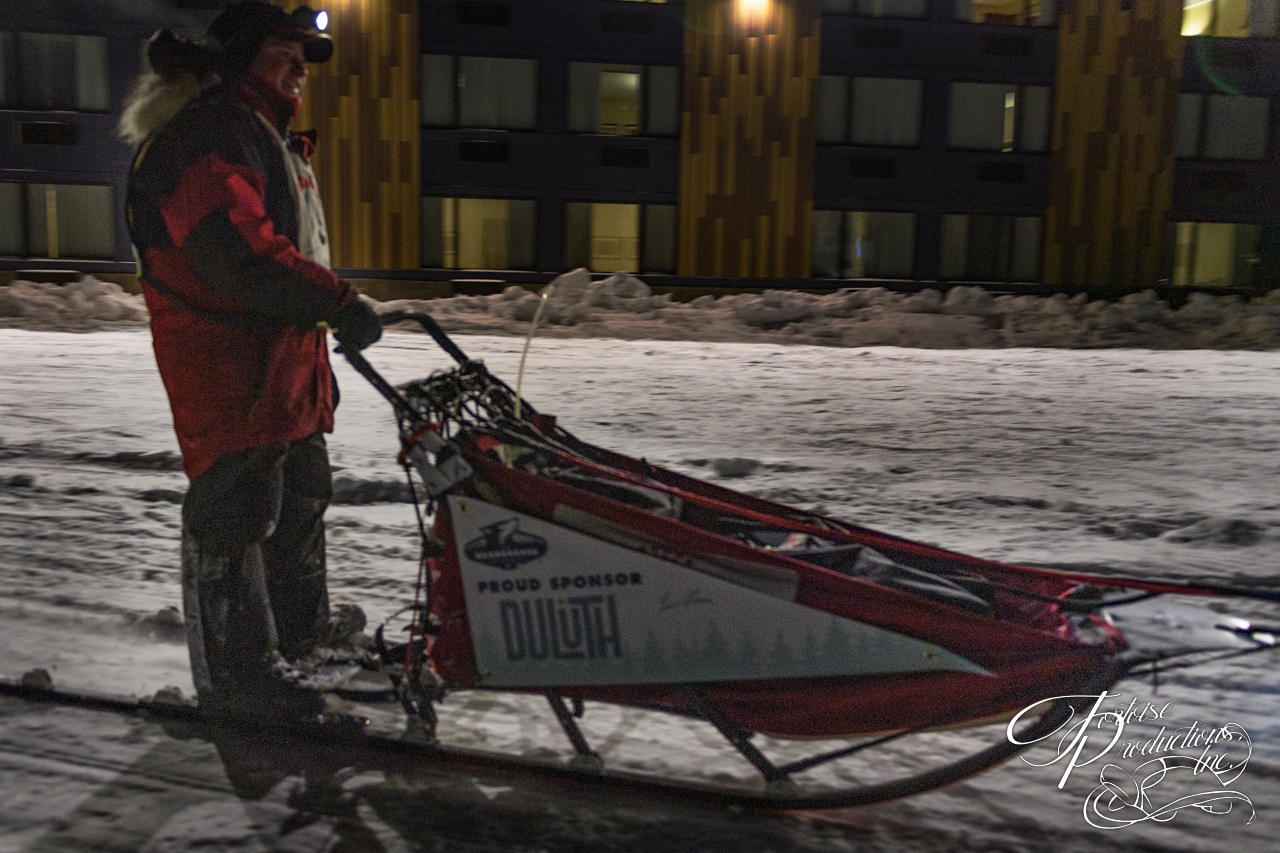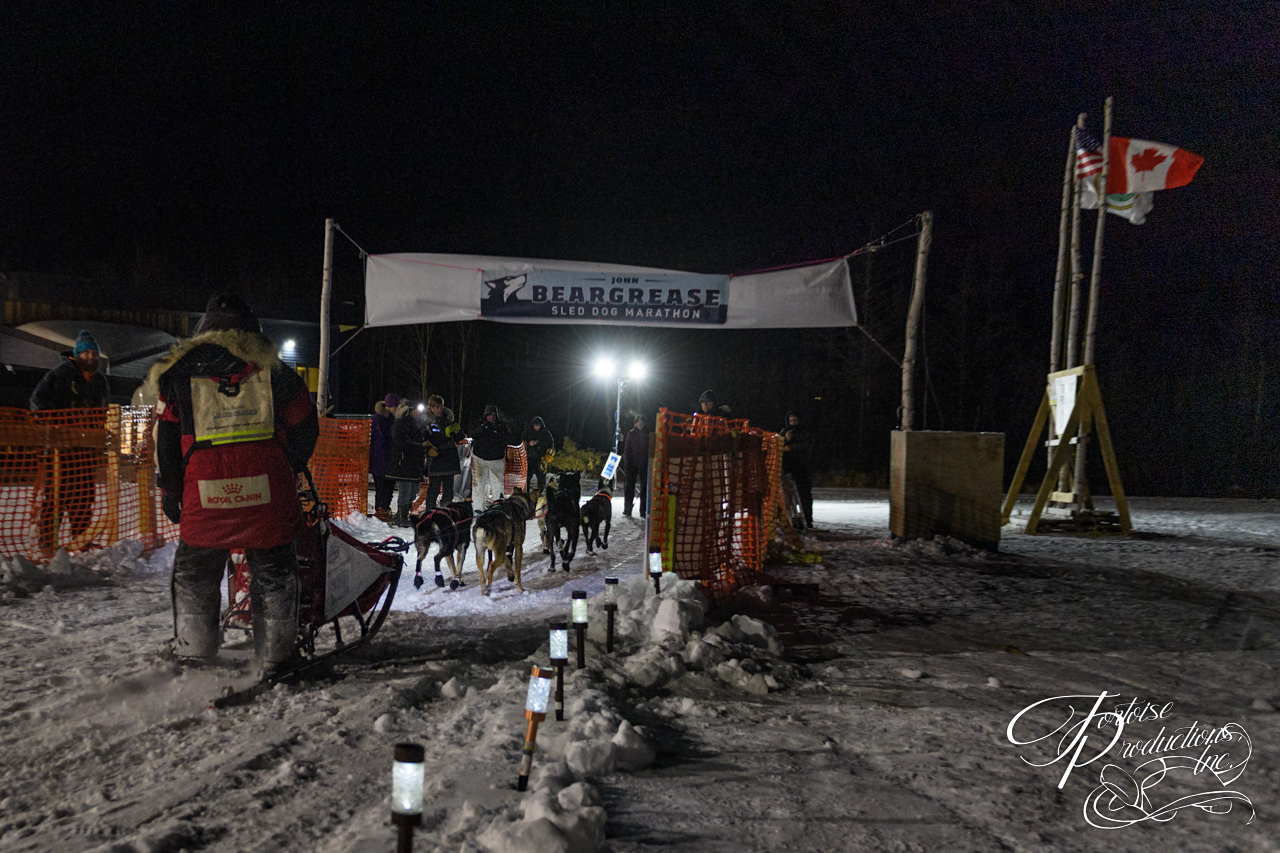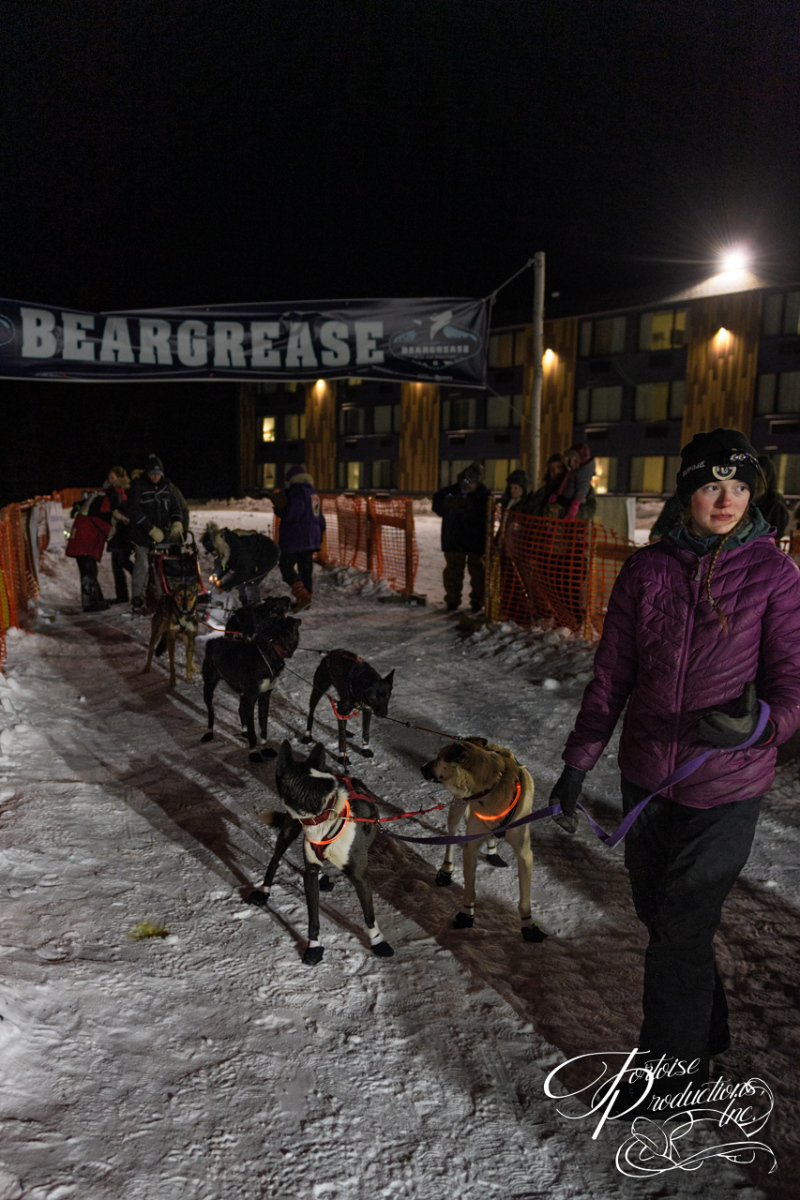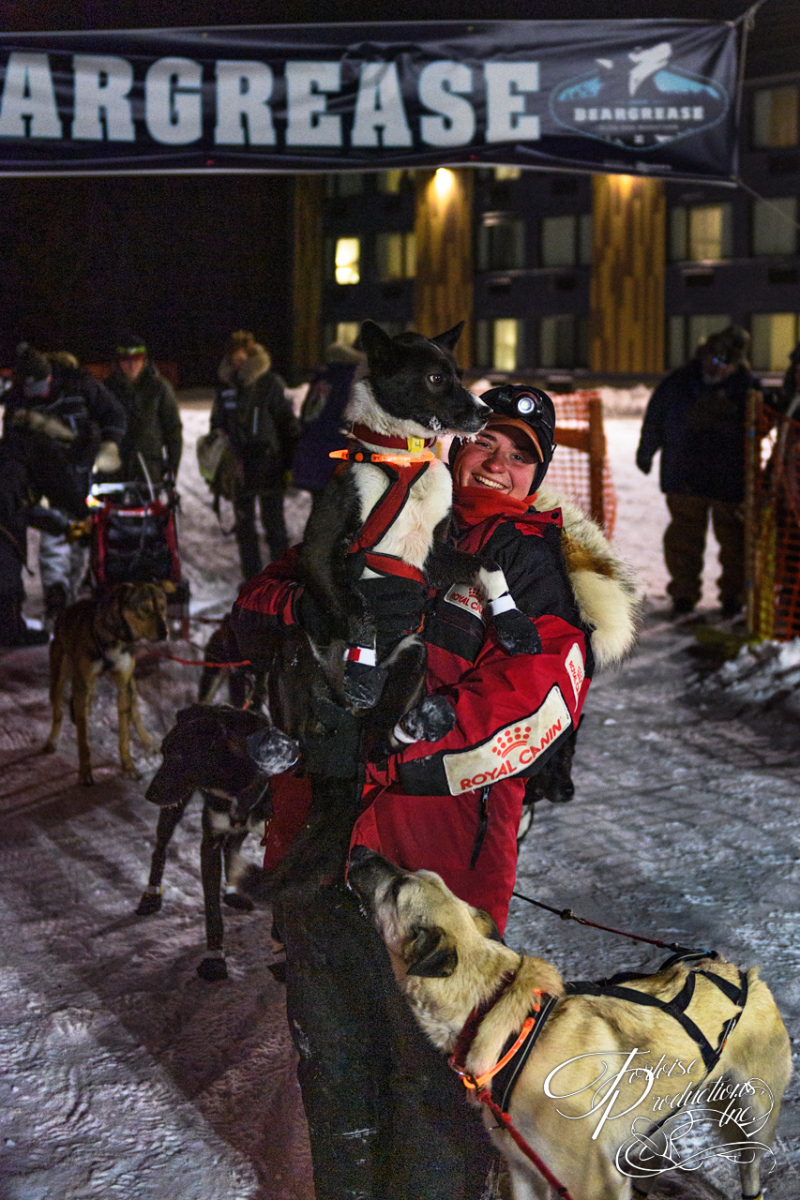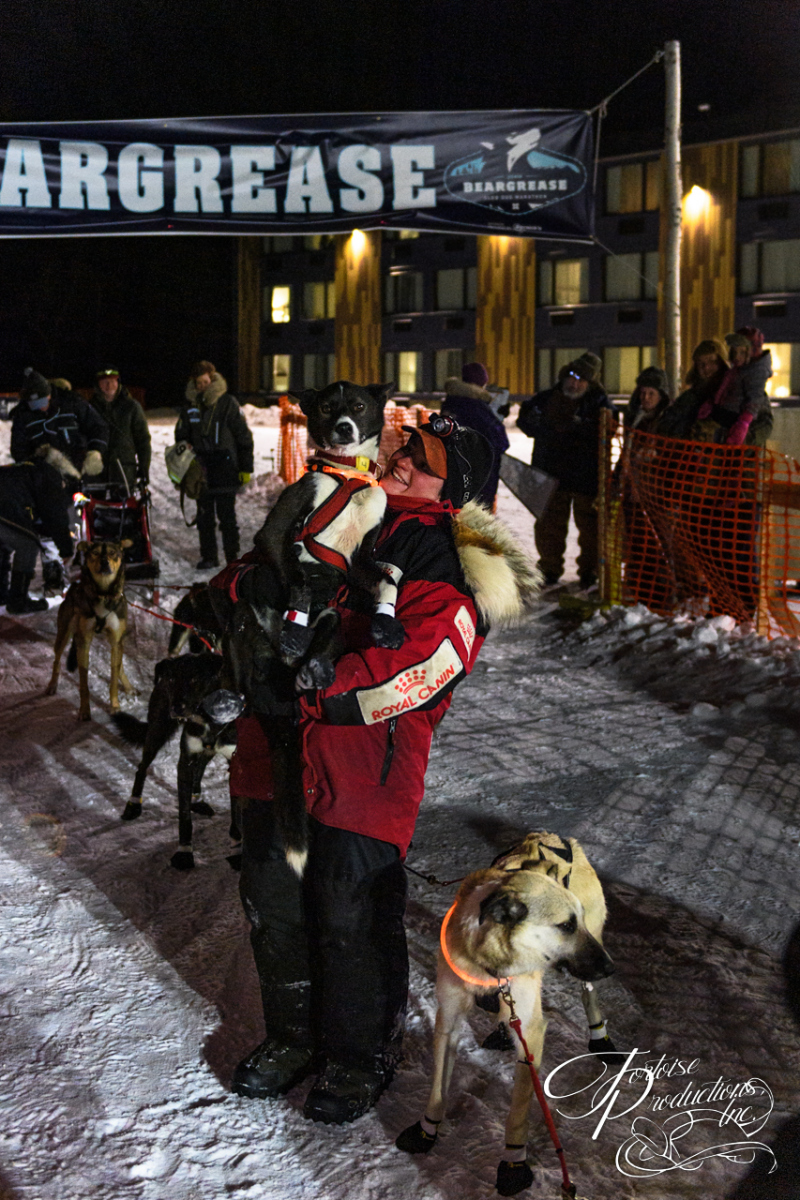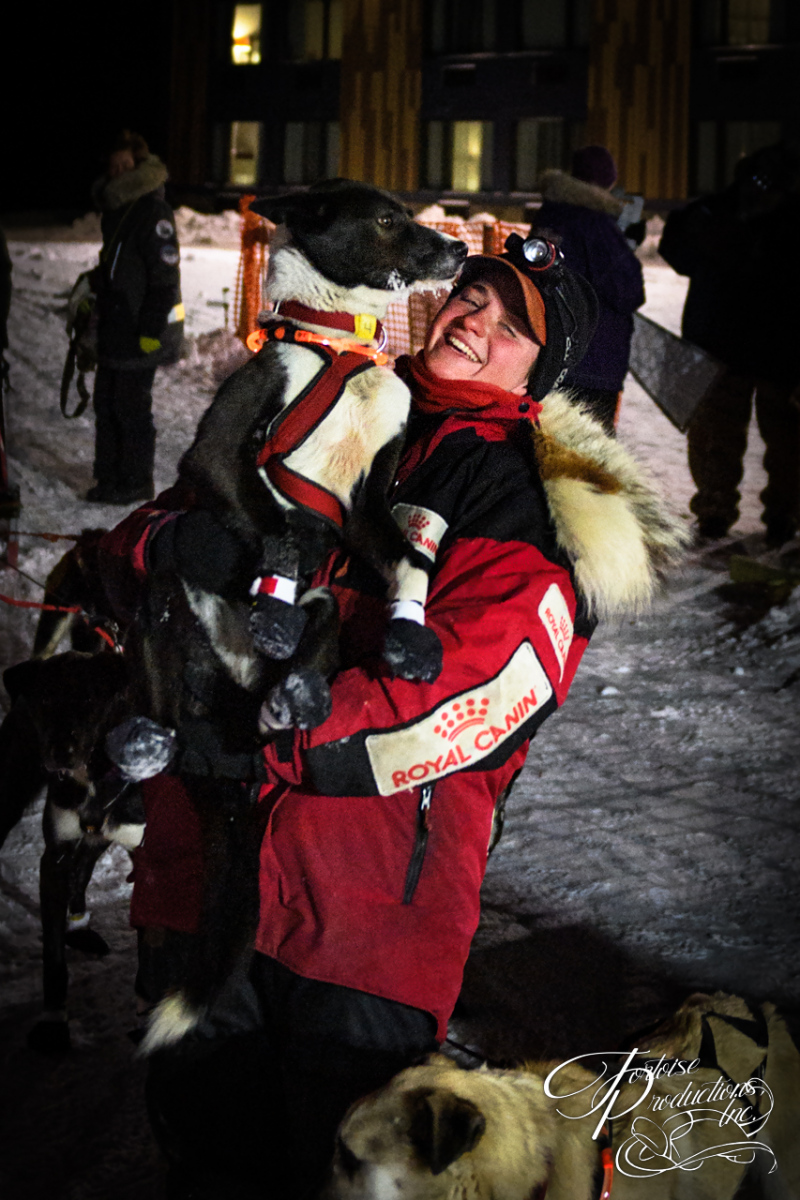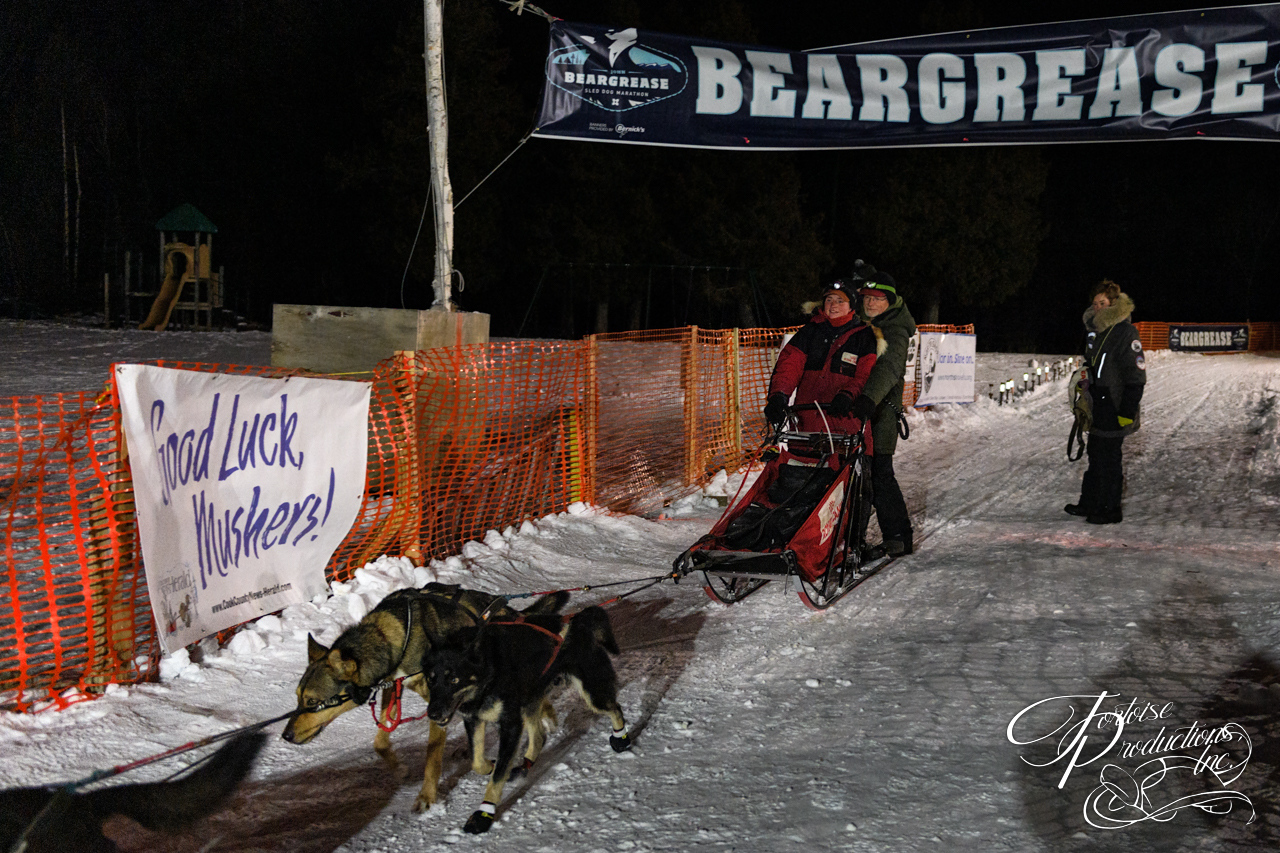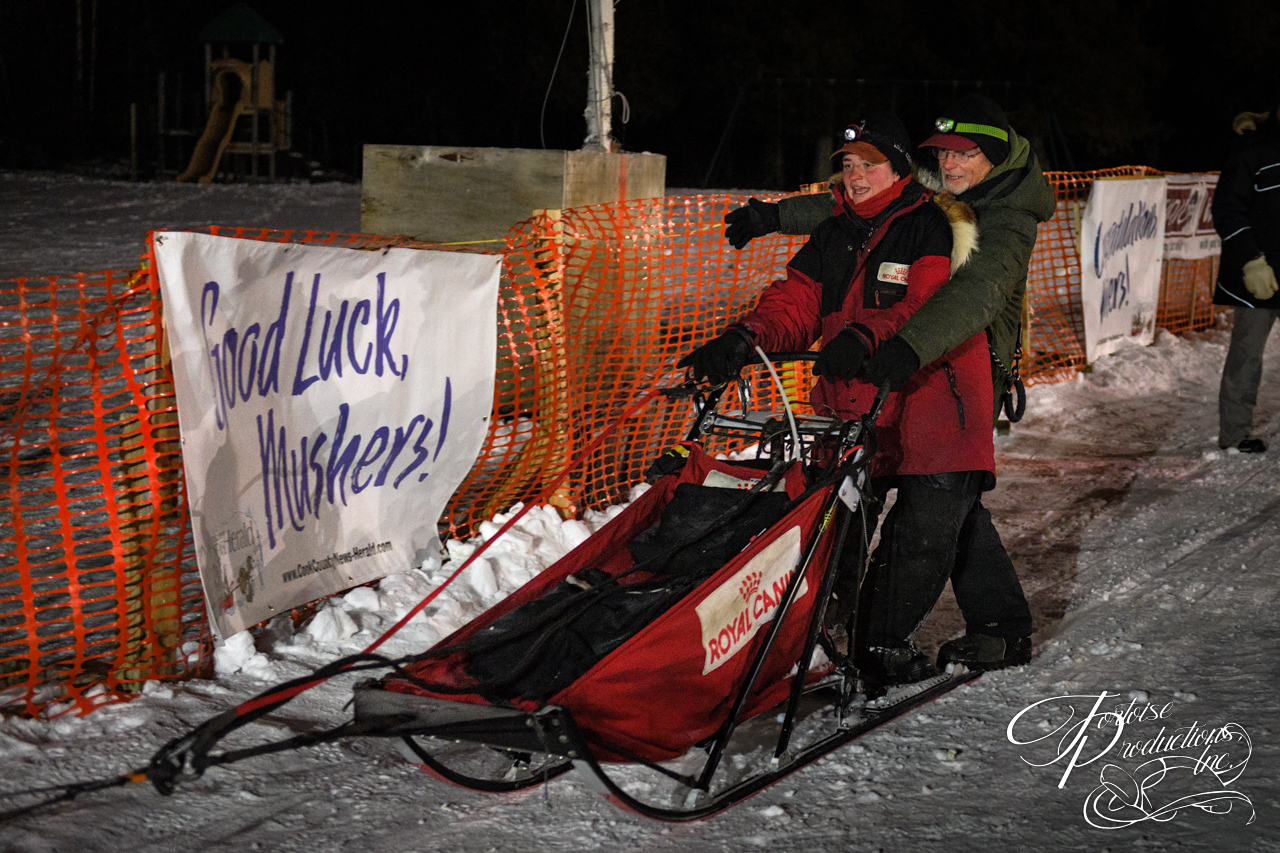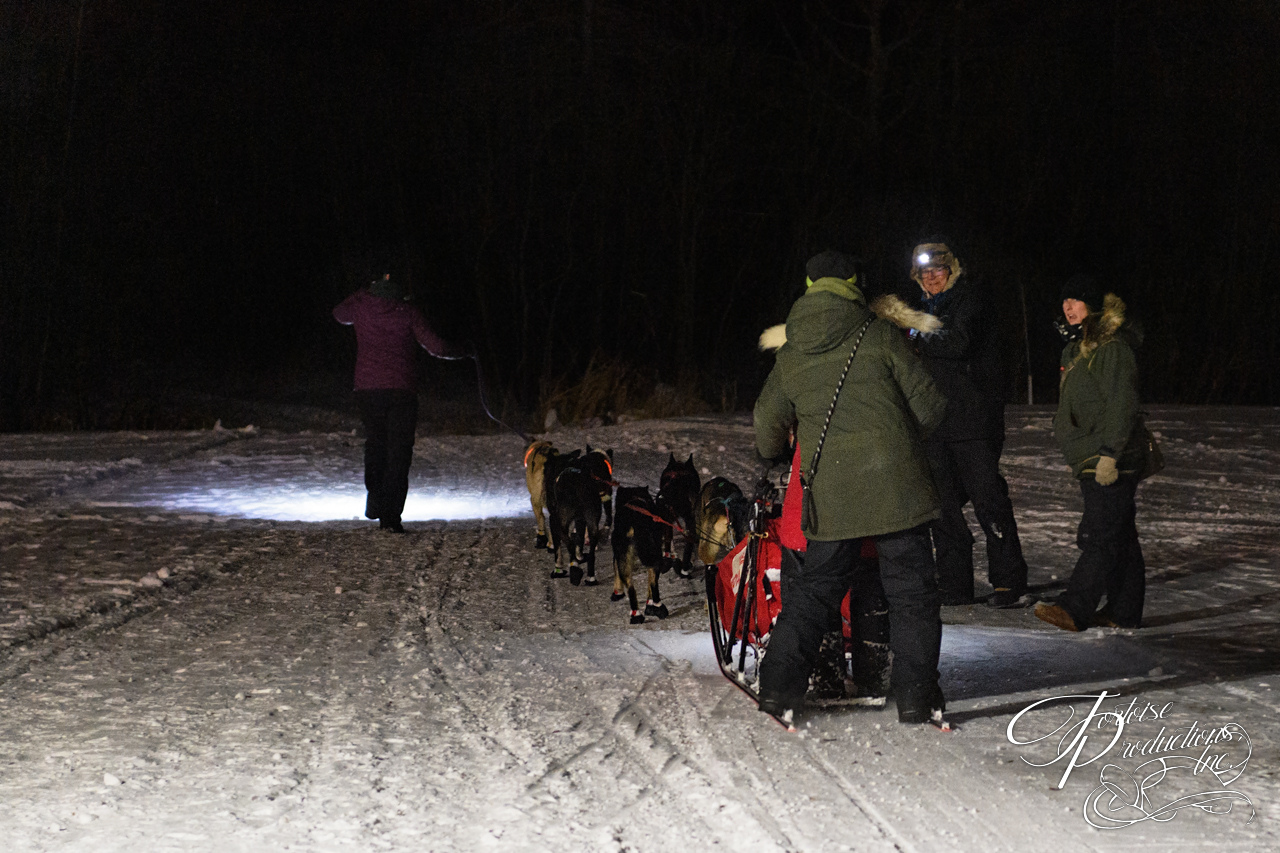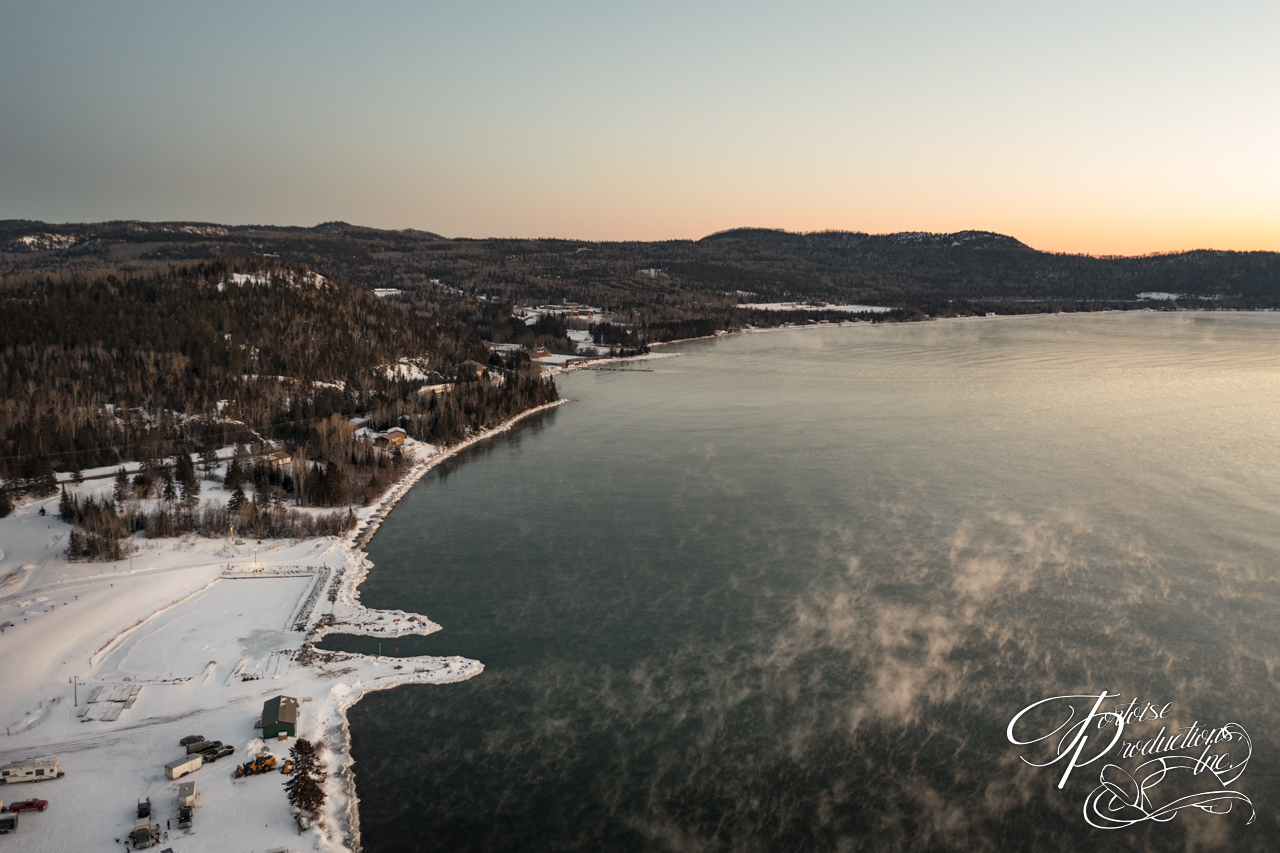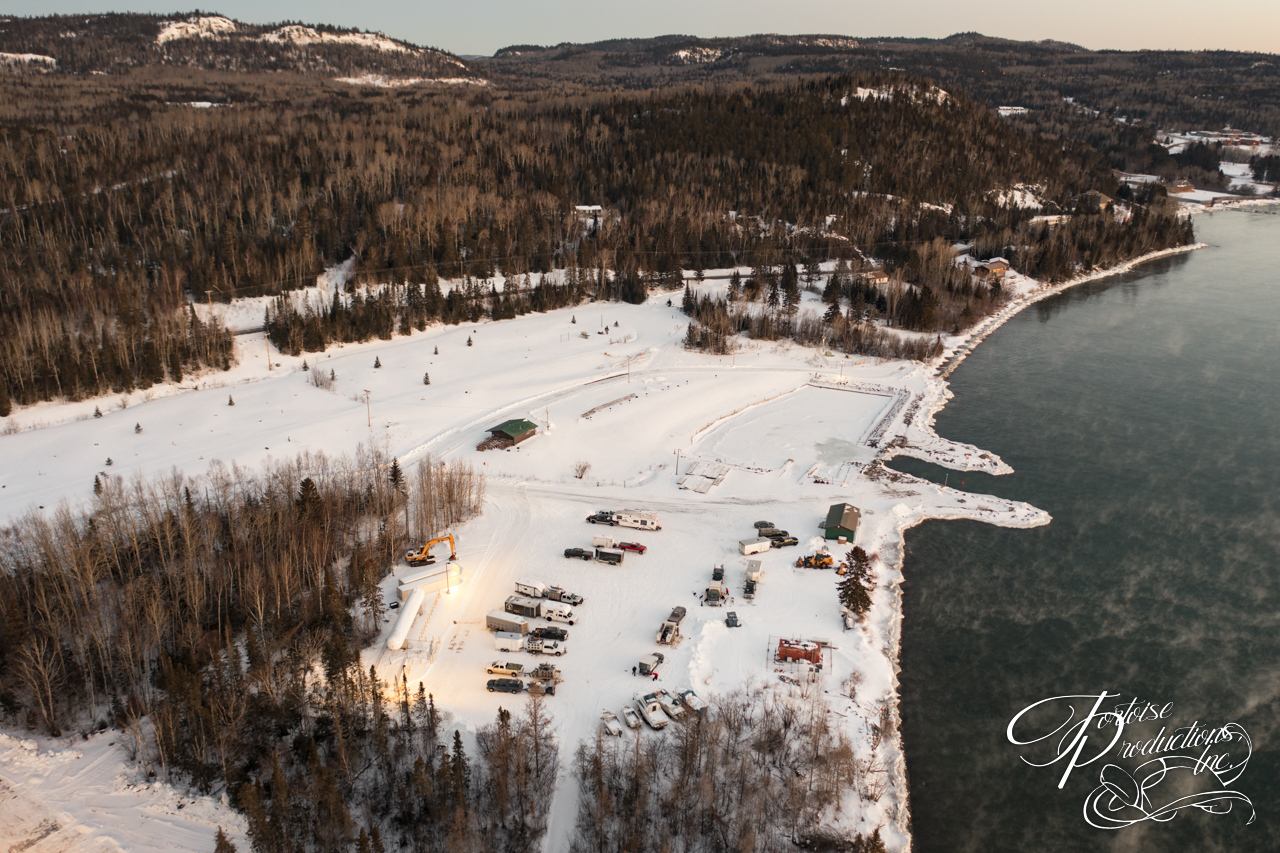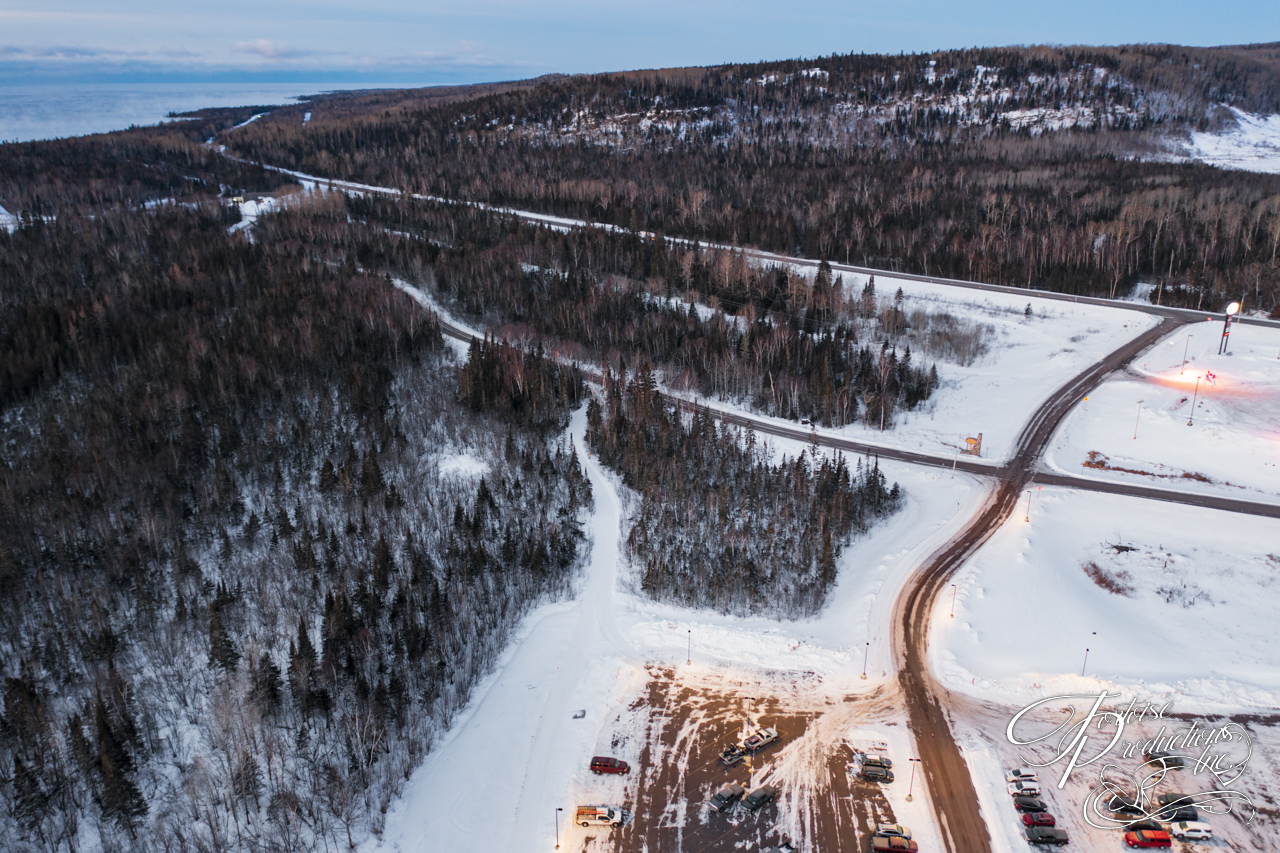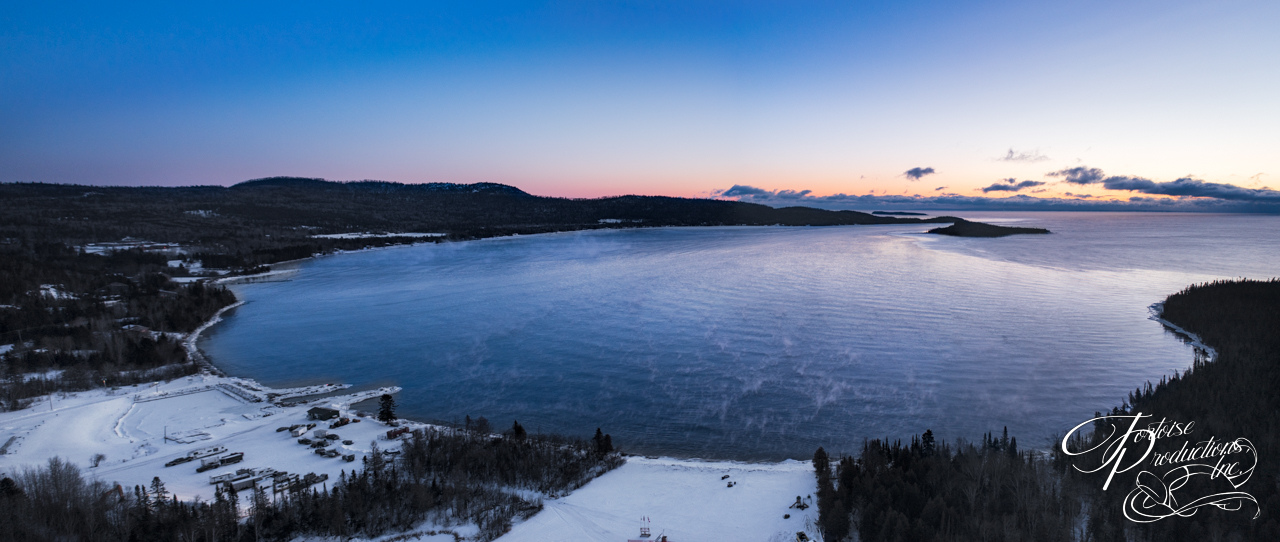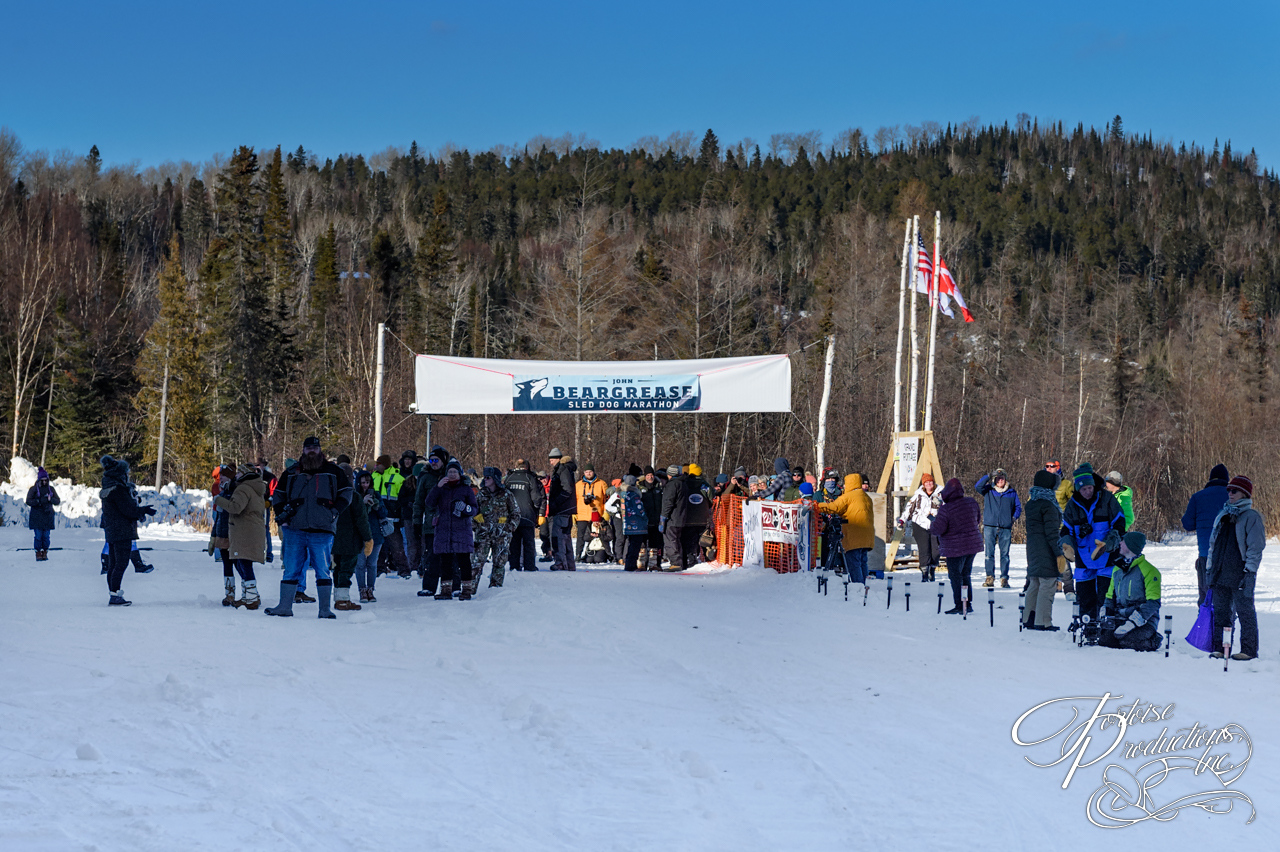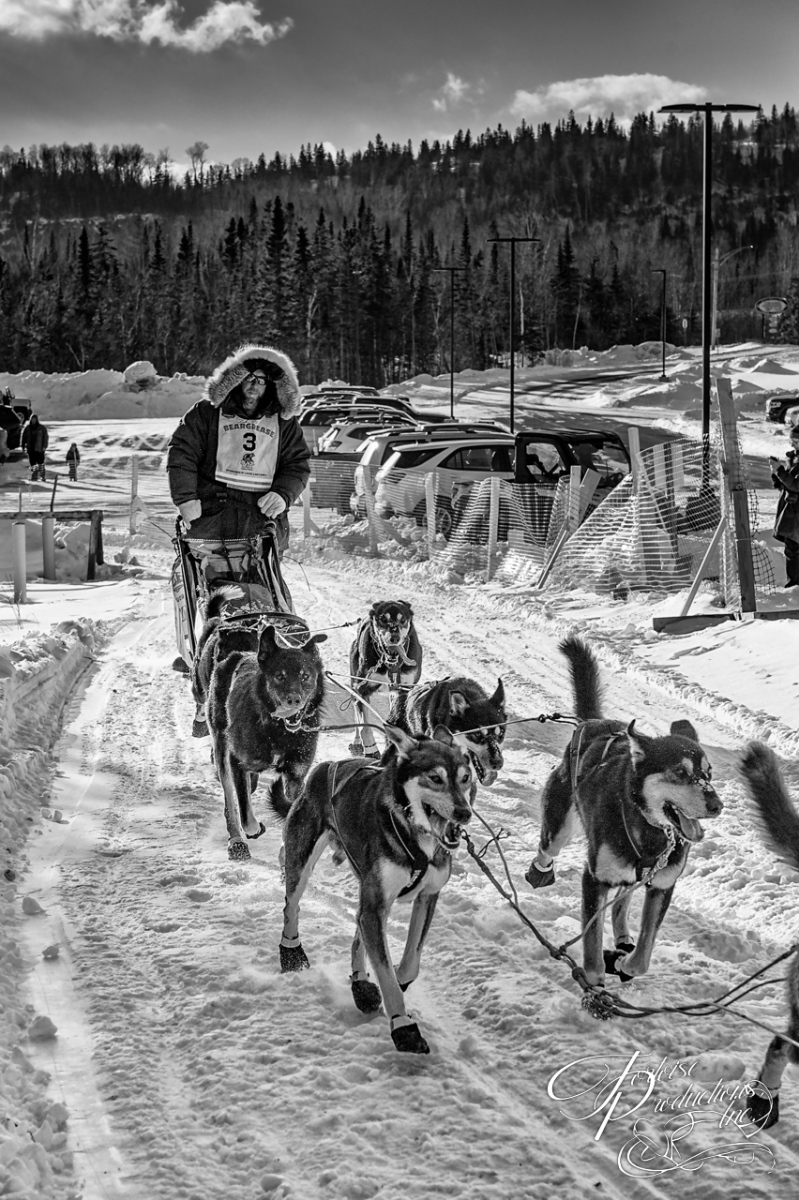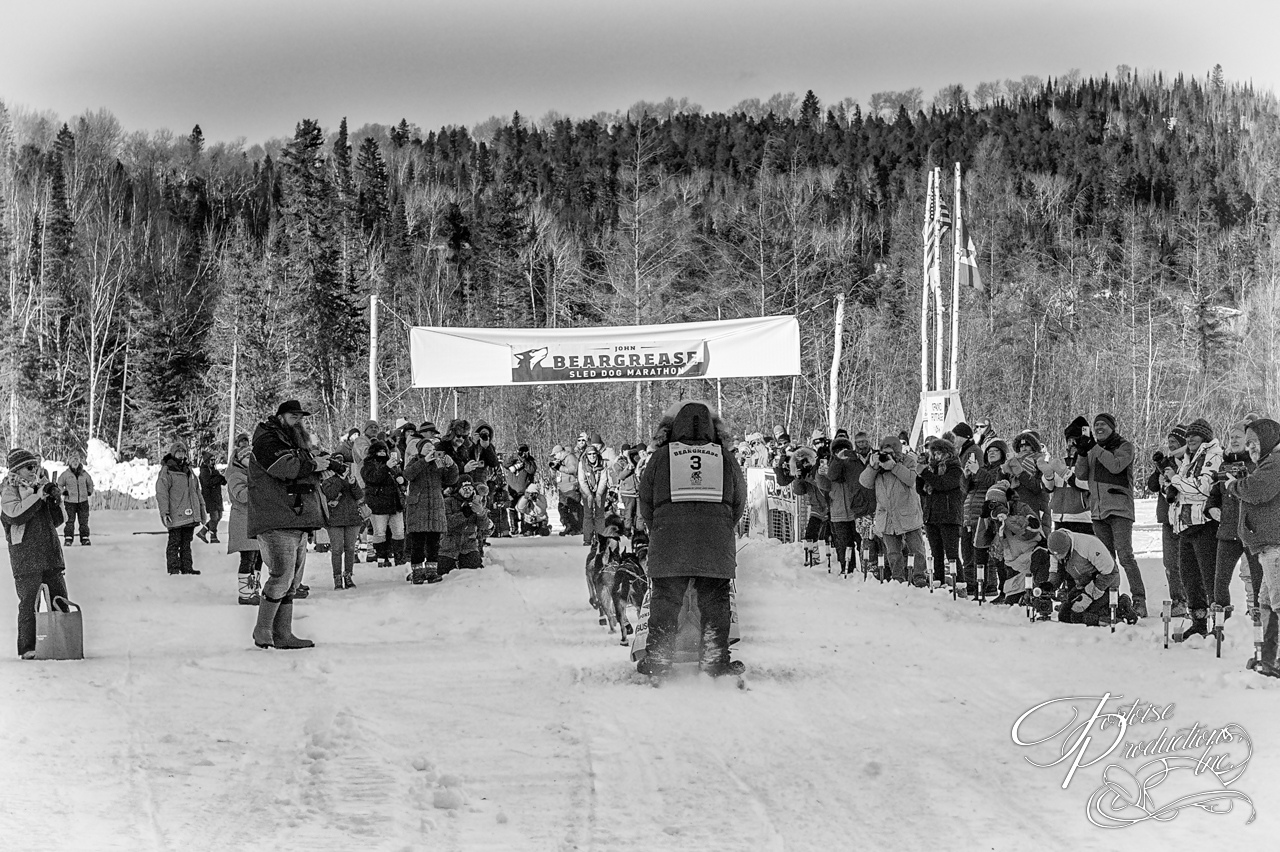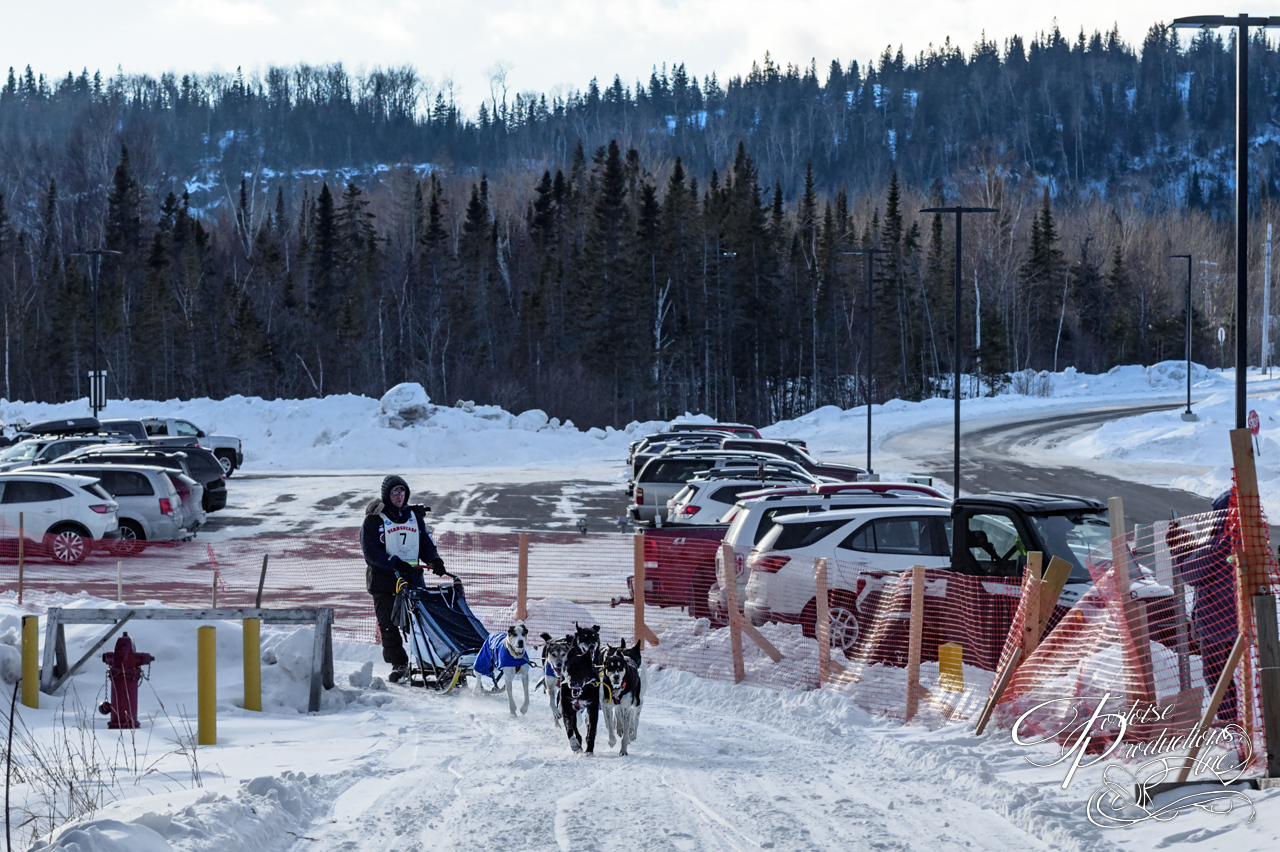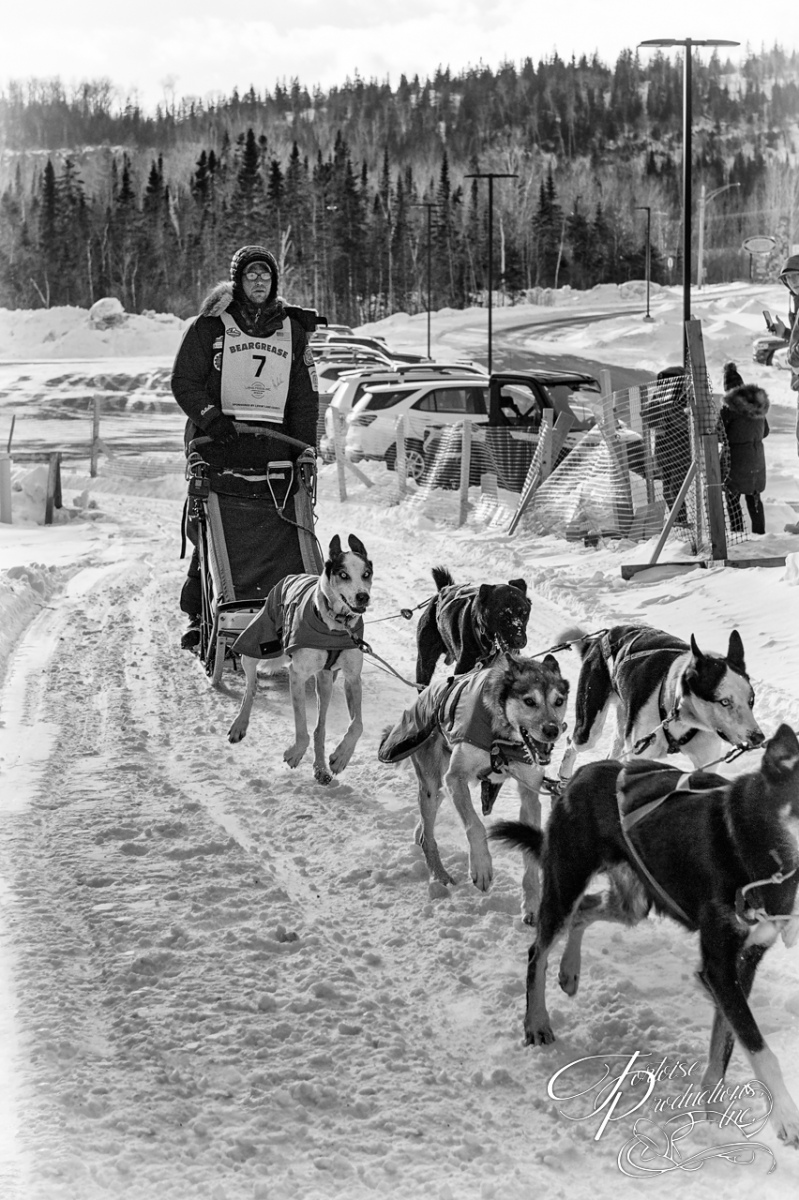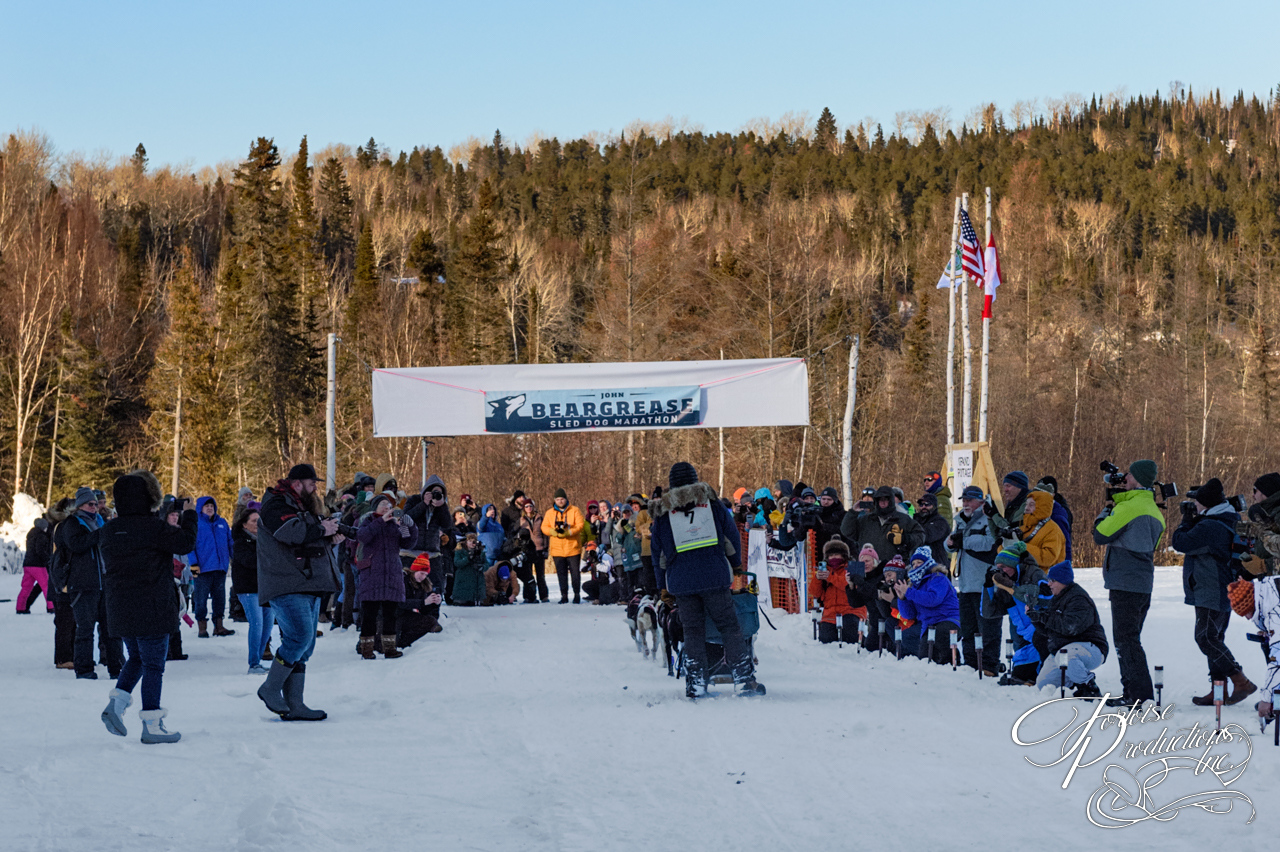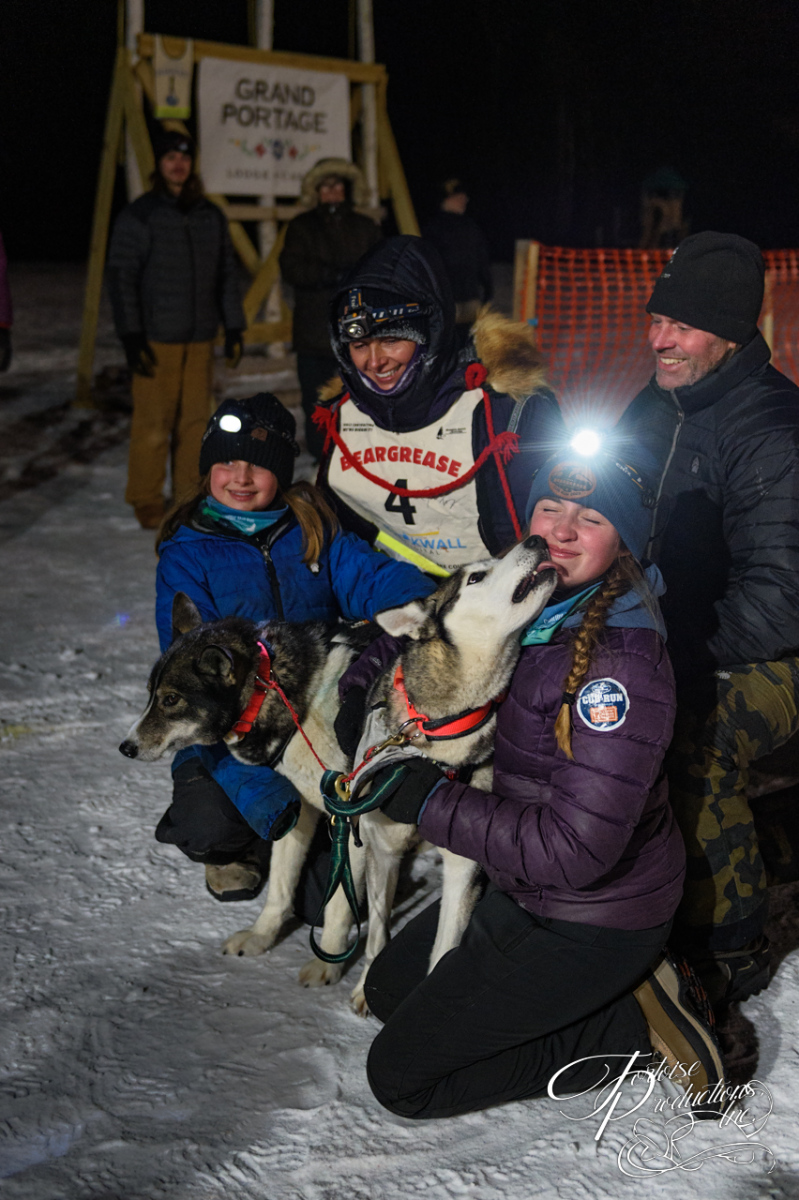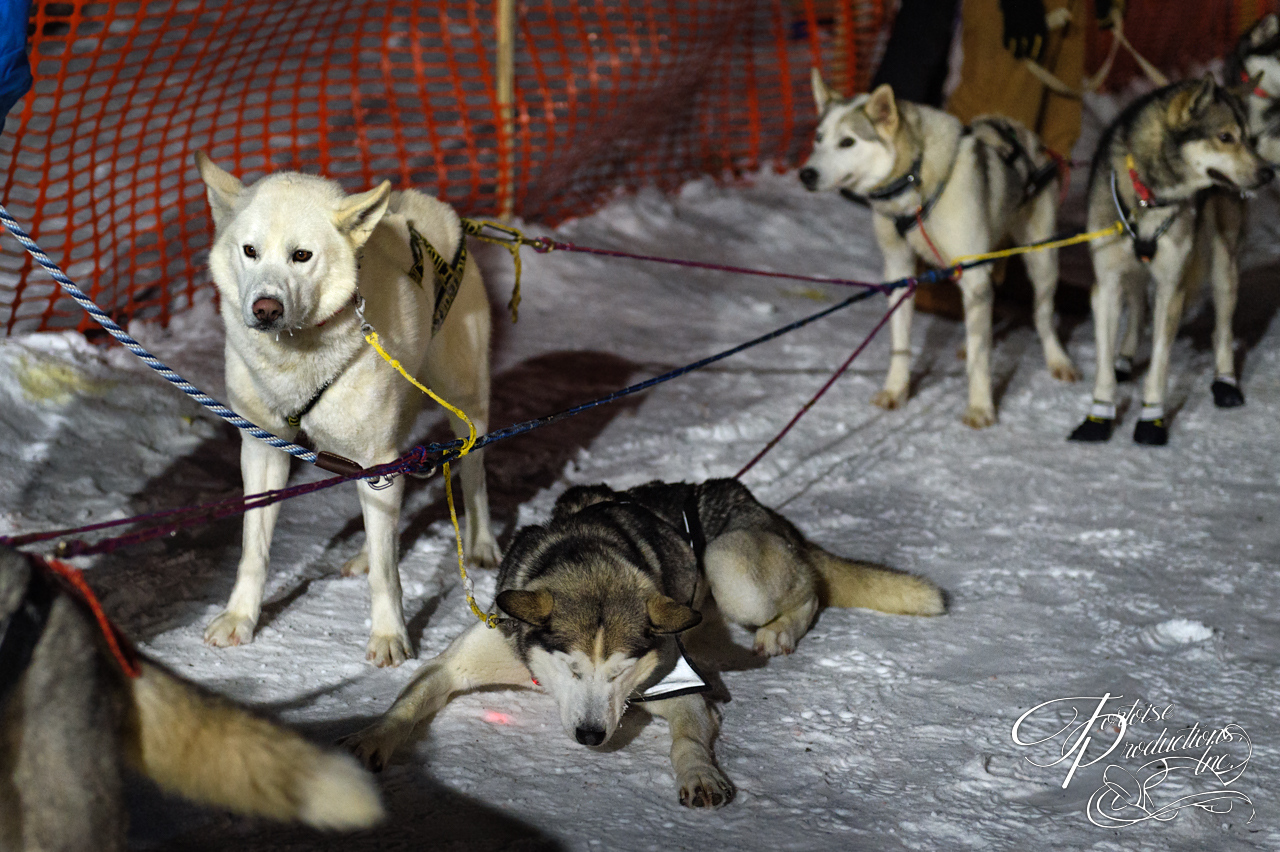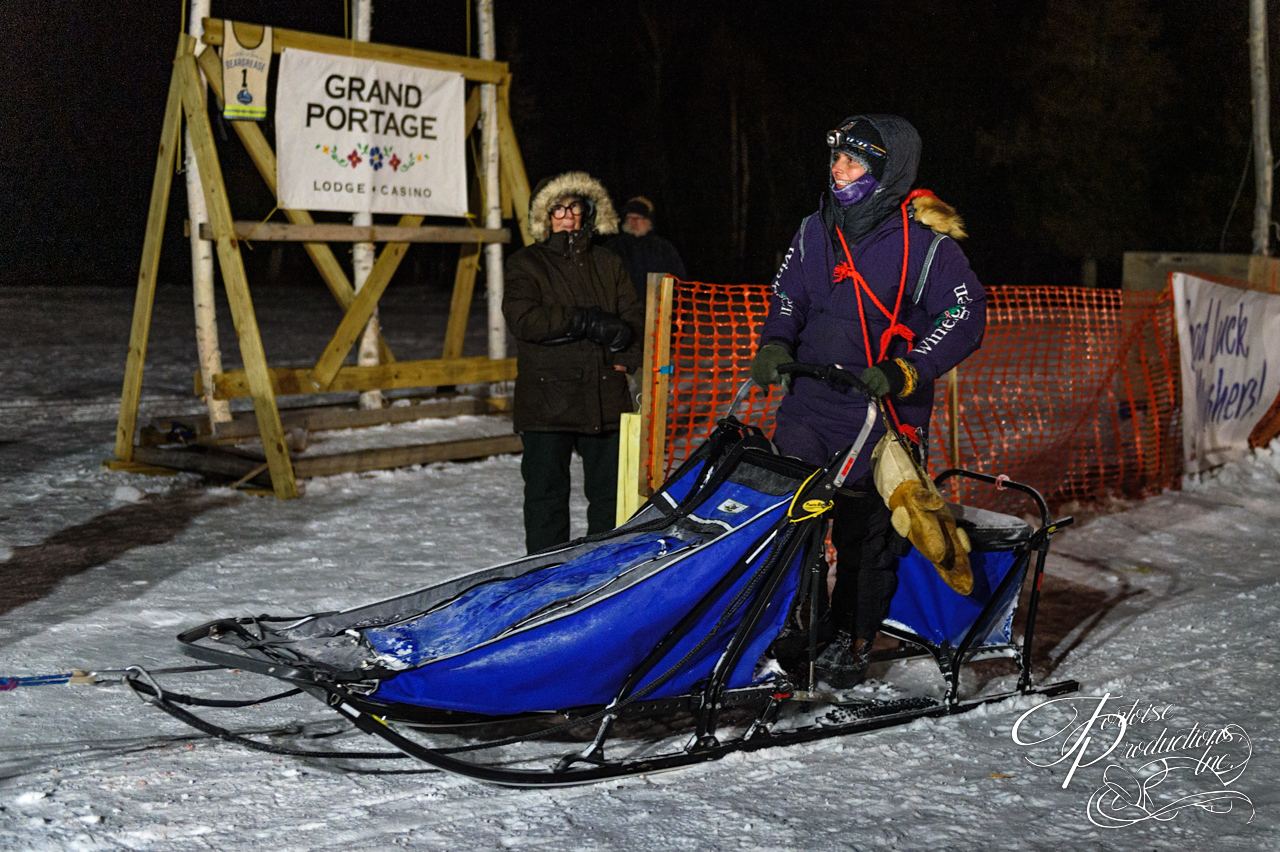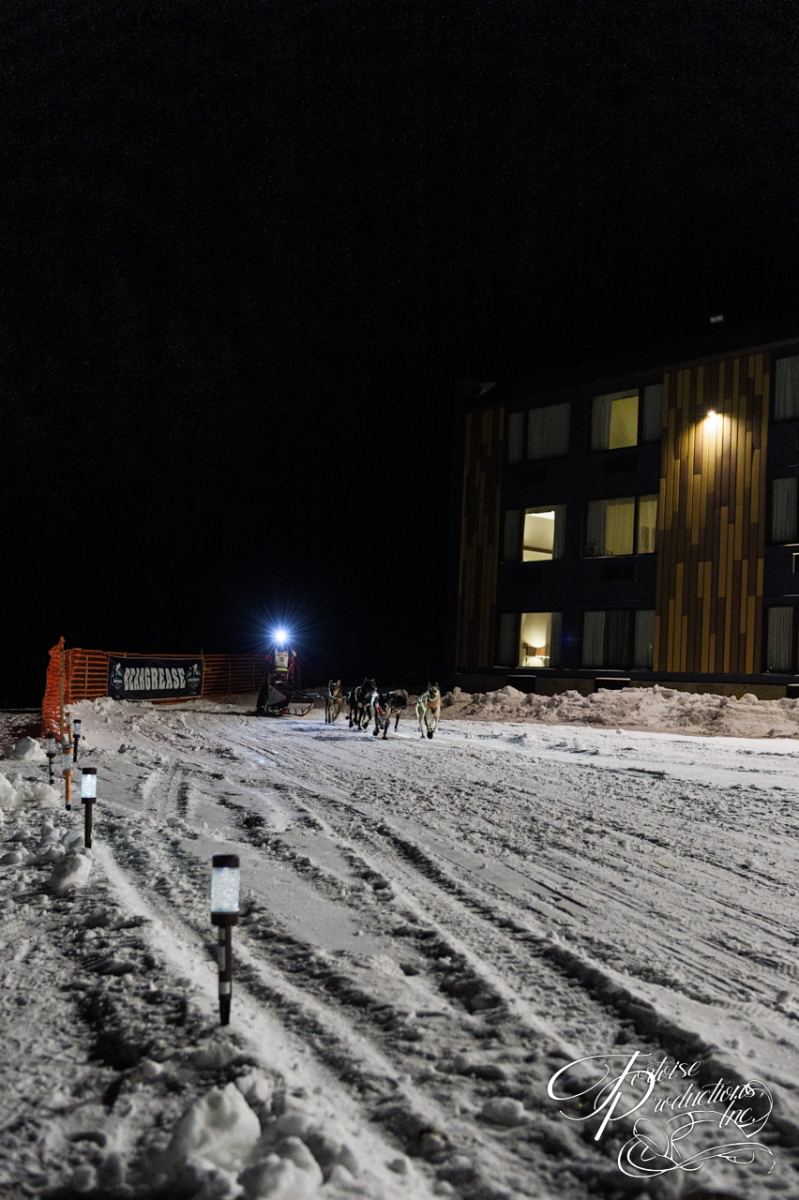
Introduction
Many people would ask, “Why would a sane person decide to take a vacation where you drive up to the North Shore of Lake Superior during the coldest month of the year to watch and photograph a sled dog race?” For someone that works in the IT field, the North Shore holds a few advantages. First the cell coverage sucks. I know, I know – but you can’t get your social media updates. Yup that’s true, but it’s also true that the office can’t get a hold of you if they want too either. The other great advantage, for those of us that are introverts, is peace and quiet, isolation, and freedom from the day-to-day drudgery of normal life. And nature. Lots of nature.
Why a sled dog marathon? A few years ago, a photographer friend of ours asked Holly and I if we would be interested in photographing the John Beargrease Sled Dog Marathon. We both love the North Shore and have always wanted to get up there in the winter, so sure why not. Since then, we have gone to the Beargrease 4 times; 2015, 2019, 2022, and now 2023. And we will likely continue as long as we are physically able. It’s a lot of fun with a pretty tight knit community of photographers, mushers, and racing fans.
So, what is a sled dog marathon and who is this John Beargrease anyway? John Beargrease was a Native American trapper in the late 1800’s who also carried mail along his route. For 20 years he delivered mail once a week on the trail between Two Harbors and Grand Marais and only stopped when they made the trail into a road between the two cities. The sled dog race was created around 40 years ago in honor of him. To this day, the number one bib is dedicated to him. The Marathon is one of four races that are run at the same time. There are three different distances, 40 Miles, 120 Miles and 300 Miles (the fourth race is a “junior” division of the 120). Each distance has different requirements for entry and minimum age constraints. You can find more information on the John Beargrease website found here.
The Line Up – 2023 John Beargrease Sled Dog Marathon
The following video is the 2023 lineup of teams as they pass the Normanna Road Trail Head about 7 miles from the starting line of the race. The empty spaces between teams have been removed to make the video considerably shorter.
Highlights from the 2022 Marathon
Galleries
Over the years Holly and I have picked out some favorite places to photograph the Marathon as it progresses. The locations are check points and other points of interest along the trail. Check points are stops distributed along the route where the mushers are required to check in, vets check over the dogs, the team is fed and everyone takes a breather. Over the distance of 300 miles teams are required to rest 24 hours in total. Check points also serve as rest stops, some of which are required, others are optional. Here are some galleries of photos we have taken over the years in the different locations:
Starting Line – Two Harbors (2015)
2015 was a warm year without a lot of snow. Marathon coordinators struggled to find a path that had enough snow to run the race. Because of this, the starting line was moved from its normal position at Billy’s Bar outside of Duluth, to Two Harbors. These images were taken prior to the start of the race. The starting line of the race is typically very popular so getting in and out is challenging, and largely why we don’t photograph there. We left the area before the start because we figured we’d be stuck there or in traffic for hours if we didn’t.
Normanna Road Trail Head
The Normanna Road Trail head is roughly 7 miles from the starting line of the John Beargrease race. This makes it a great place to catch all the participants in all four races as they run by. The section of the trail we typically choose has twists and turns, fields and wooded areas. To the left of the trail head entrance there is a little bridge several feet down the trail that is very nice to photograph dog teams crossing. For the past few years we have gone to the right from the trail head for our first photography site of the race.
On the Trail
This next gallery also contains photos from our first Beargrease trip in 2015. We had asked the friend who had initially invited us (who has a great deal of experience photographing the Beargrease) for good places to take photos without a lot of people and this is one of the locations he suggested. It was a bit of a hike in on the North Shore State Trail from the road but once we were settled into fluffy snow off the sides of the trail, we got some great dog team reactions. The site is about 8 miles north east of the Highway 2 checkpoint.
Finland Check Point
Distance from Start: 73 trail miles
Finland is the second check point along the trail for both the Marathon and the 120 milers. The 40 Milers finish at the first checkpoint at Highway 2. Mushers typically reach this check point after dark. Just imagine being alone in the northern Minnesota woods at night with only a headlamp, running a team of up to 12 dogs at full speed up and down hills along a windy dark and snowy trail. Rookie Beargrease mushers learn a lot about their teams and themselves during this first night. Most of the teams choose to rest at the check point for a few hours. The Finland check point is hosted at the Finland Community Center. Race fans are welcomed into the Community Center to warm up as well as use rest rooms and purchase food and drink.
The 120 Milers finish 34.5 miles further along the trail at Trestle Inn, usually in the middle of the night or early on the morning of day two. We are usually so exhausted from our day we opt for sleep rather than capturing any images at Trestle Inn. Getting to the finish of the 120 is a future goal for us.
Sawbill Check Point
Distance from Start: 113 trail miles
Sawbill is referred to as a “wilderness” checkpoint. This means that mushers are required to take care of their dogs all by themselves. They are not allowed to receive any help from handlers or support vehicles. This is unique to this check point unlike the others where the mushers can be assisted by their support teams. This is also the first mandatory rest stop. Mushers are required to rest for at least 4 hours plus their starting differential (this is the time difference from when they started vs the last team). As teams arrive at this check point they are assisted by trained volunteers to guide them to secluded areas off the trail where mushers do wellness checks, feed, and bed down the dogs on their team for their required rest, as well as try to get a little warm food and sleep for themselves.
Trail Center Check Point
Distance from Start: 164 trail miles
The Trail Center check point is about halfway to the end of the Gunflint Trail, hence the name Trail Center. This check point is hosted by the historic Trail Center Lodge. Teams come into this check point across Poplar Lake which allows for some really nice photos of the teams in the expanse of the northern lake/forest and of them arriving or leaving the check point. We usually try to get the majority of our “dogs resting” images here as the teams are much more accessible than at Sawbill (It’s easier to try to be quiet for their sake through a parking lot than through a forest.) Lunch and/or dinner can be eaten at the lodge if you are very patient and kind. While the race is on they get very busy since they are the only restaurant/public bathroom in 30 miles. Also, it’s a good idea to make sure you have a full tank of gas before leaving Grand Marais. The drive is a meandering narrow road through the woods where cell phones are practically useless, homes are scattered and traffic is sparse (except for morning and evening “rush hour” when people are traveling to/from work and the school bus is on the road) . Be sure to watch out for wildlife on the road (MOOSE!) and pesky icy spots on curves. While there is really only one way in and out, having a good GPS (not Google Maps) or an old-fashioned map is a good idea if this is your first trip to Trail Center. You will feel like you are driving to the end of the earth at times.
Mineral Center Check Point
Distance from Start: 271 trail miles
Mineral Center is the last check point before the finish line. Even though it’s only a few miles off the highway, this location can feel like the middle of nowhere, which is one of the best reasons to go here. Mineral Center is 7 miles from the finish line by car, but teams have to traverse several loops that add up to about 30 miles. Mineral Center is another mandatory rest stop for teams so there are photo opportunities galore here. You can hike up the trail to catch teams coming into the check point or watch them arrive from the parking lot. Dog trucks are arranged in the parking lot where dogs are checked by the vets, given care, fed, and bedded down for a good rest. Since mushers usually arrive and leave at wildly different times there is always something going on at Mineral Center. Be courteous and watchful as mushers are going about their preparations for their race to the finish. When driving in and out from Mineral Center be aware that there are areas of the roads that mushers use – typically indicated by one side of the road being only minimally plowed and sparse signage. Try NOT to drive on those sections as it makes for more difficulties for the teams to navigate them. This is another area where a GPS and/or paper map is a great idea. There is NO cell coverage here.
Grand Portage – Finish Line
Distance from Start: 302 trail miles
Grand Portage Casino hosts the finish line for the Beargrease Sled Dog Marathon. It is a full service hotel and a nice break from the road. A lakeside room provides a great view of teams coming in to the finish line from the comfort of your room.
As of 2023 wifi service was “better” at Grand Portage, but with all the teams, volunteers and spectators (as well as the regular patrons of the casino and hotel) it can be spotty and not so speedy. Cell service is still little to none in the area. The casino restaurant is a great place to eat, but again, be kind to the staff. In 2023 after being served at breakfast by the same waiter we’d had the night before at dinner, we asked if he had been working all that time. He replied, “I hope to be able to go home and get a nap after the lunch crowd before coming back for dinner service.” (He looked tired, but his service was great.) Other than the gas station, Grand Portage Casino is the only food option in the area.
Teams typically start arriving at 3:30 or 4:30 pm on day three and the last team can arrive in the middle of the night or early morning of day four depending on weather, how trail conditions have been throughout the race and the determination of the mushers to finish. They appreciate everyone who comes out to cheer for them no matter what the time.
The Beargrease website and the tracking systems they use are a wonderful resource if you are following teams along the trail. When you can access it (we usually kept an eye on teams whenever we had cell service or via hotel wifi) it can provide a good idea when teams will be arriving or leaving check points. The teams are tracked using “SPOTs” (Satellite Communication Devices) which transmit the GPS location of each team via satellite every 10 minutes or so to the appropriate network where it is posted to a website or app for anyone following the Beargrease. Occasionally SPOTs will fail and it will appear like a team is not moving or is off track, but usually by the next check point the problem is attended to. Even more occasionally teams will go off track – in 2023 two teams left the trail due to mistakes. Taking the wrong trail isn’t as hard as you might think as in northern Minnesota there are dozens of snowmobile, hiking, wildlife and off-roading trails throughout the hundreds of miles of woods. In the first case the team turned left rather than right and went several miles before realizing the mistake and getting turned back in the right direction. In the other case the story we heard was that the musher’s dog team had recently run a race on a different trail that crossed the Beargrease course and the dogs decided that going east rather than north was the right way to go. The musher could not get the team to stop and/or turn around. He unfortunately ended up choosing to scratch out of the race due to the 8-mile error. Whether teams “scratch out” (don’t finish the course) or not depends on a multitude of factors. In 2022 many teams scratched out due to really tough trail conditions. Warmer weather (20 to 30F) causes “sticky” snow which makes it harder for the dog teams to pull the sled as well as running the risk of the dogs overheating. Warm weather can lead to dog injuries or strains which no musher wants. Colder weather (-40 to 0F) is better for the dogs but worse for mushers, volunteers and spectators. Dog sled teams are bred to flourish in very cold weather and running in what we sane people would consider awful conditions is one of their favorite things to do. In 2023 the race started at cold temps (0 to 10F air temp, -20 to -40F windchill) but warmed up into the teens to 20F on the third day. So, if you are interested in volunteering, photographing, or spectating be prepared for cold temperatures both in what you wear and your transportation. Layering your clothing and making sure your vehicle’s battery is fully charged are ideal. Bad weather is more common than sunny blue skies and driving in northern Minnesota during even a medium snowfall can be scary – especially when driving along the cliffs of Lake Superior or back in the deep and dark woods.
Overall the Beargrease Sled Dog Race is a really great experience. We have covered only a few of the check points and road crossings along the course of the race here. Our suggestion to anyone interested in photographing or spectating is to not try to do everything your first time out. While it is only a three to four day affair, it can go by in a flash and be quite exhausting from all the driving, waiting for what seems like hours in cold temps, and late nights/early mornings. But it’s all worth it in the end when mushers, volunteers and people like yourself who have read this far get to see what you captured.
